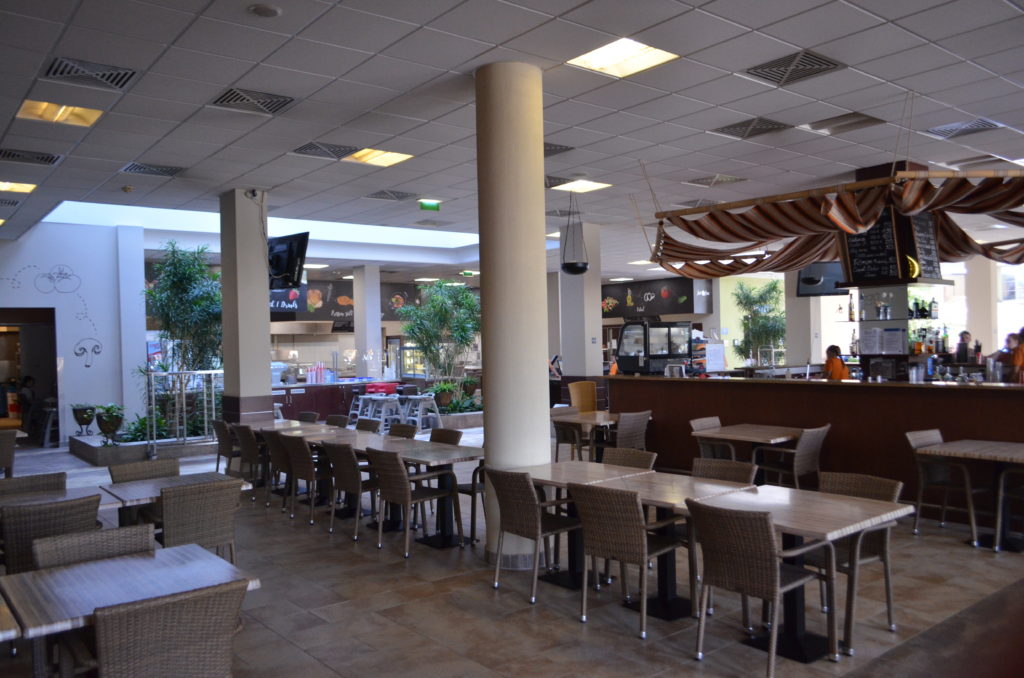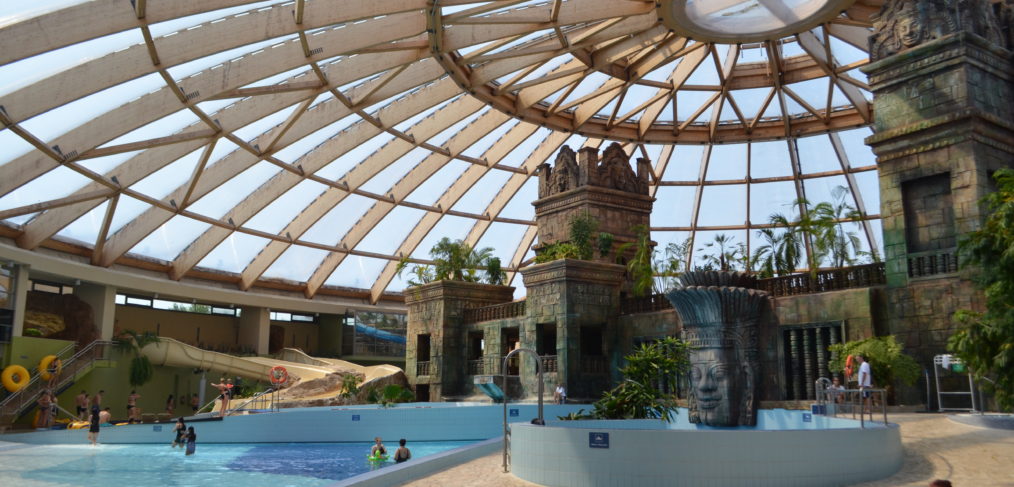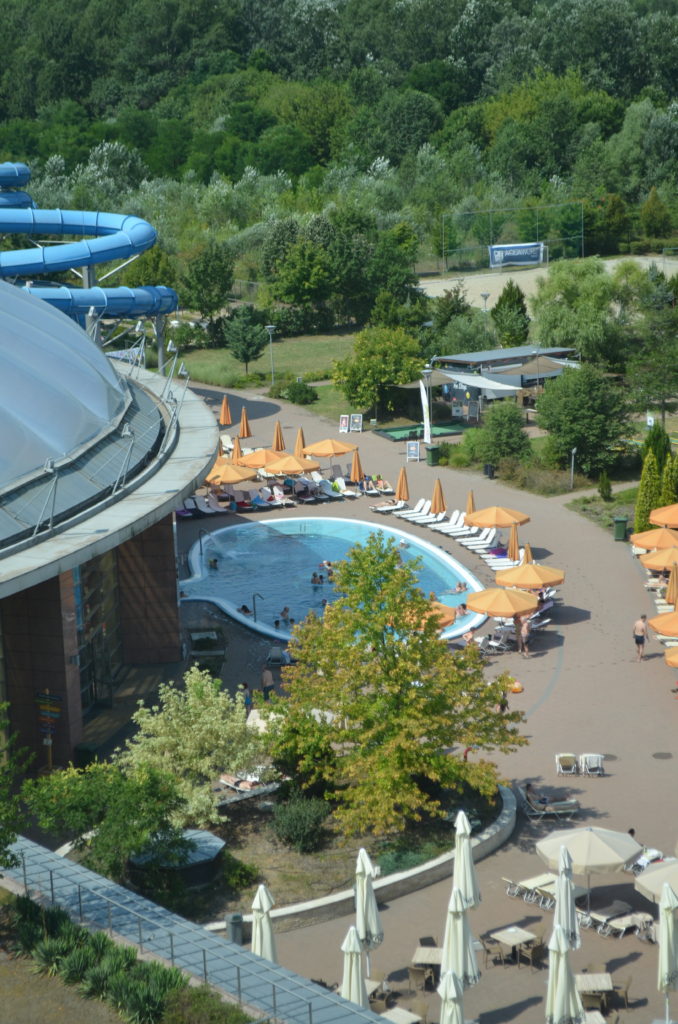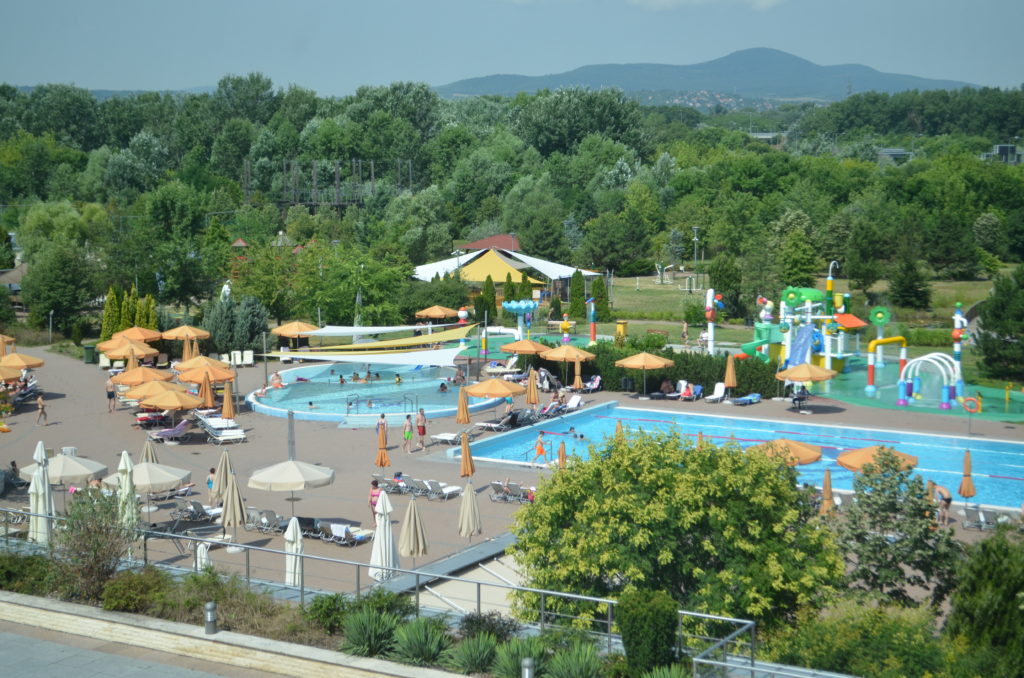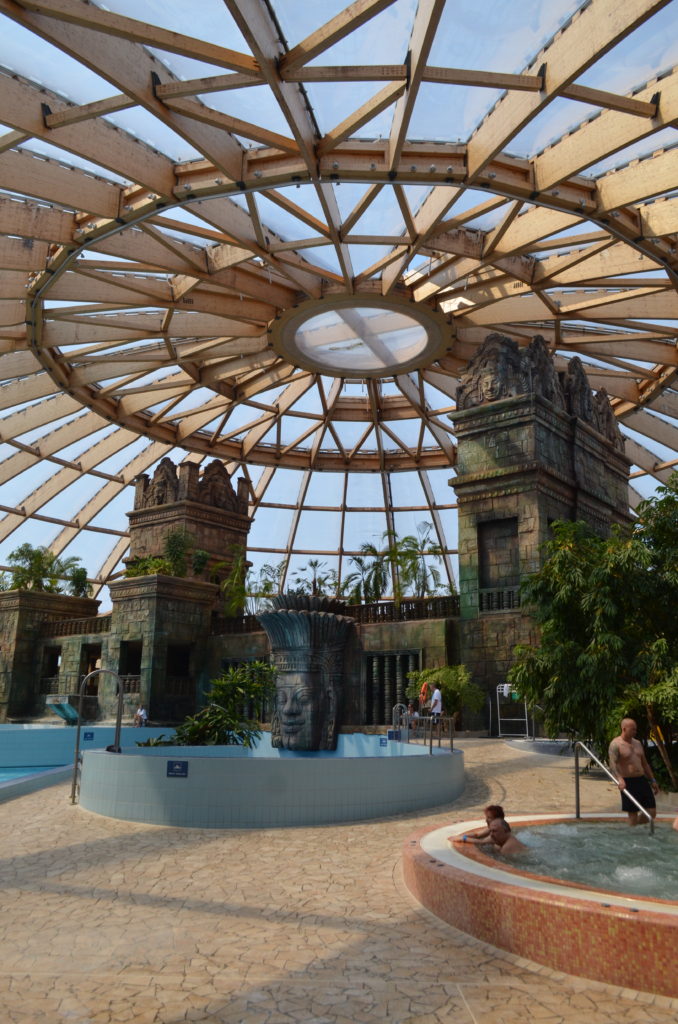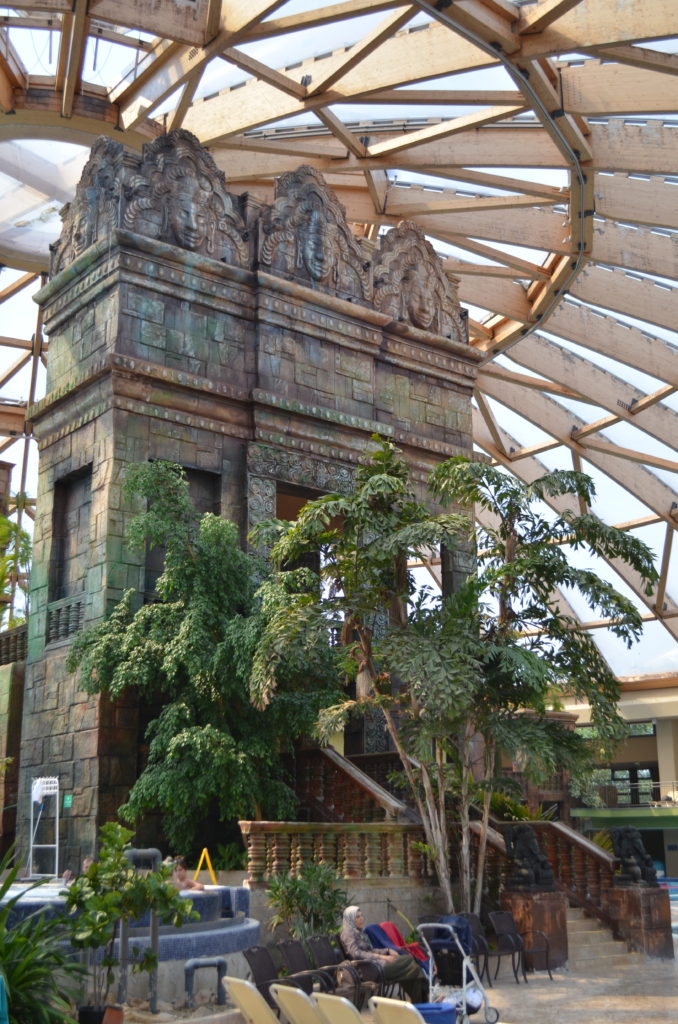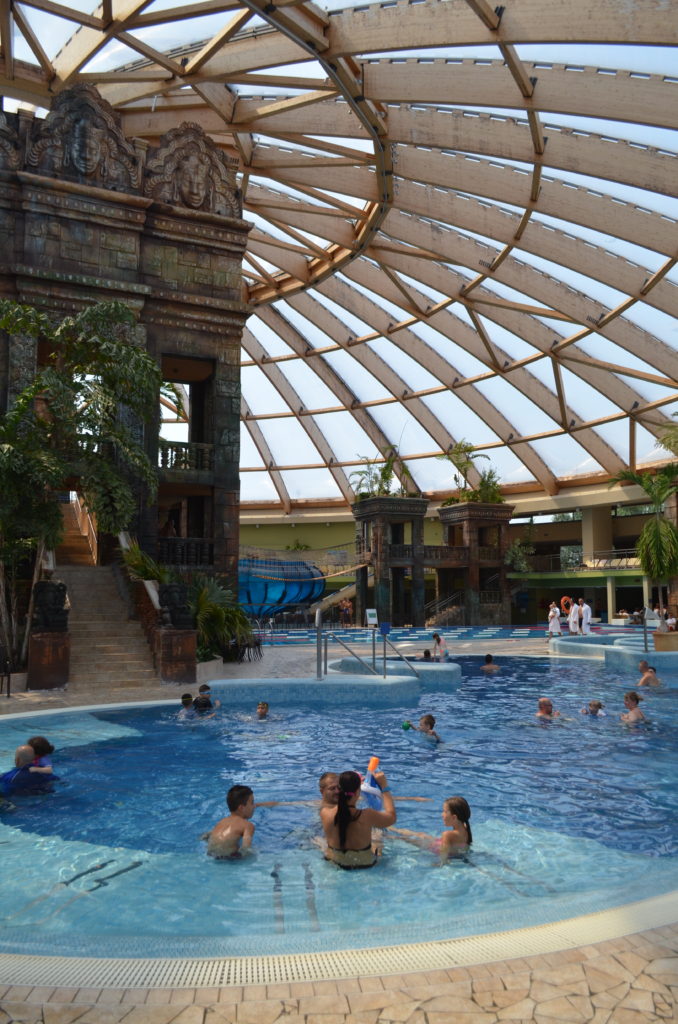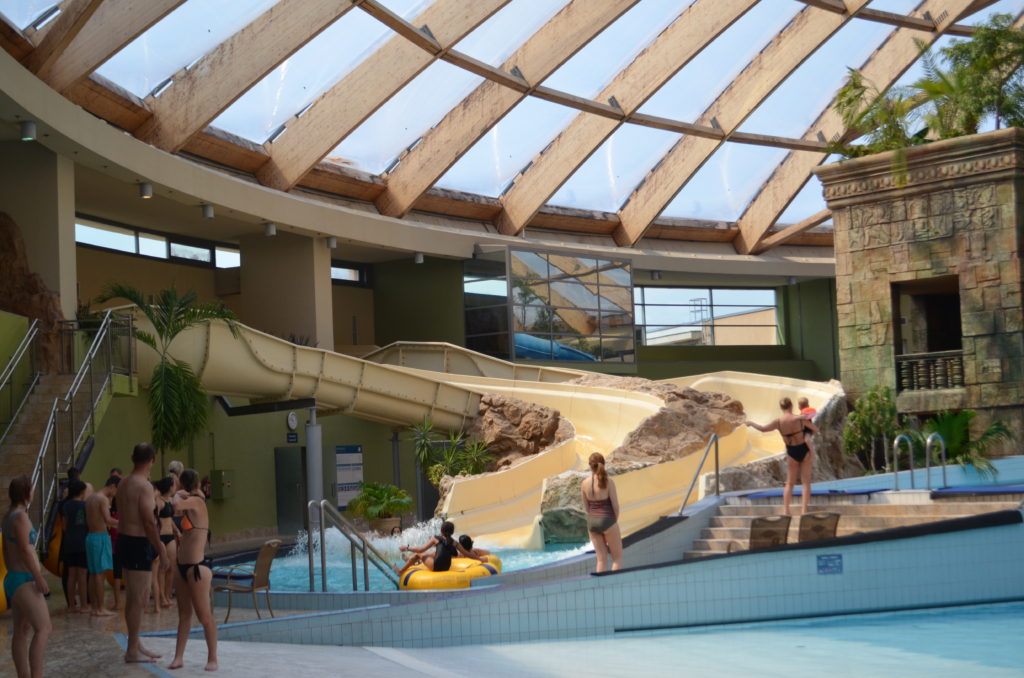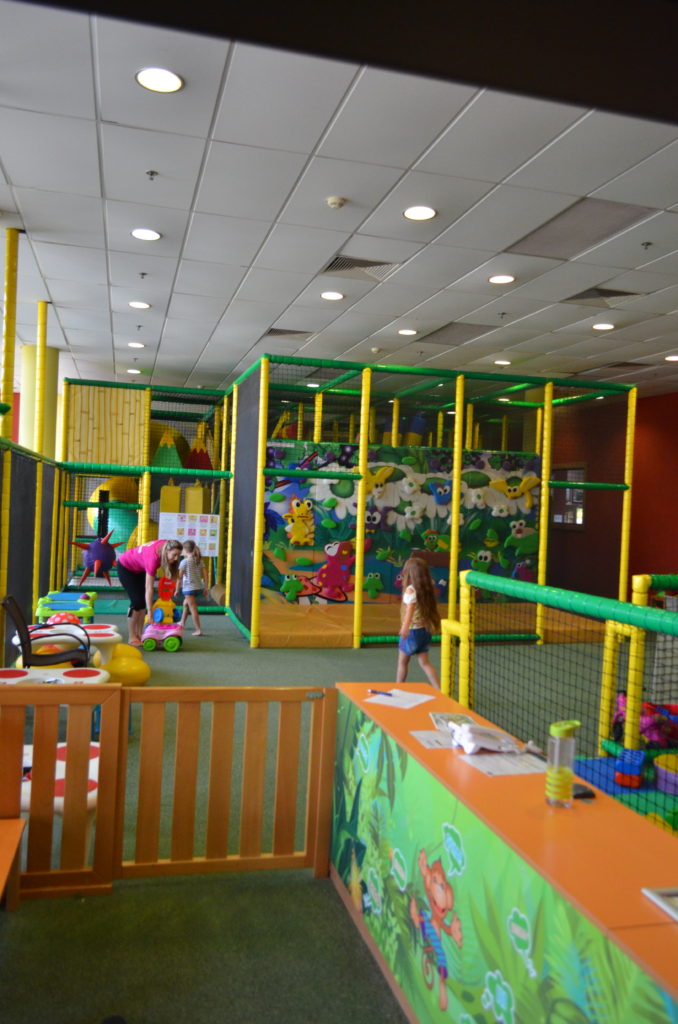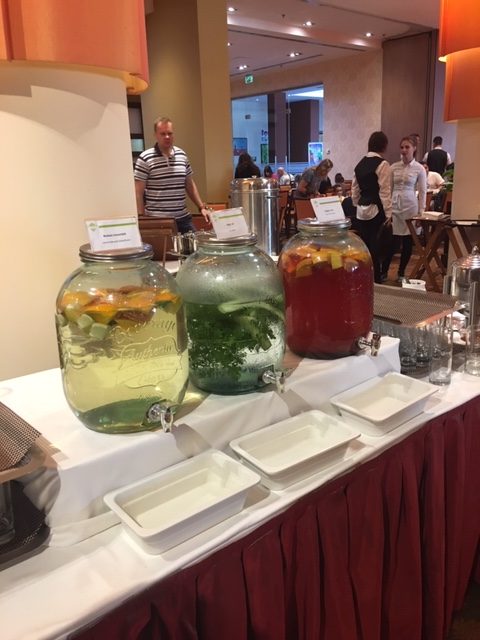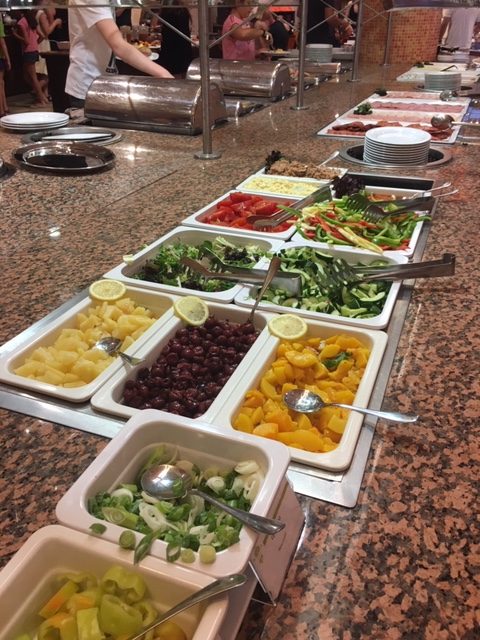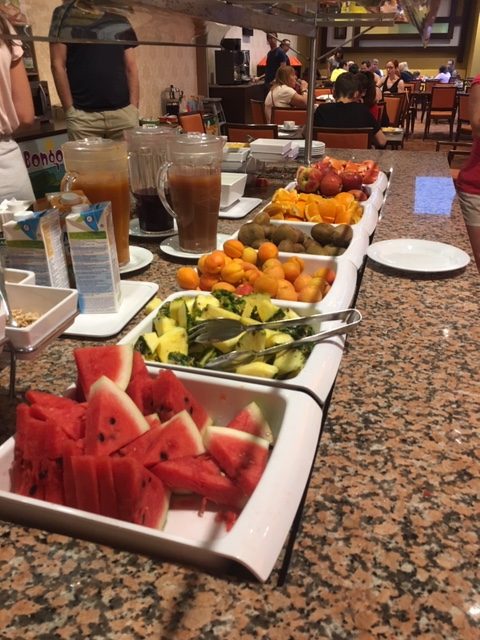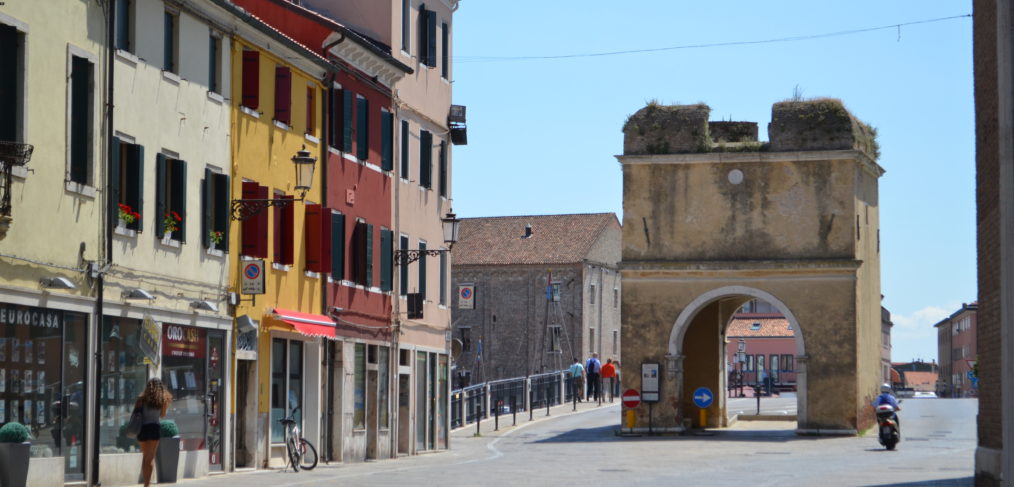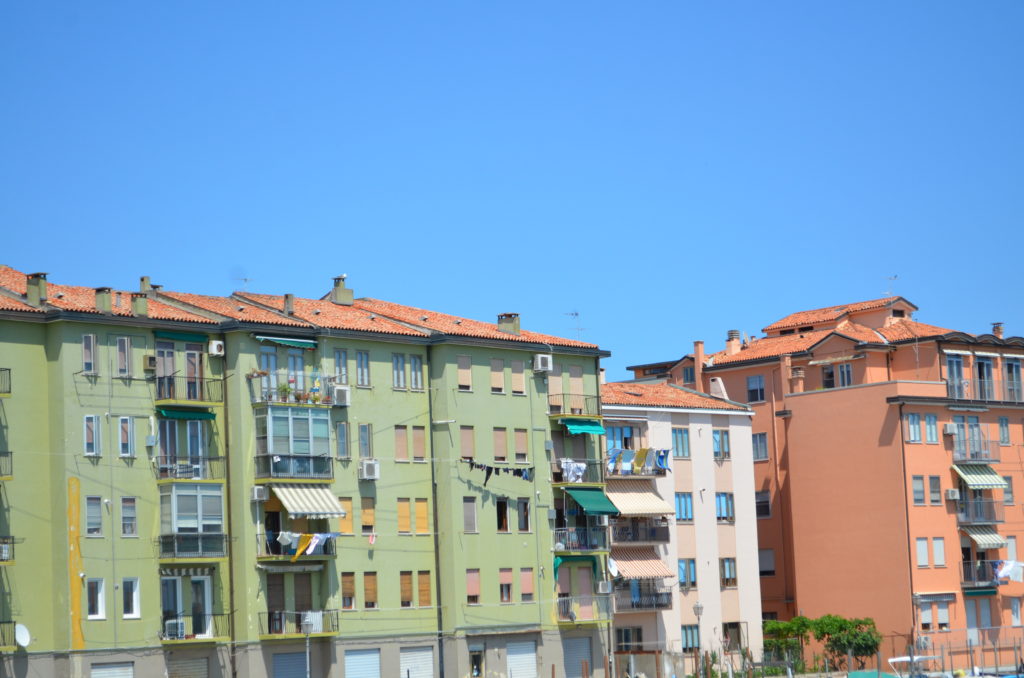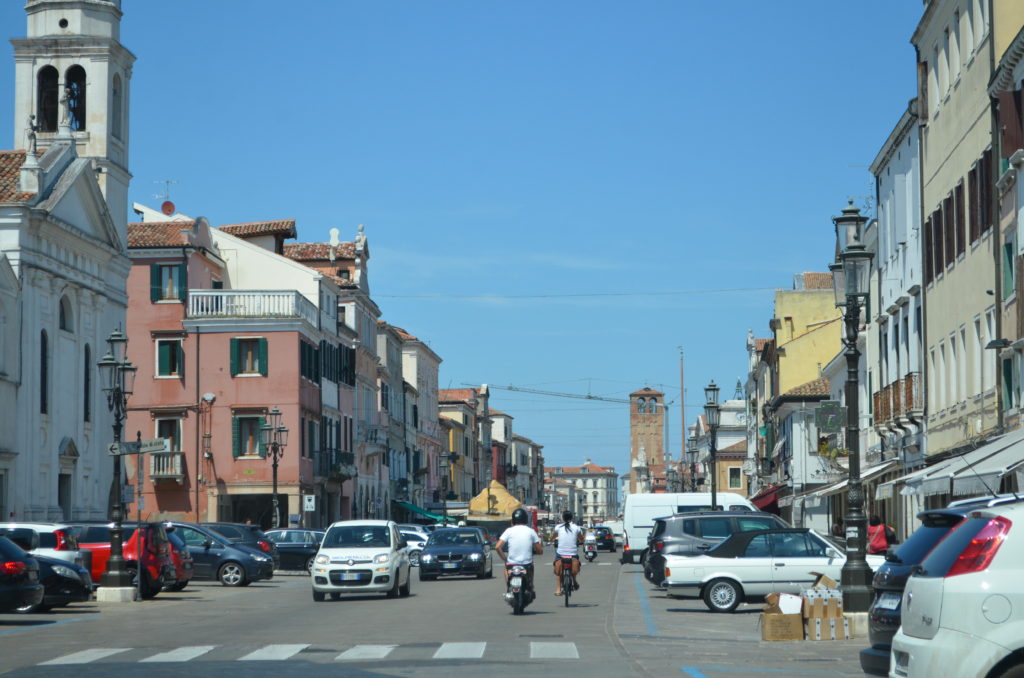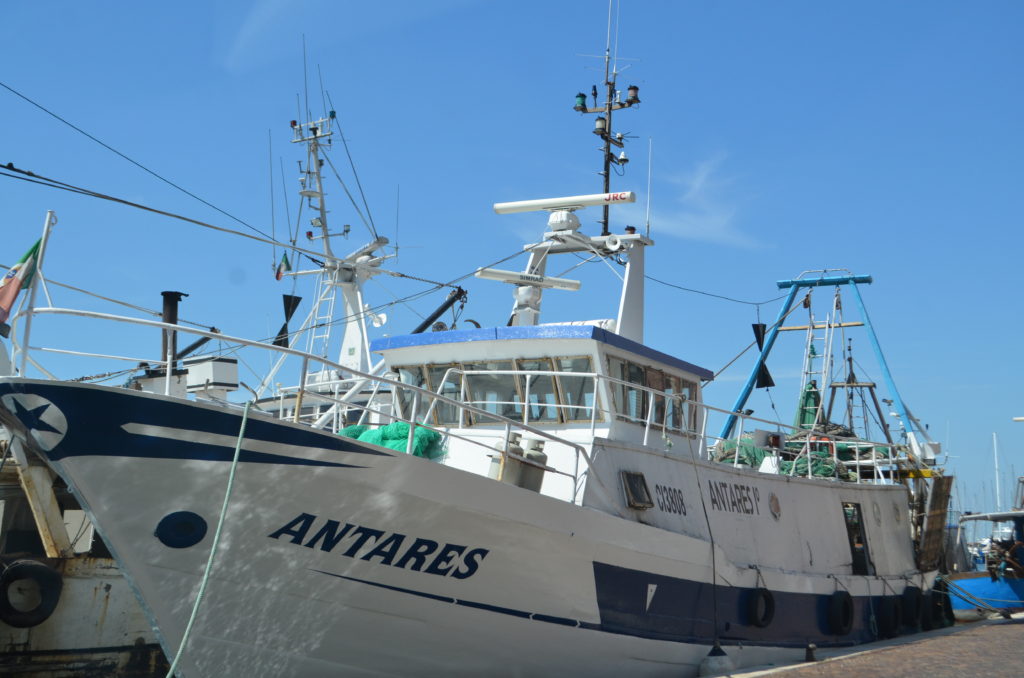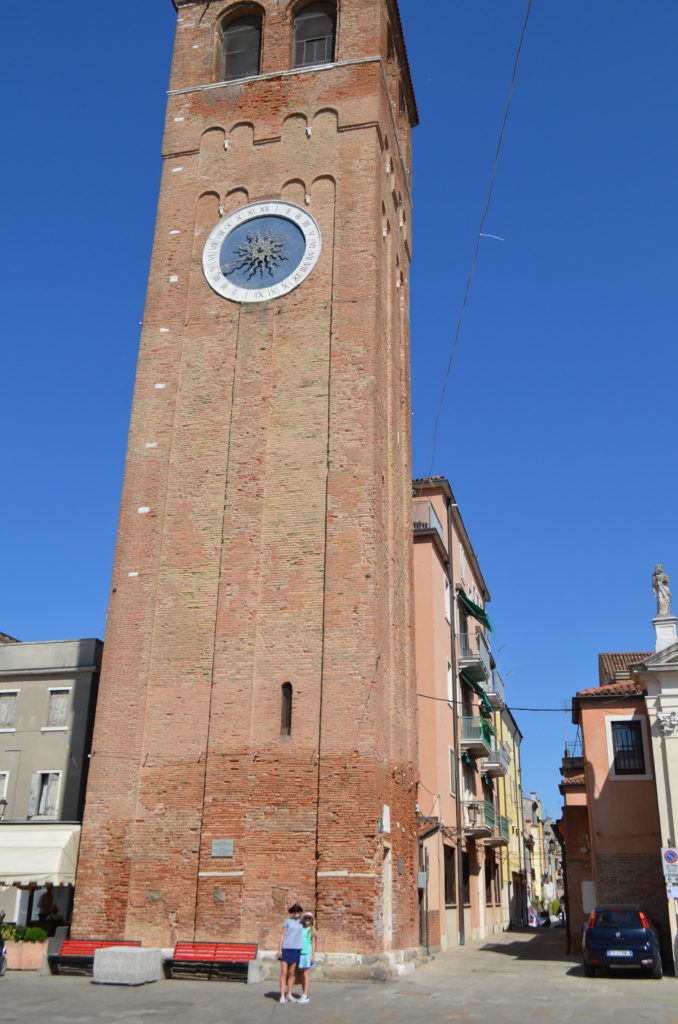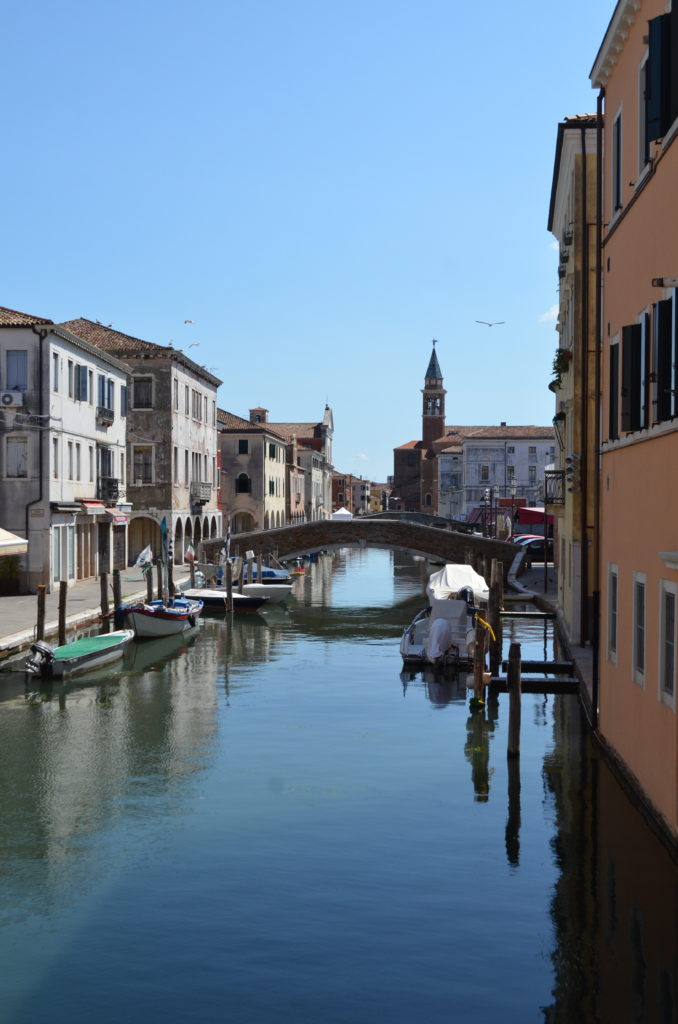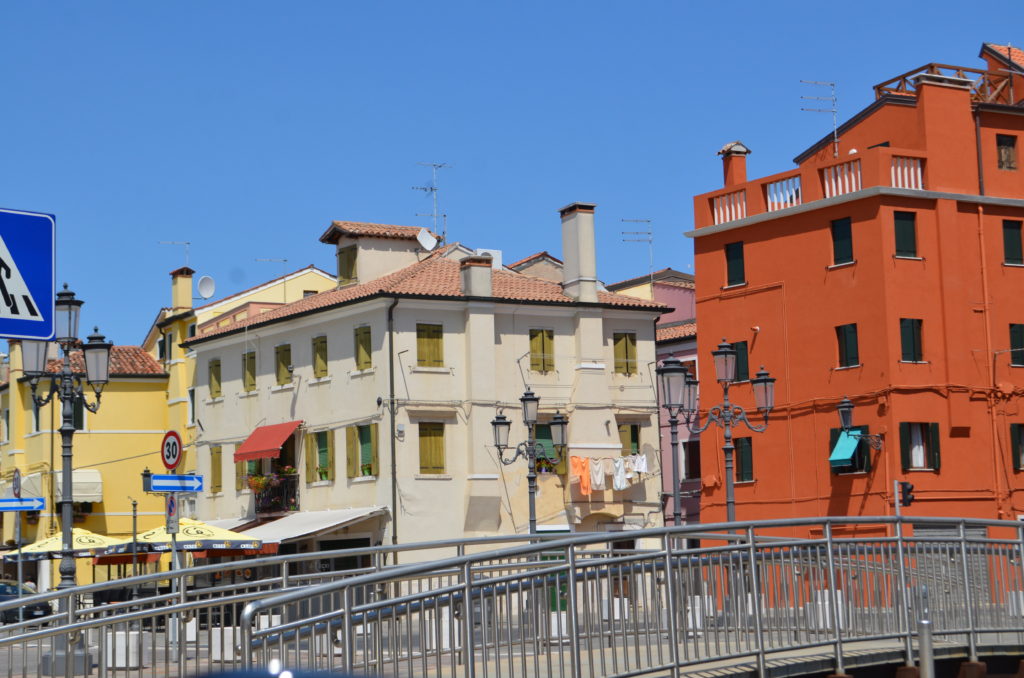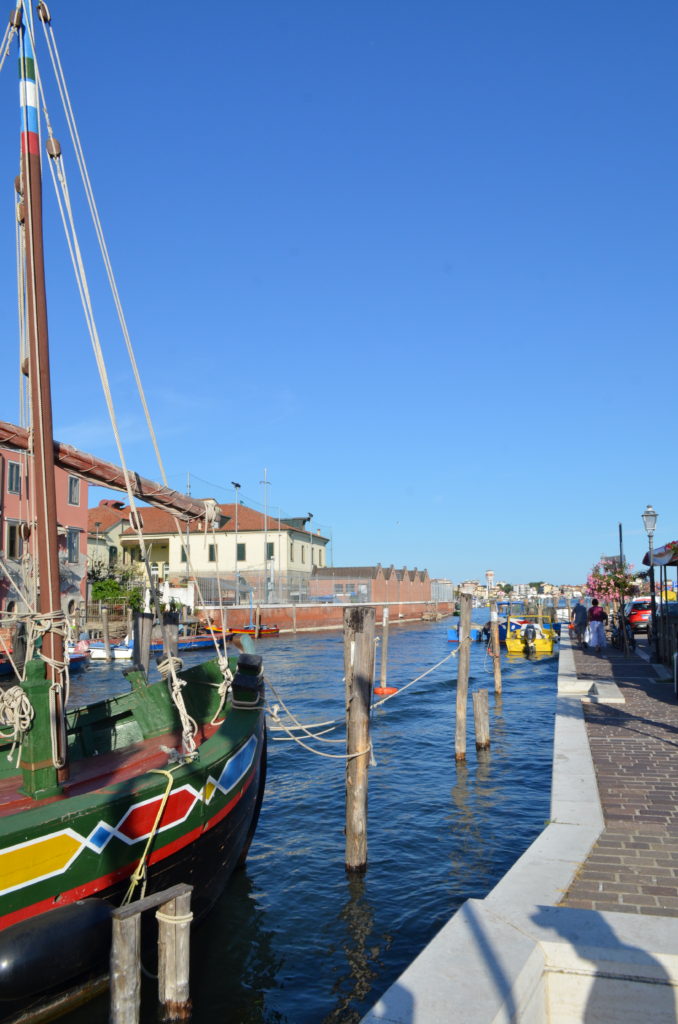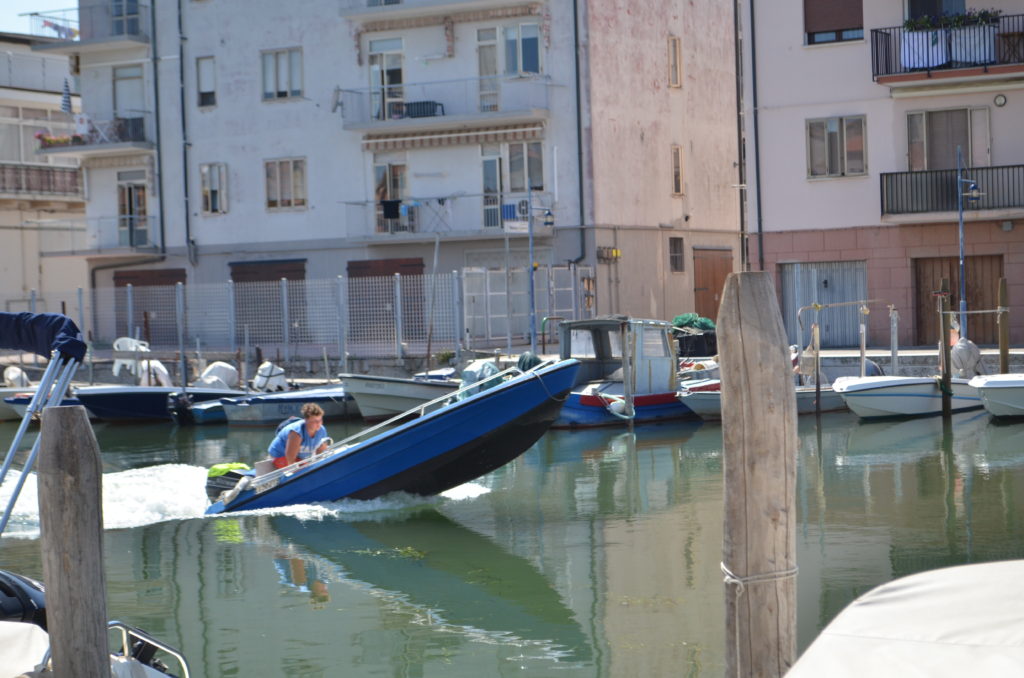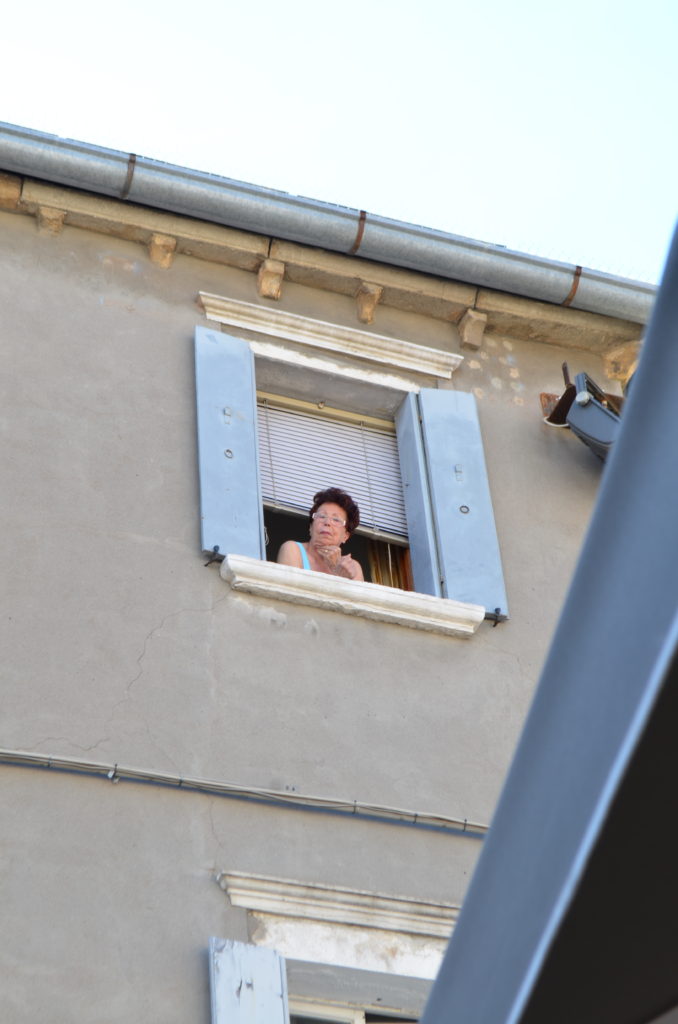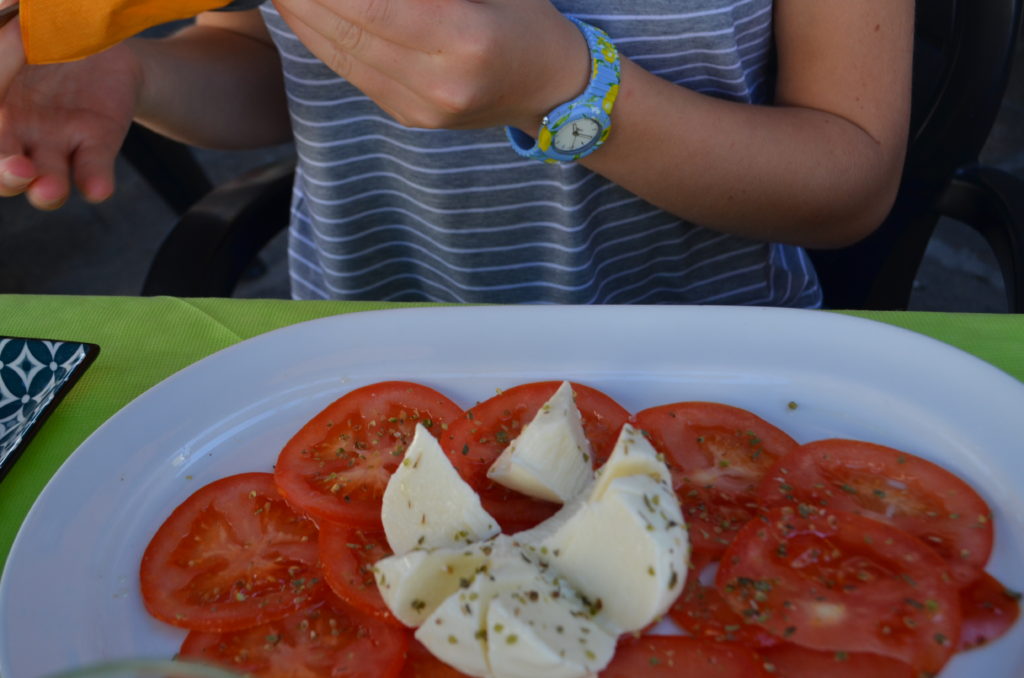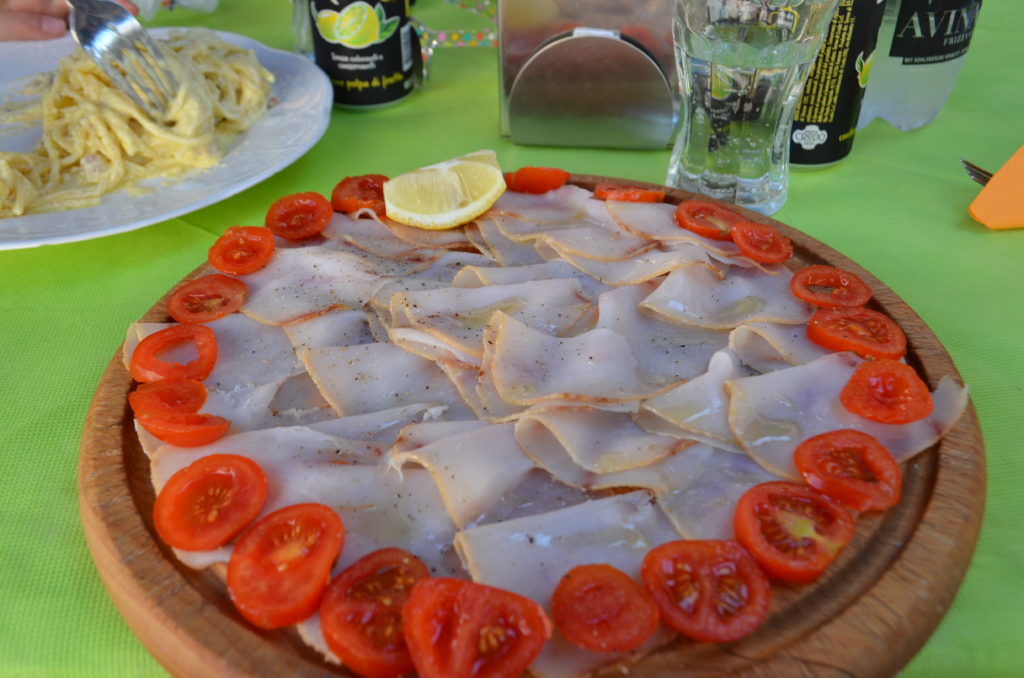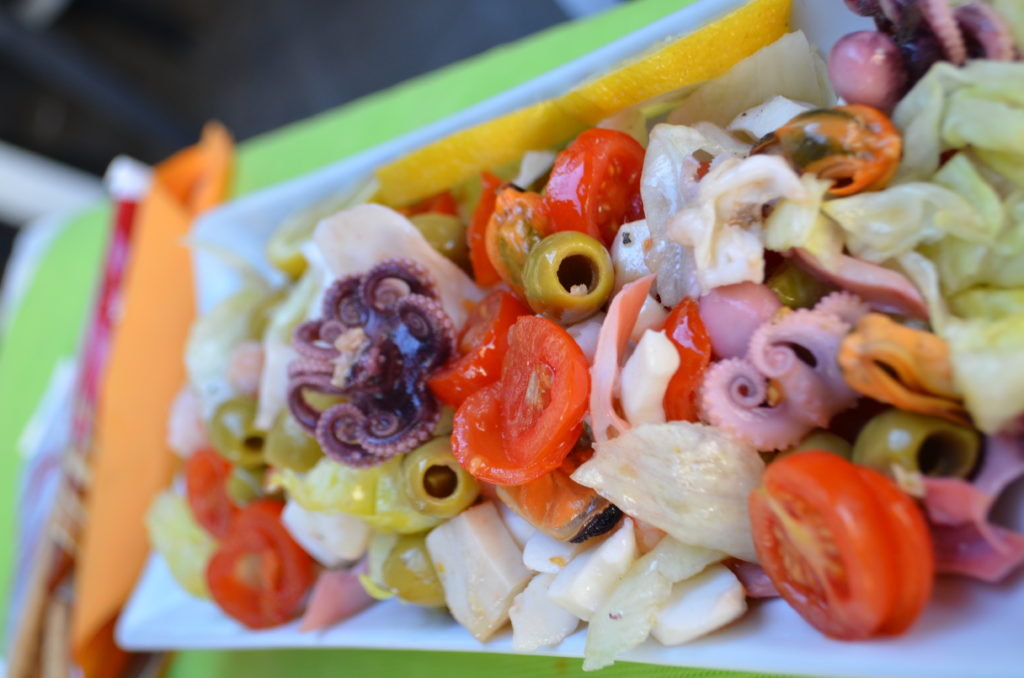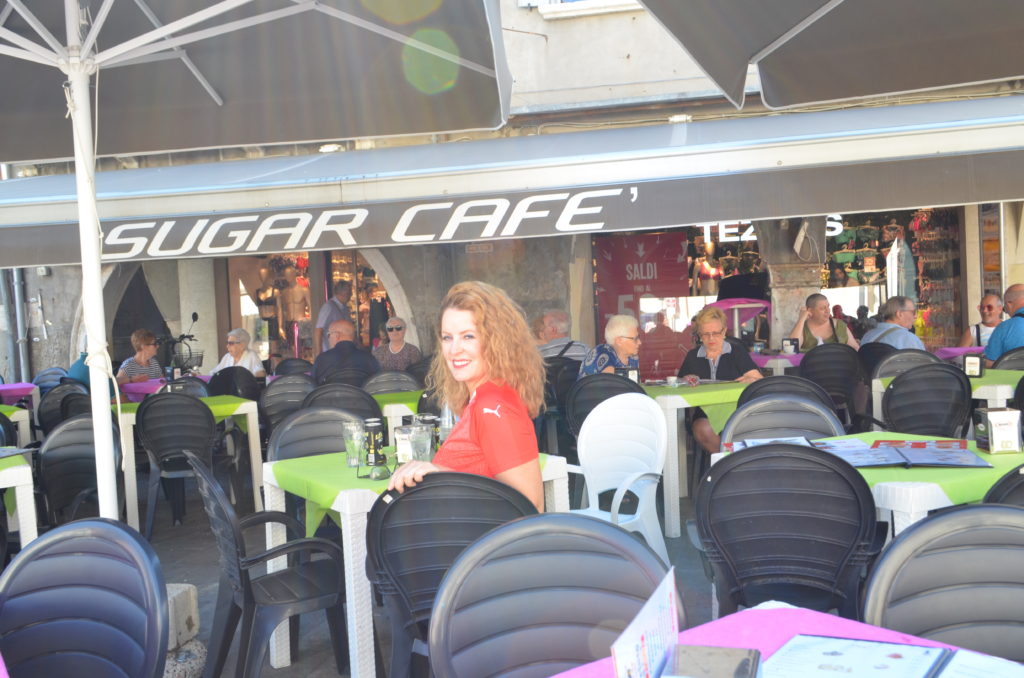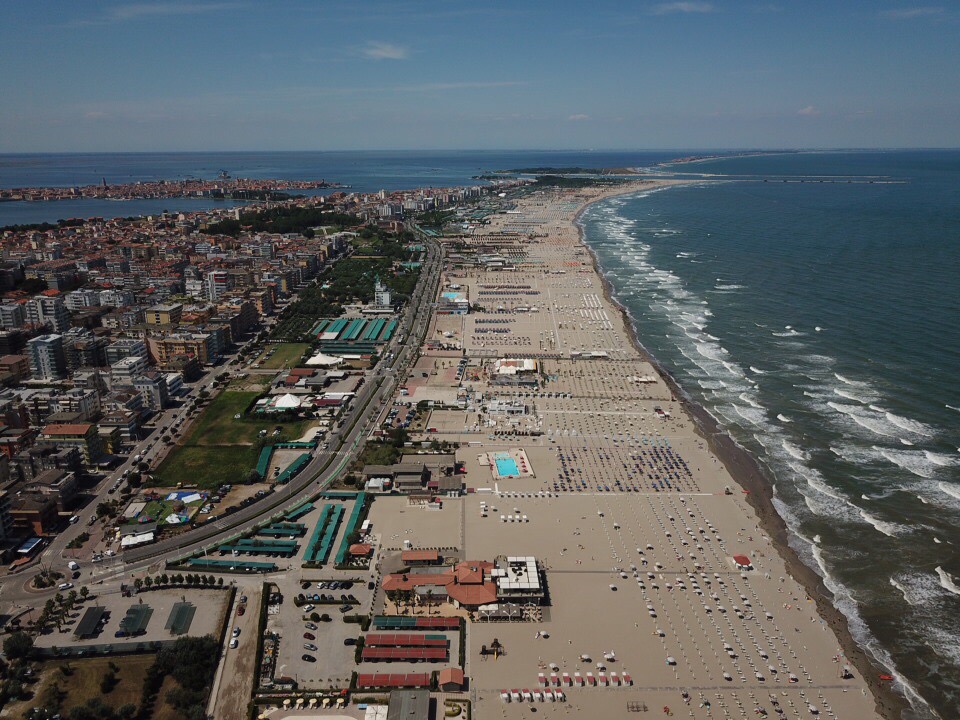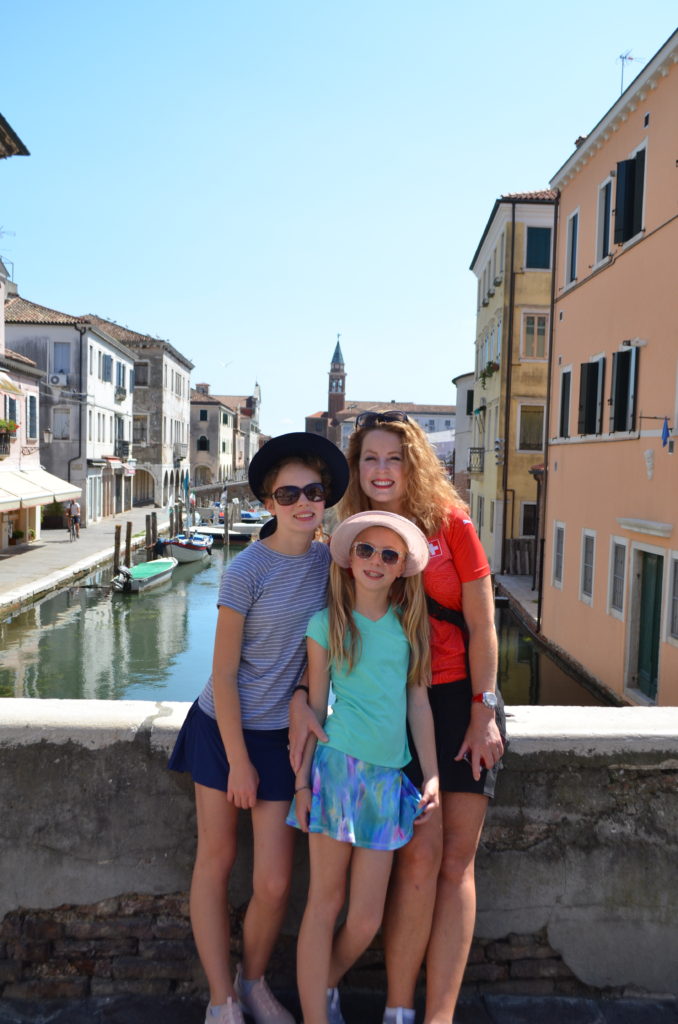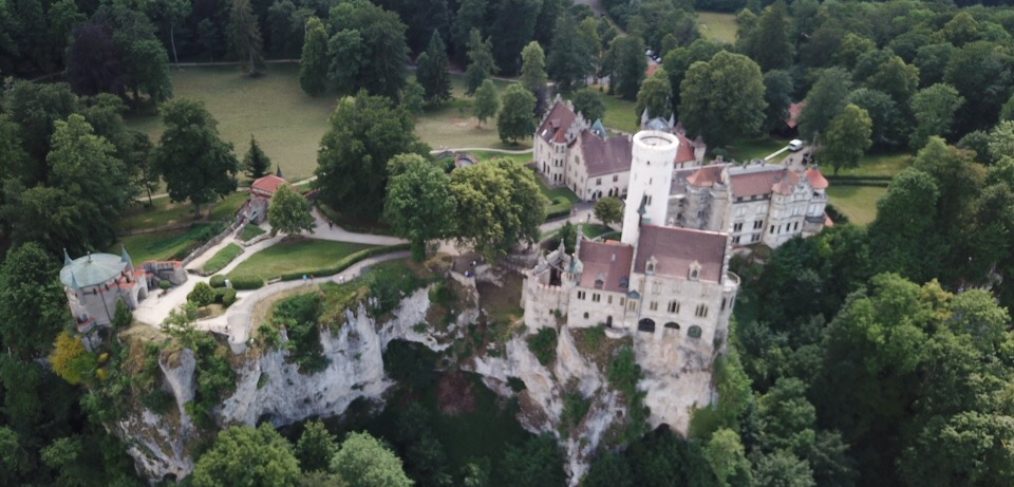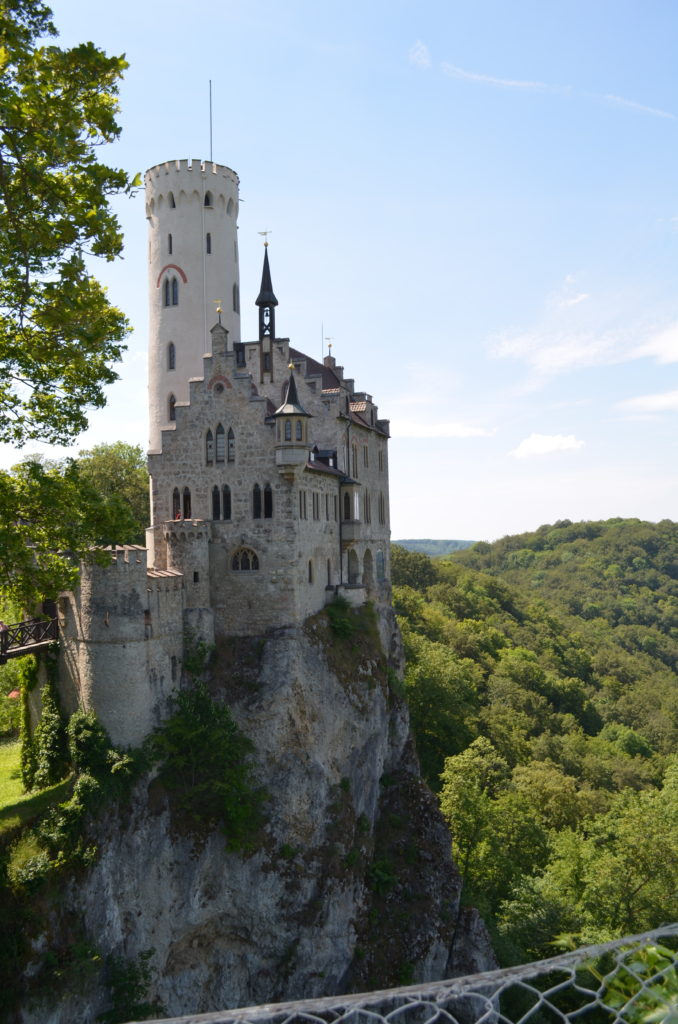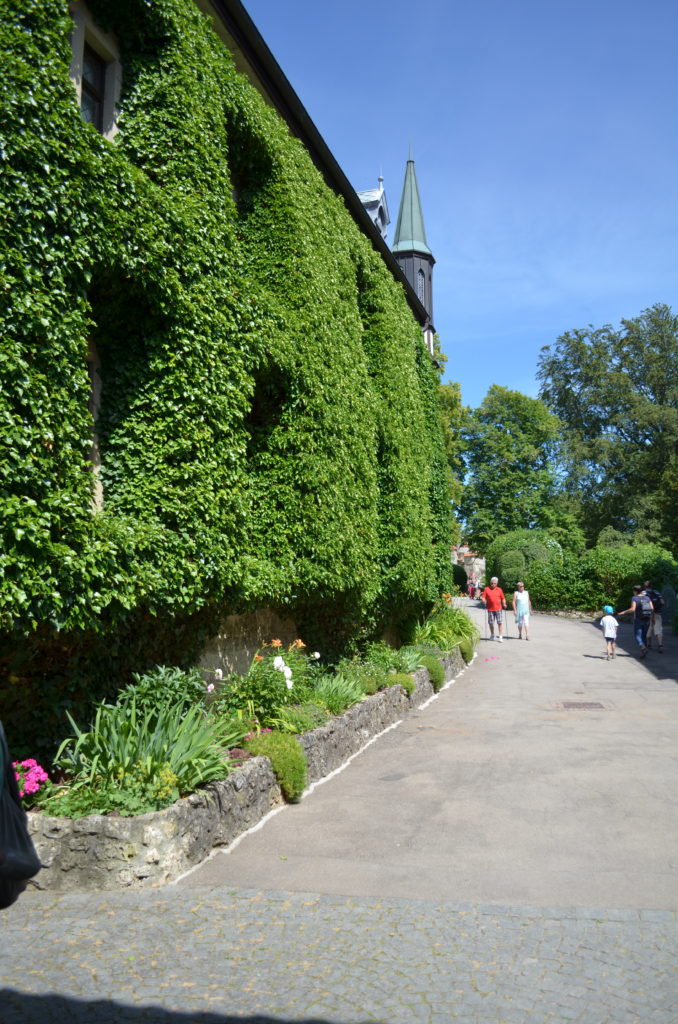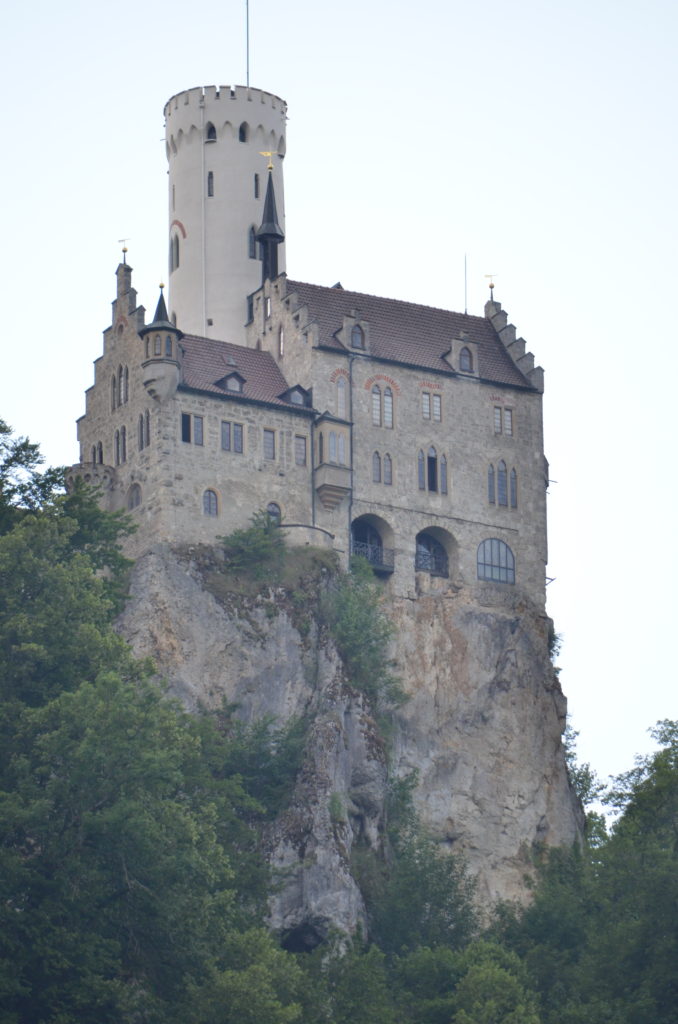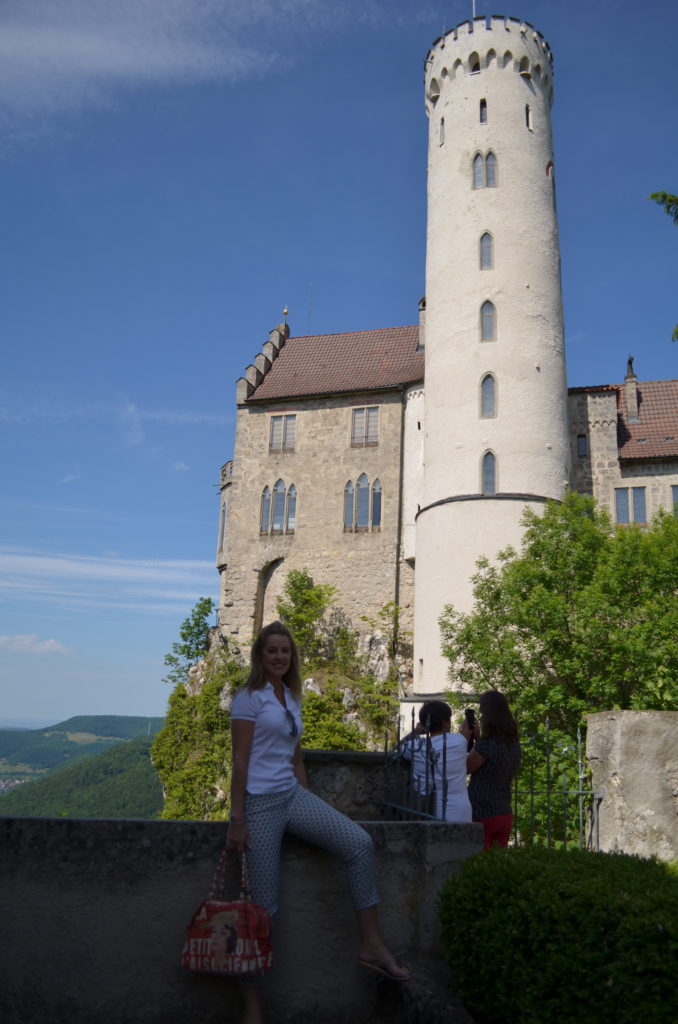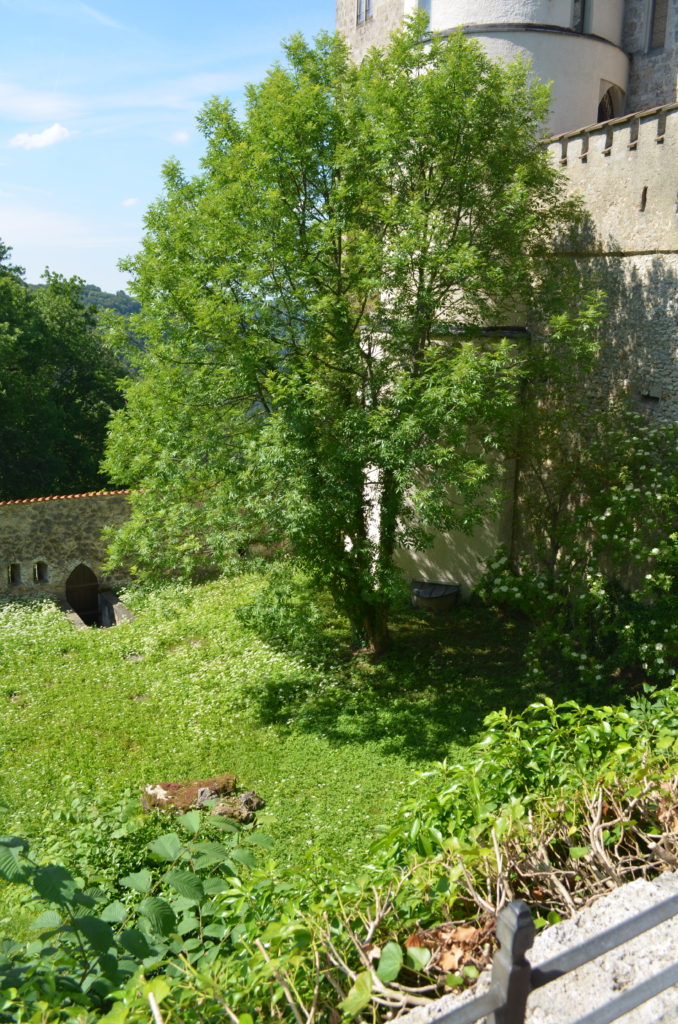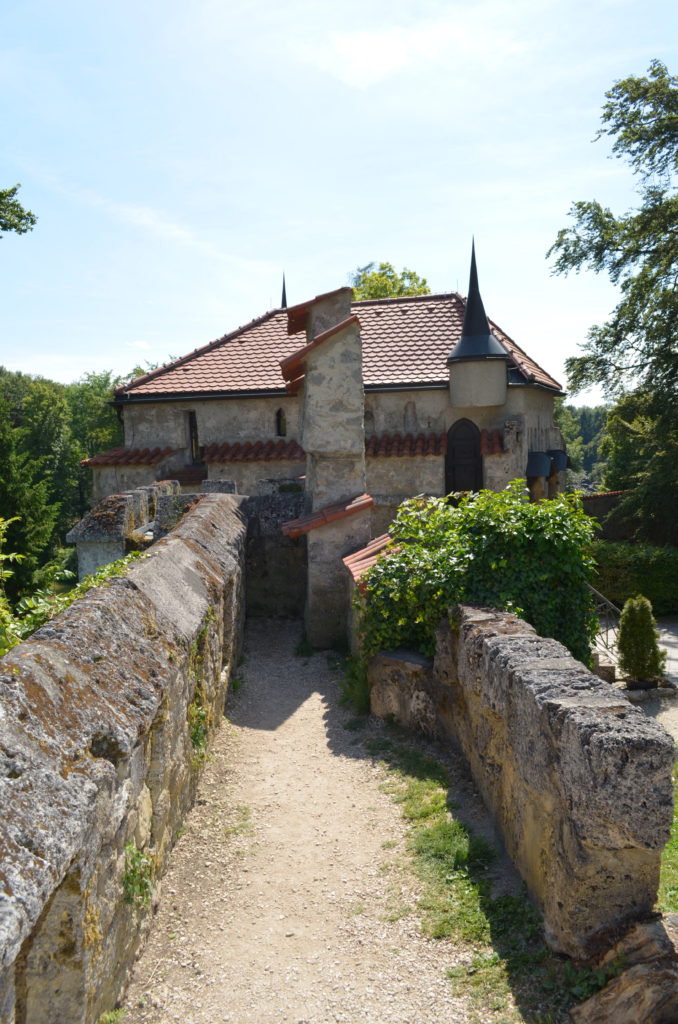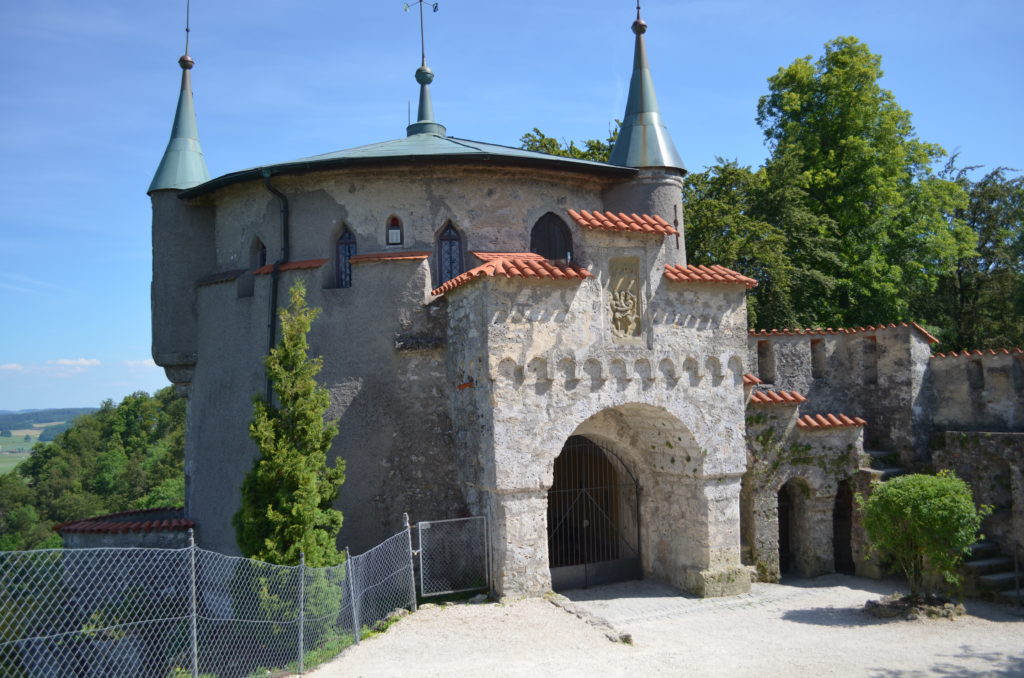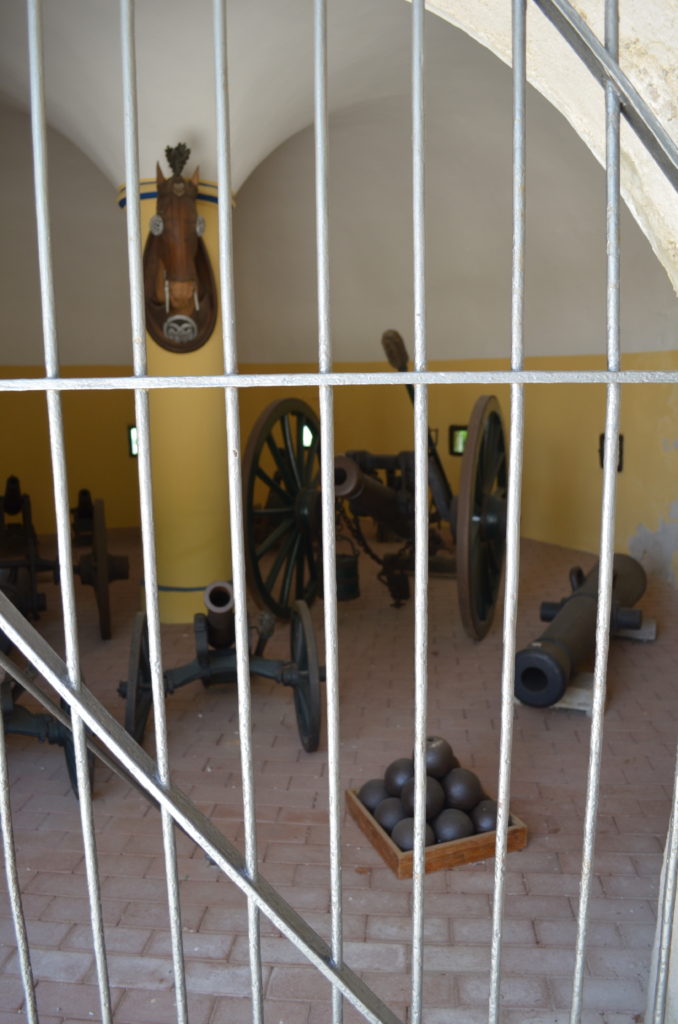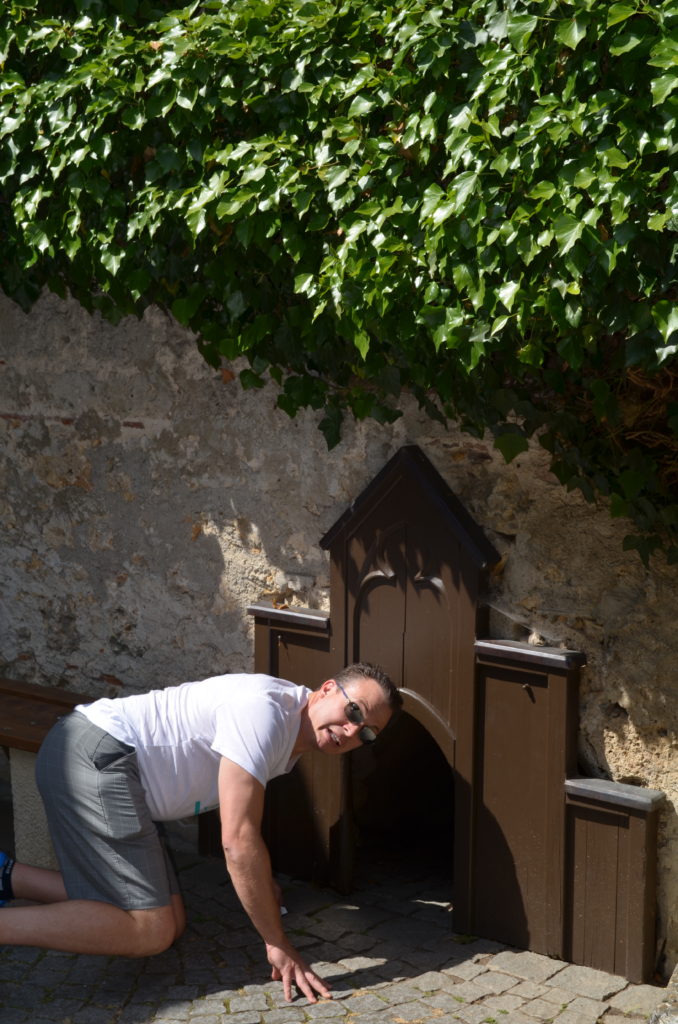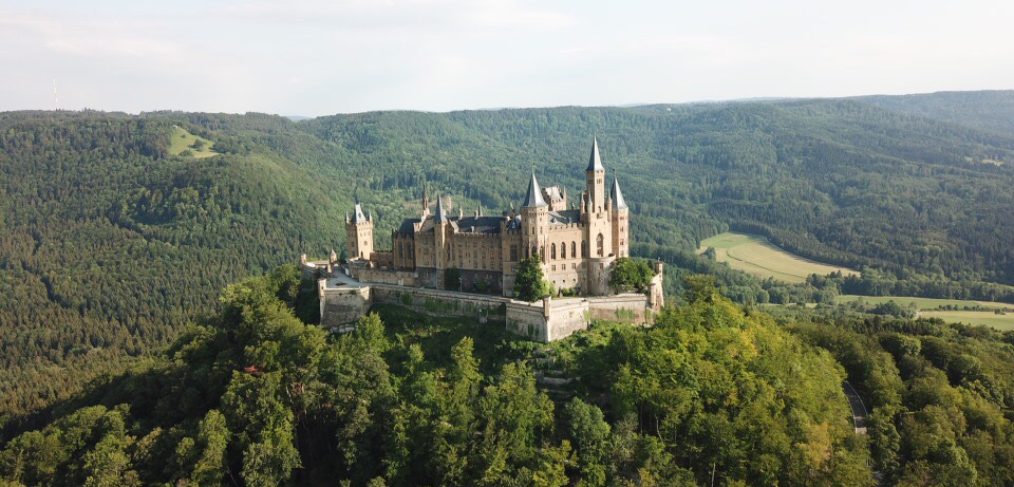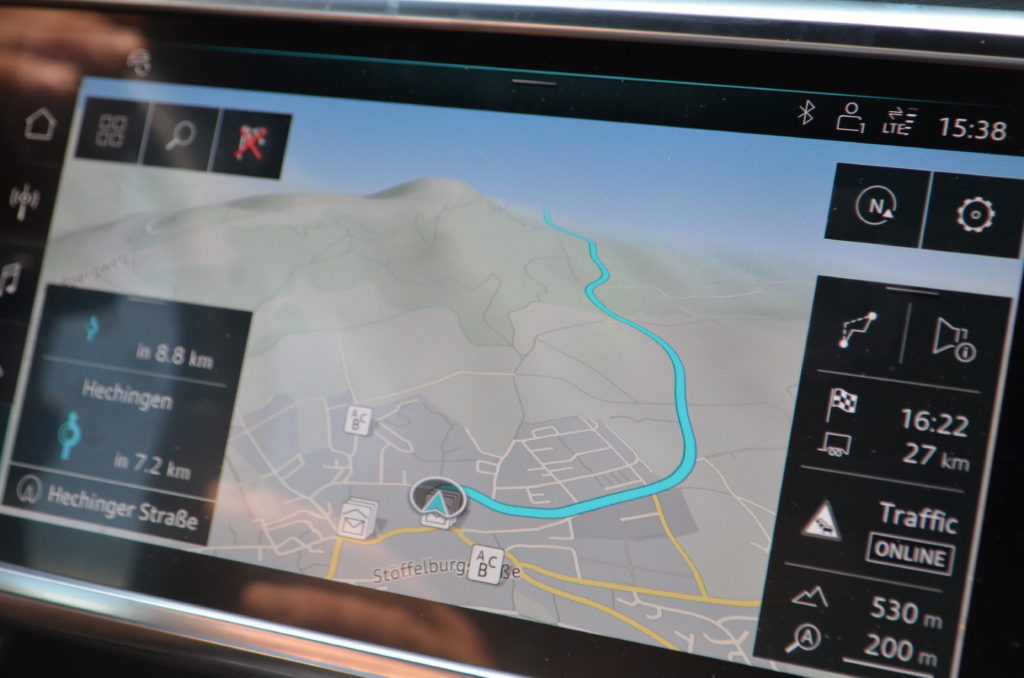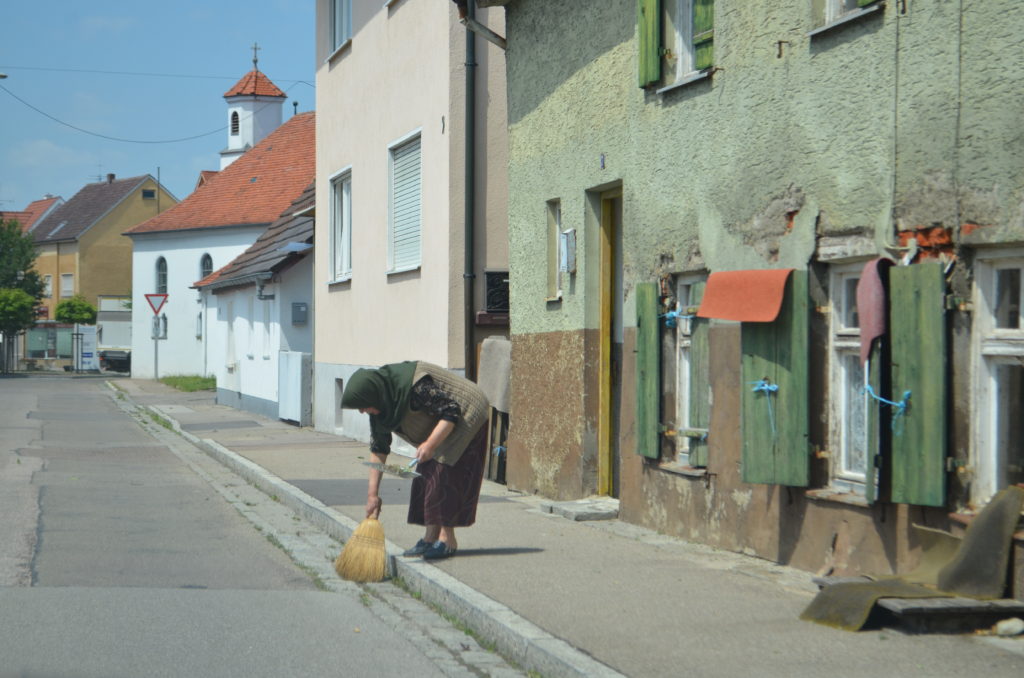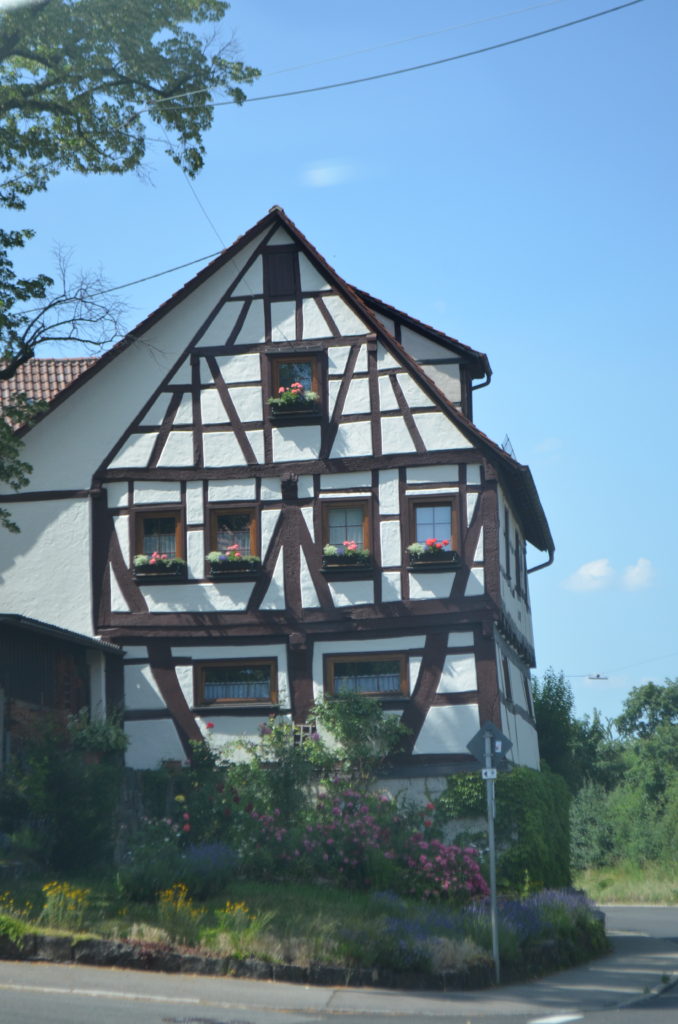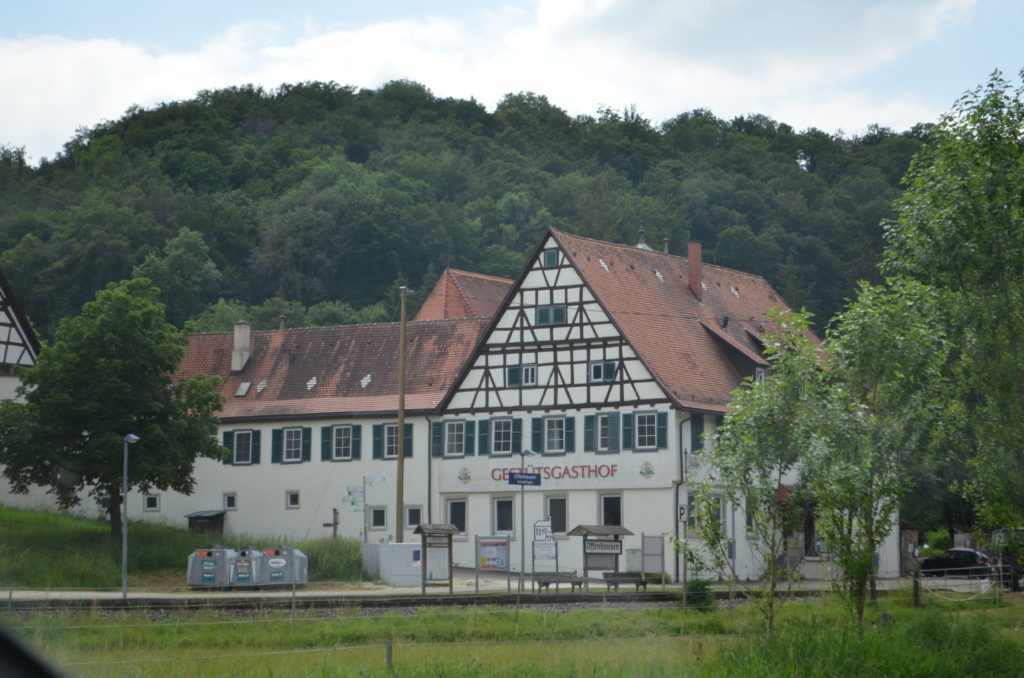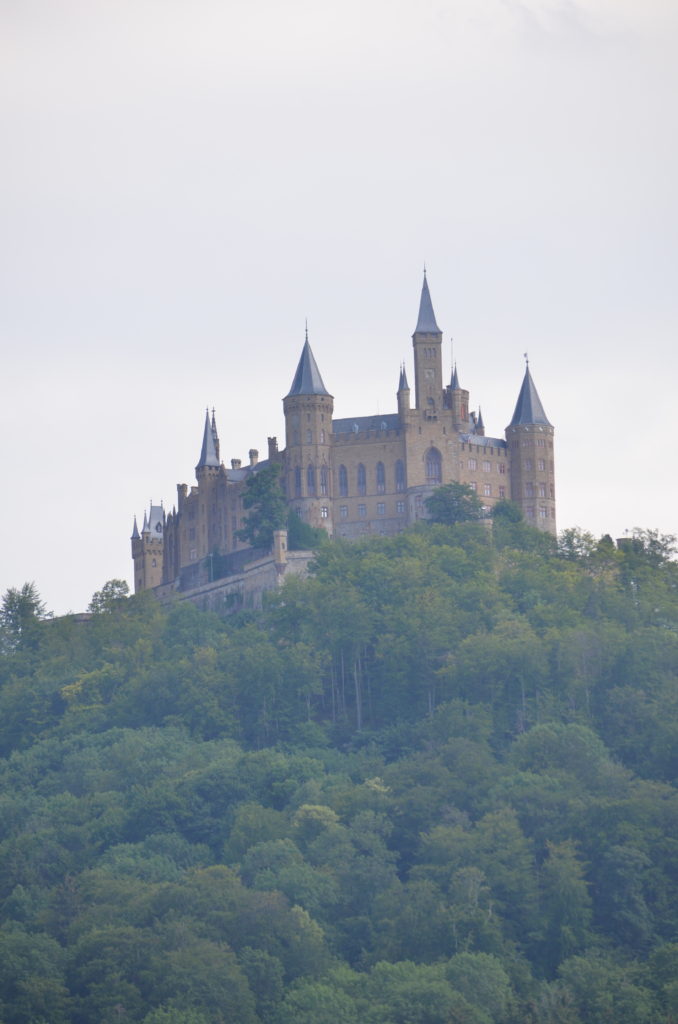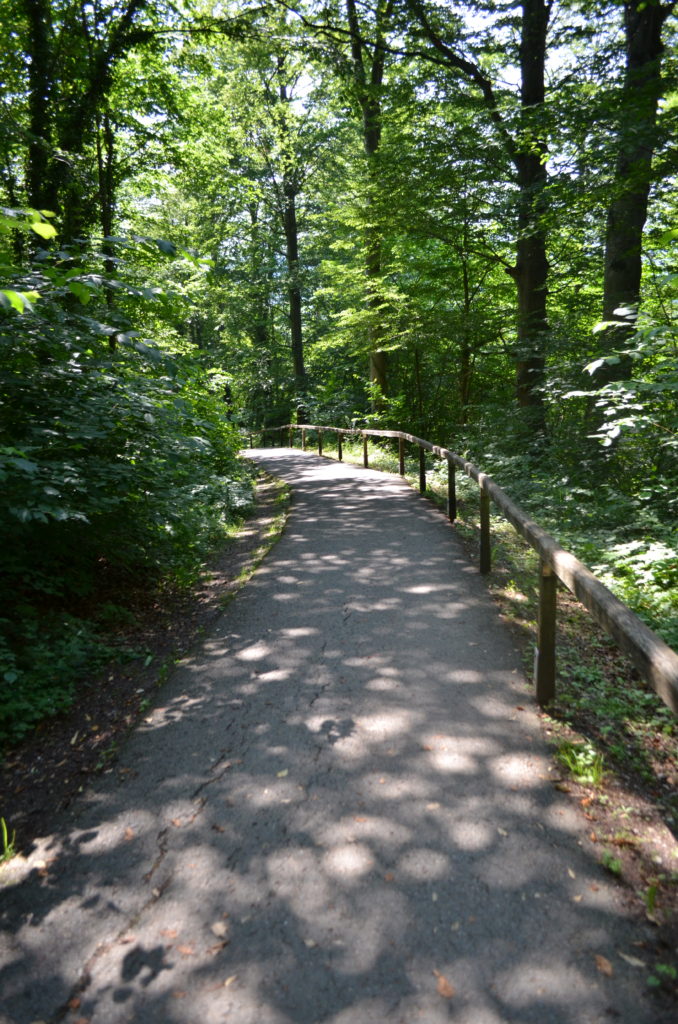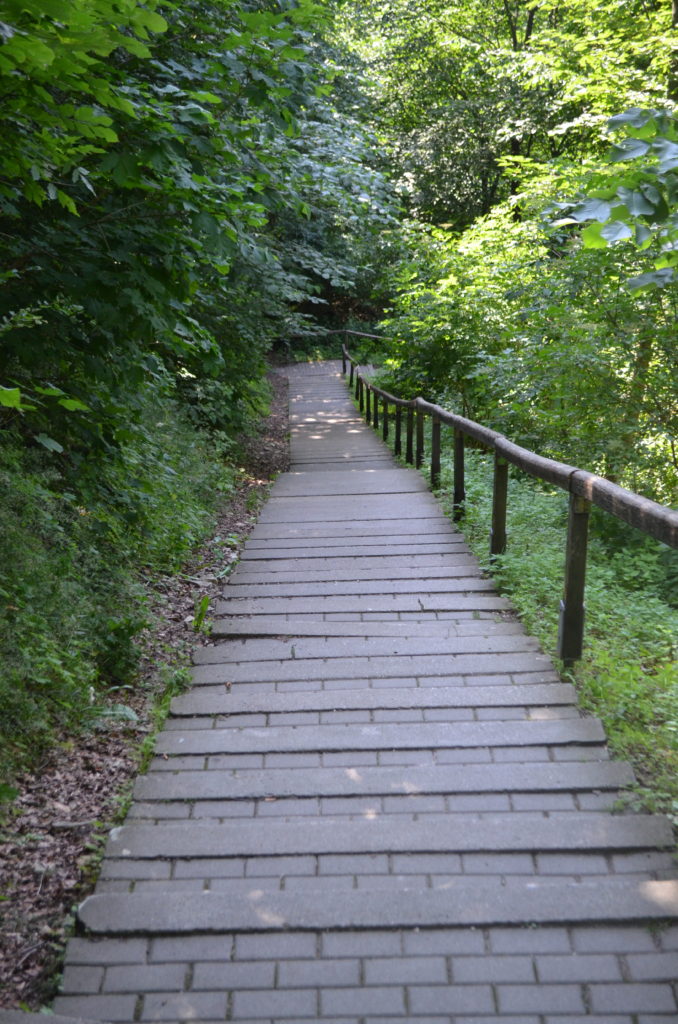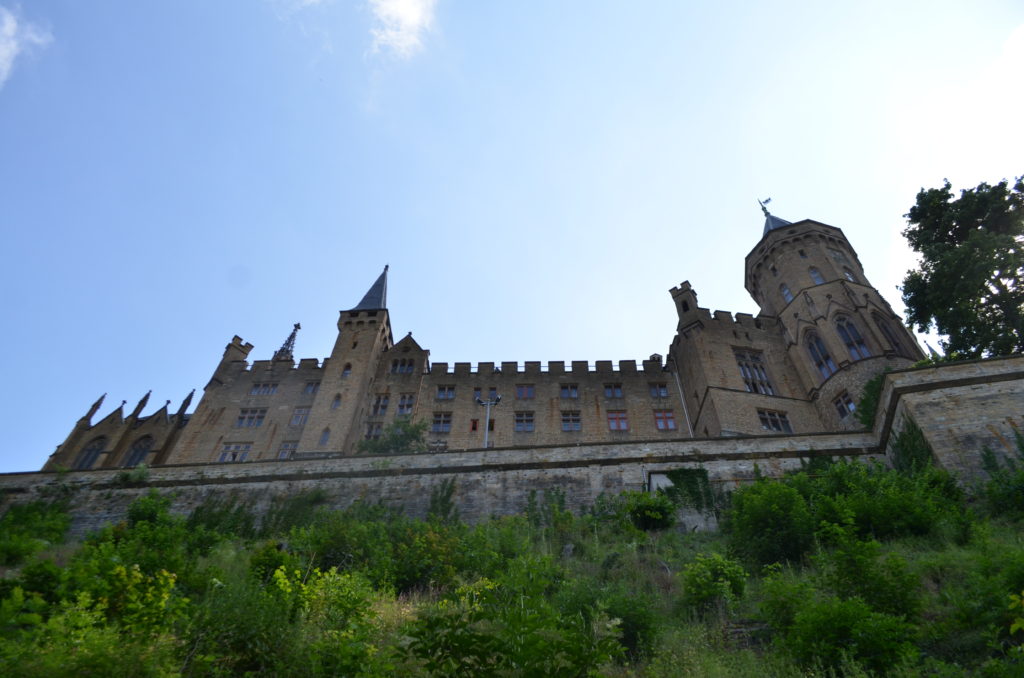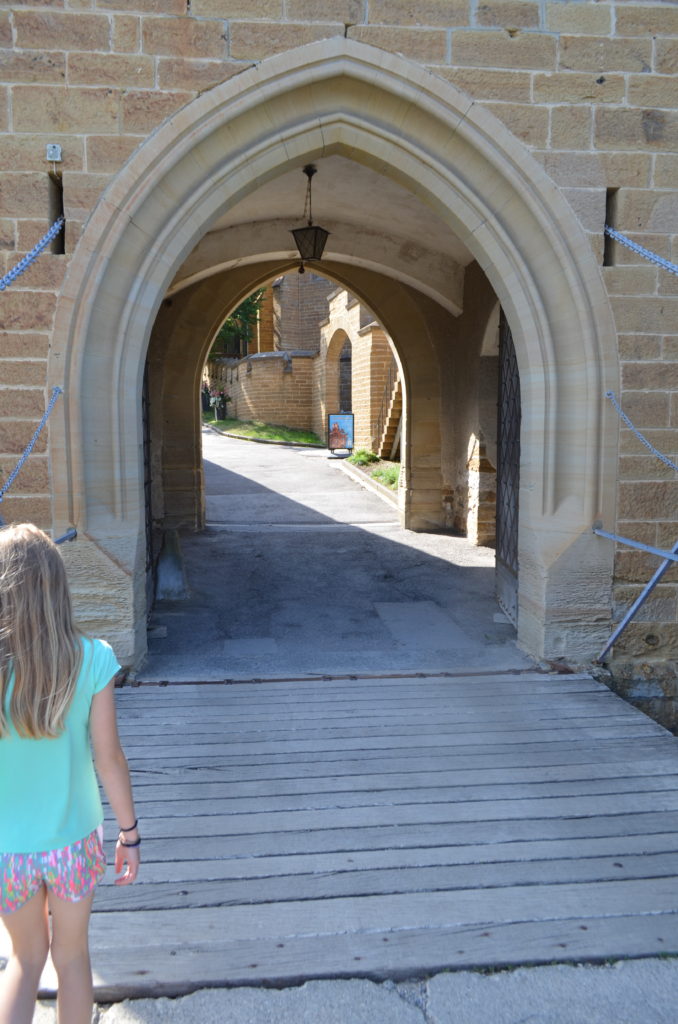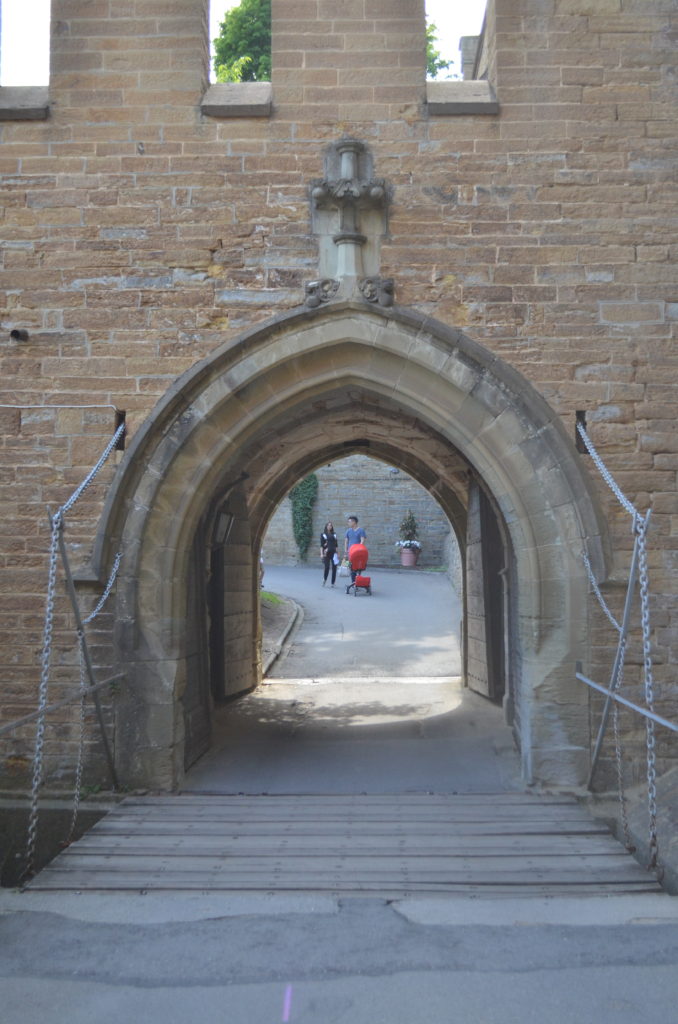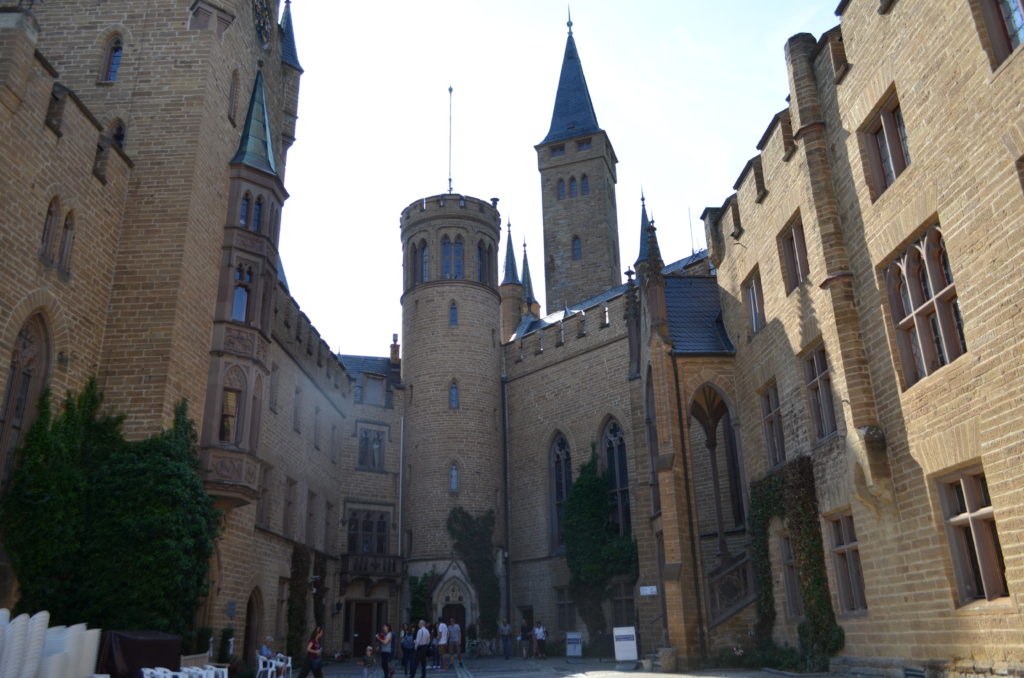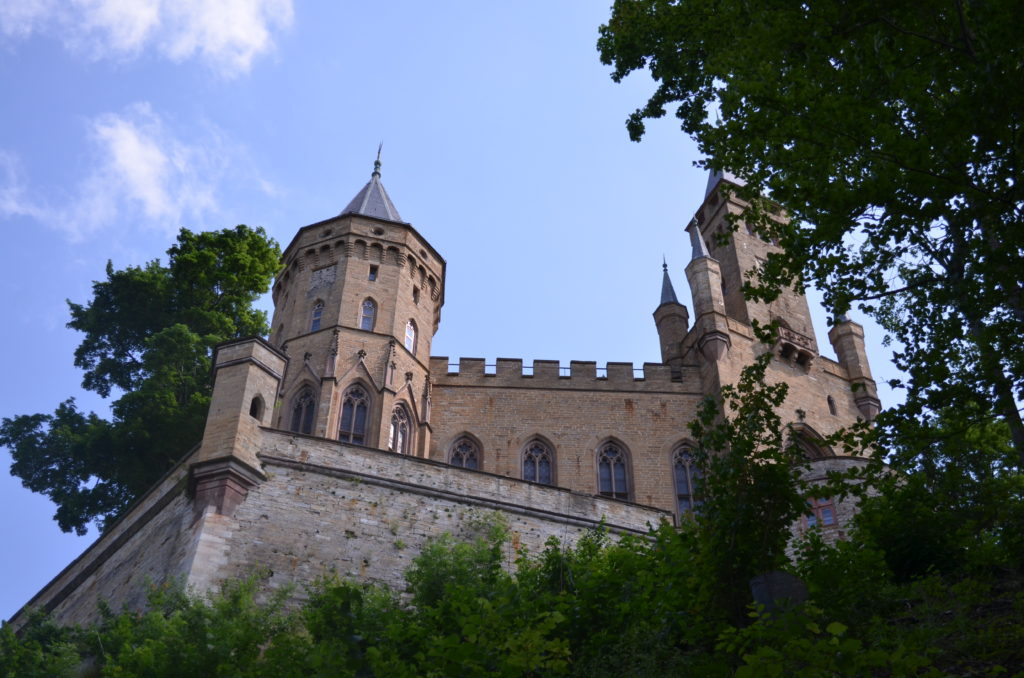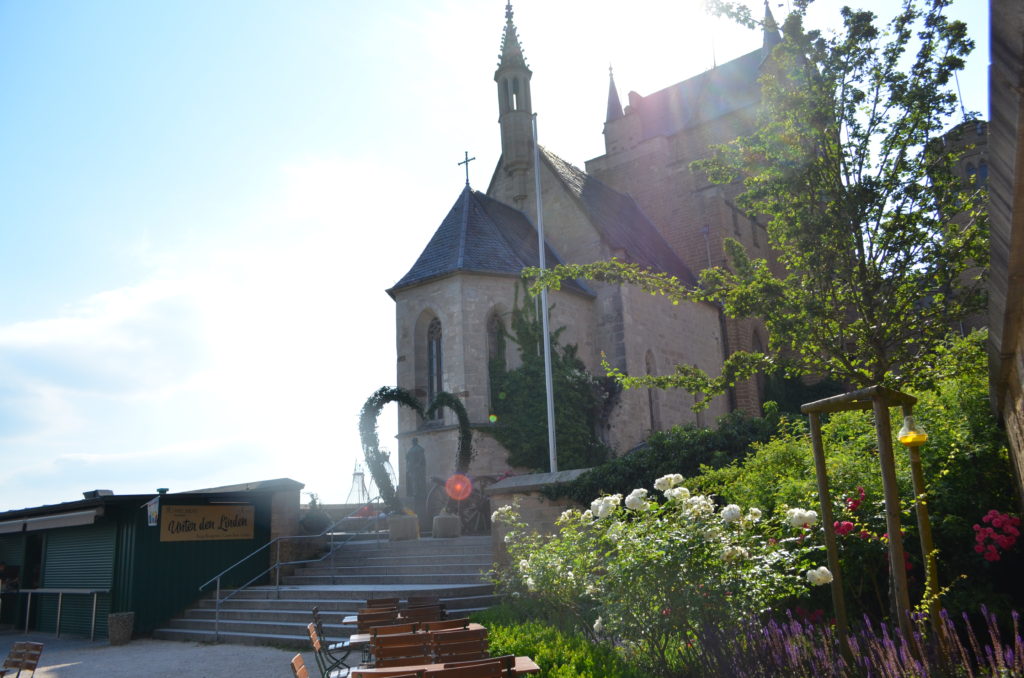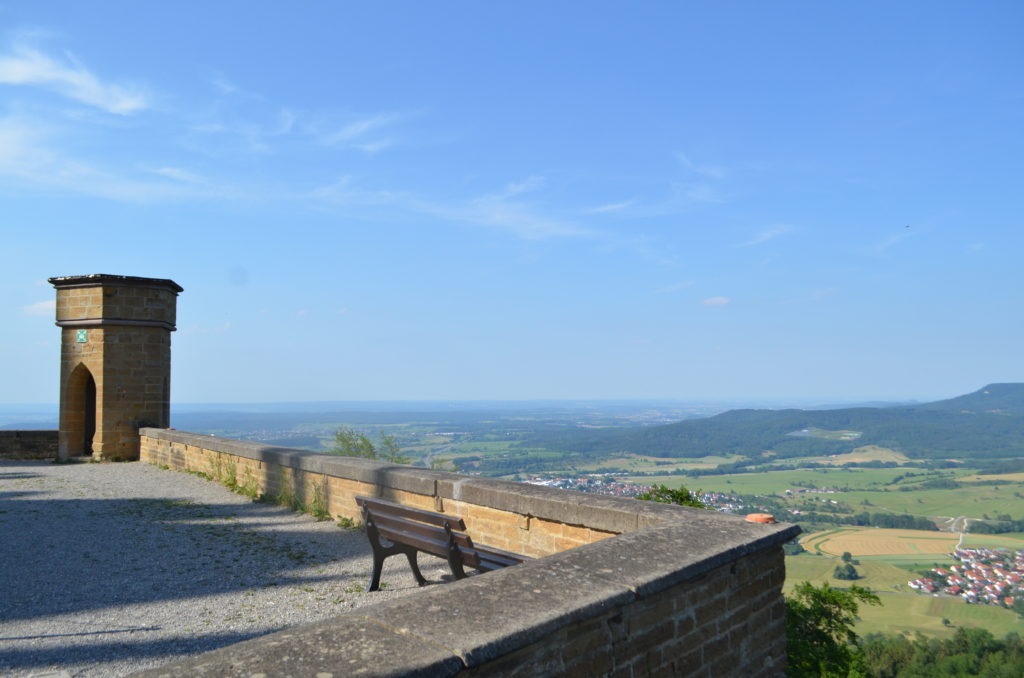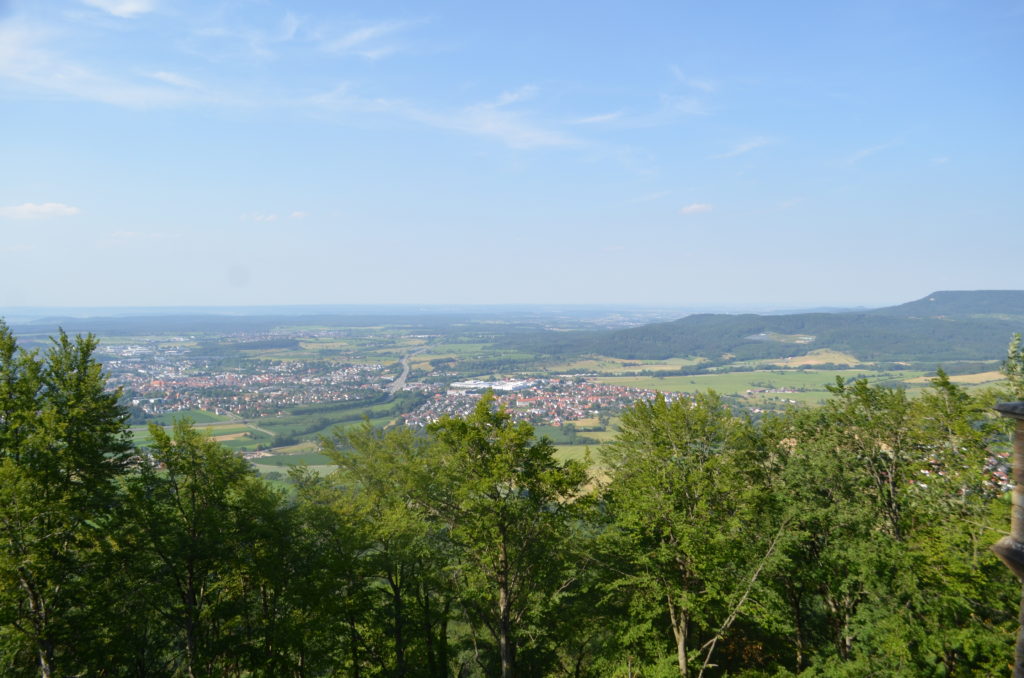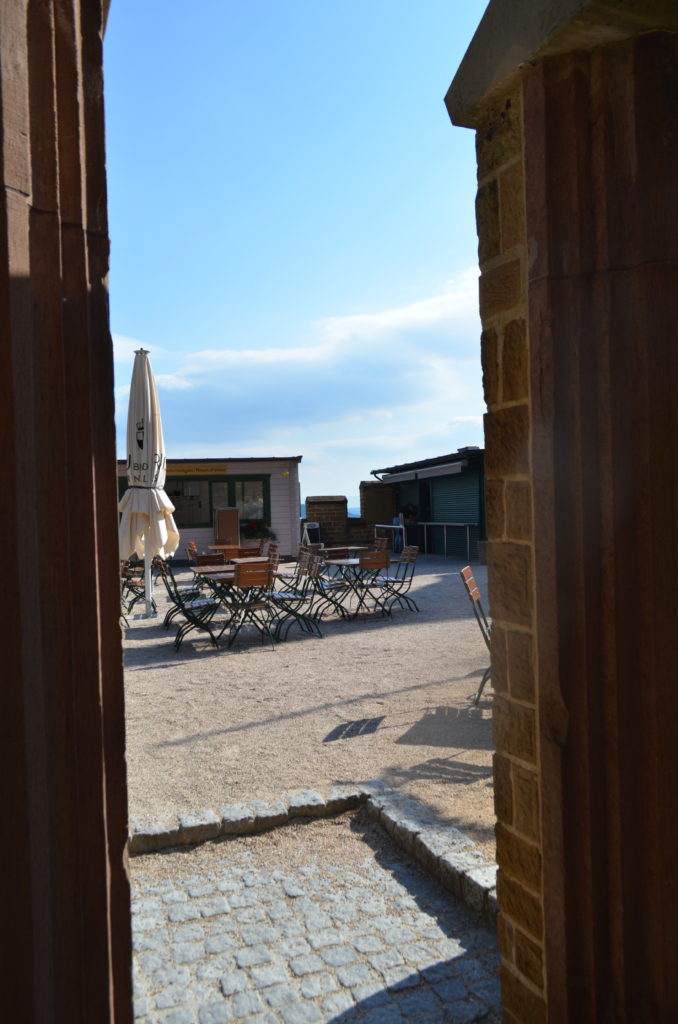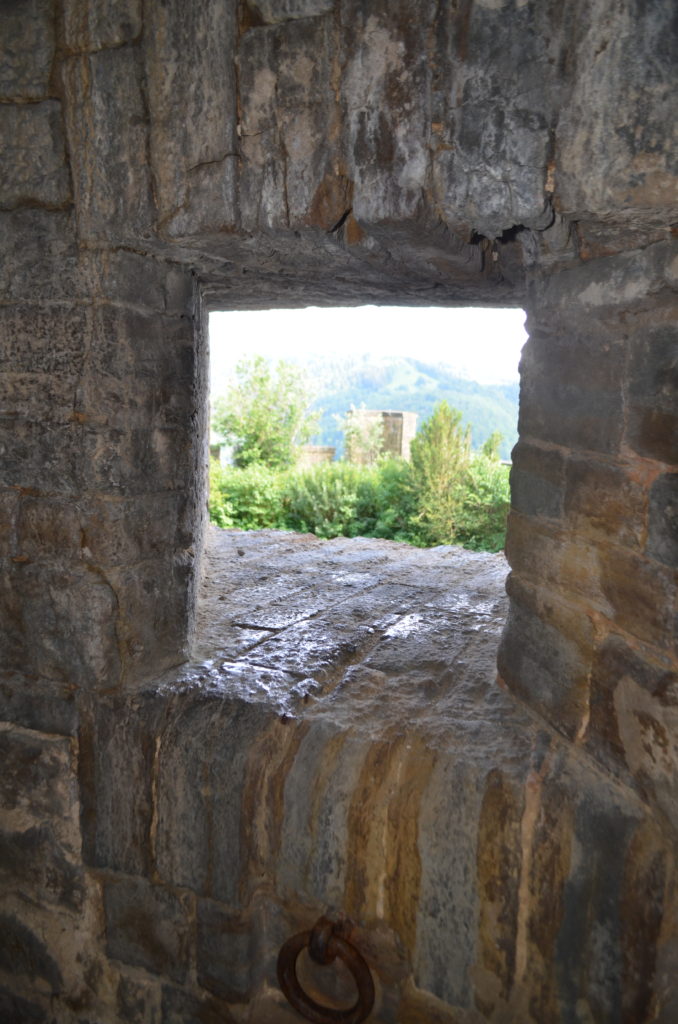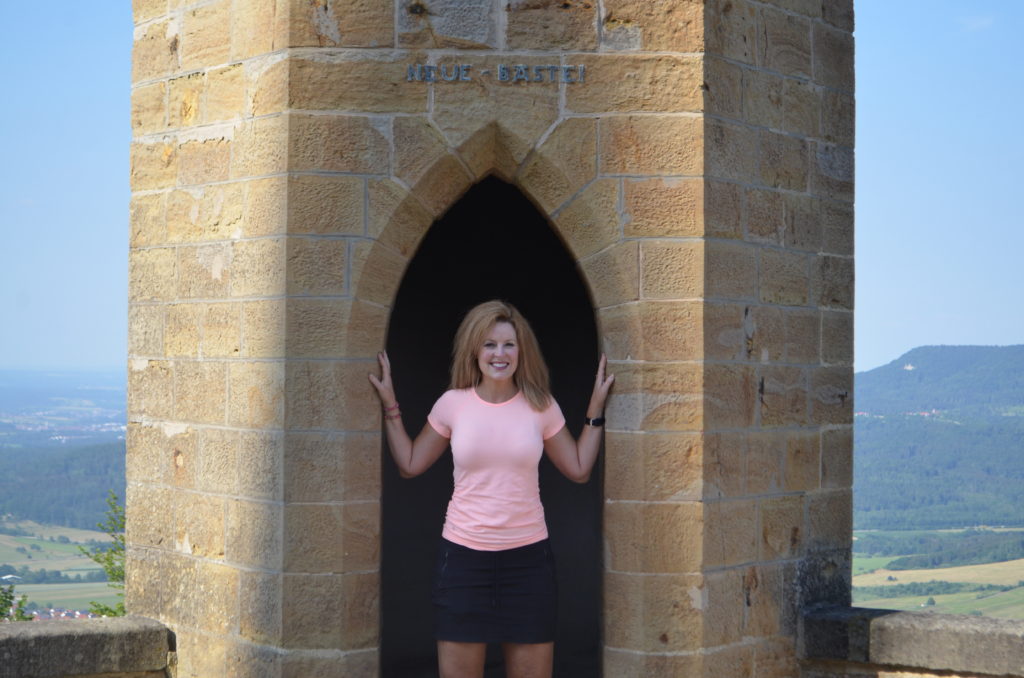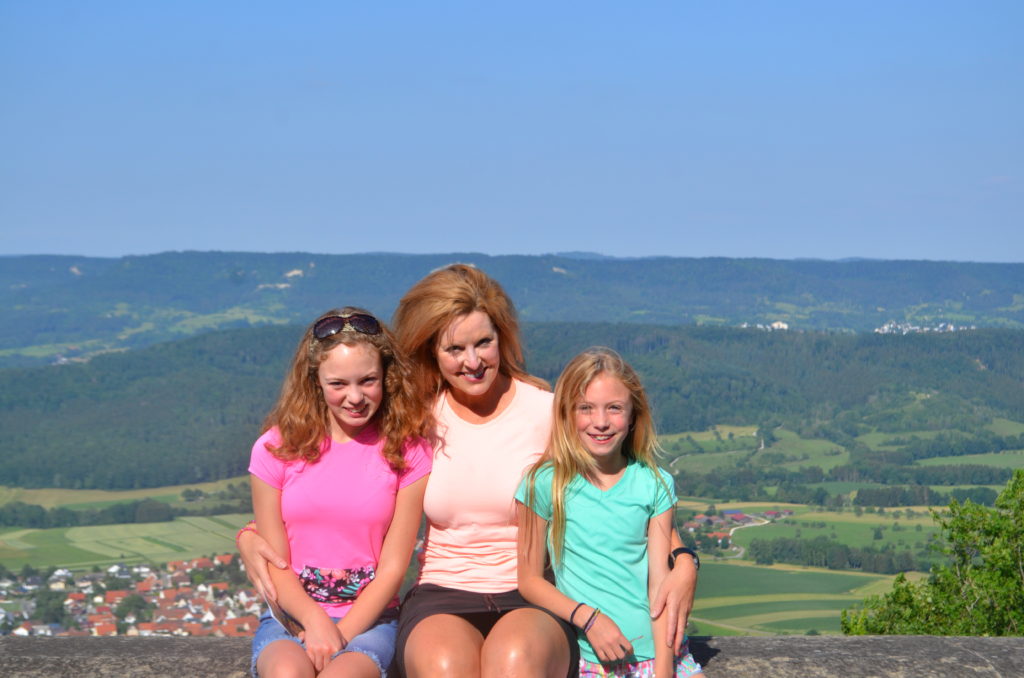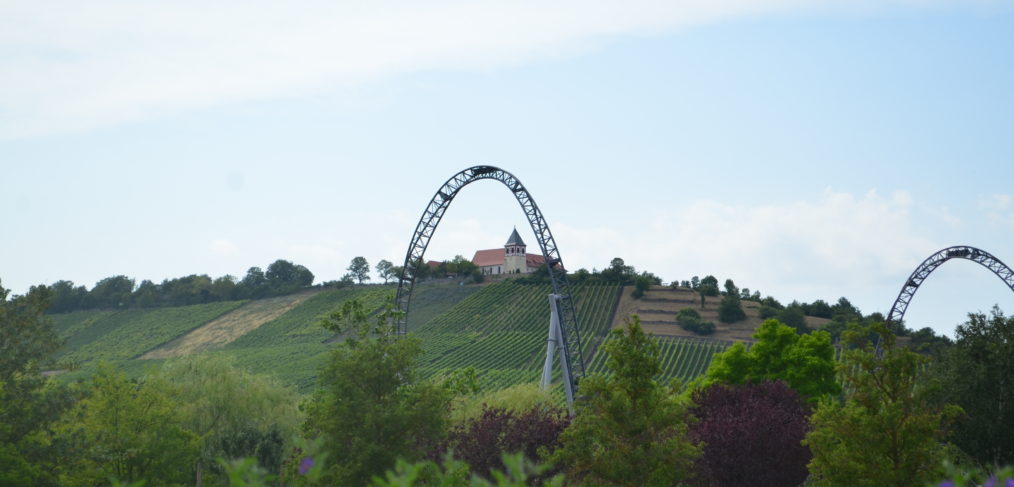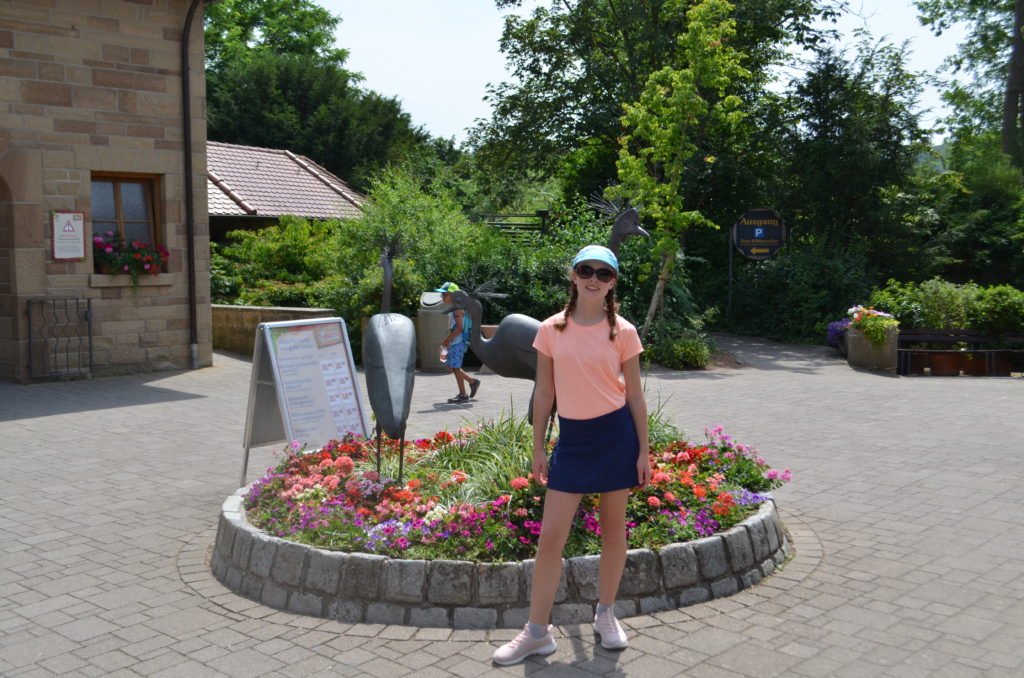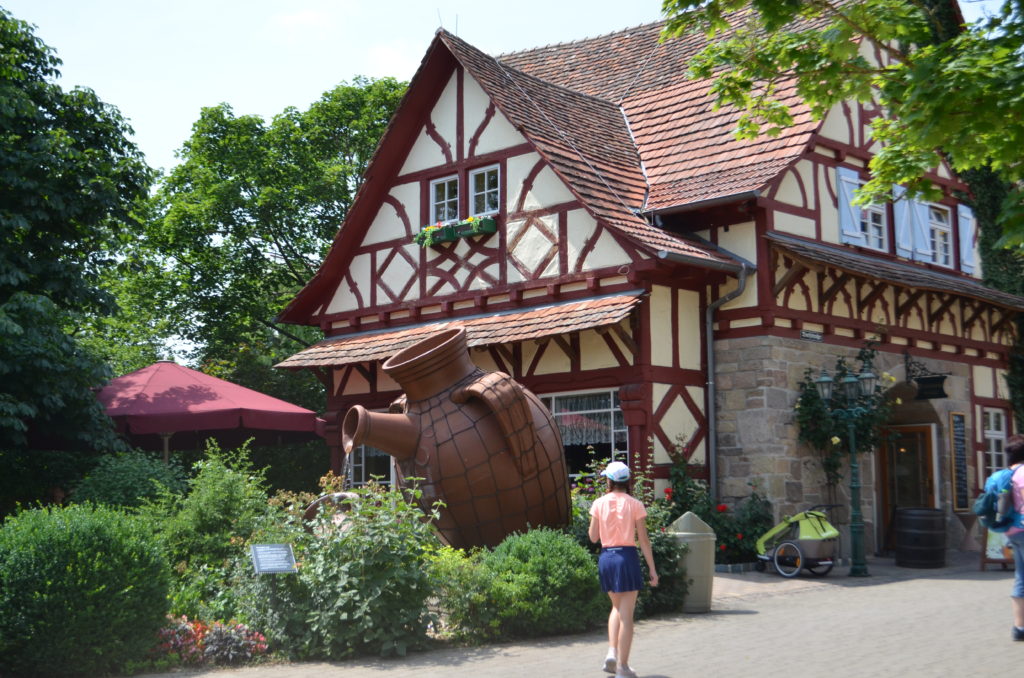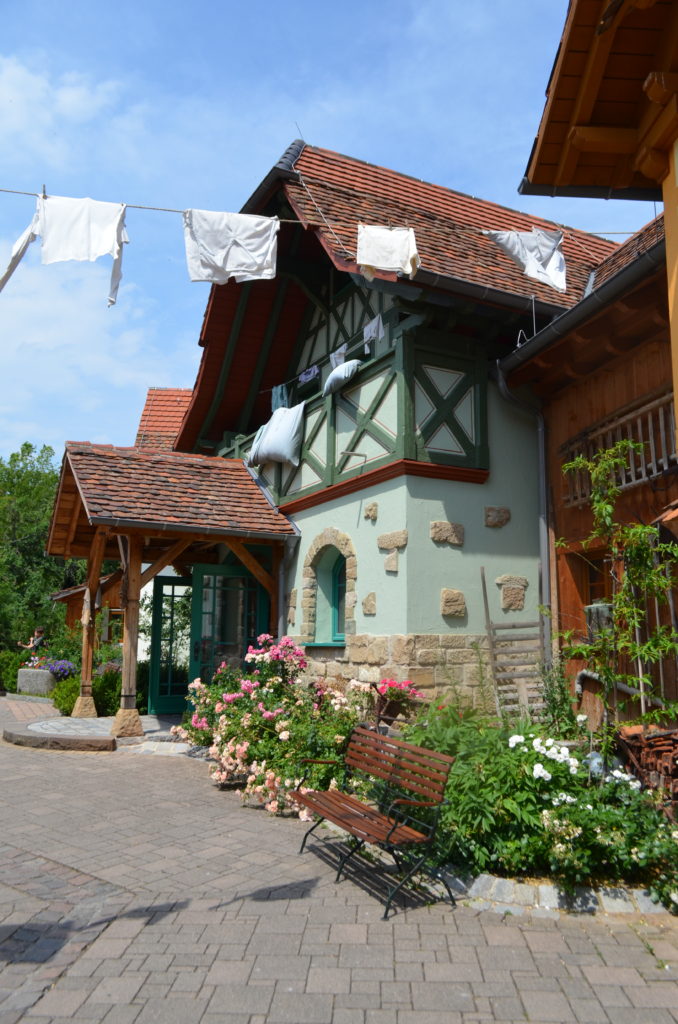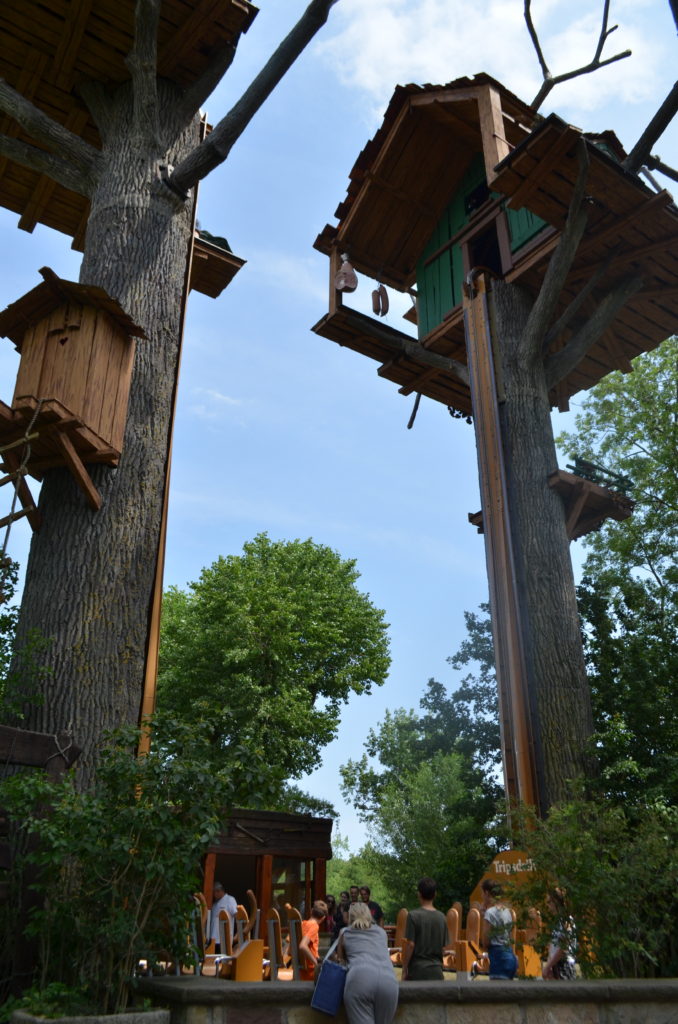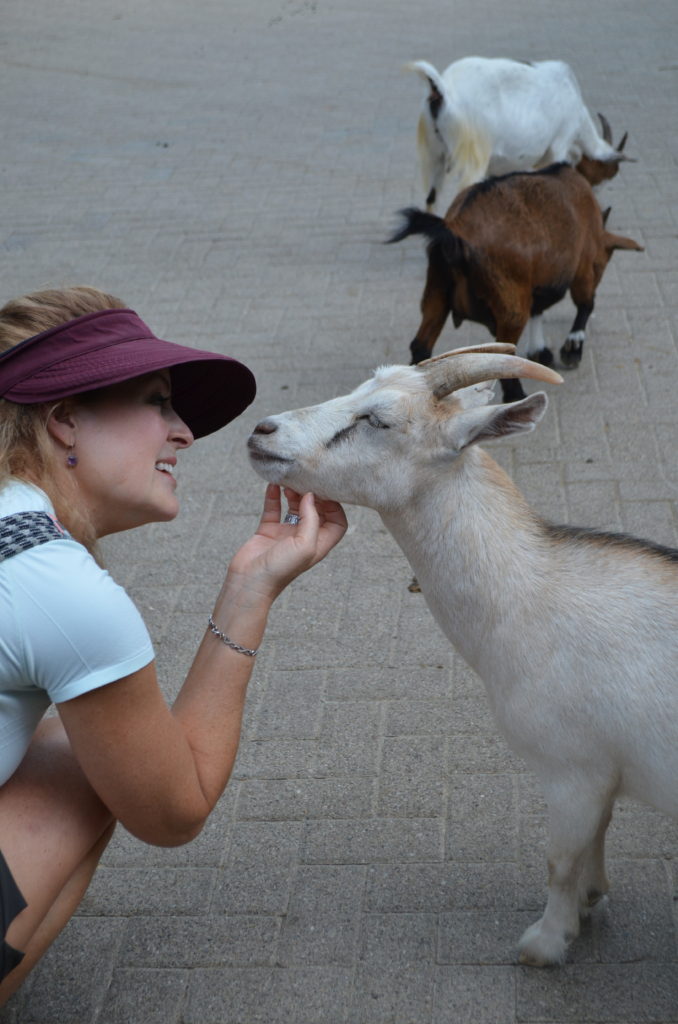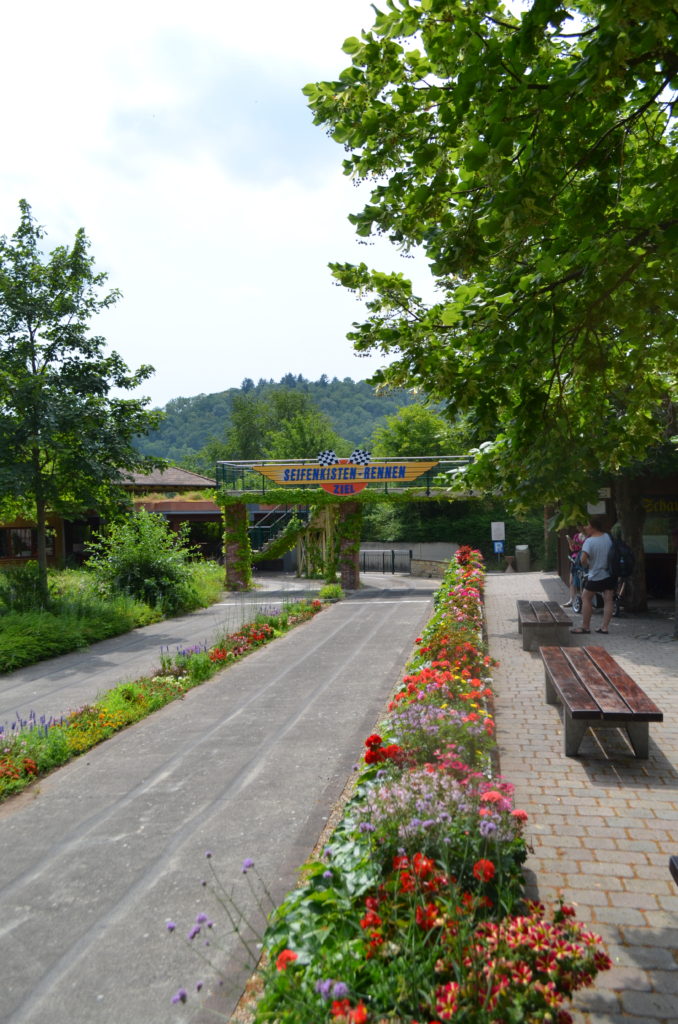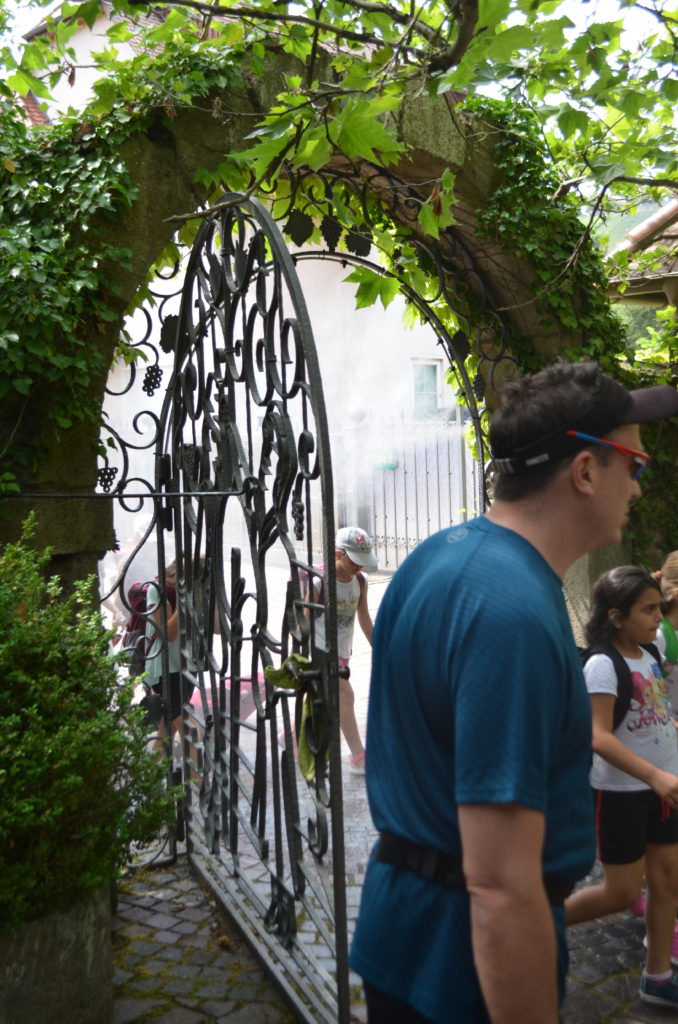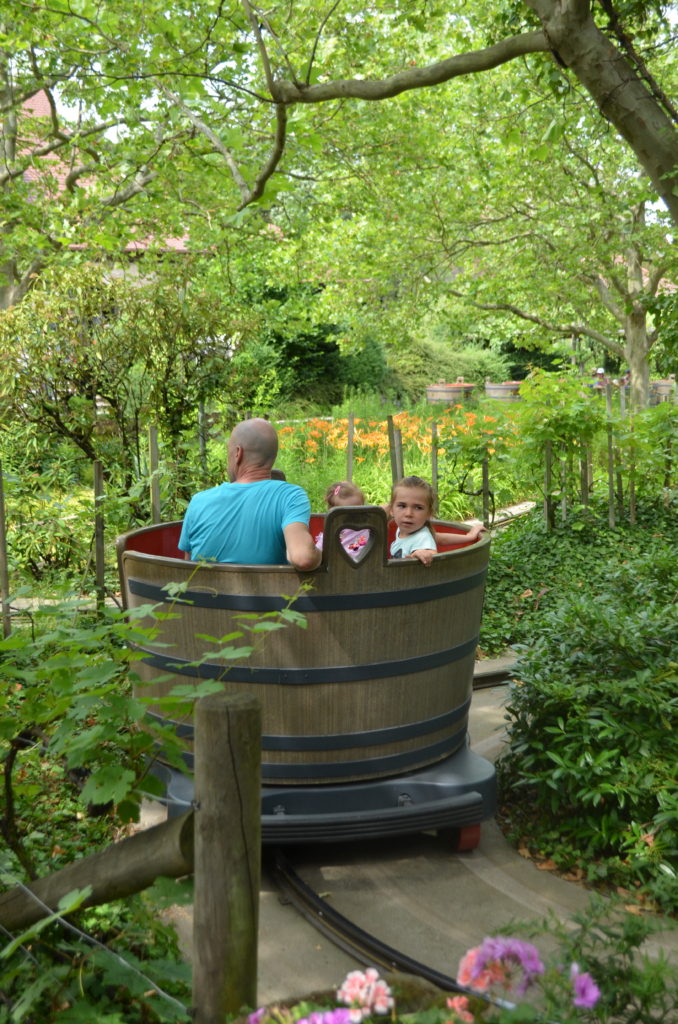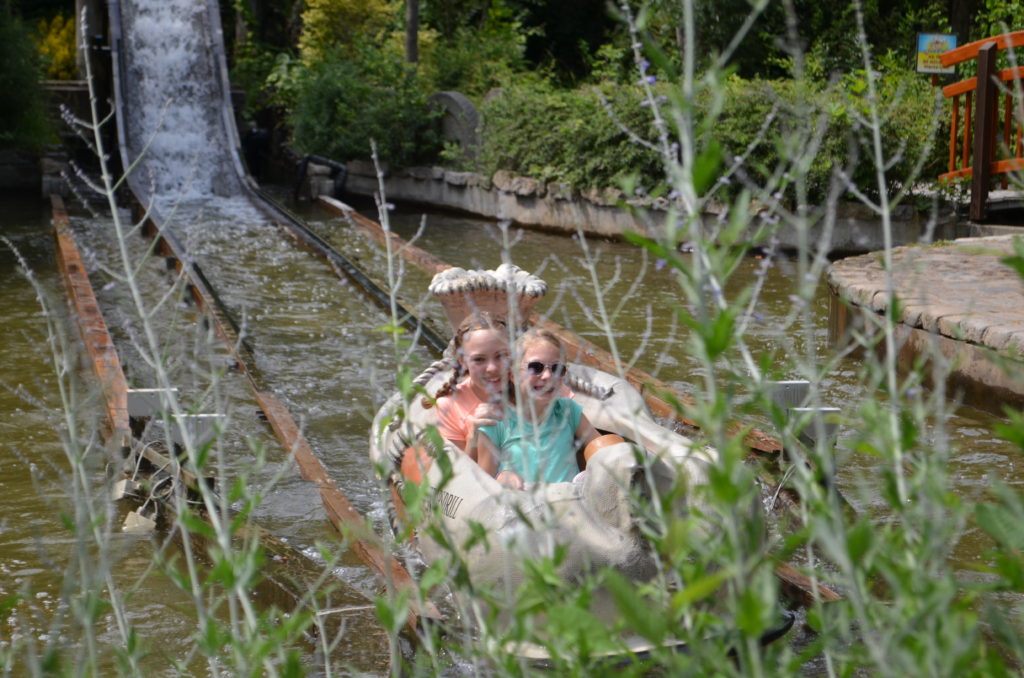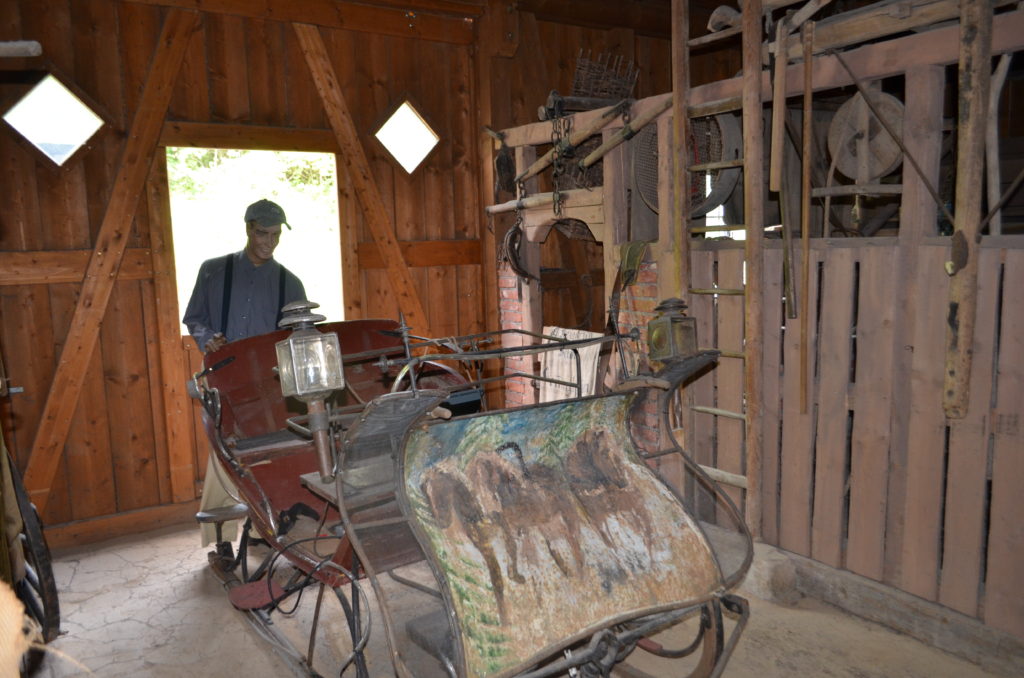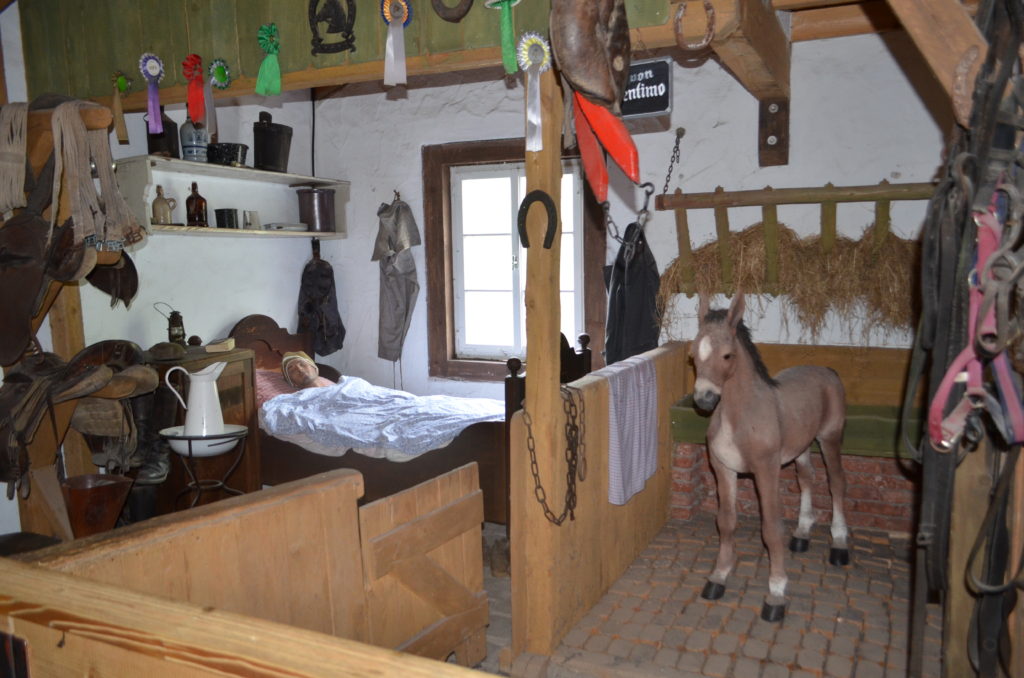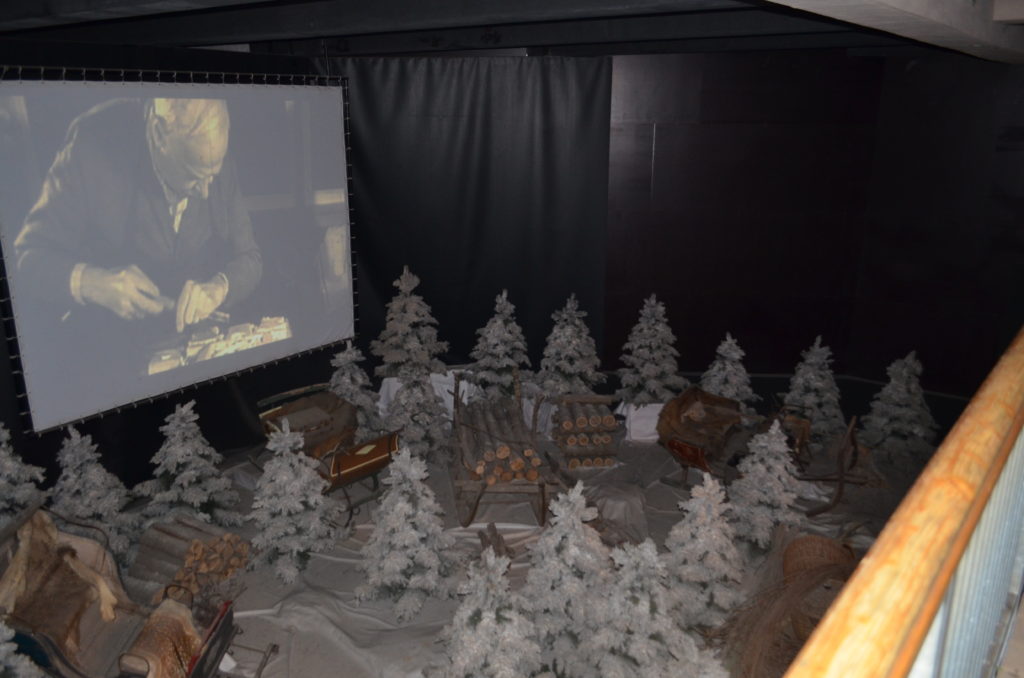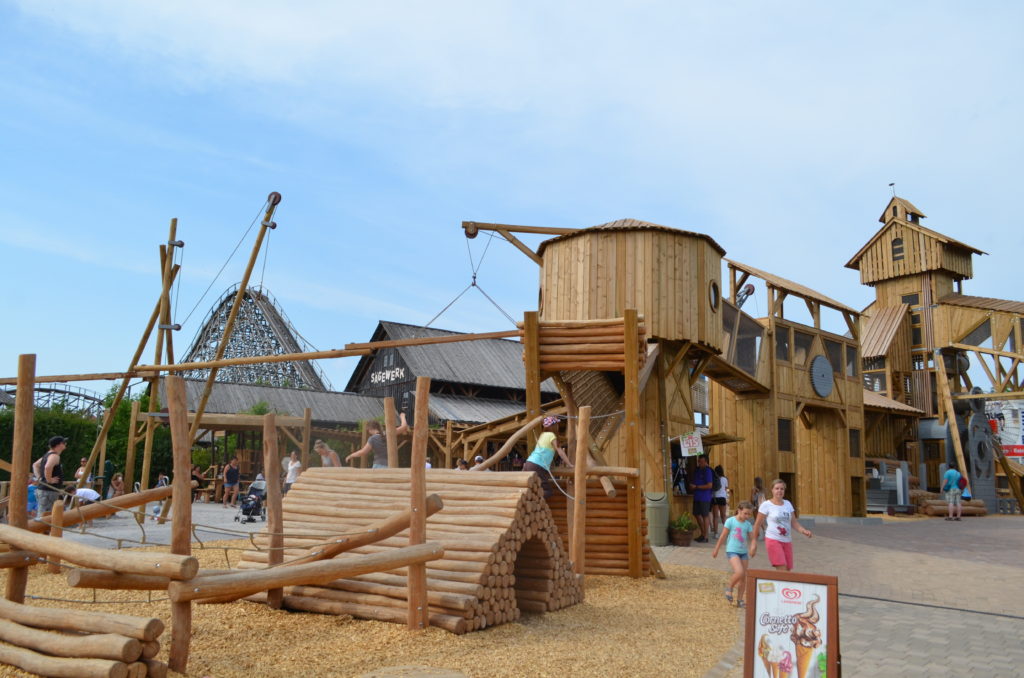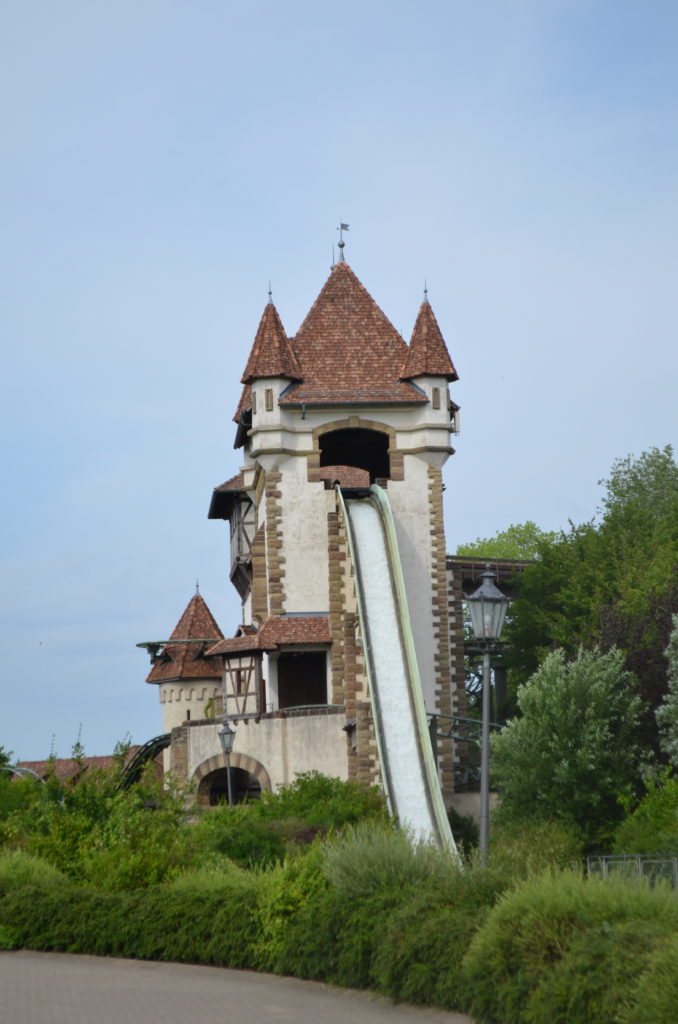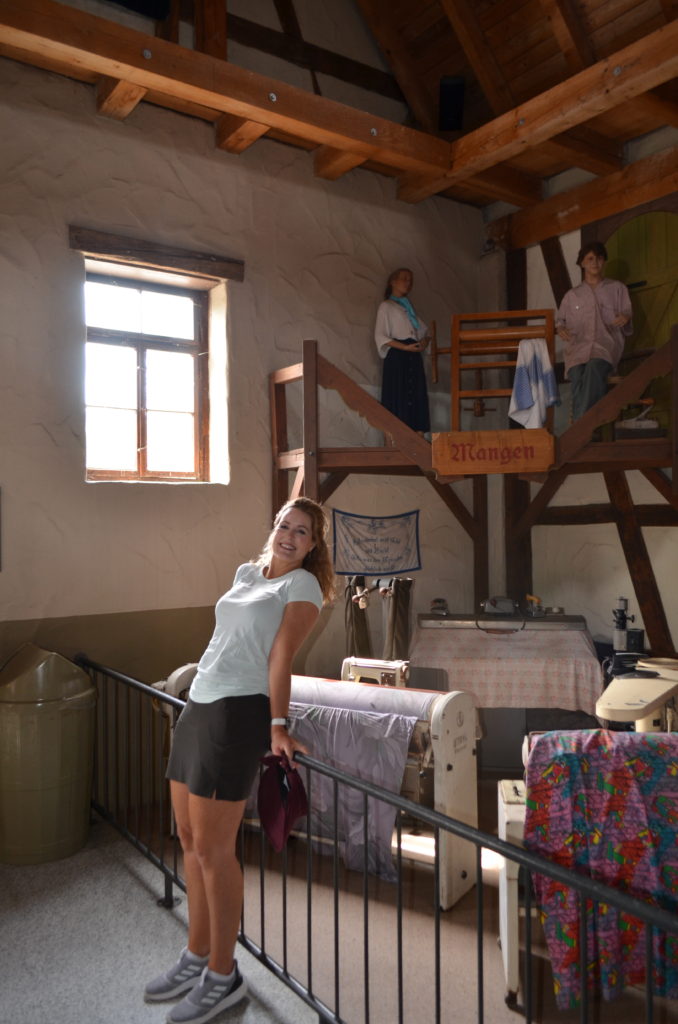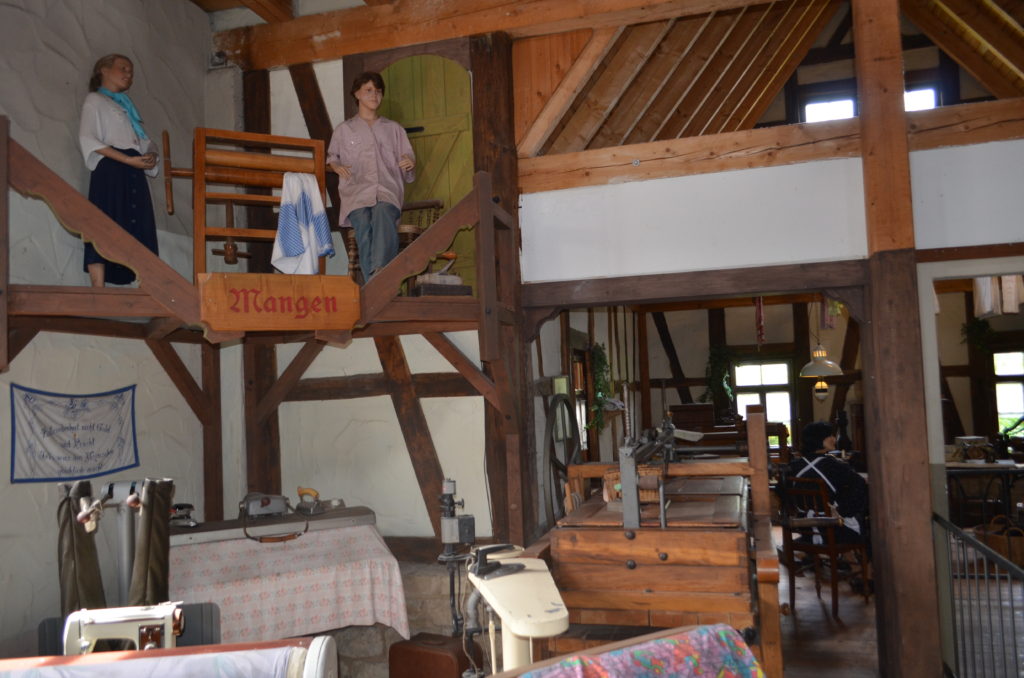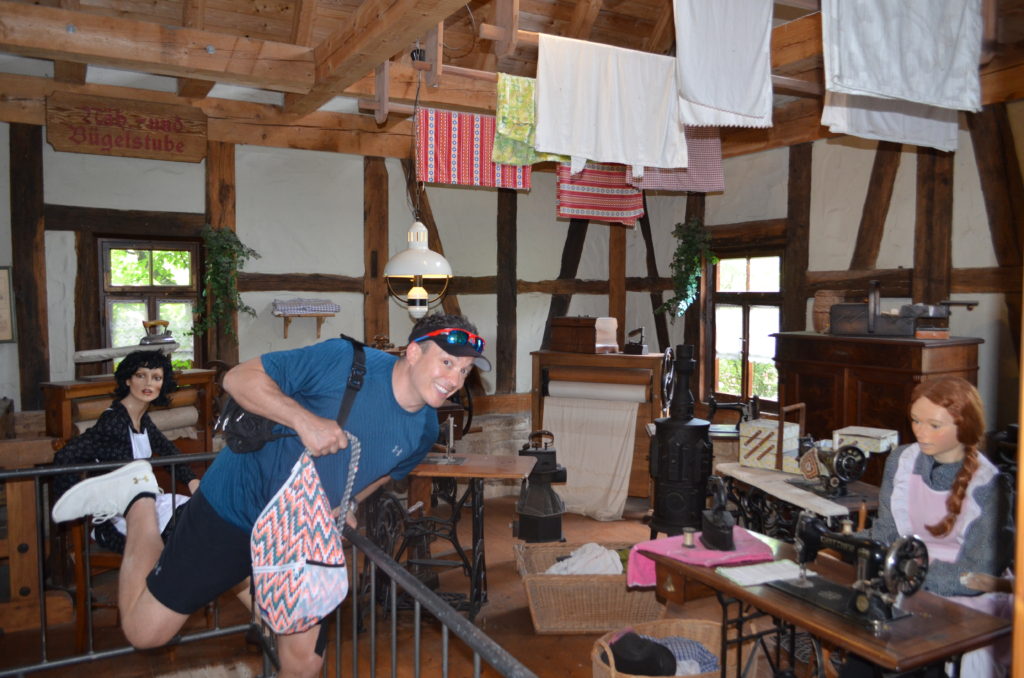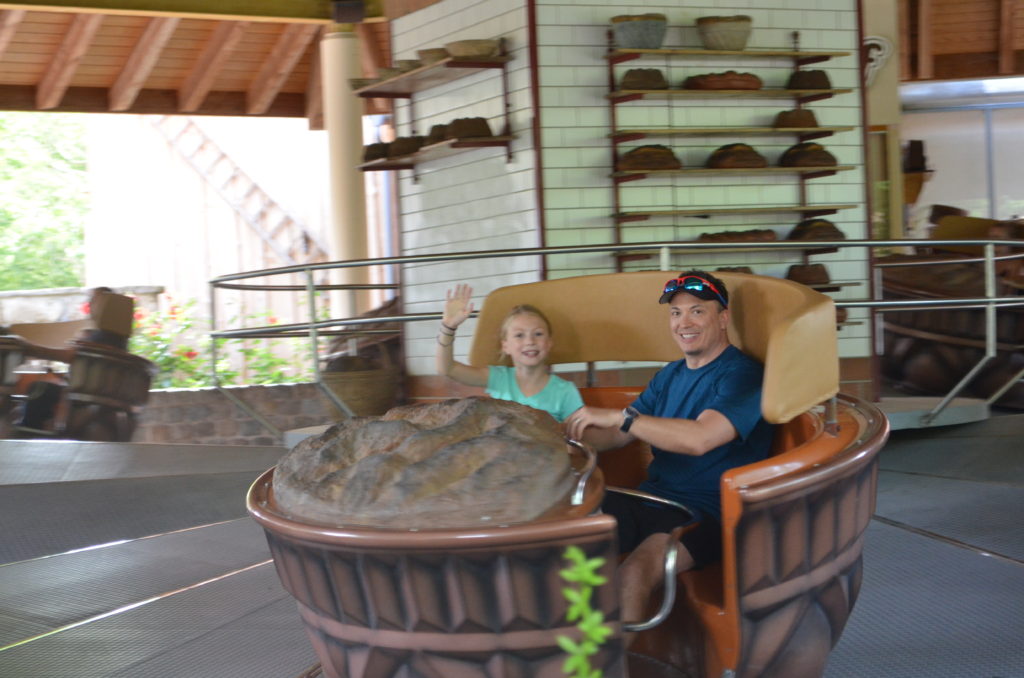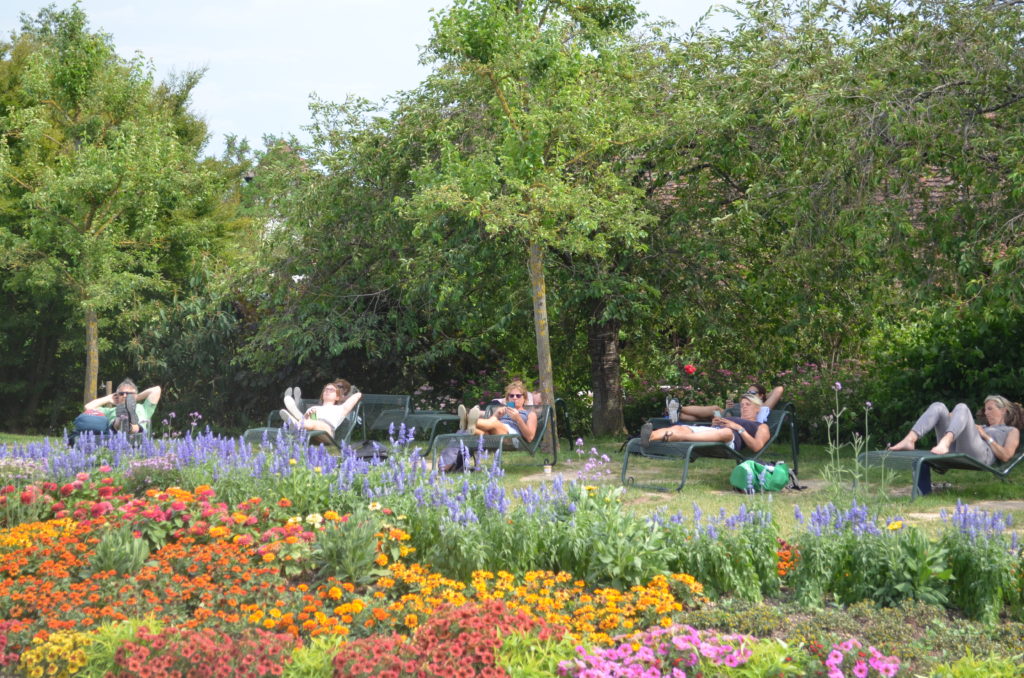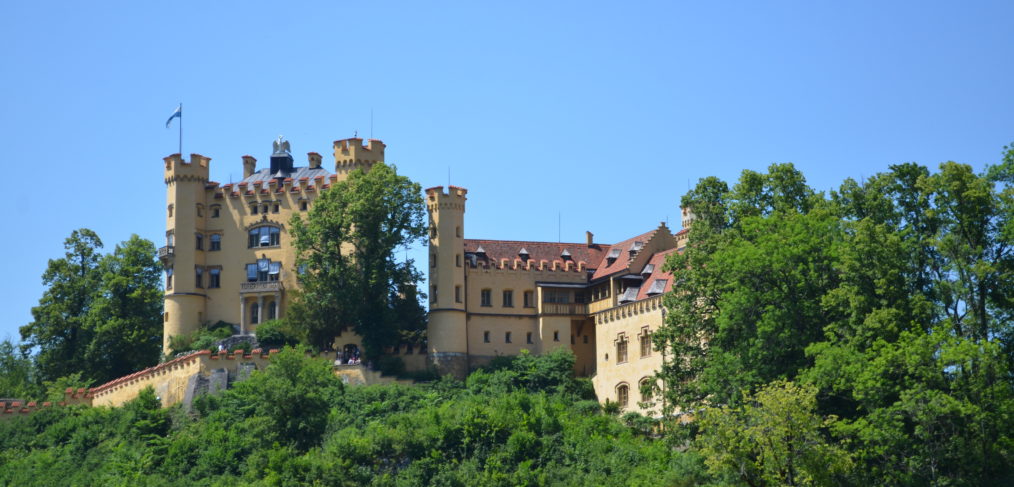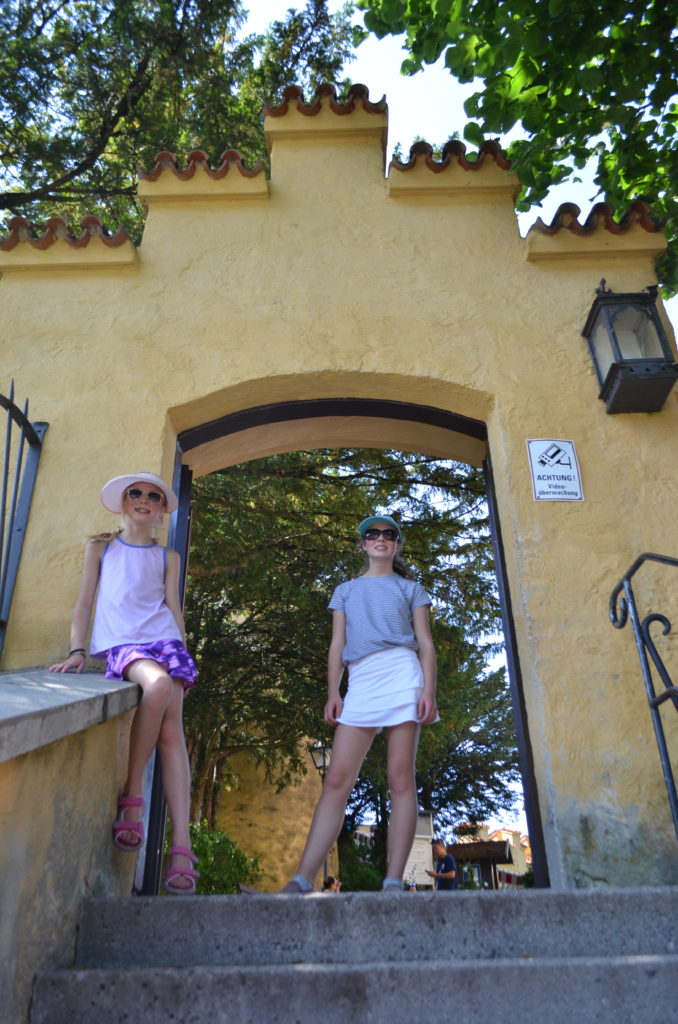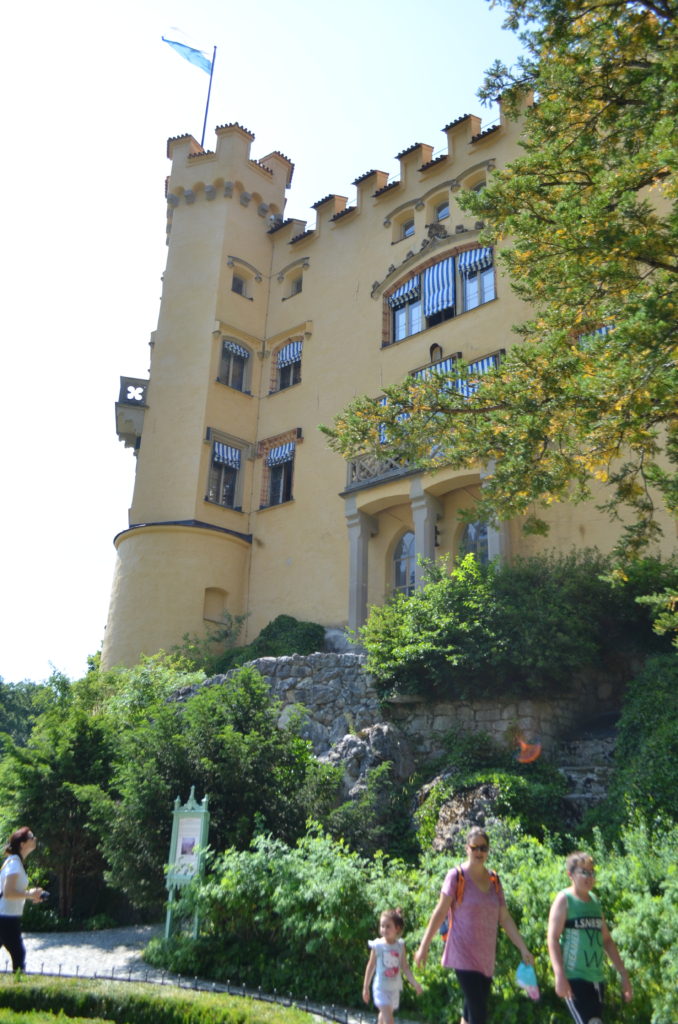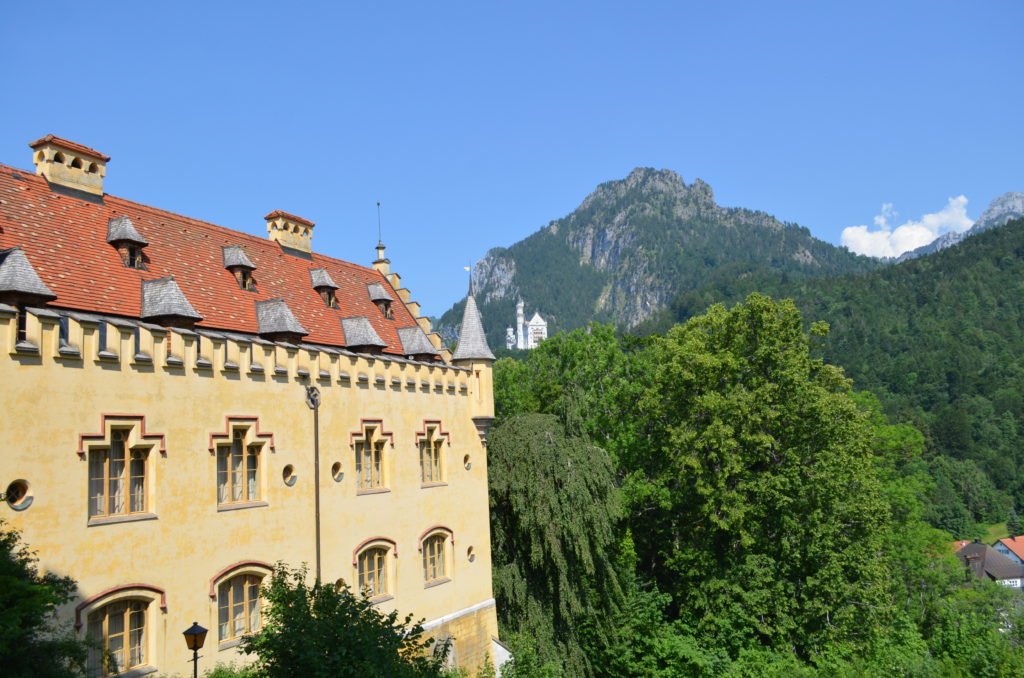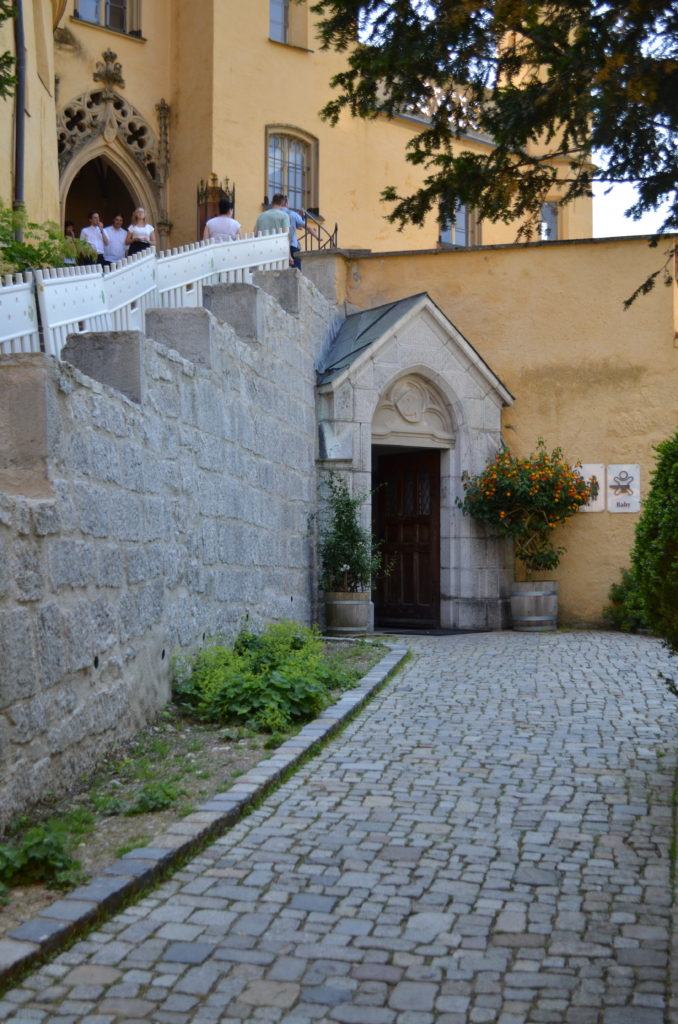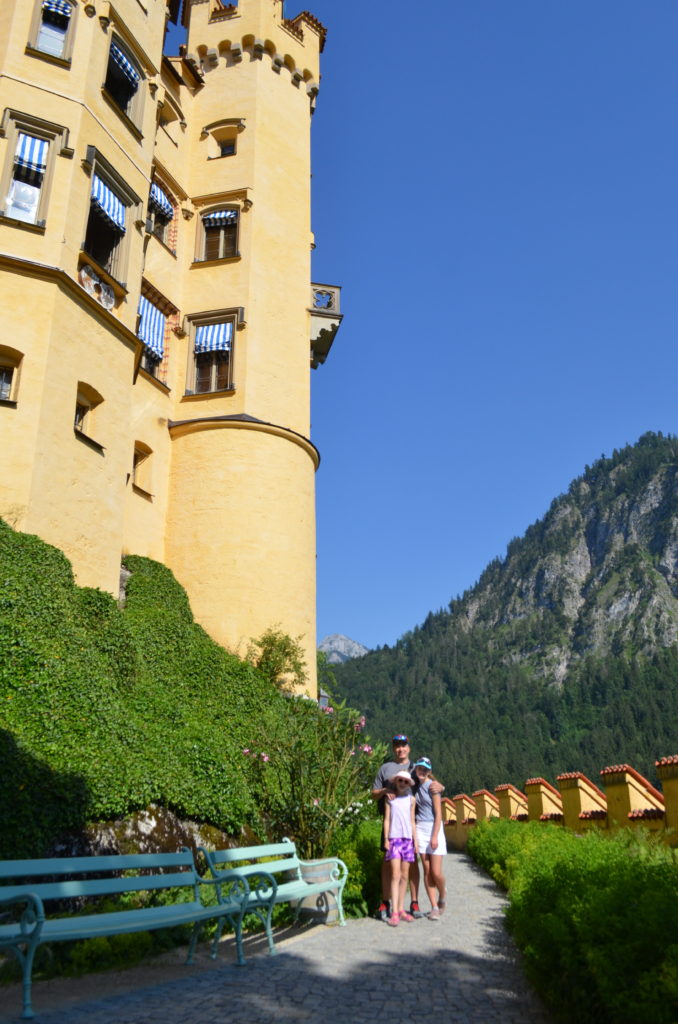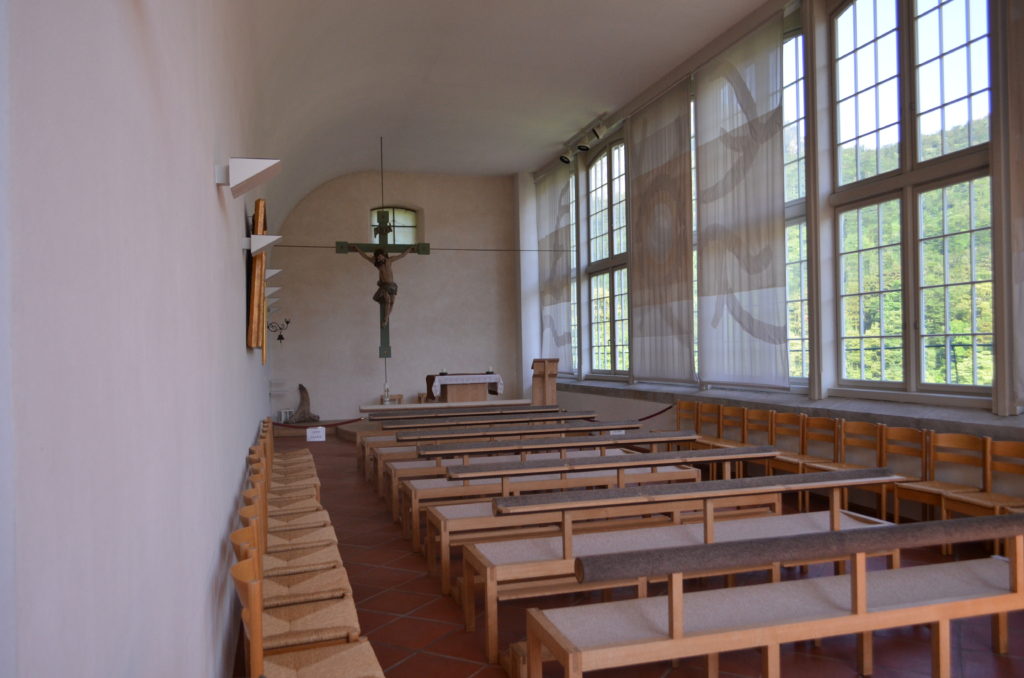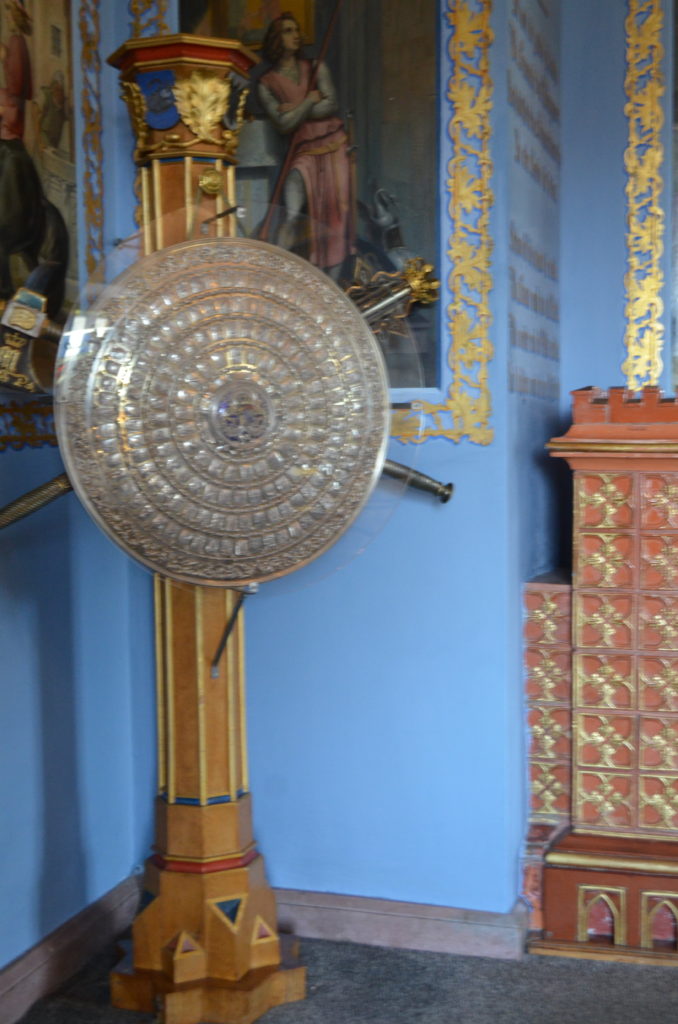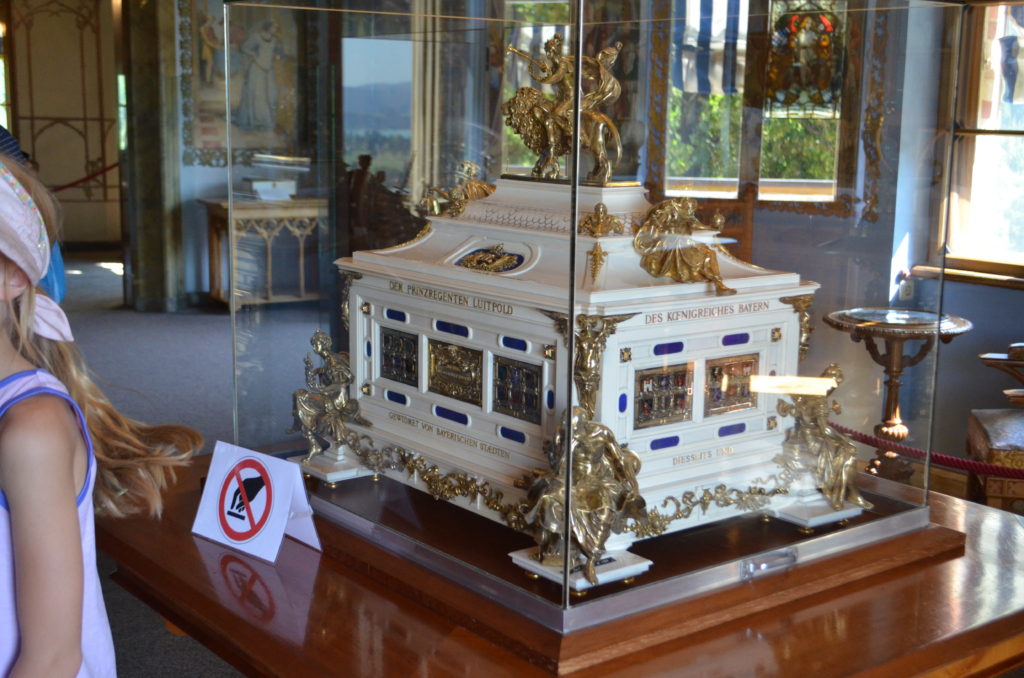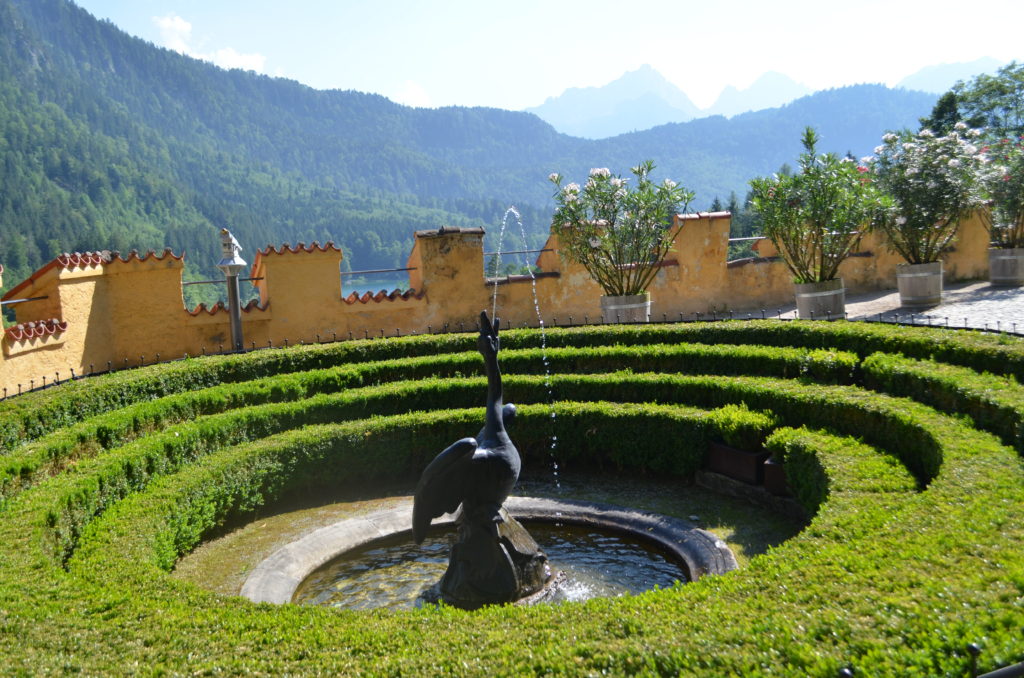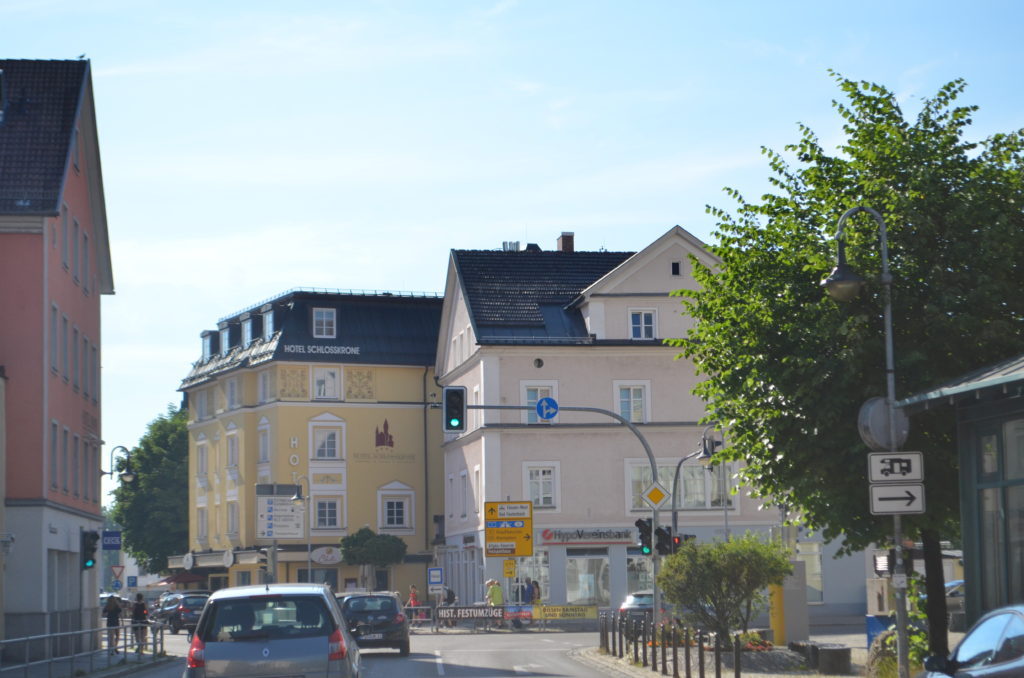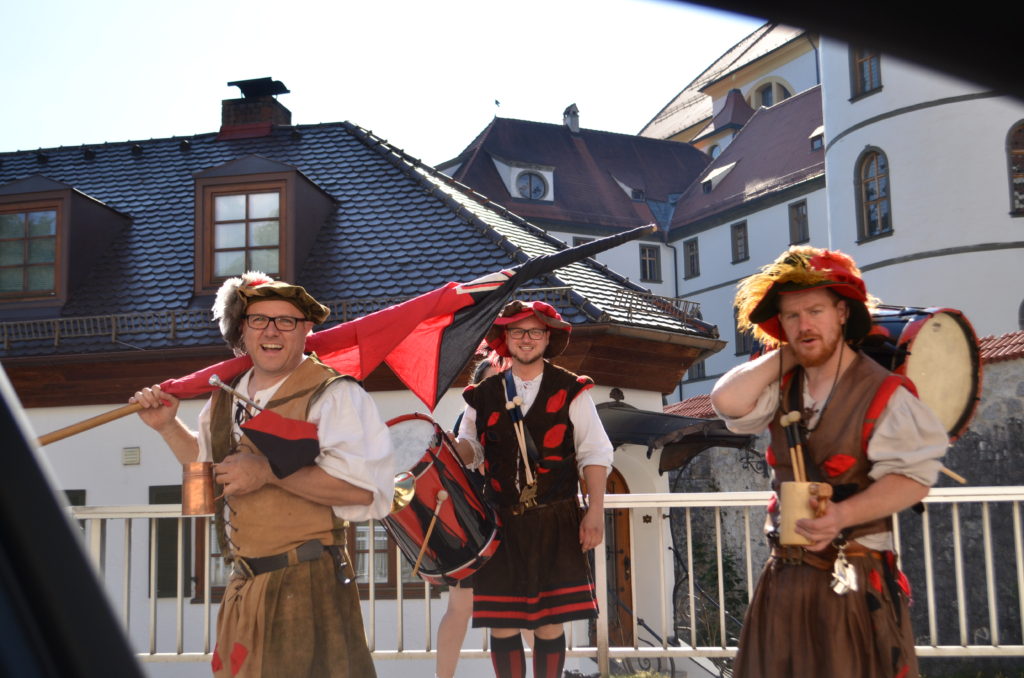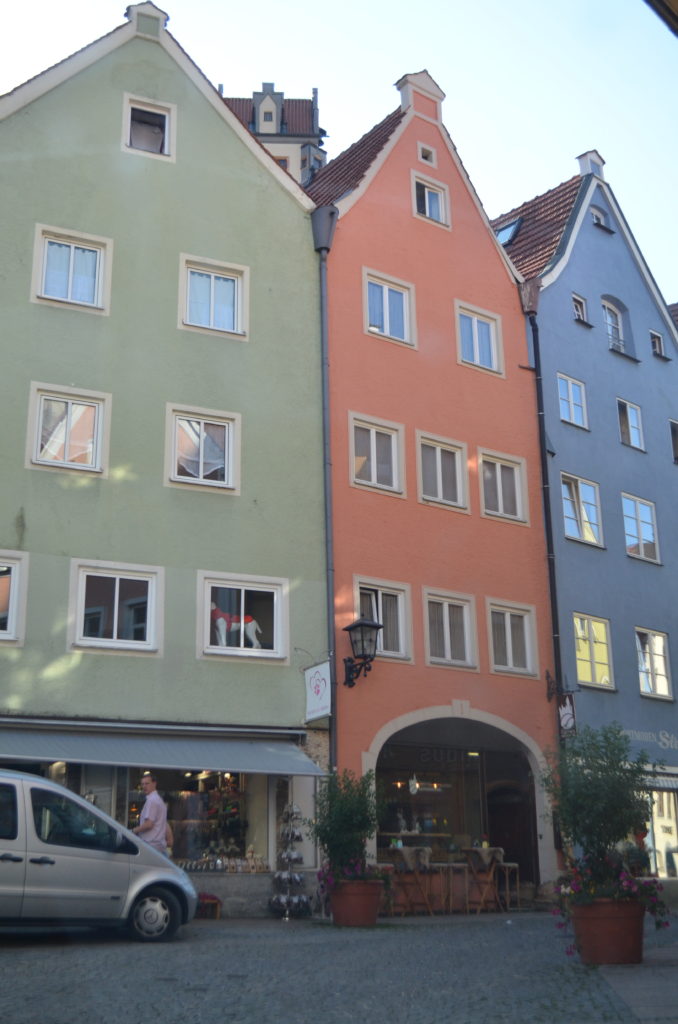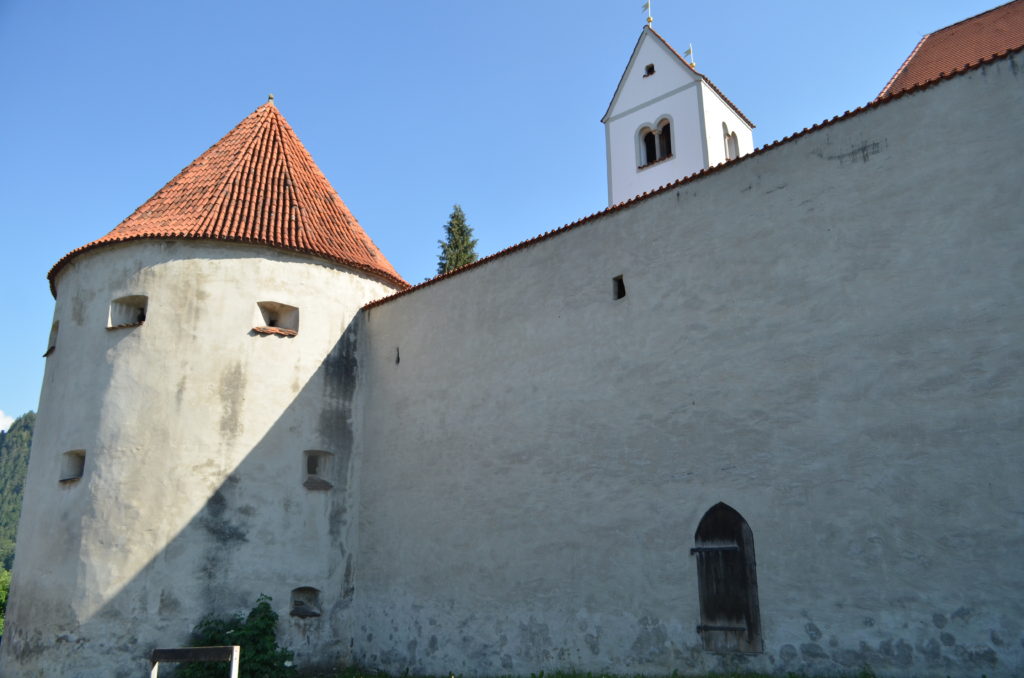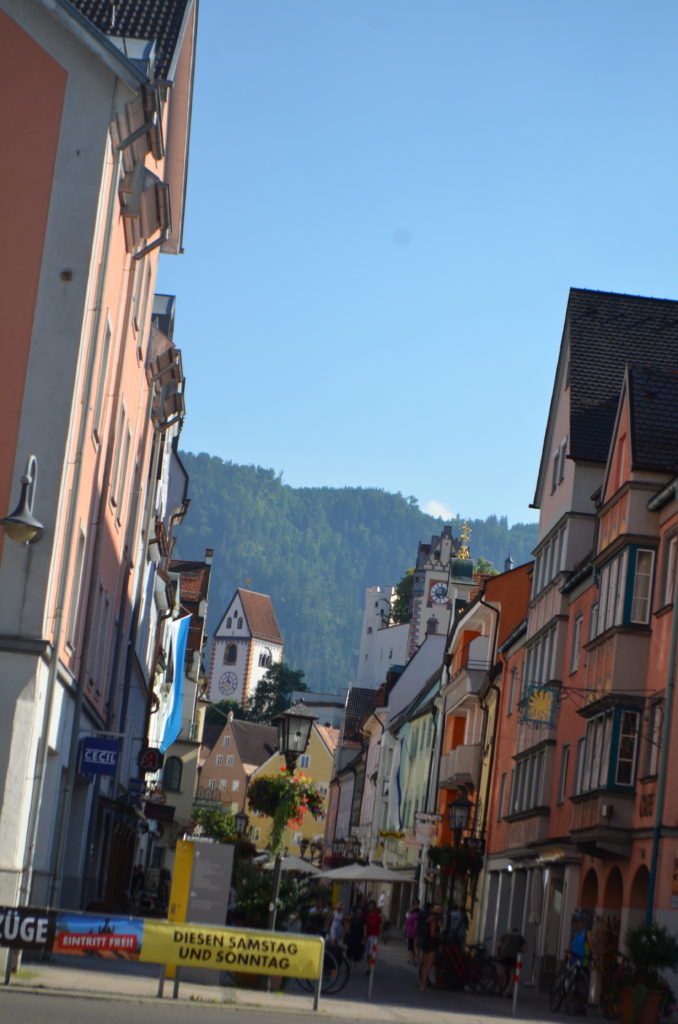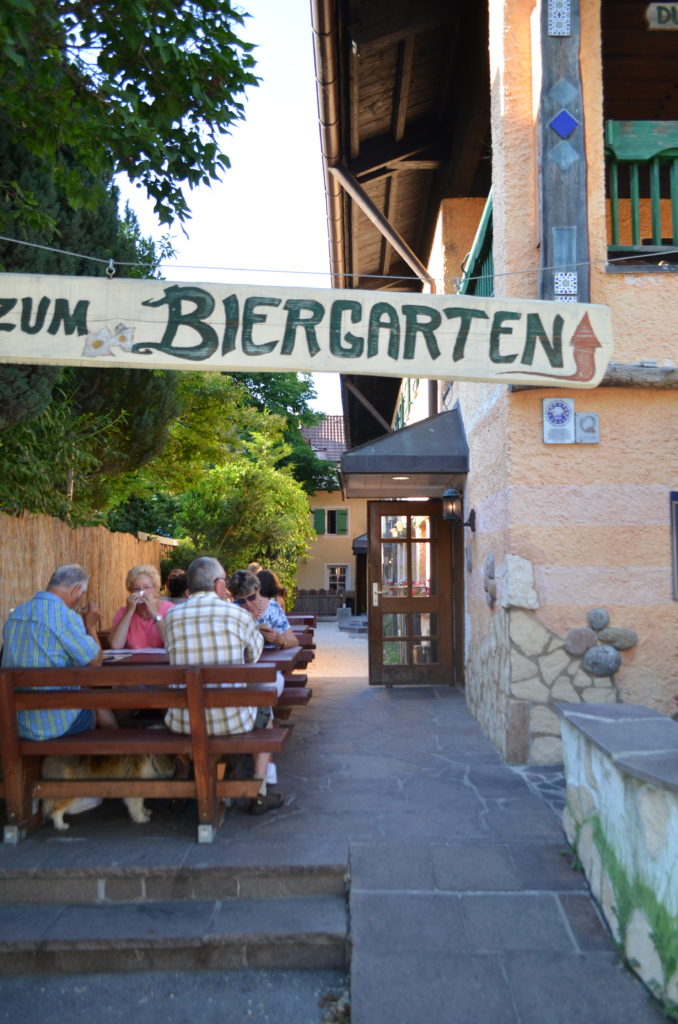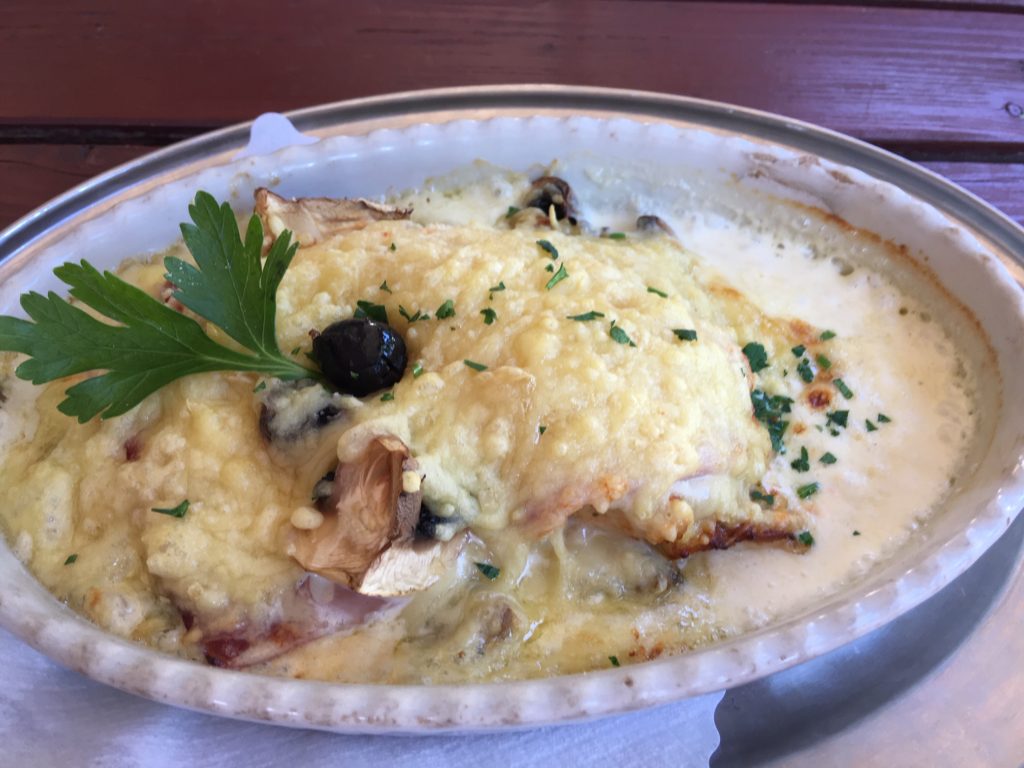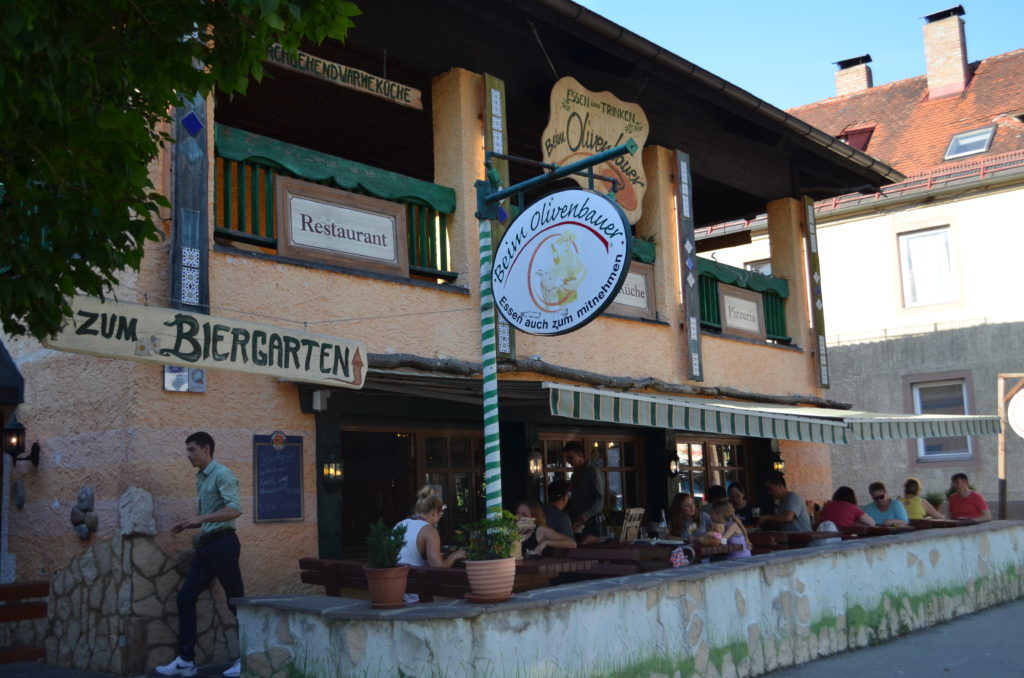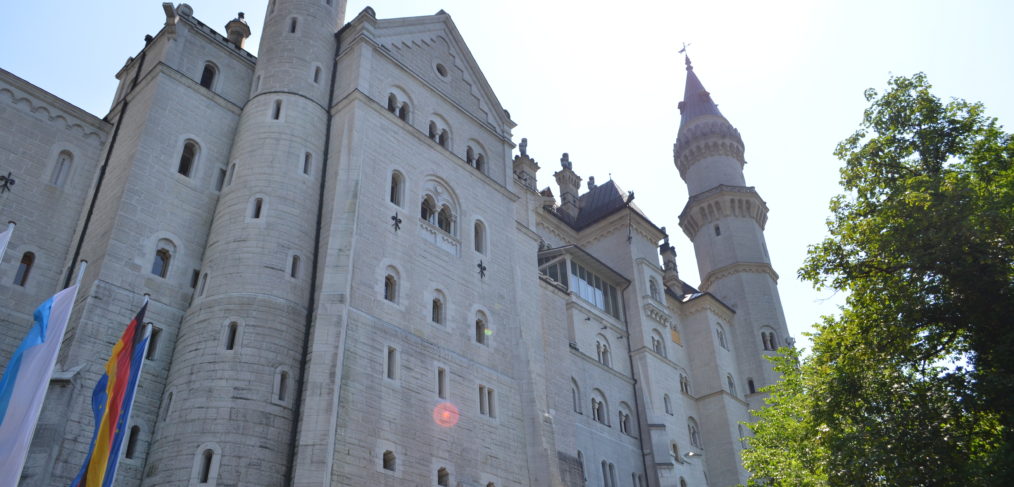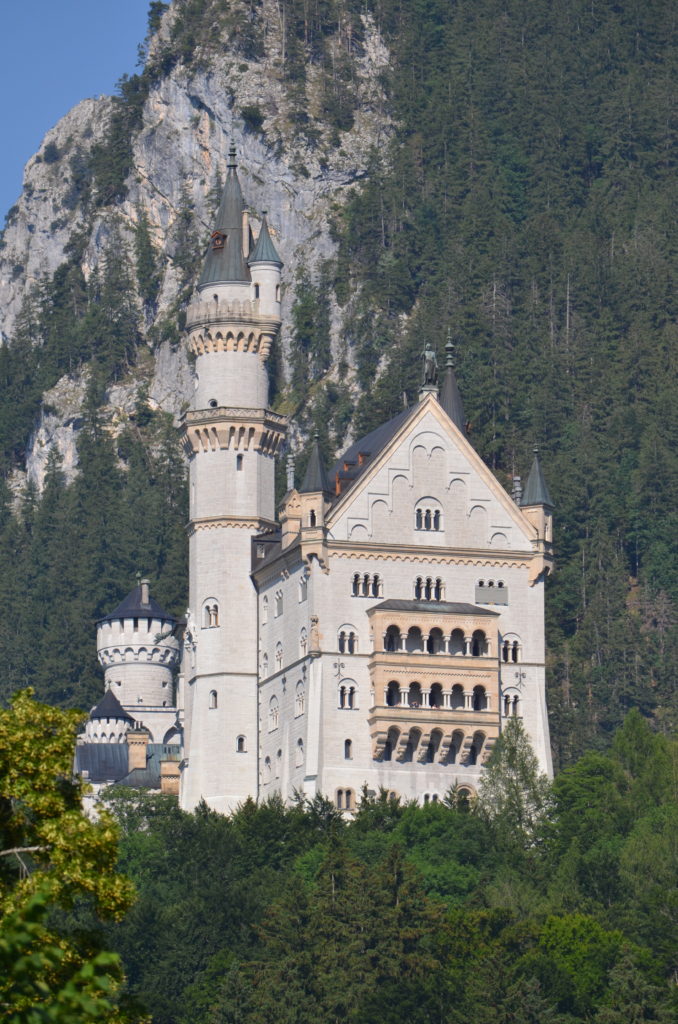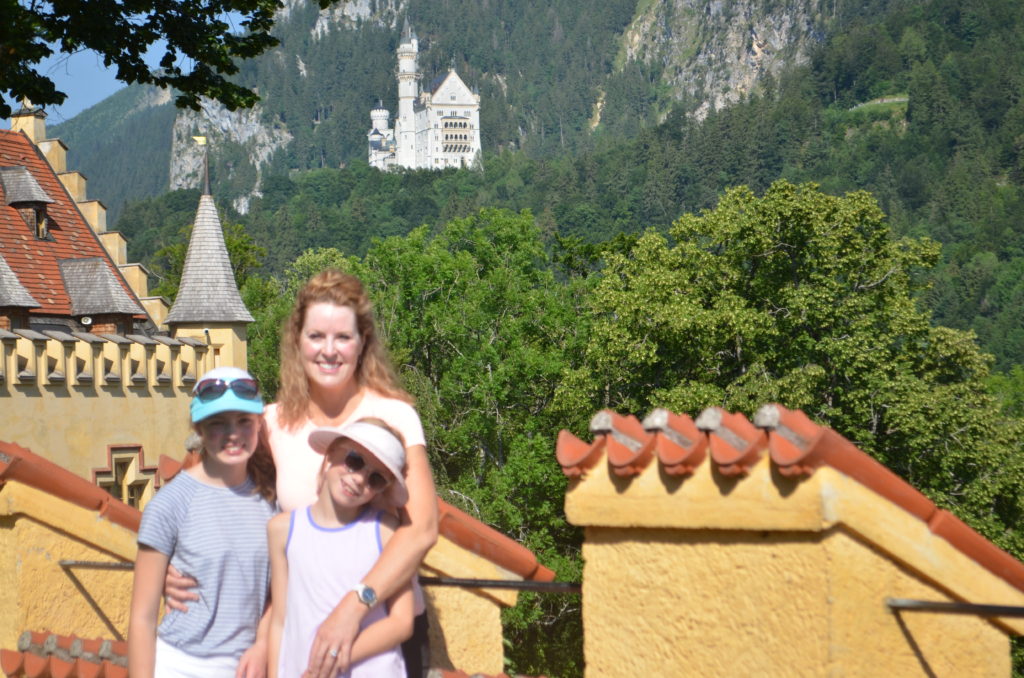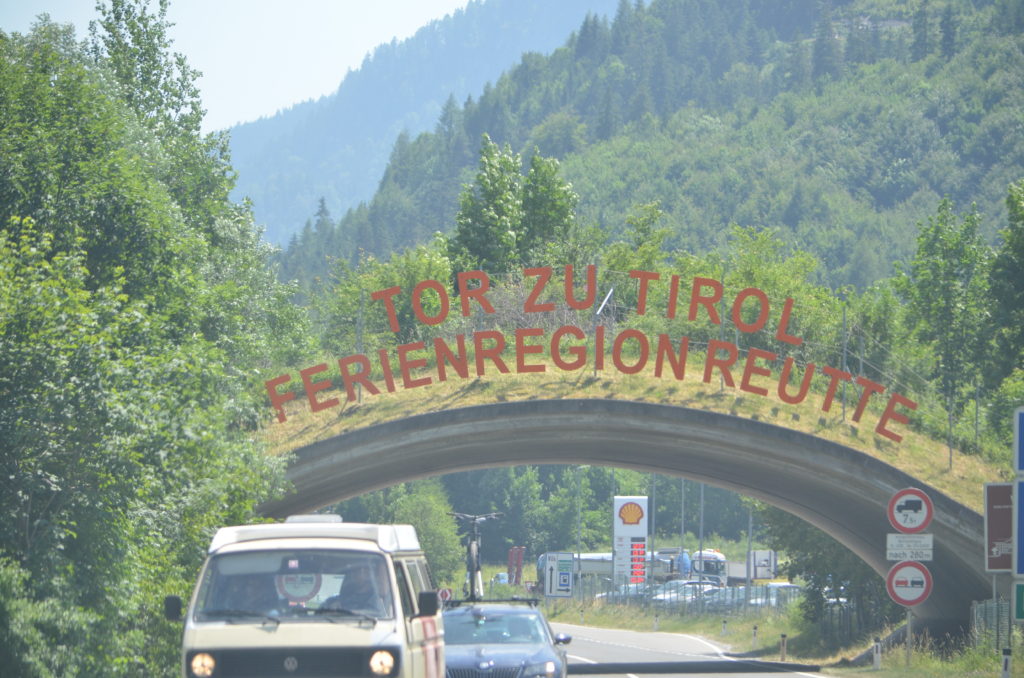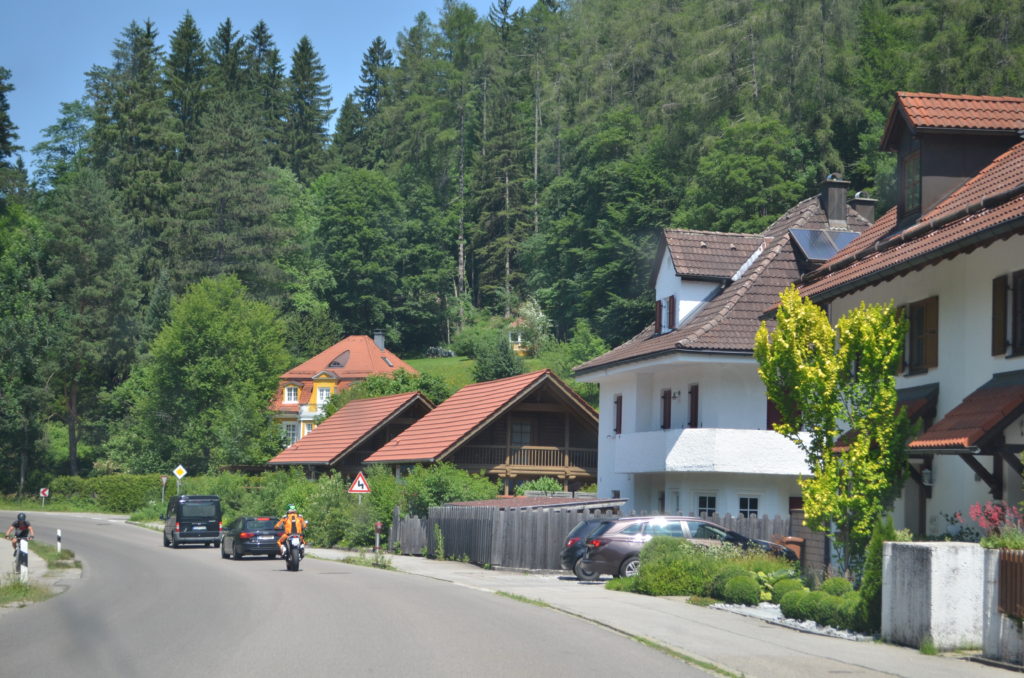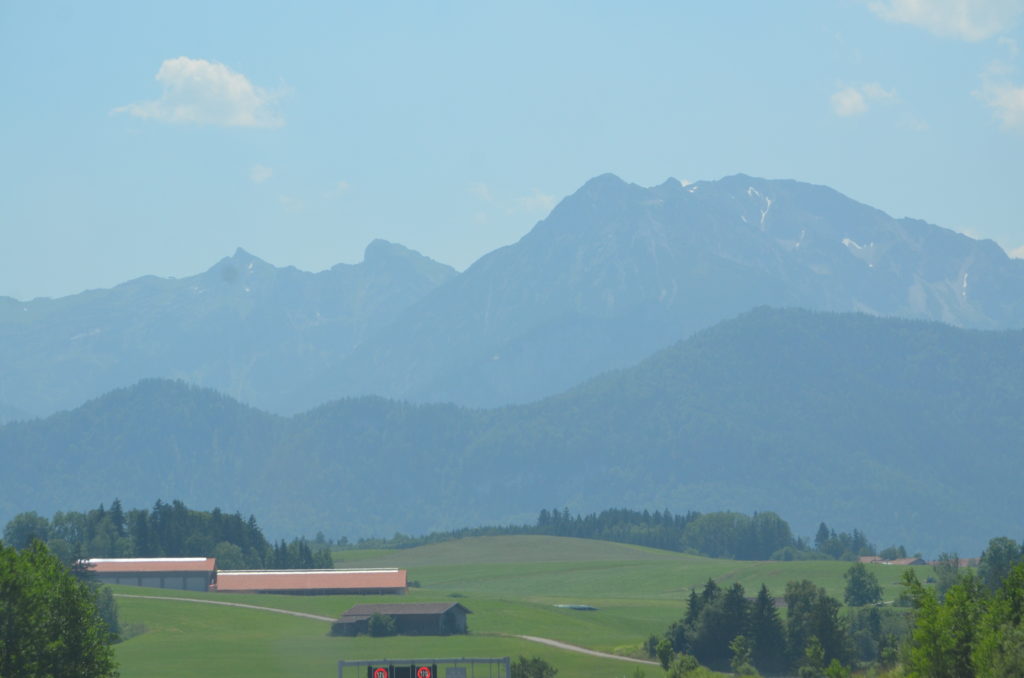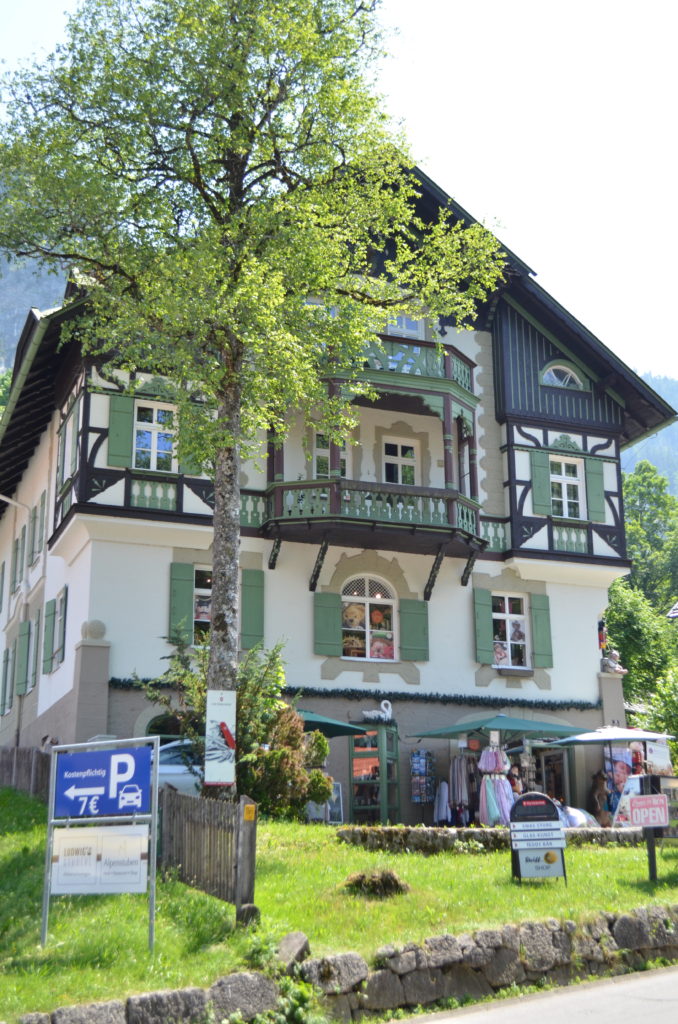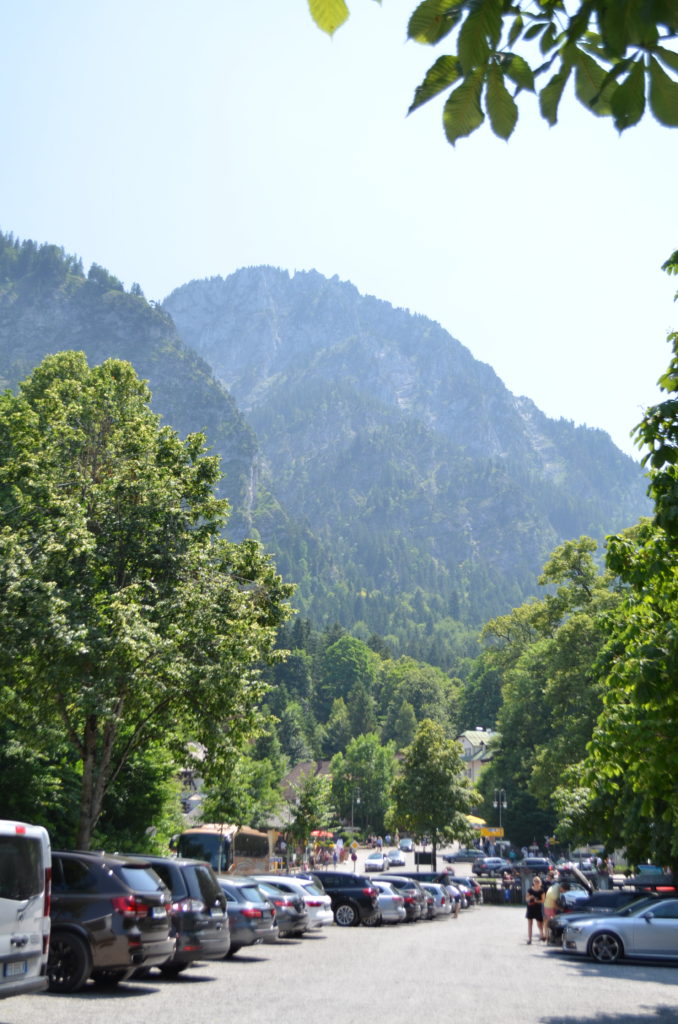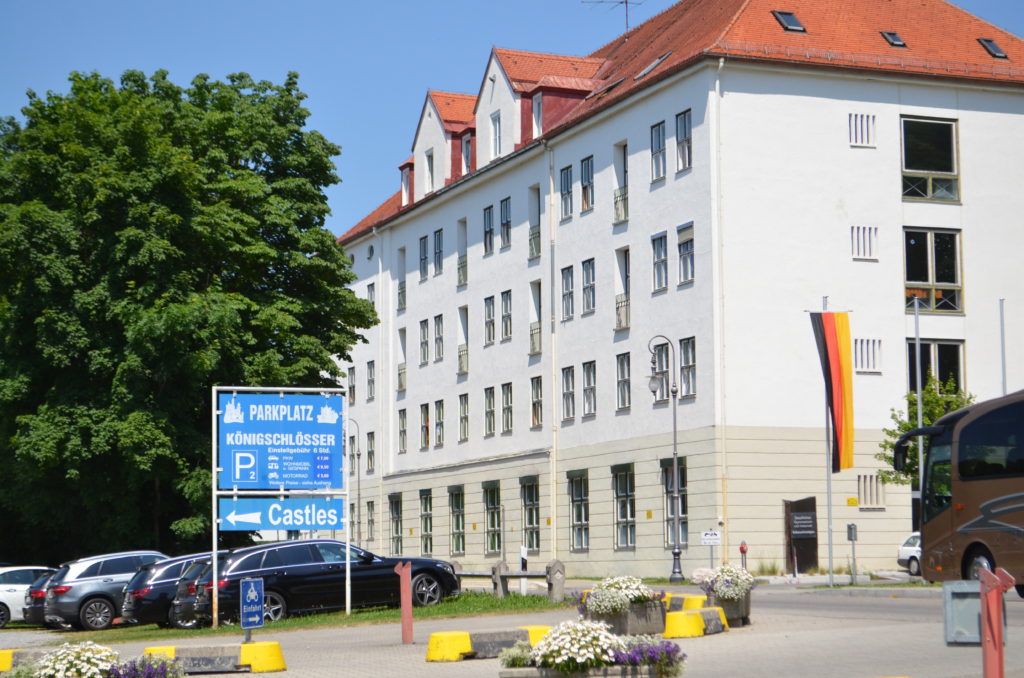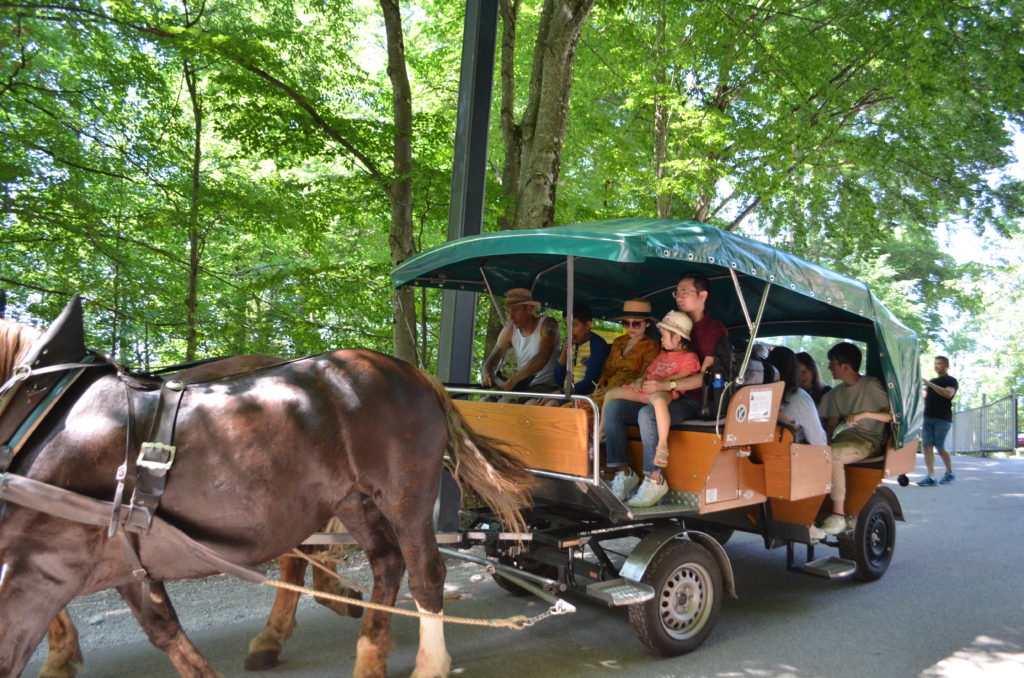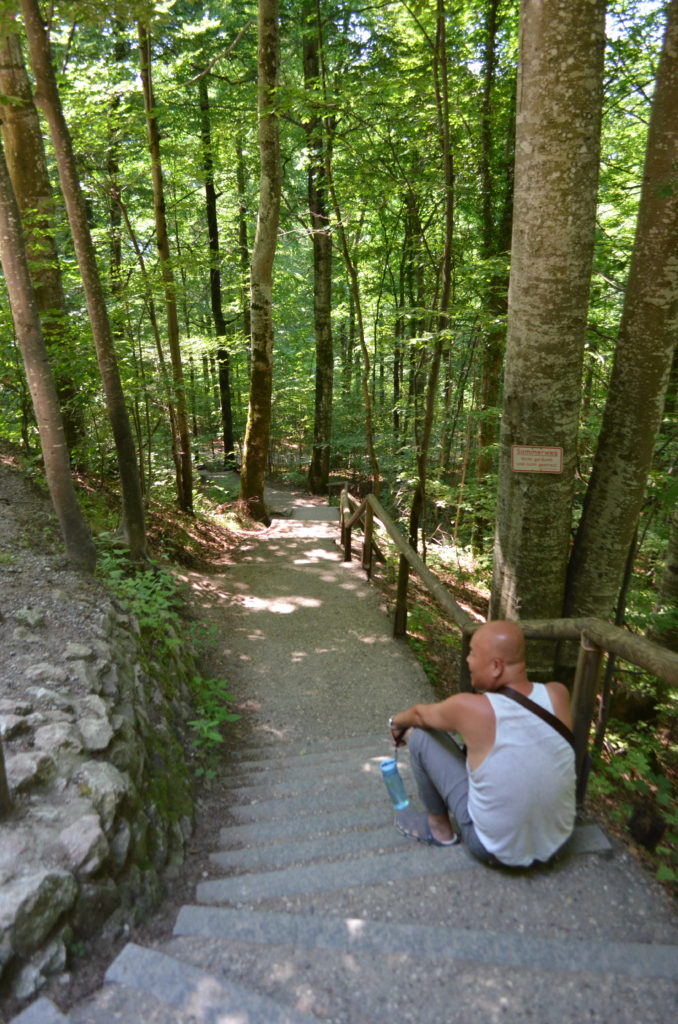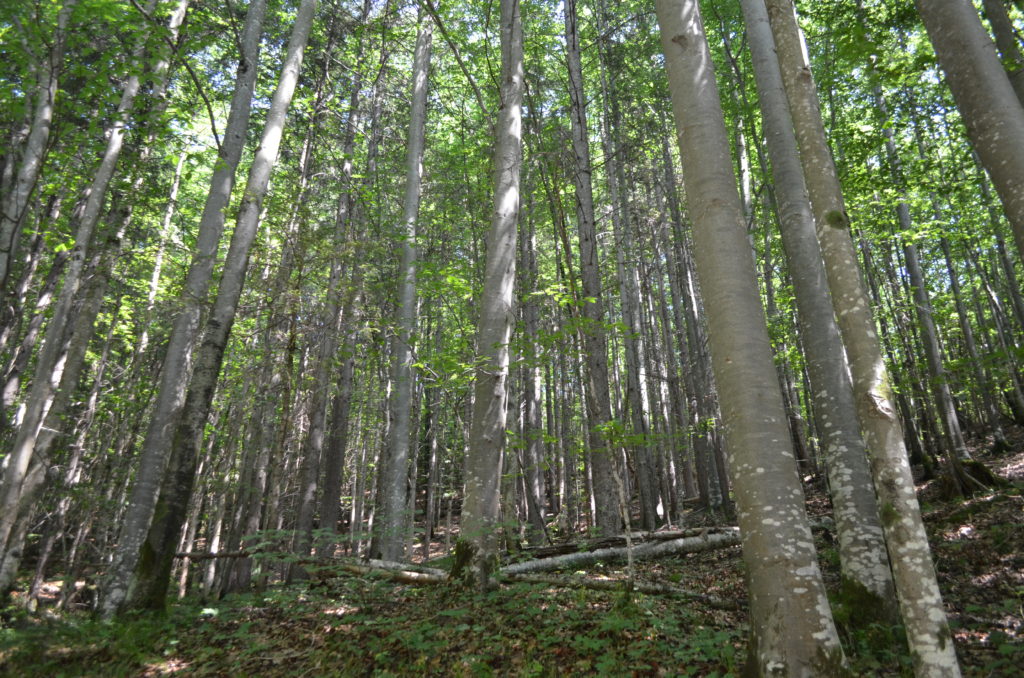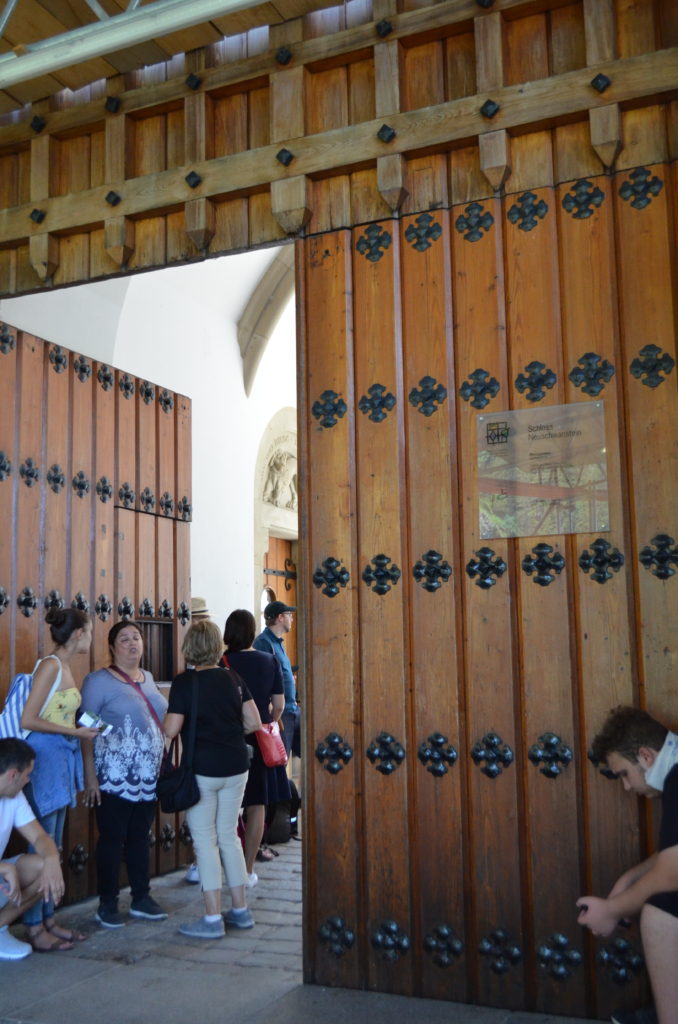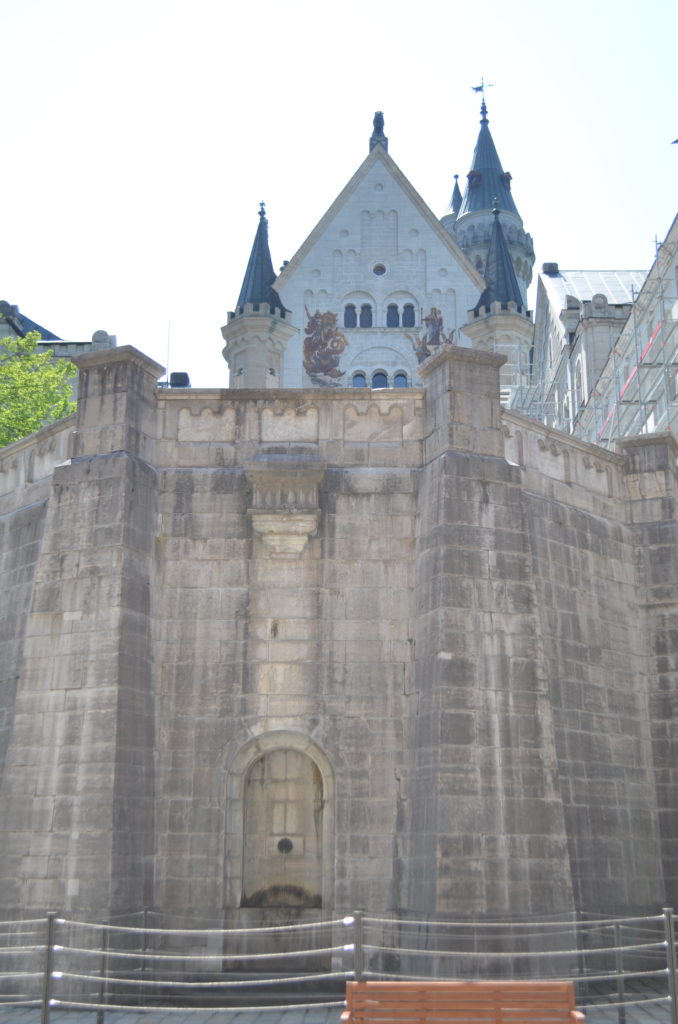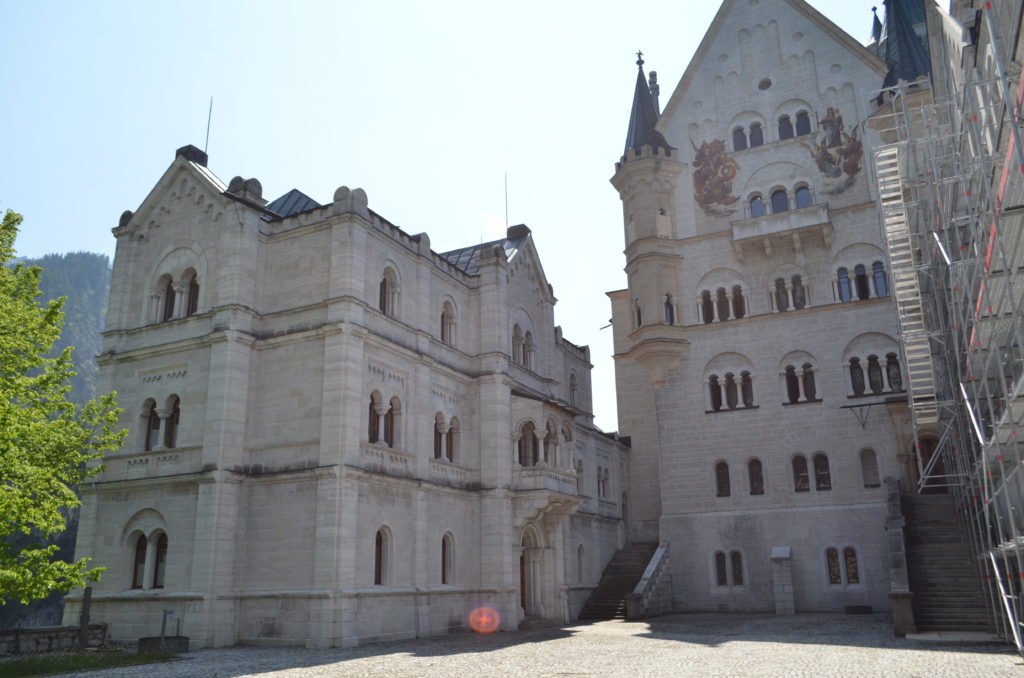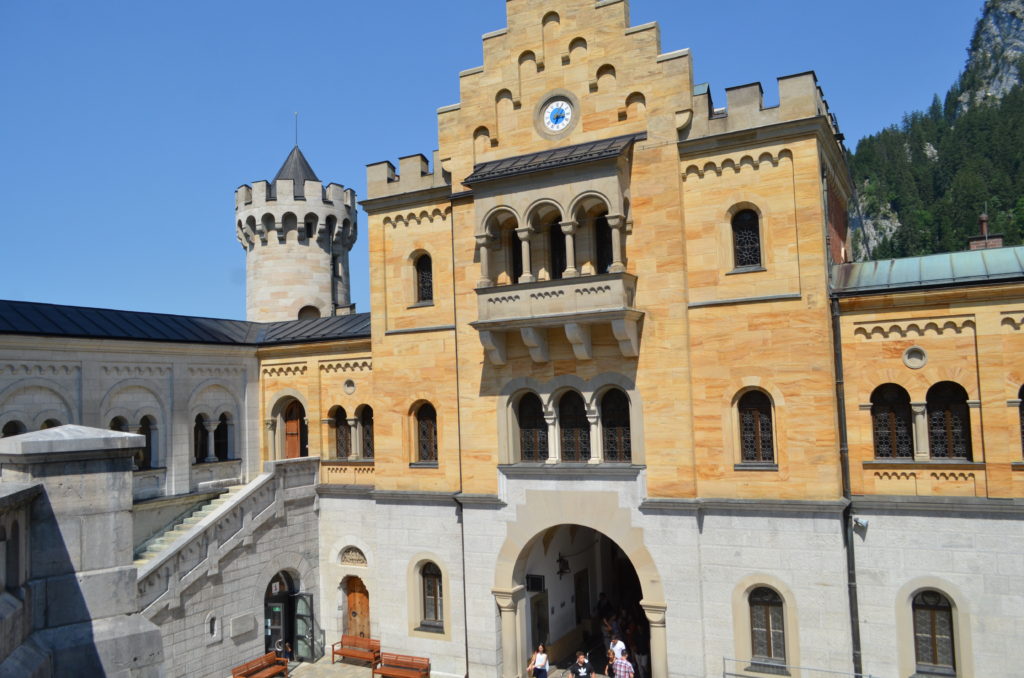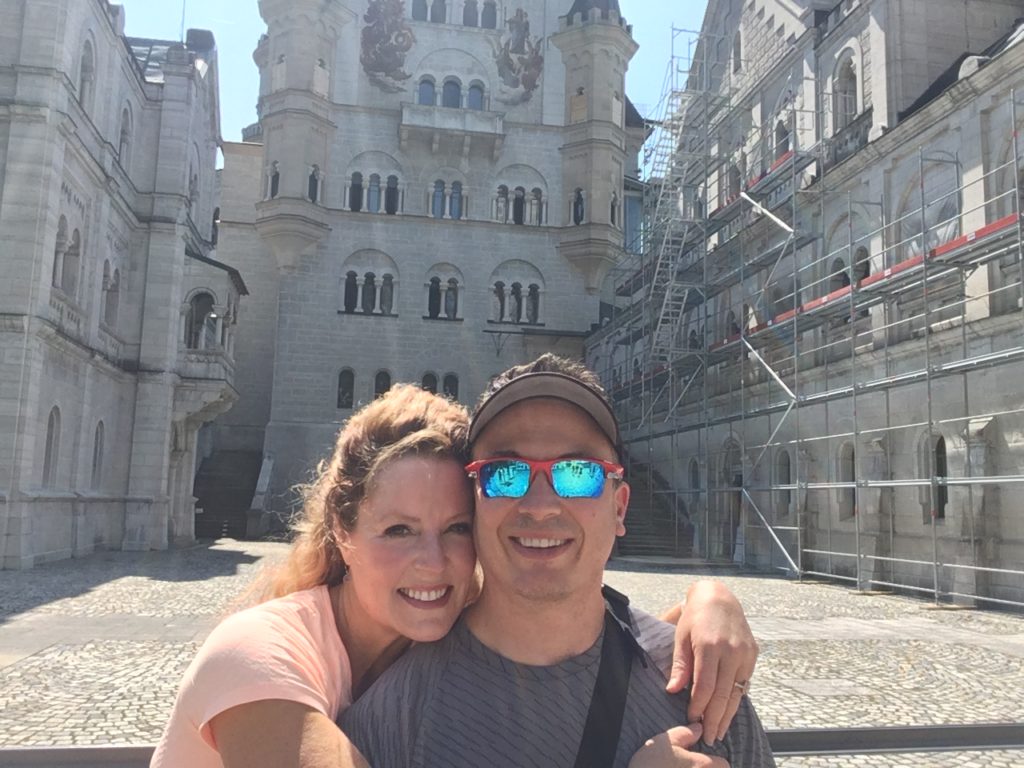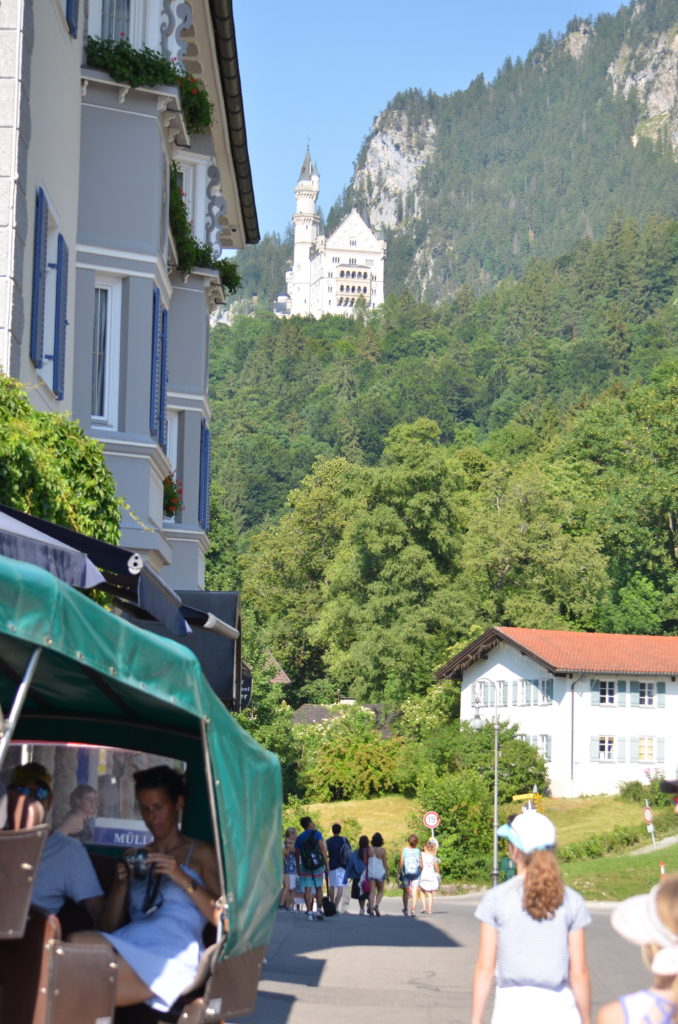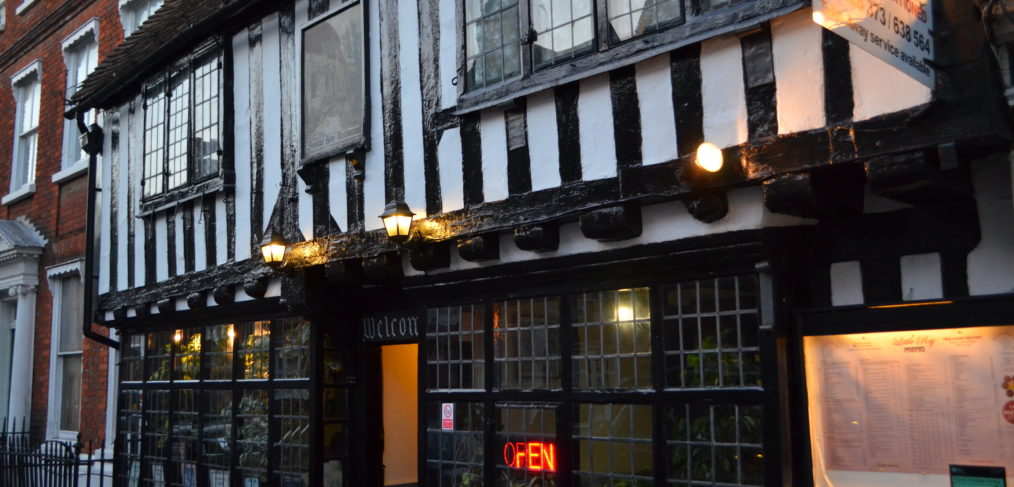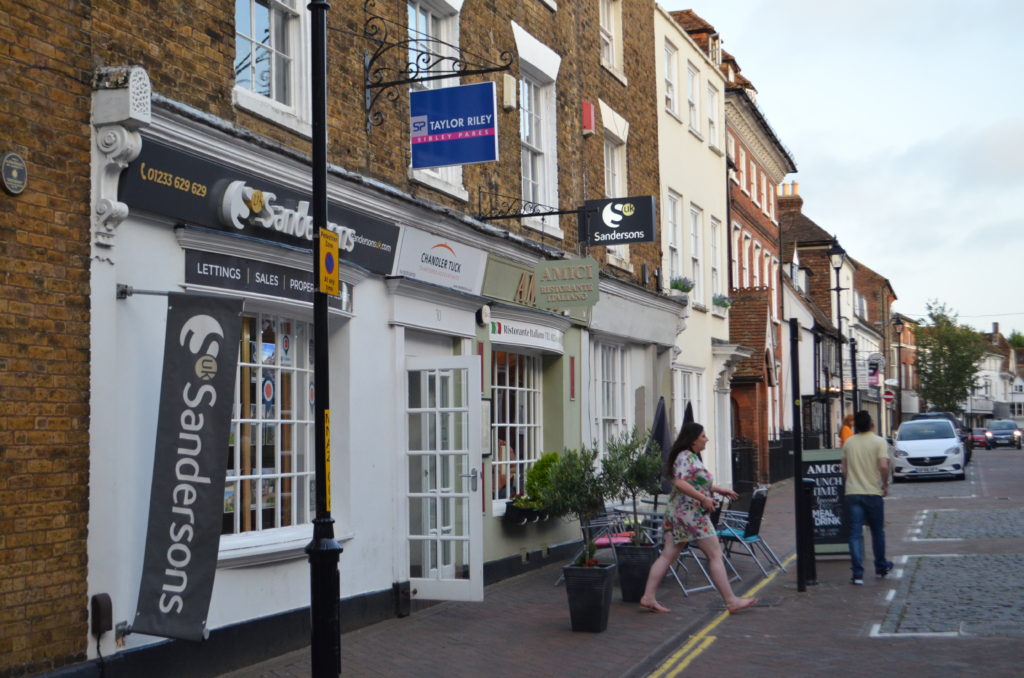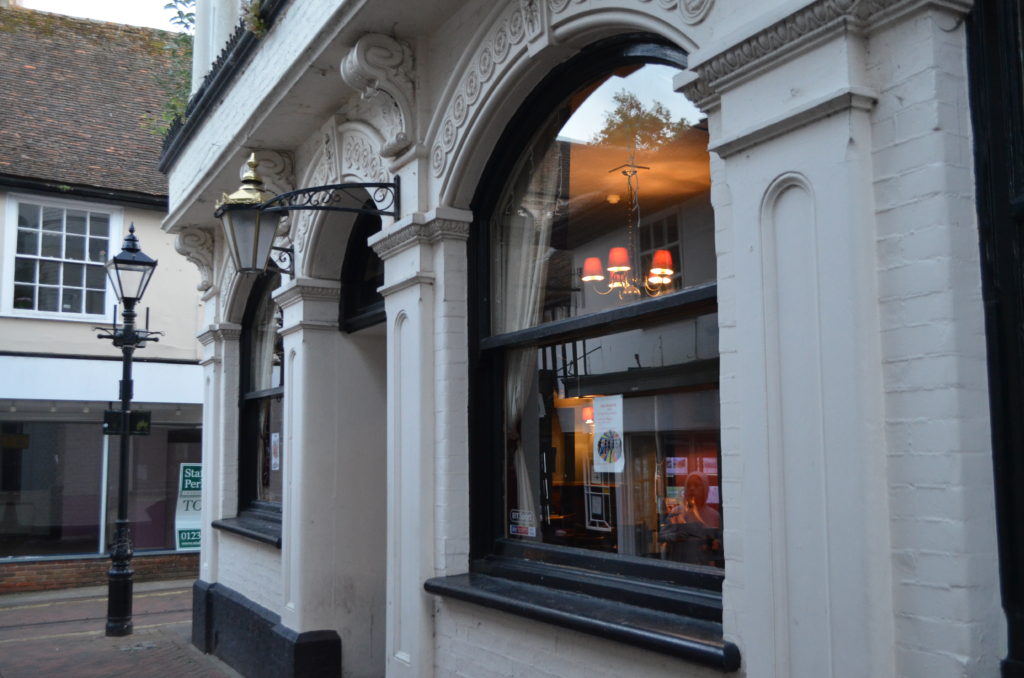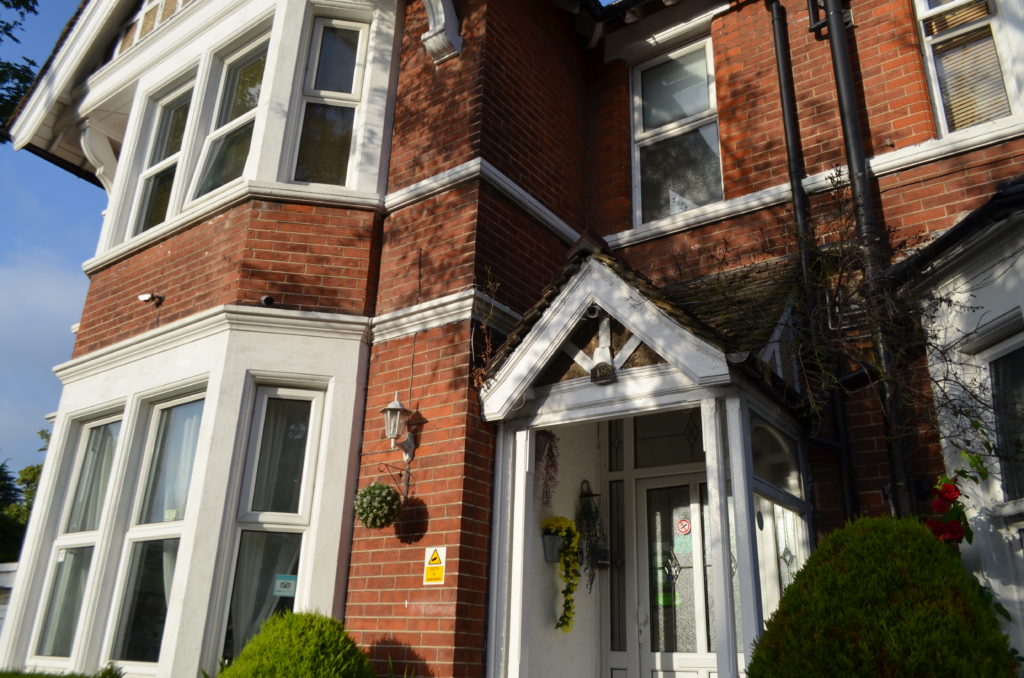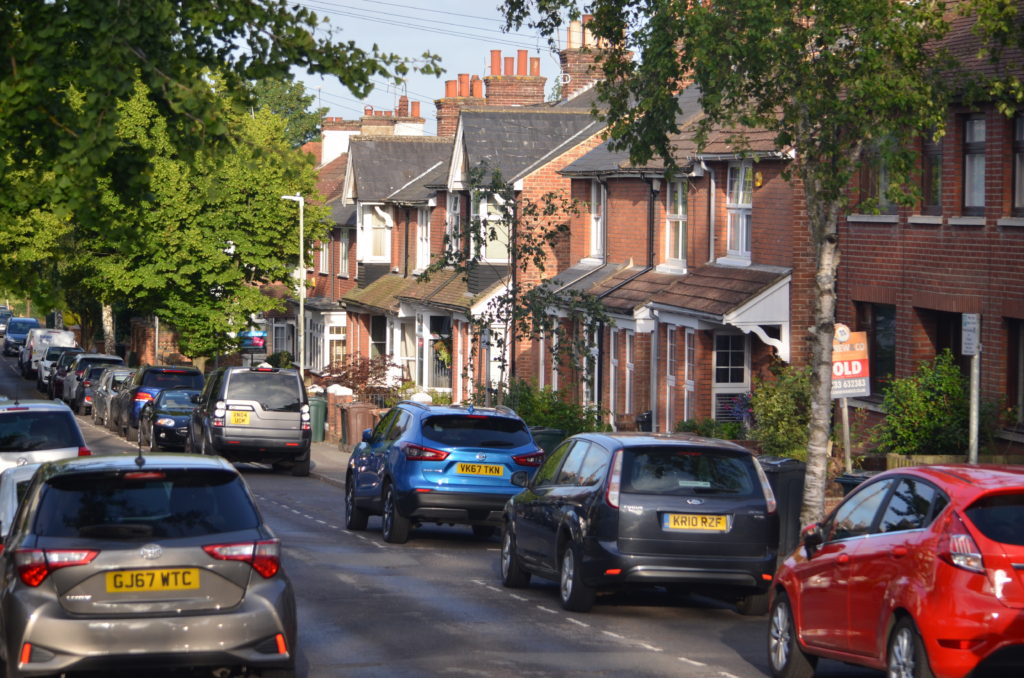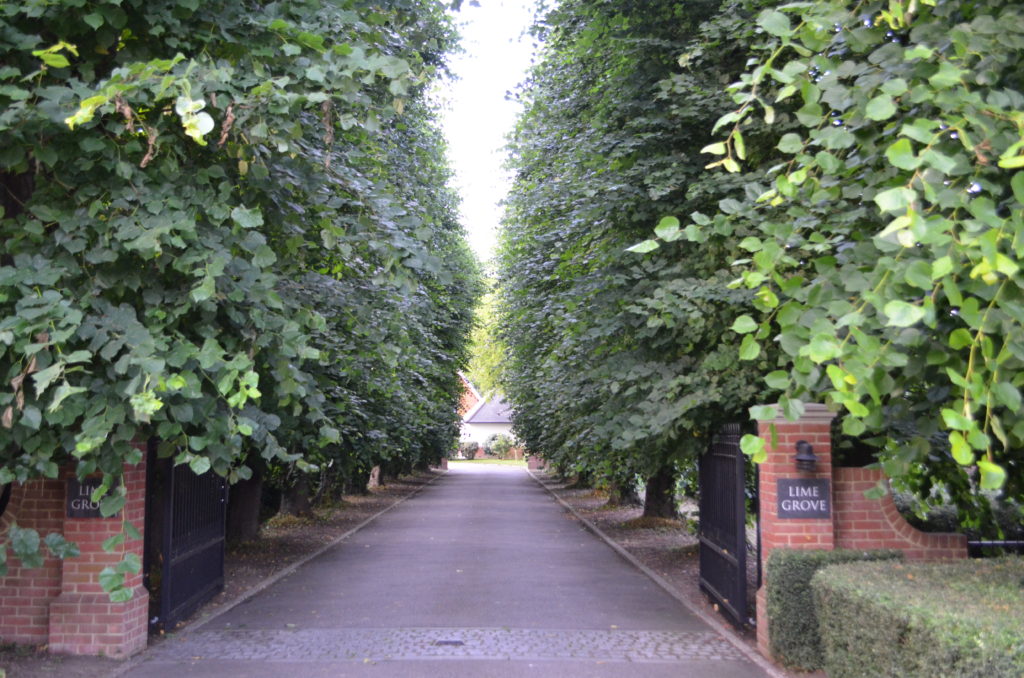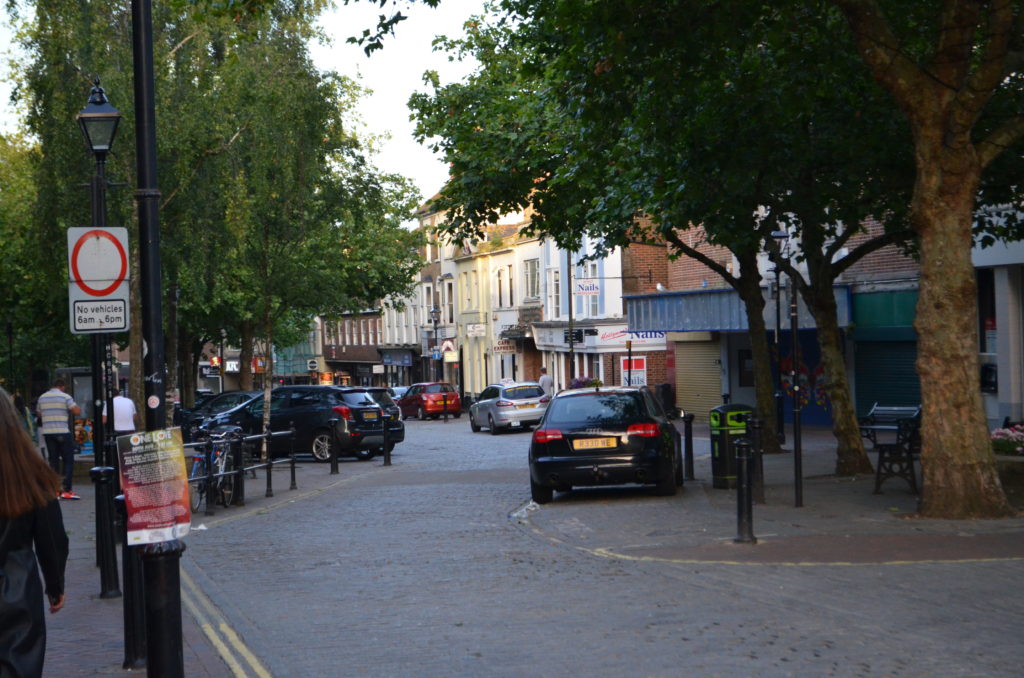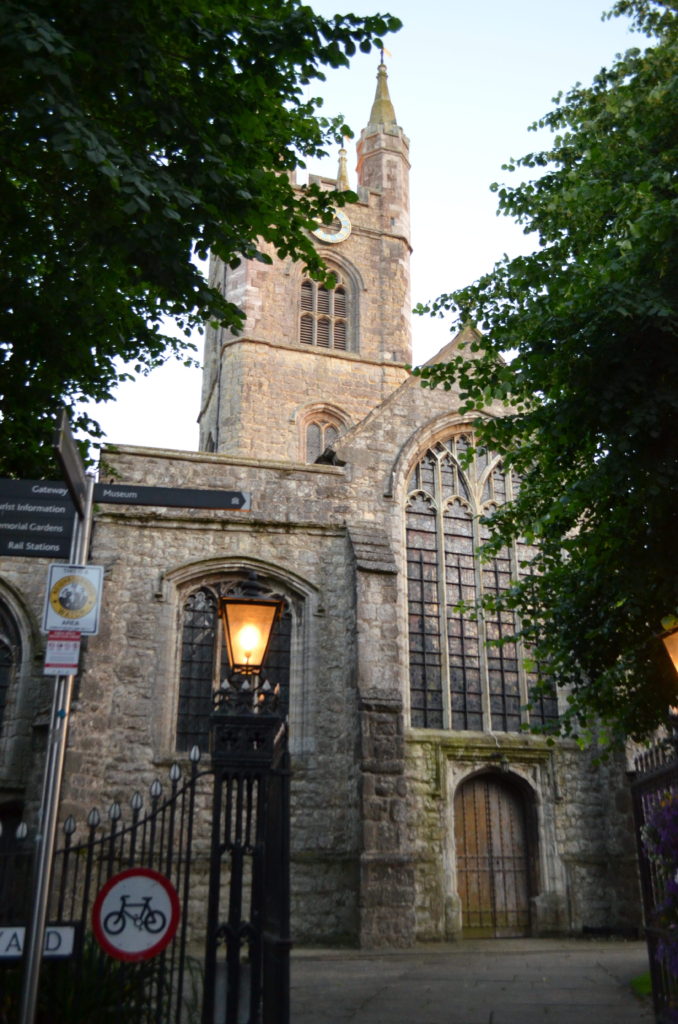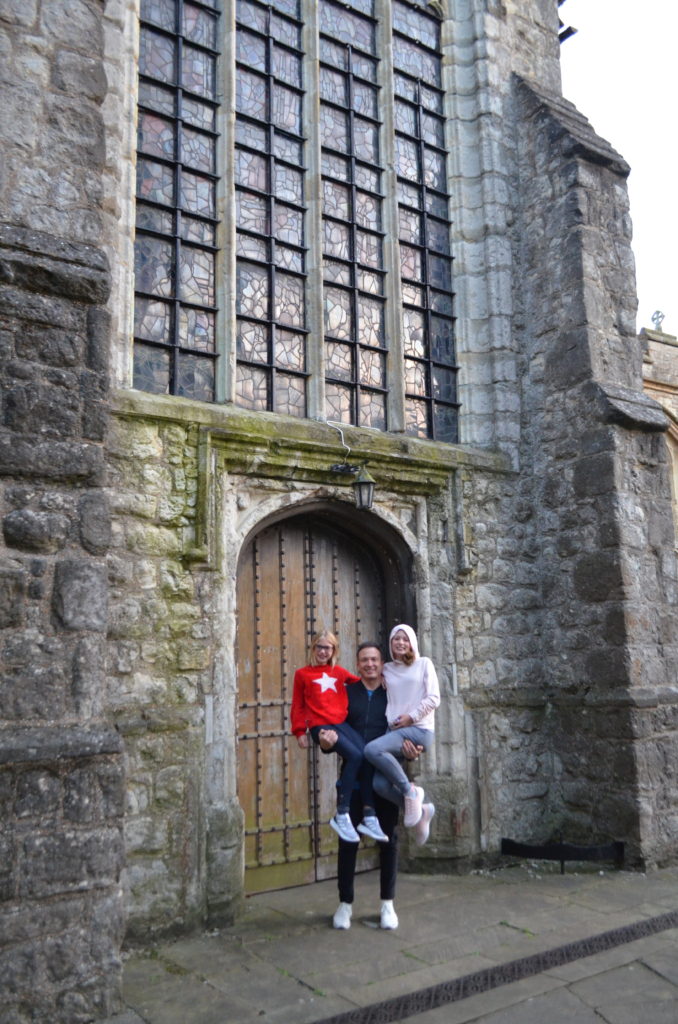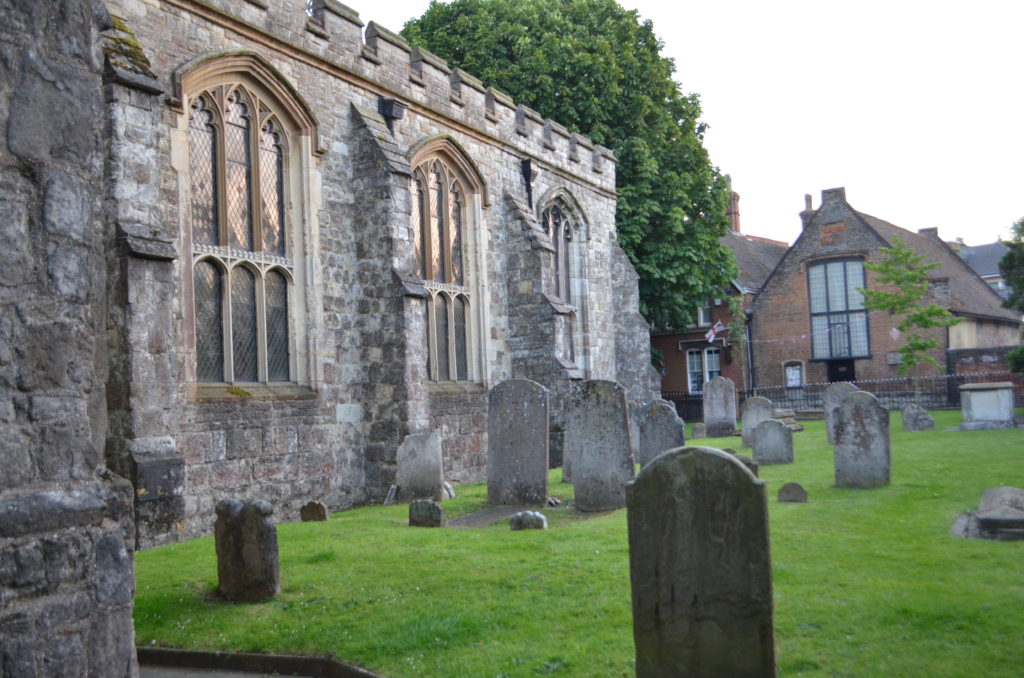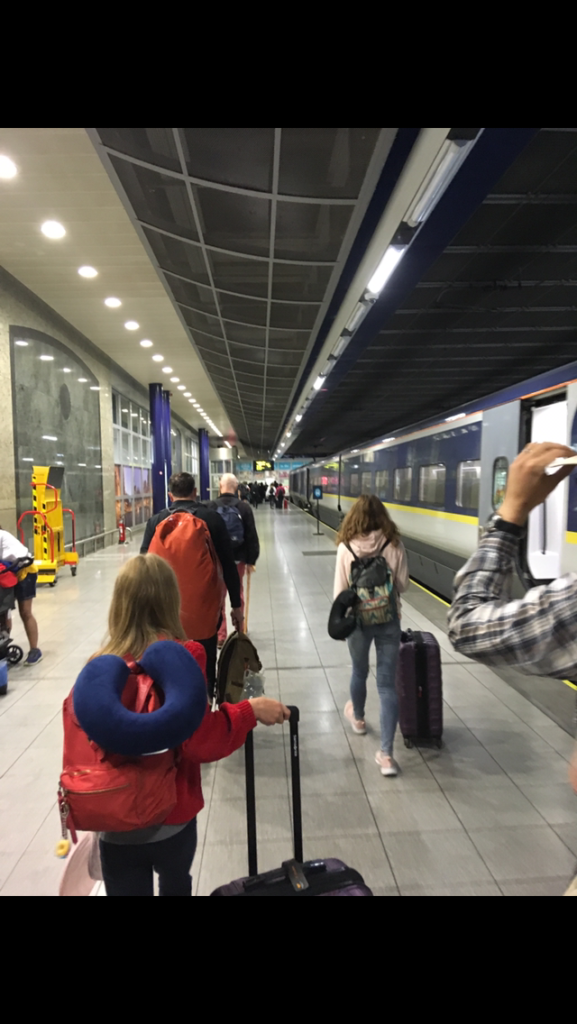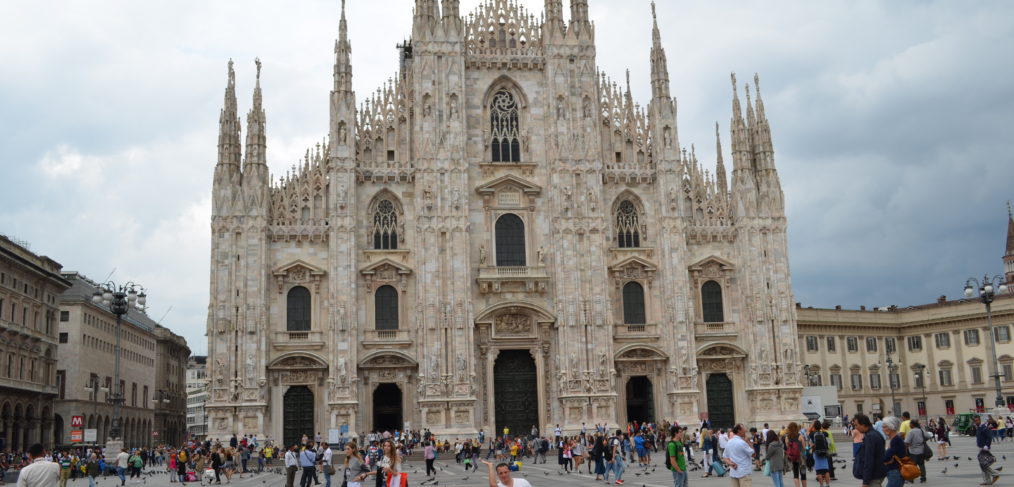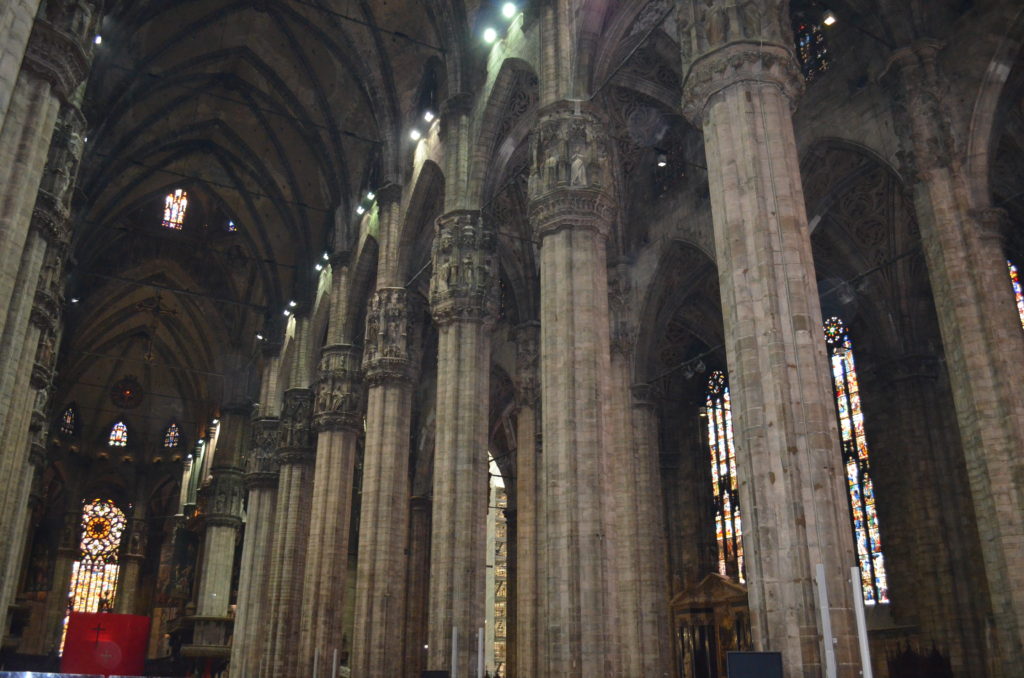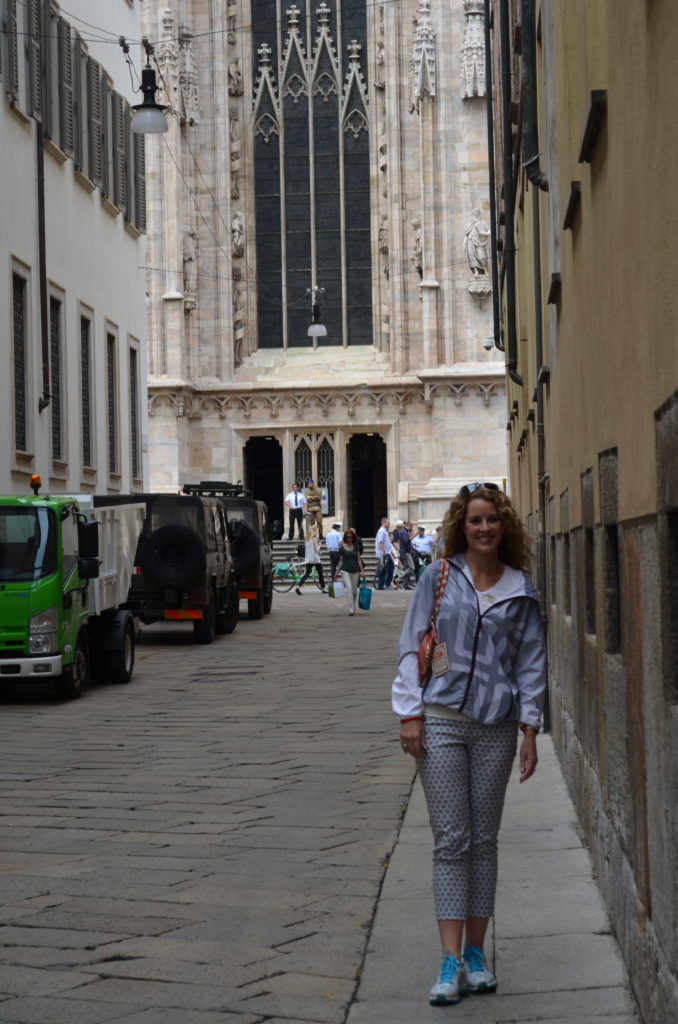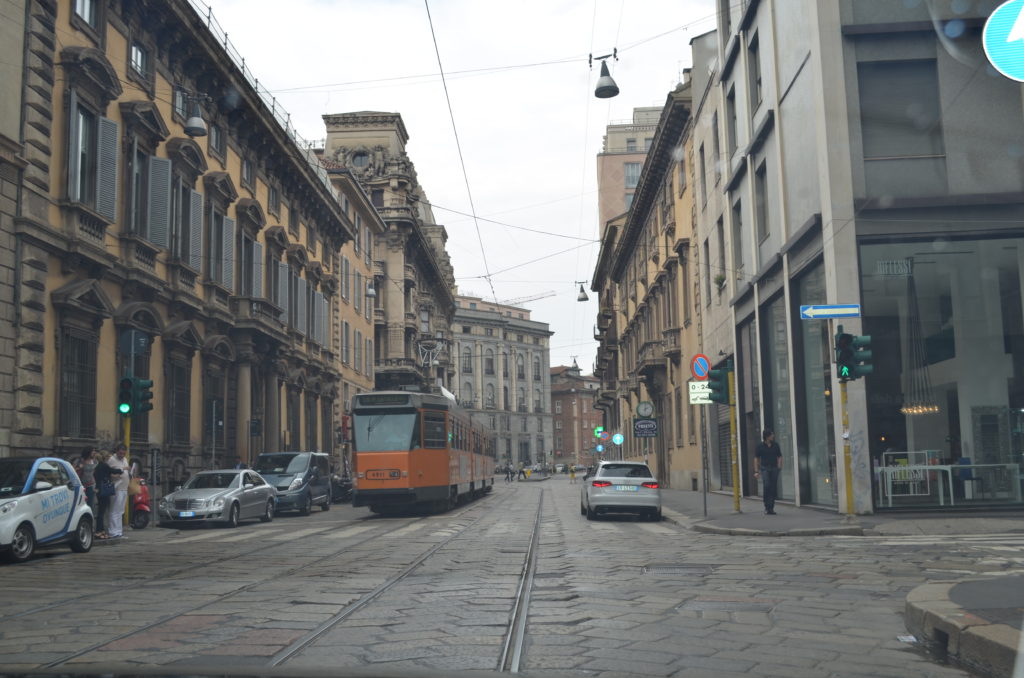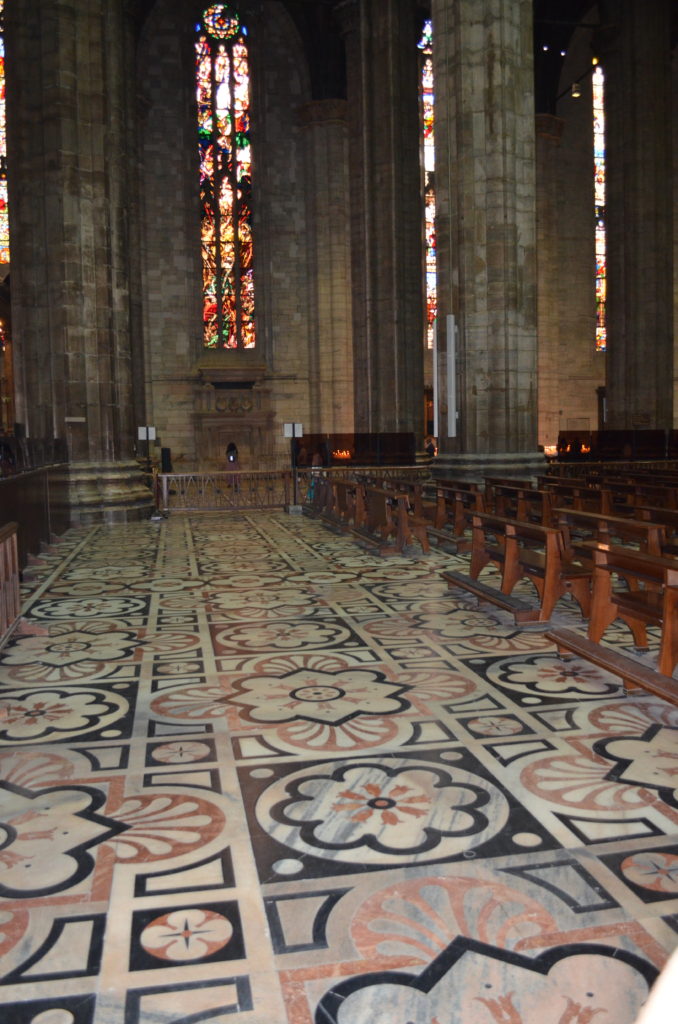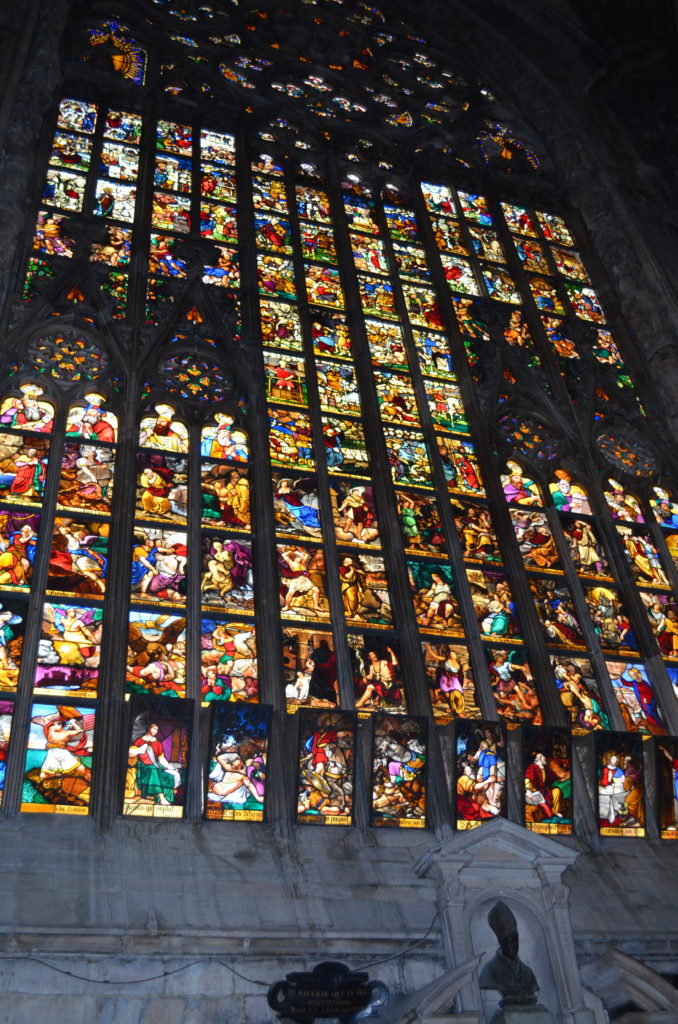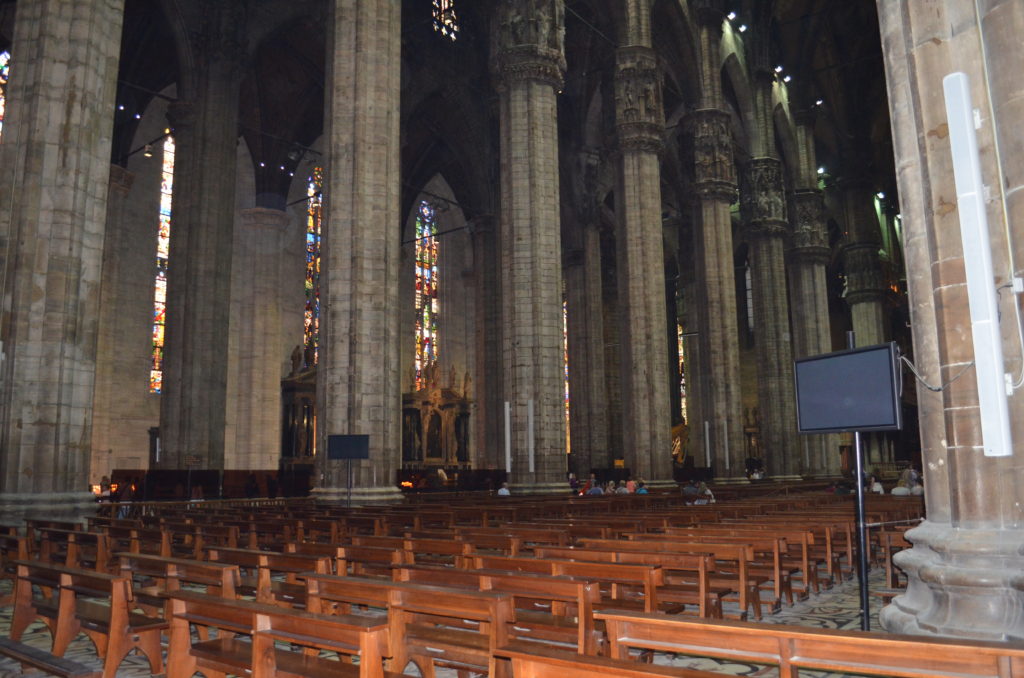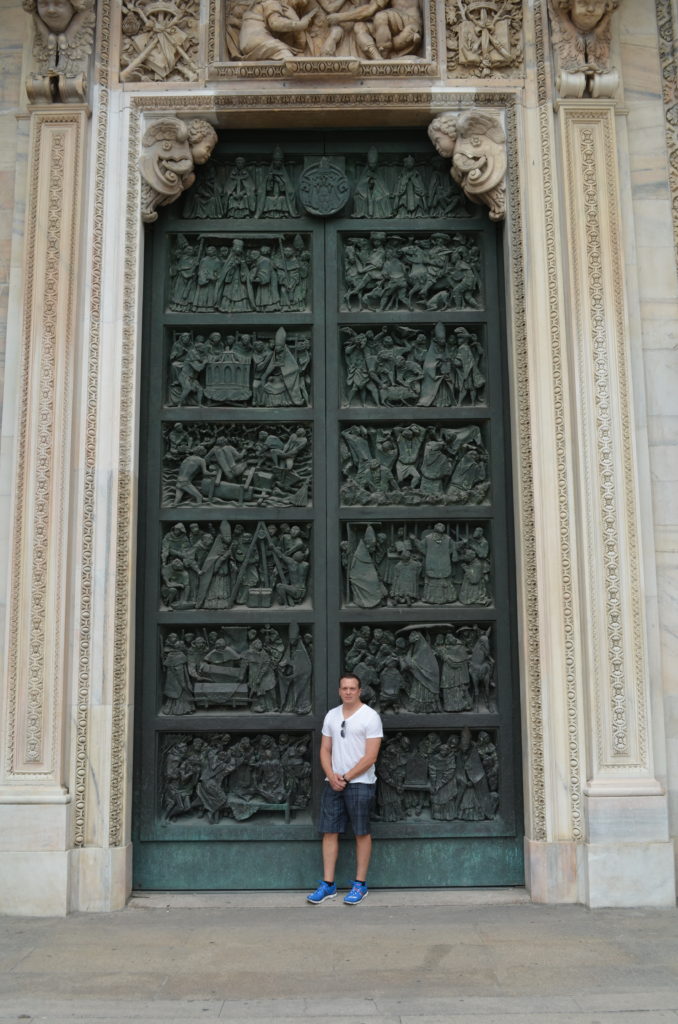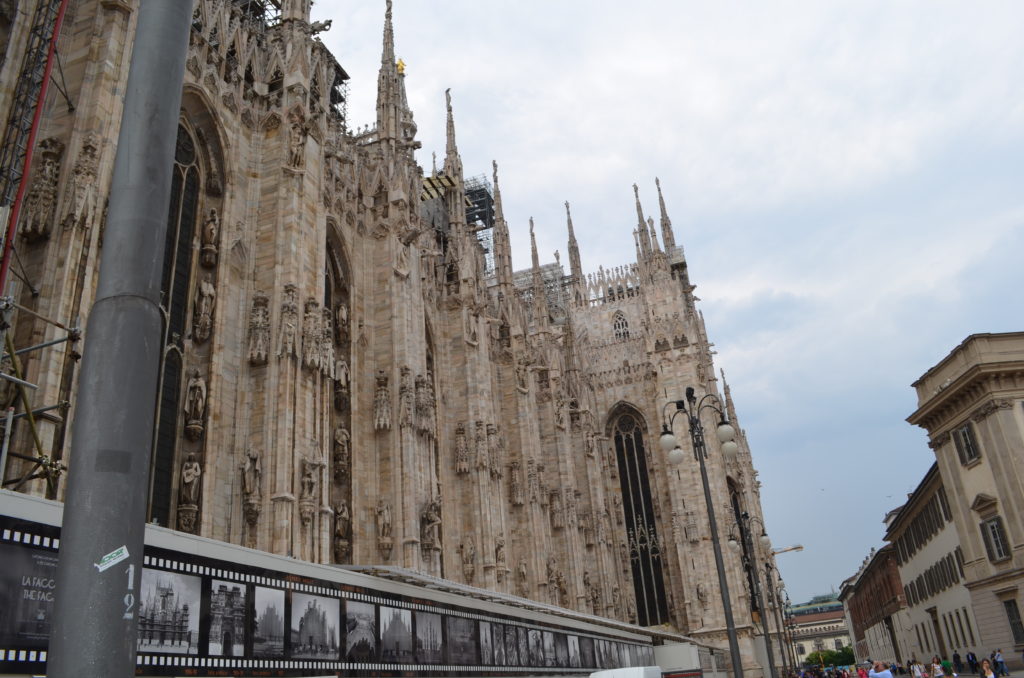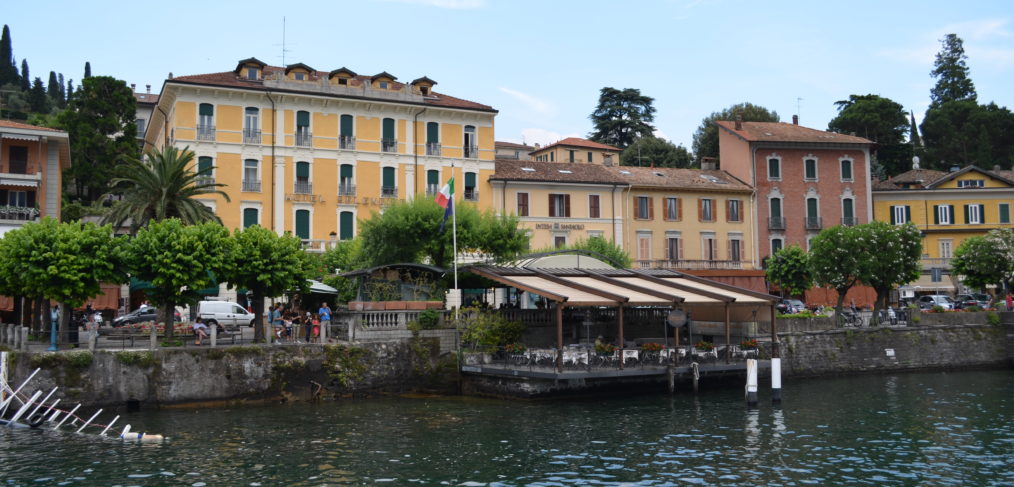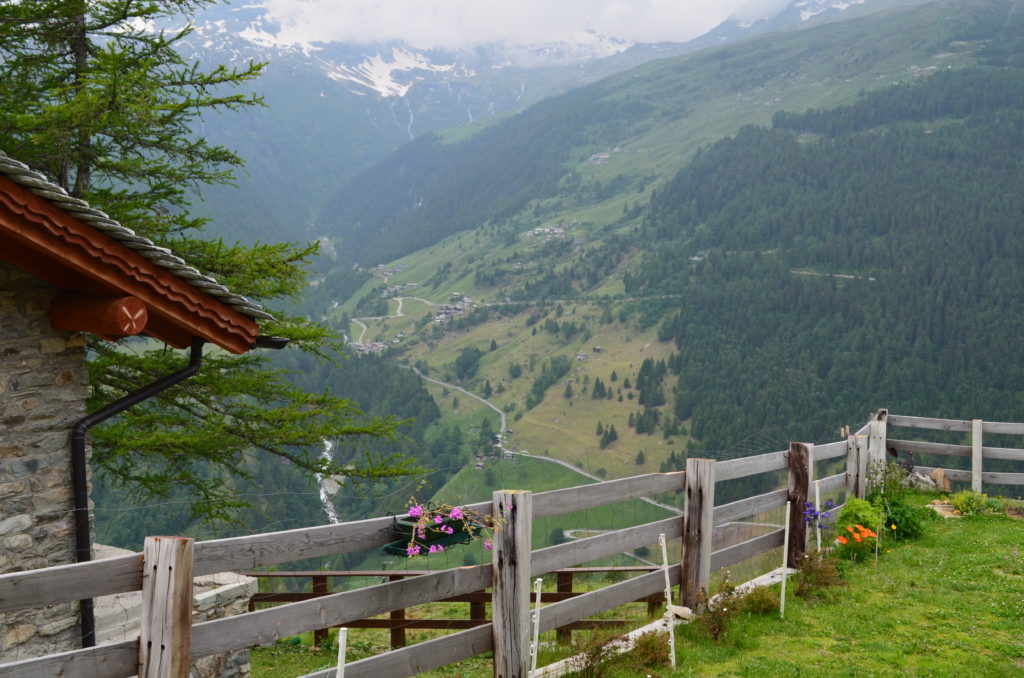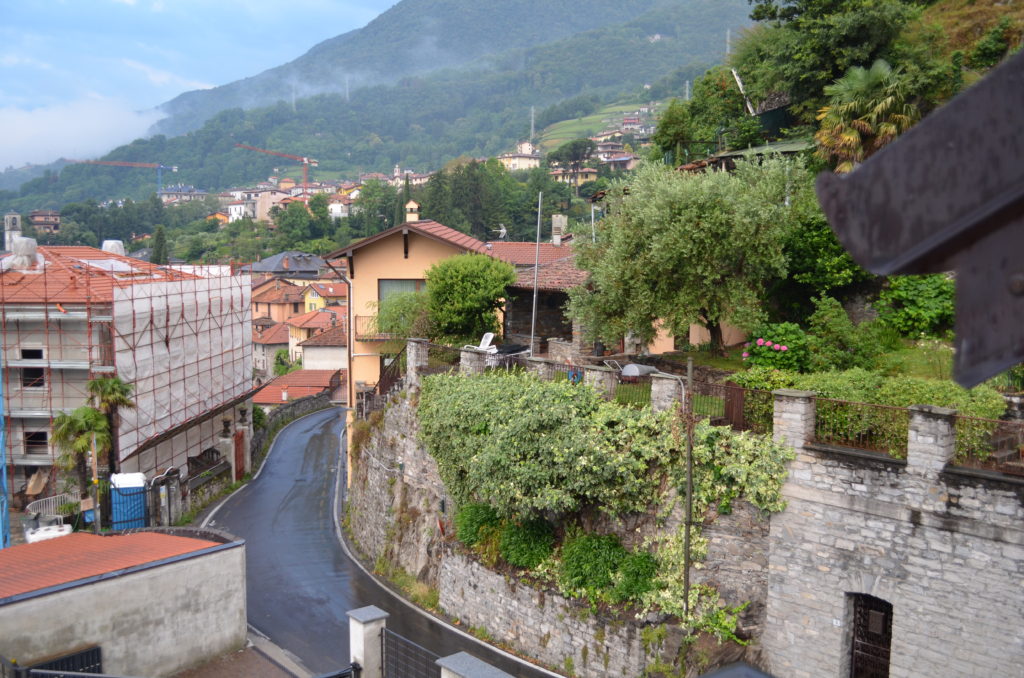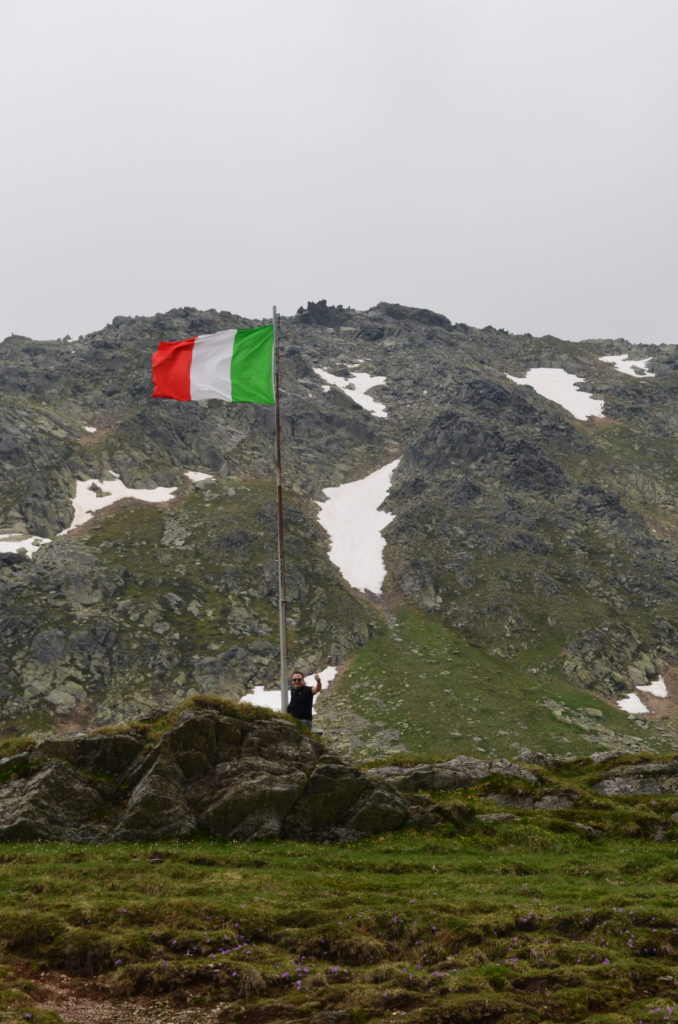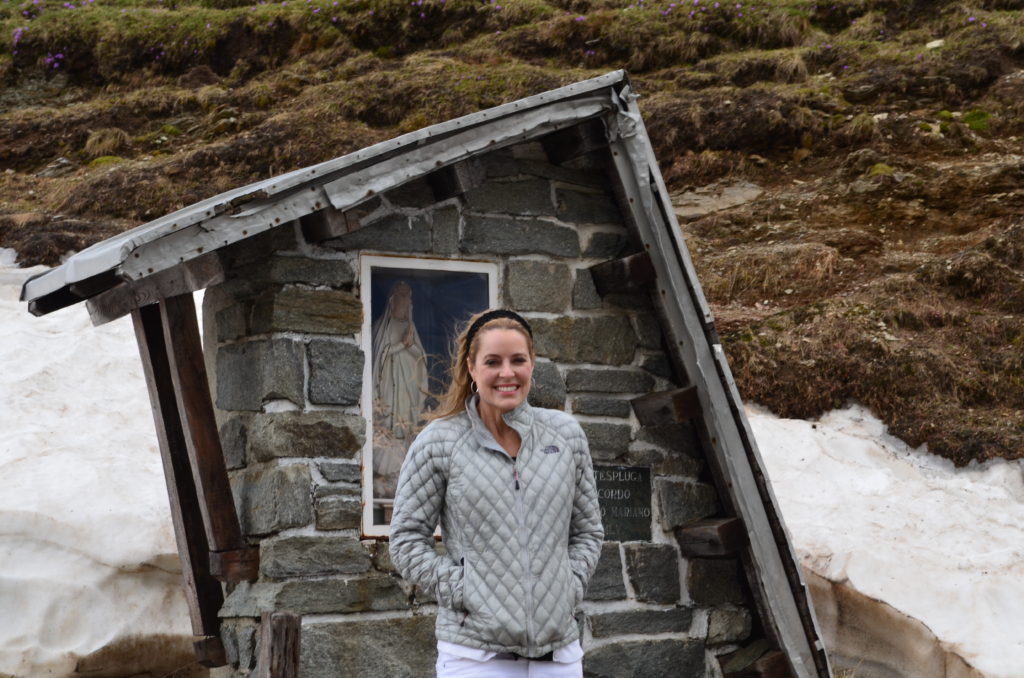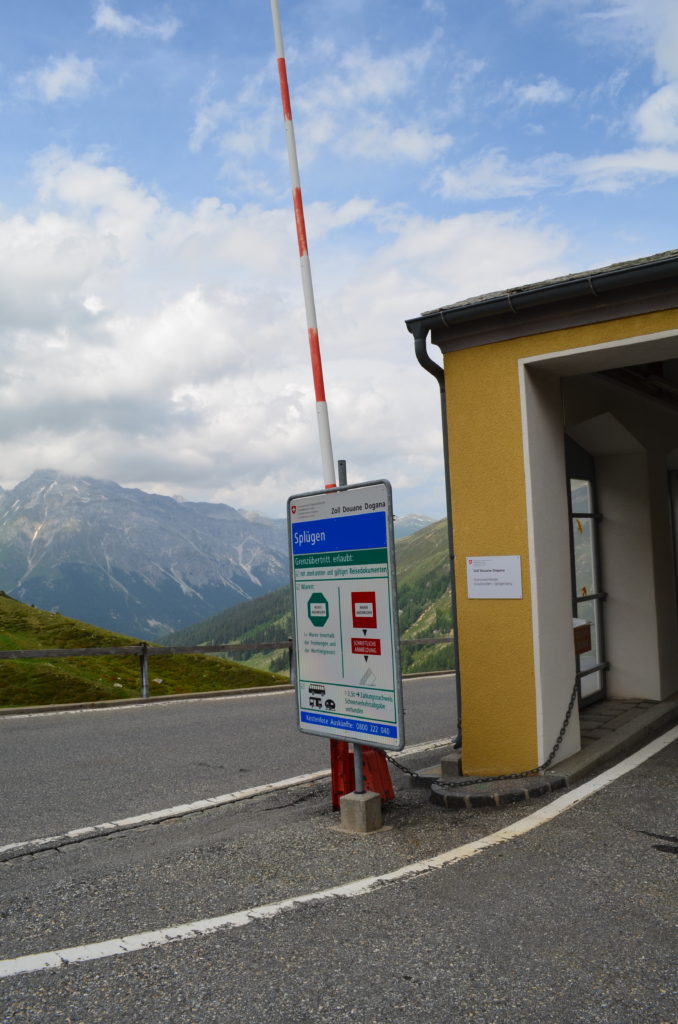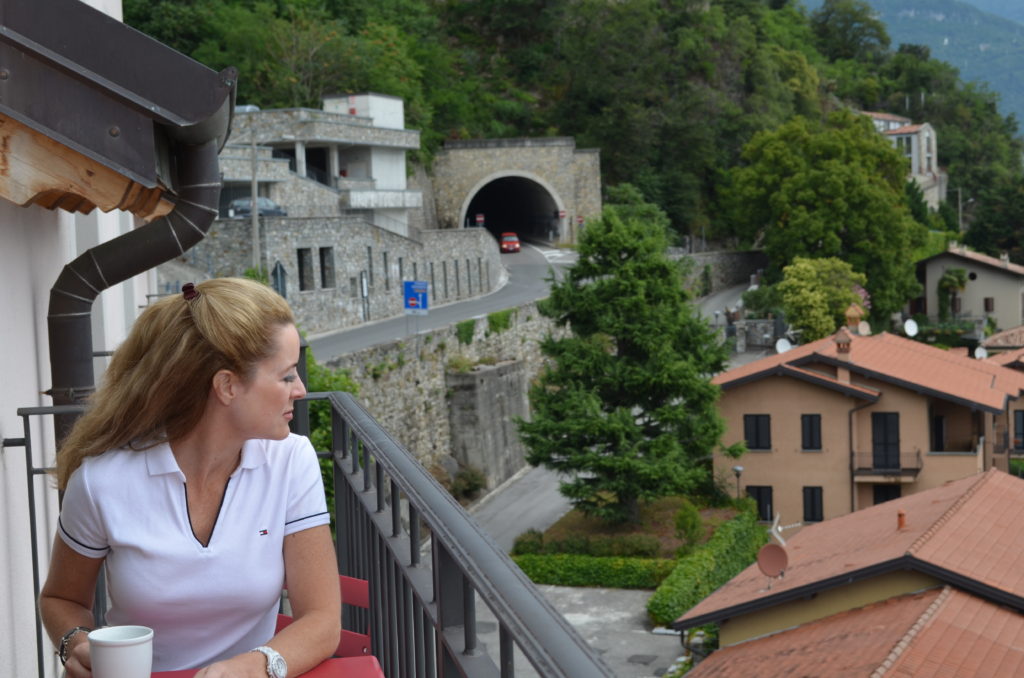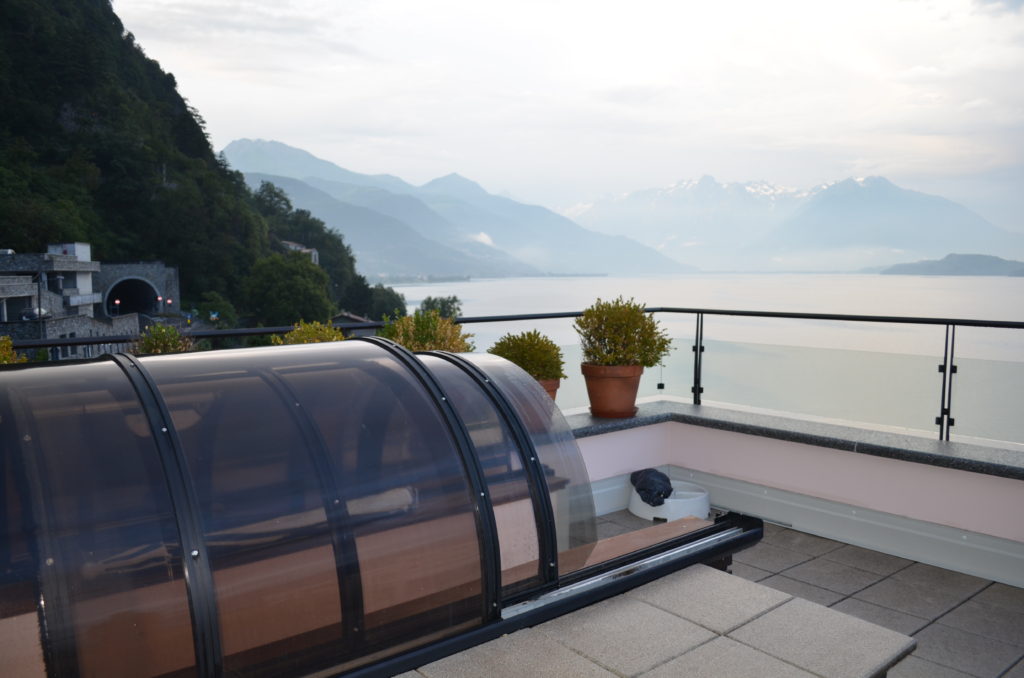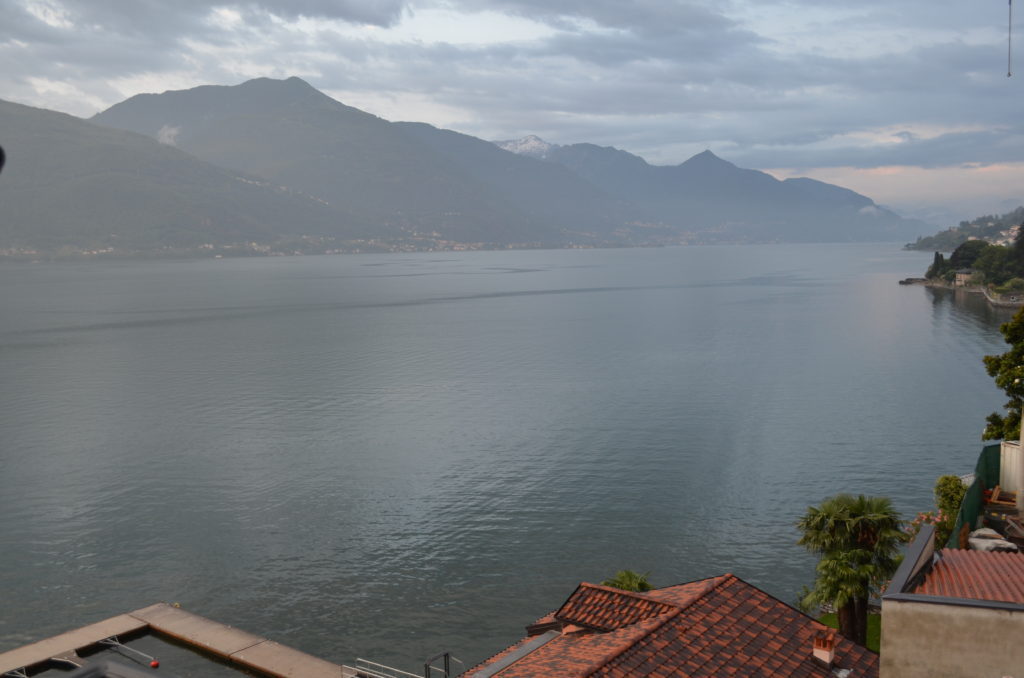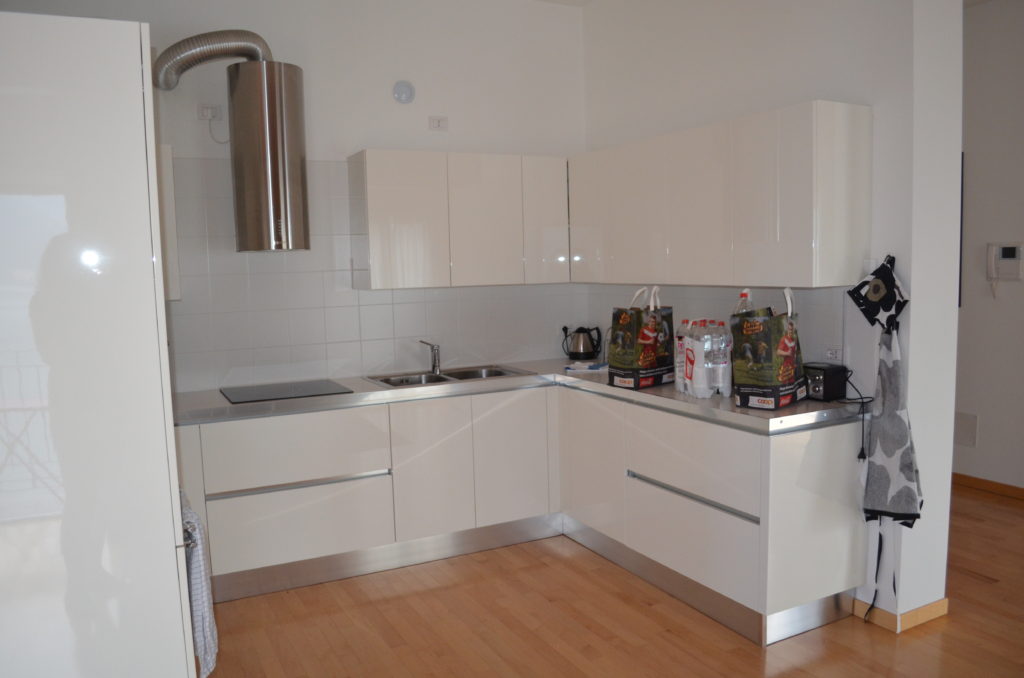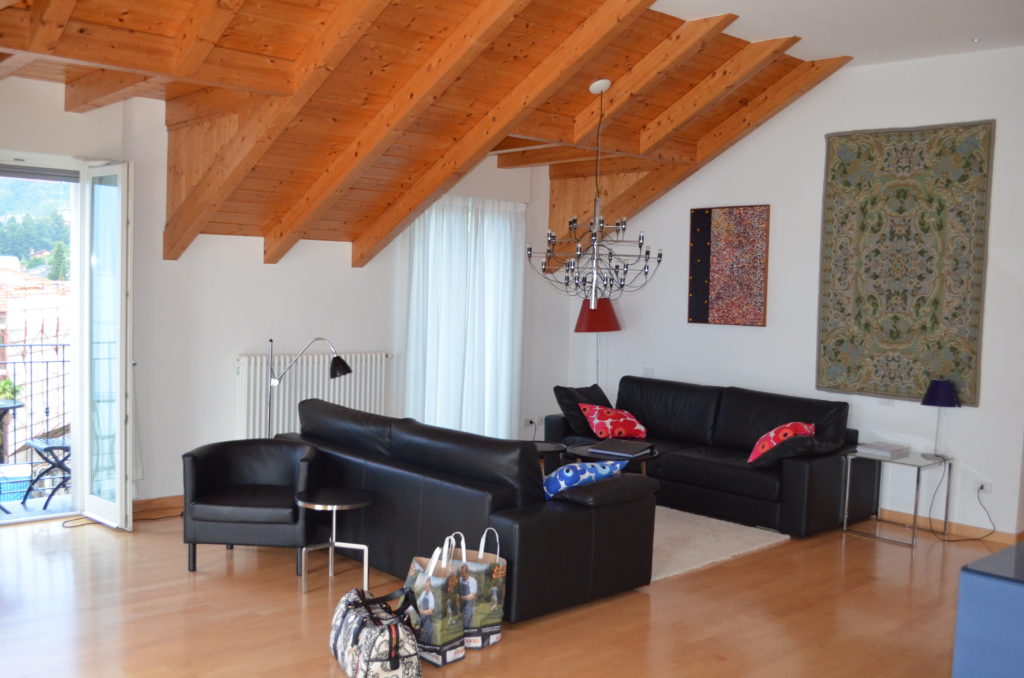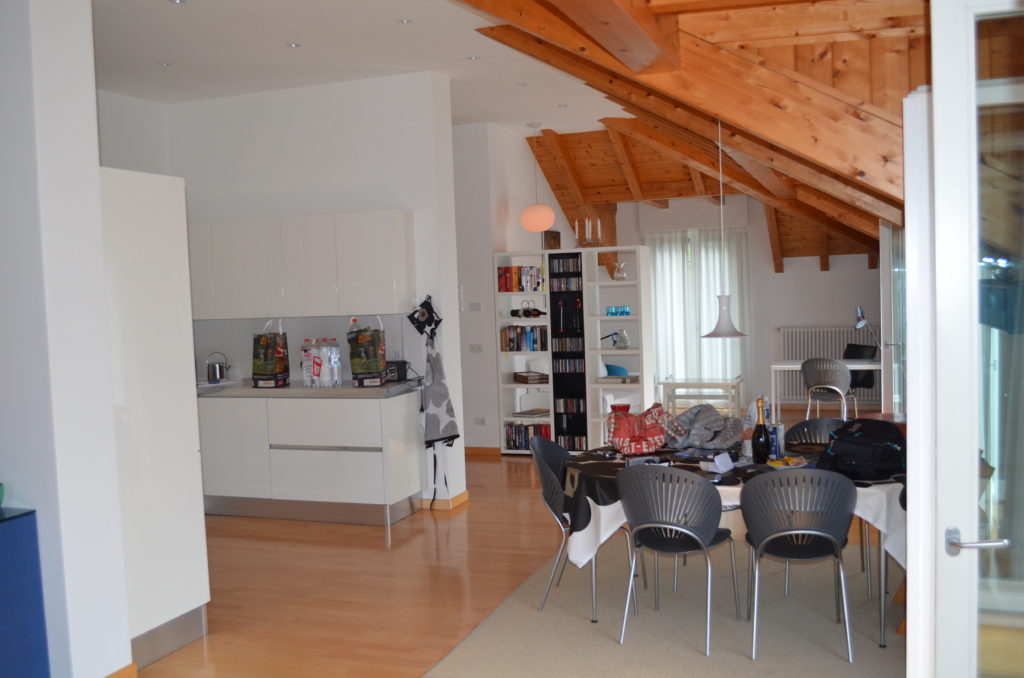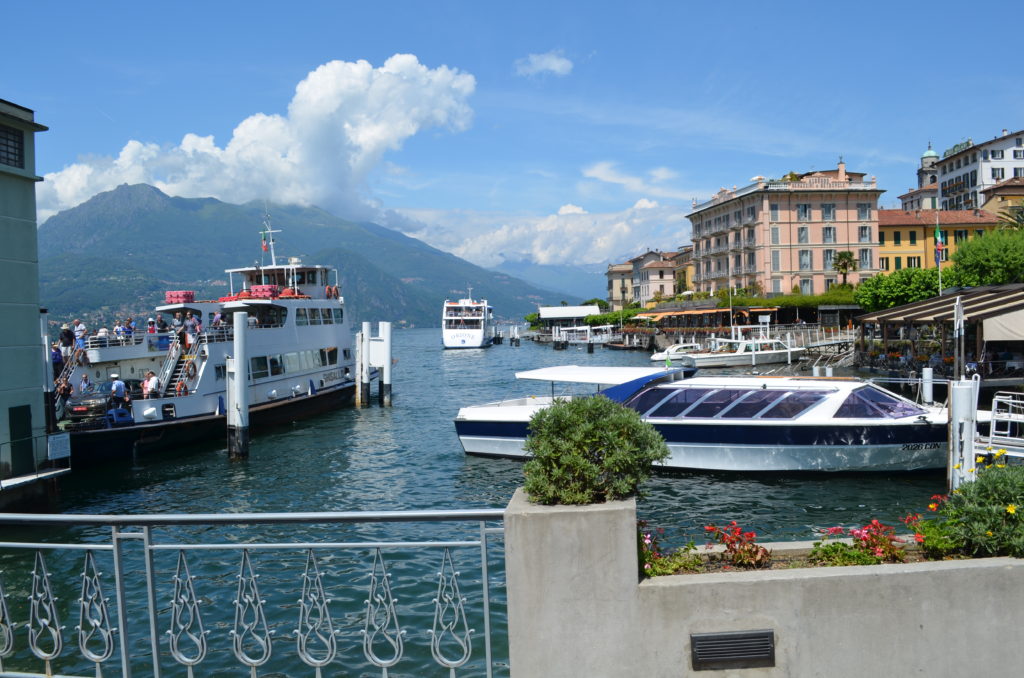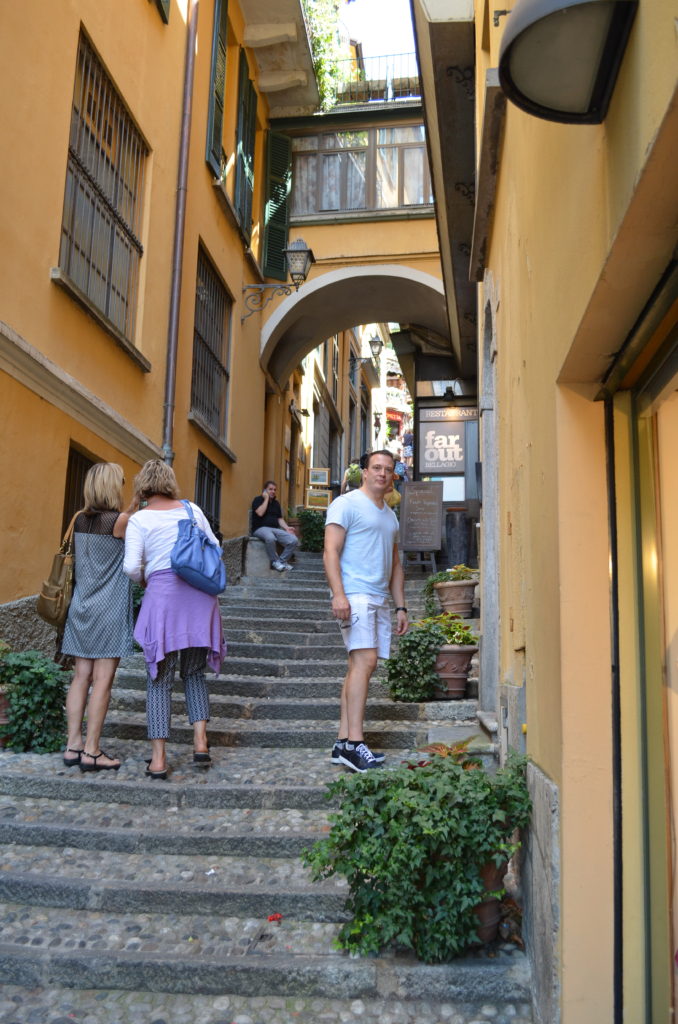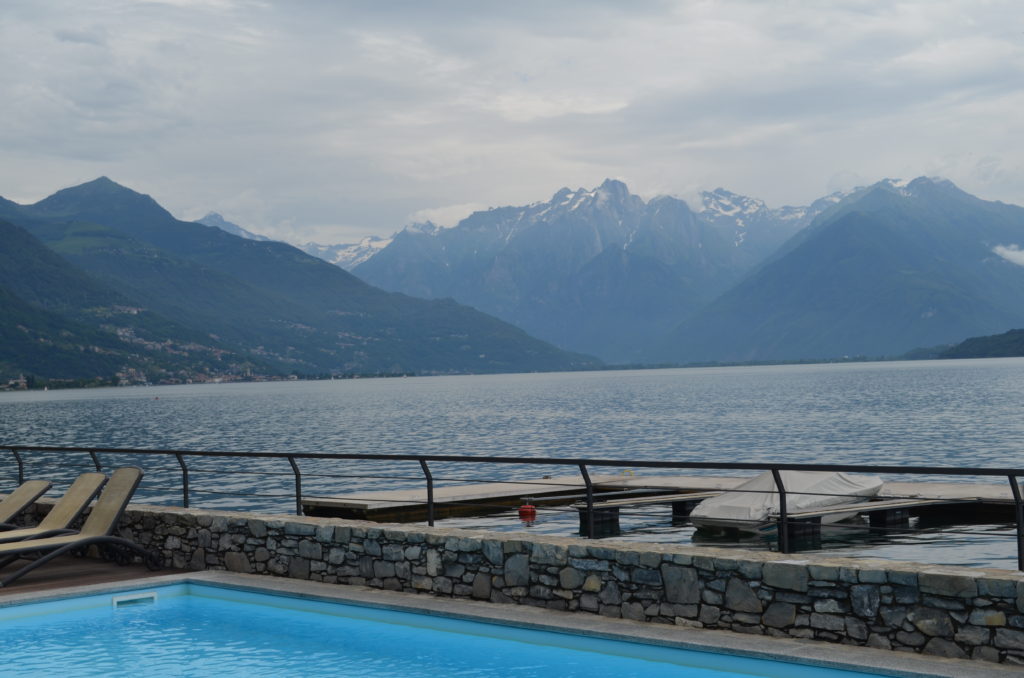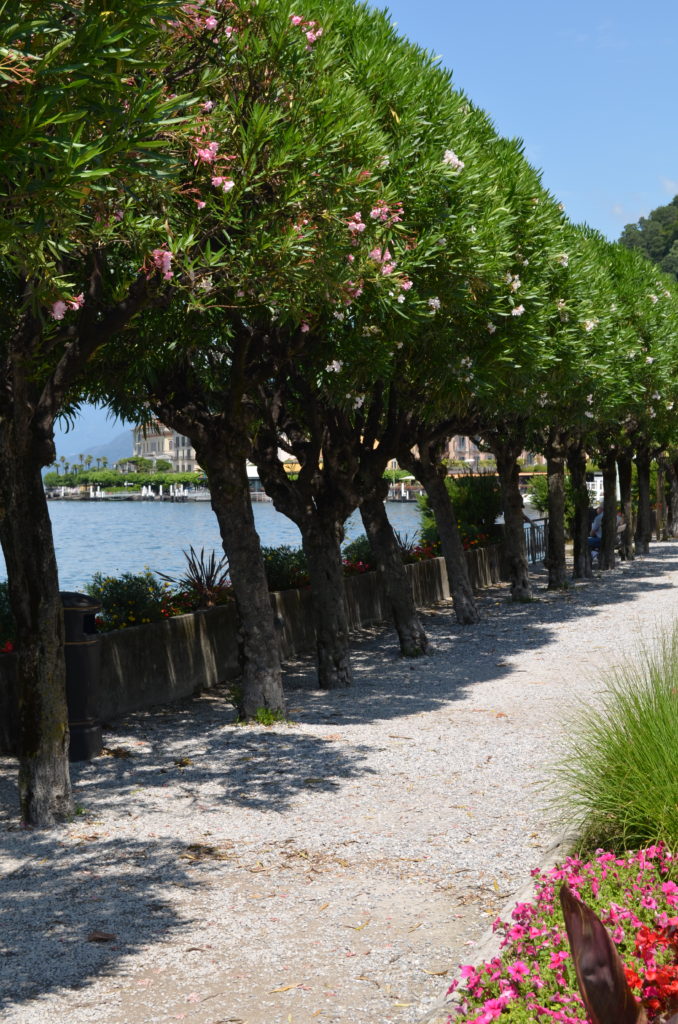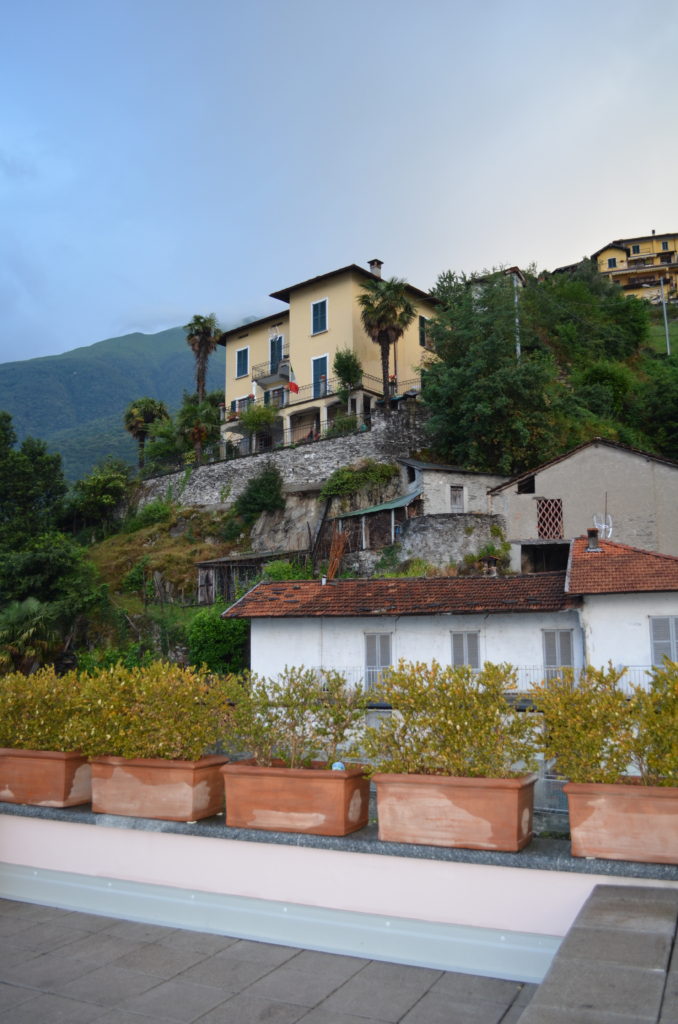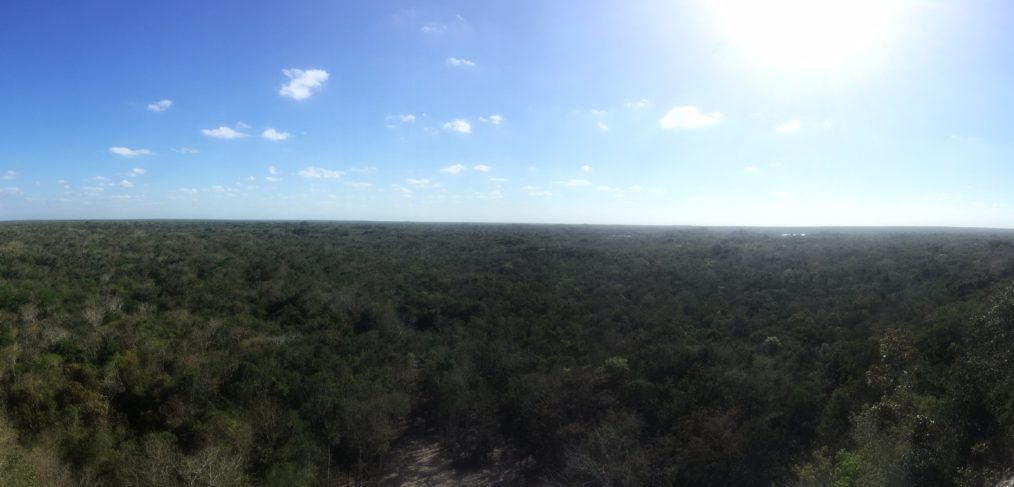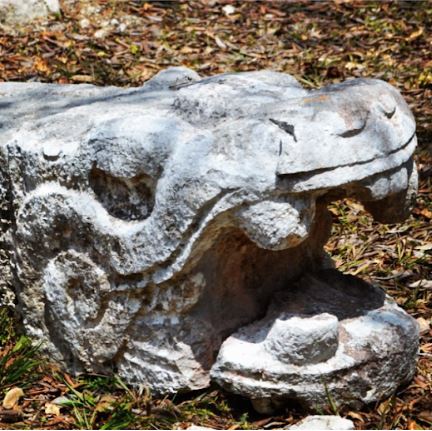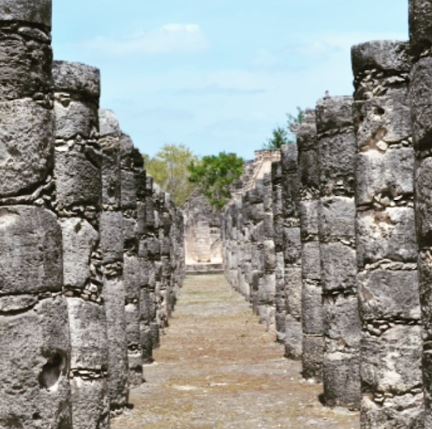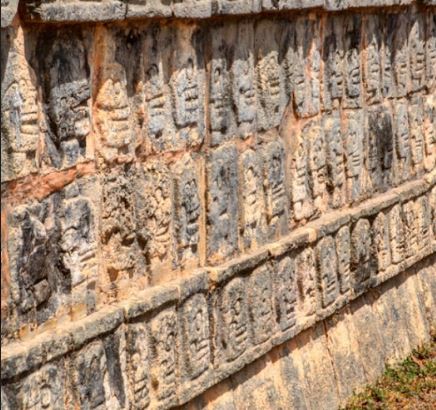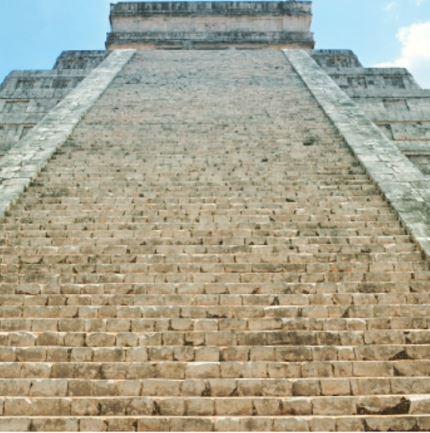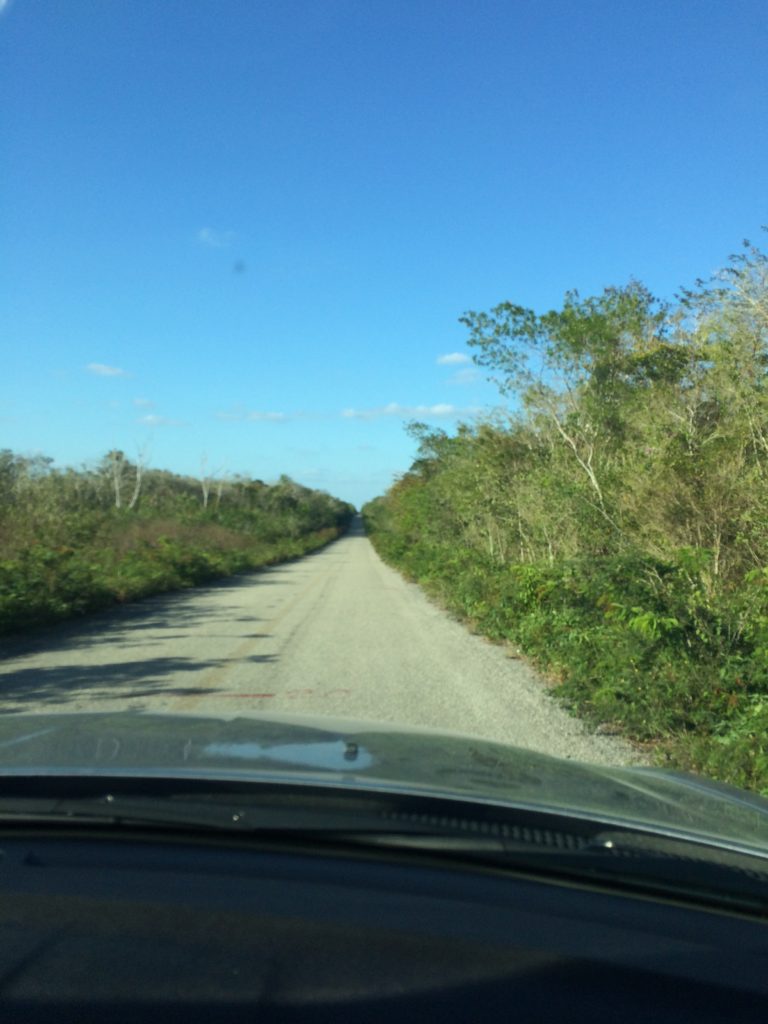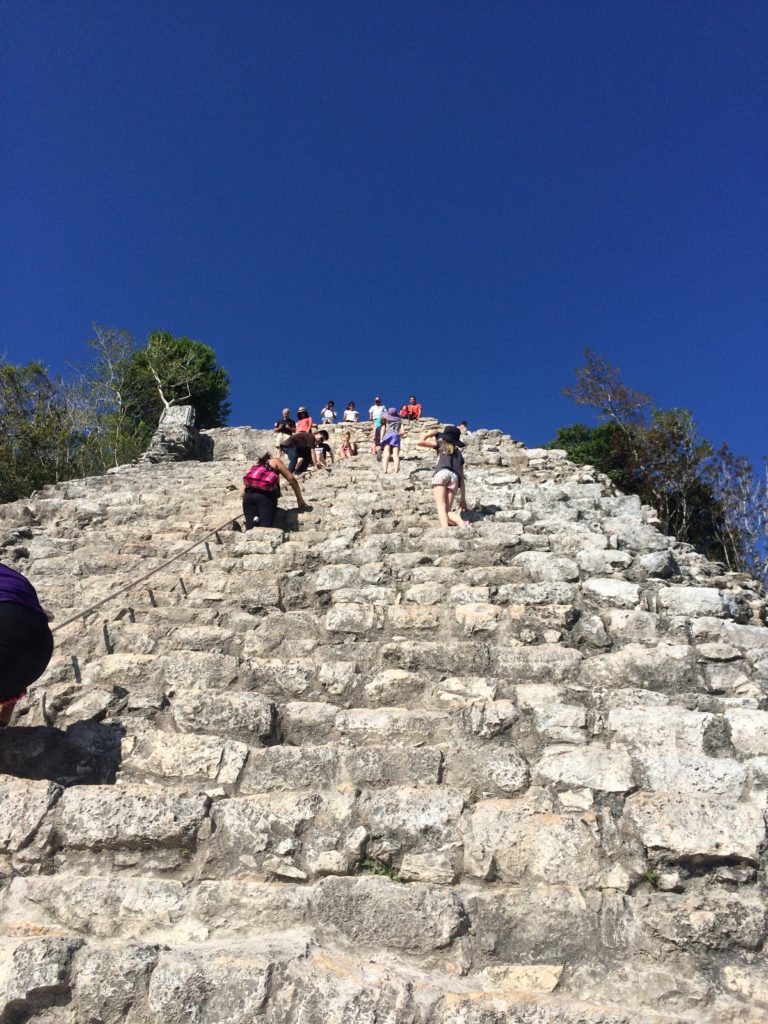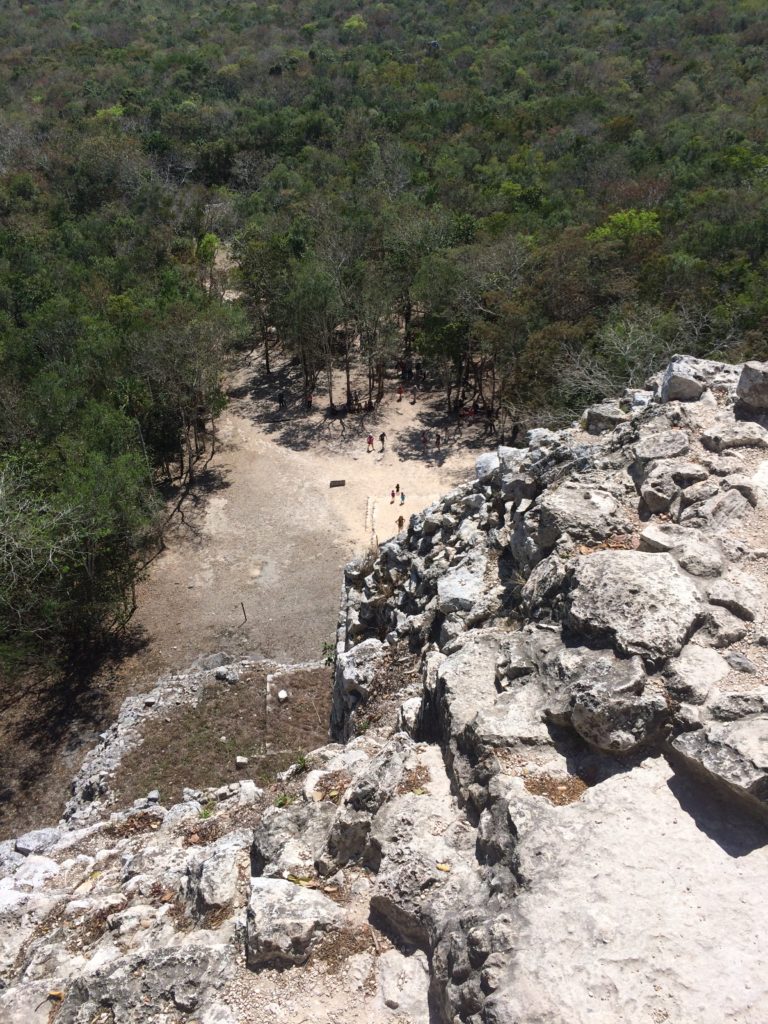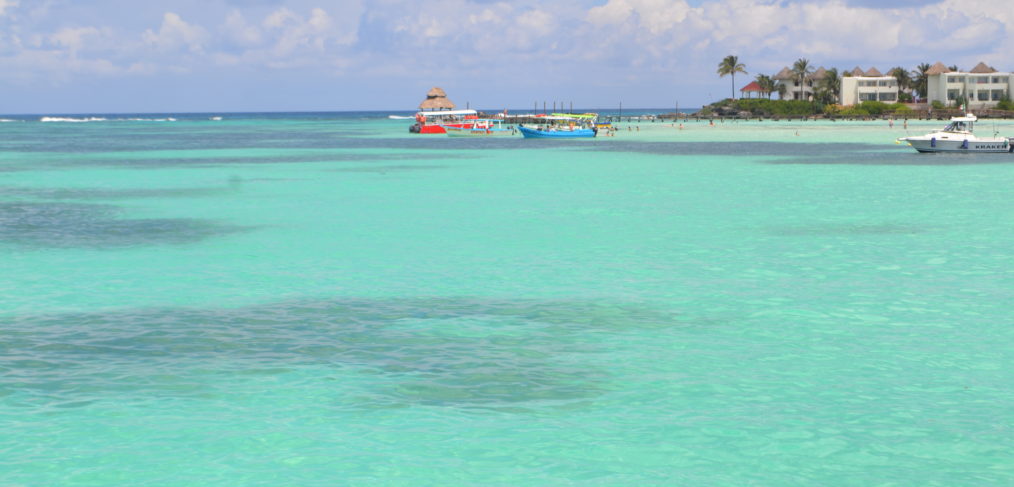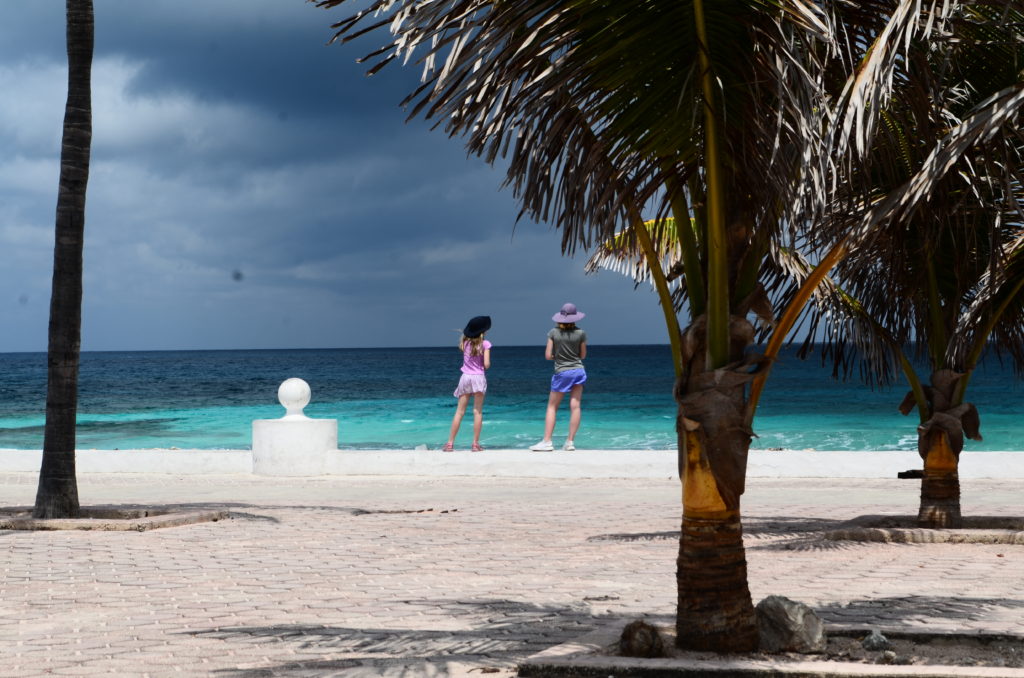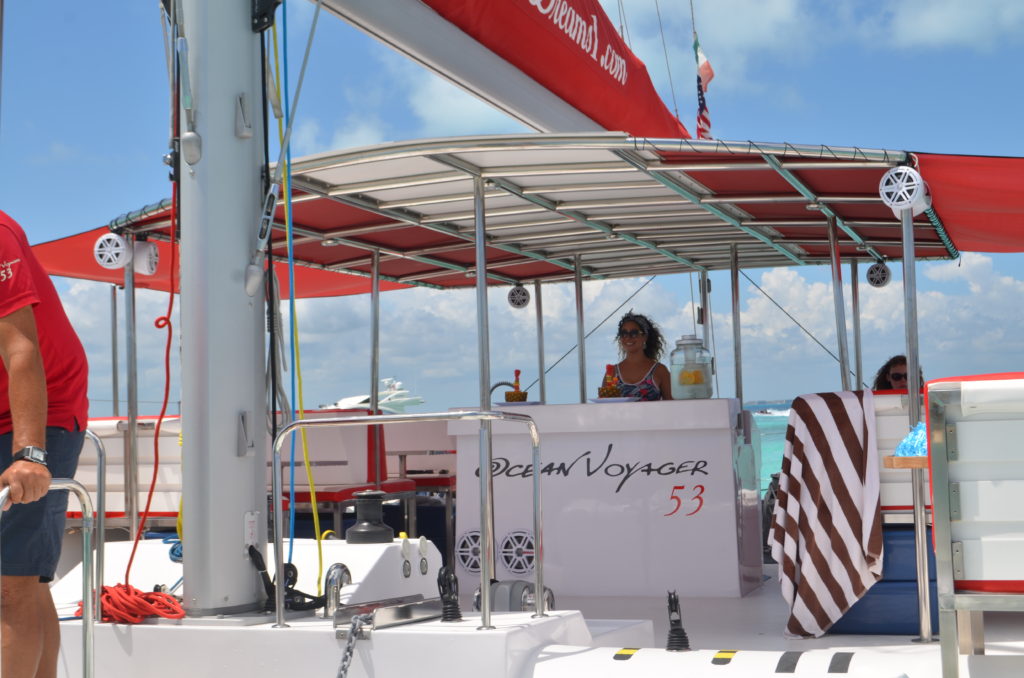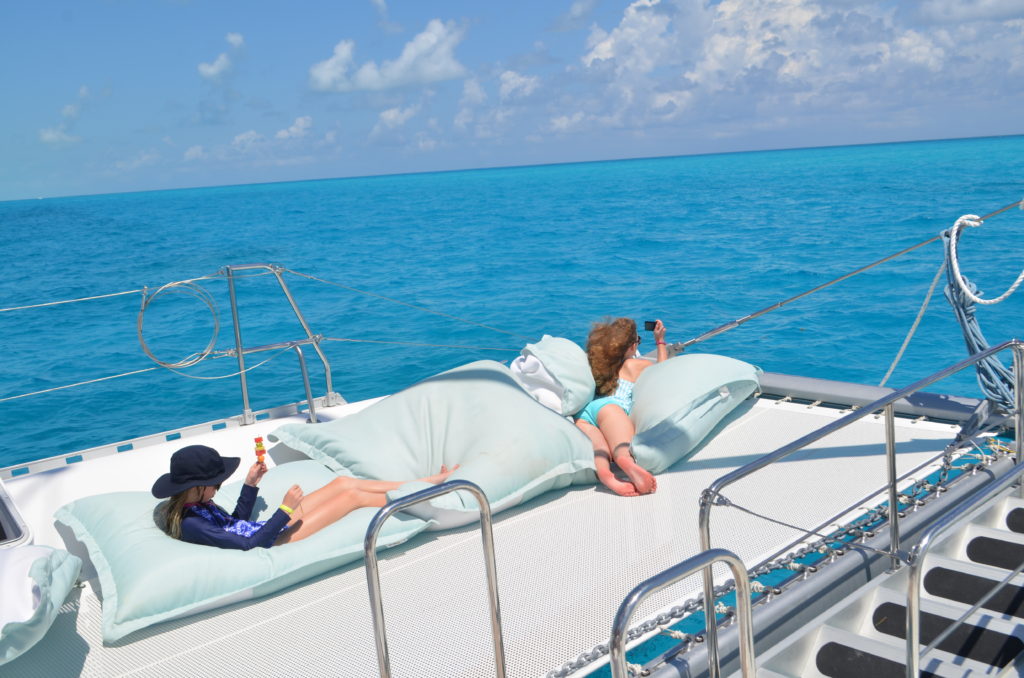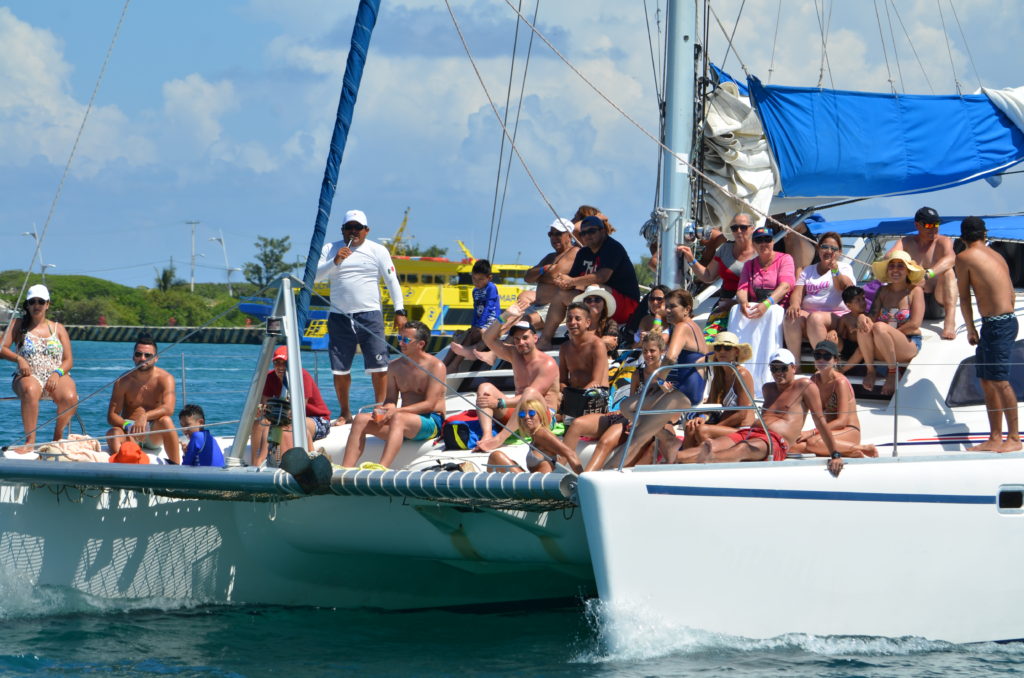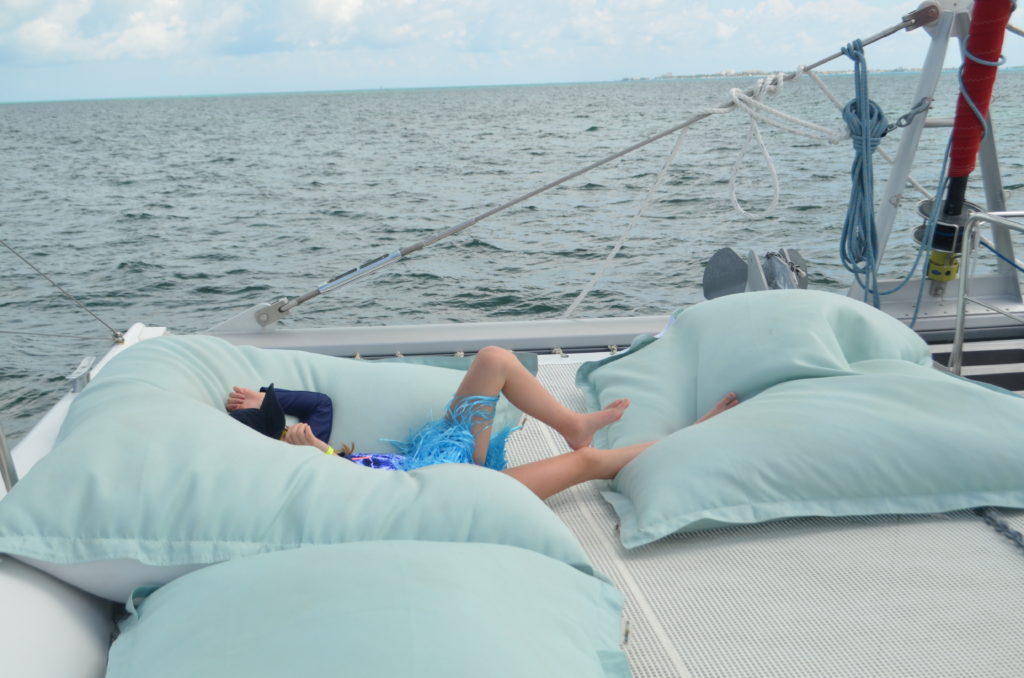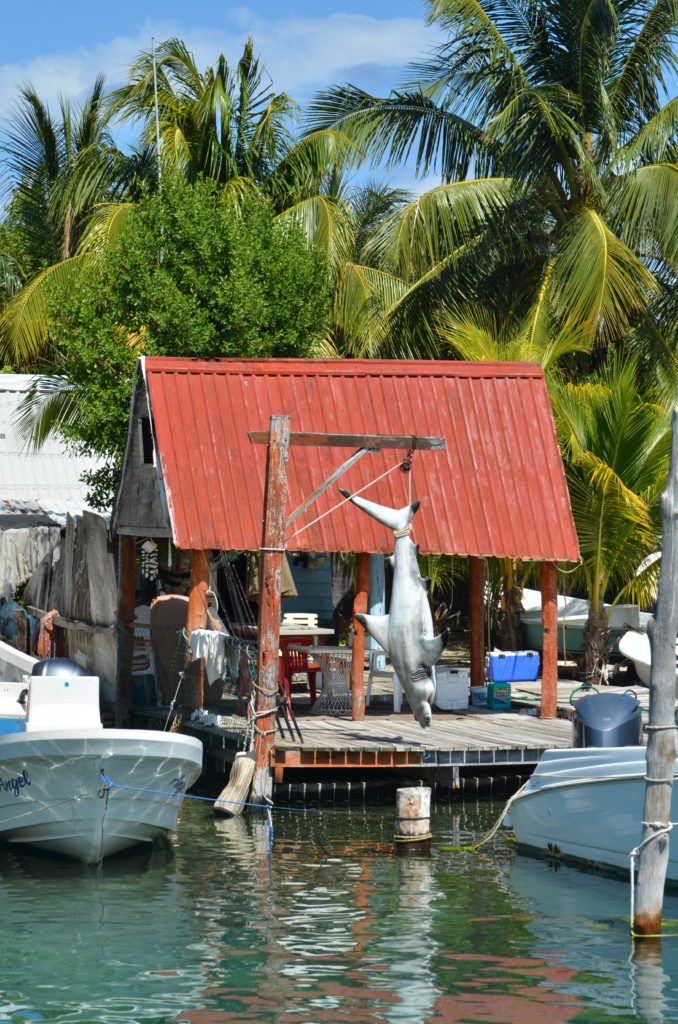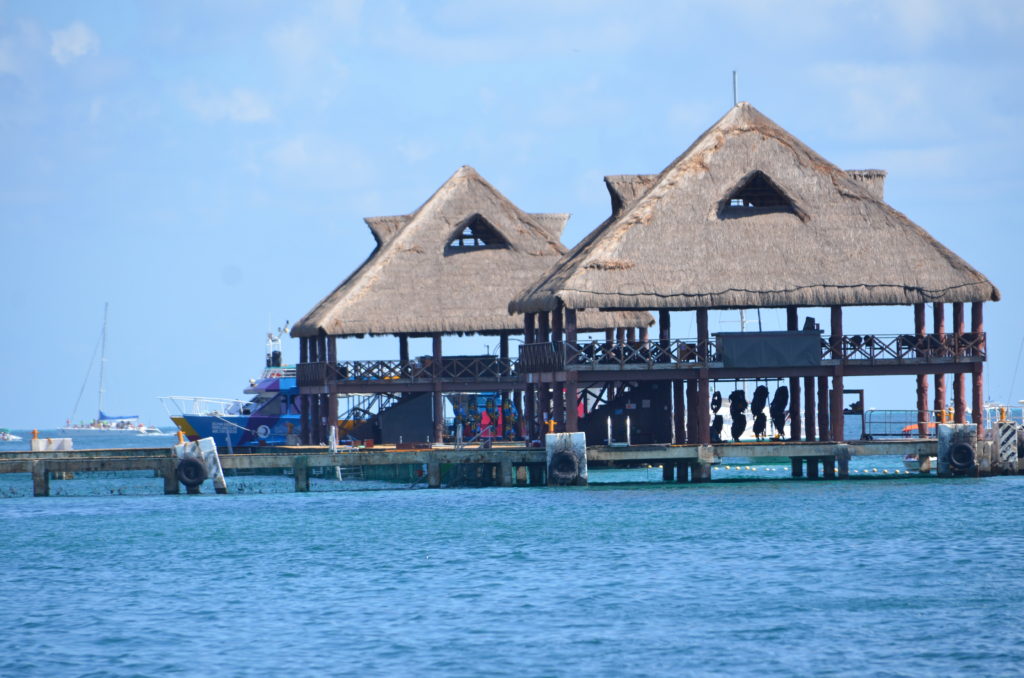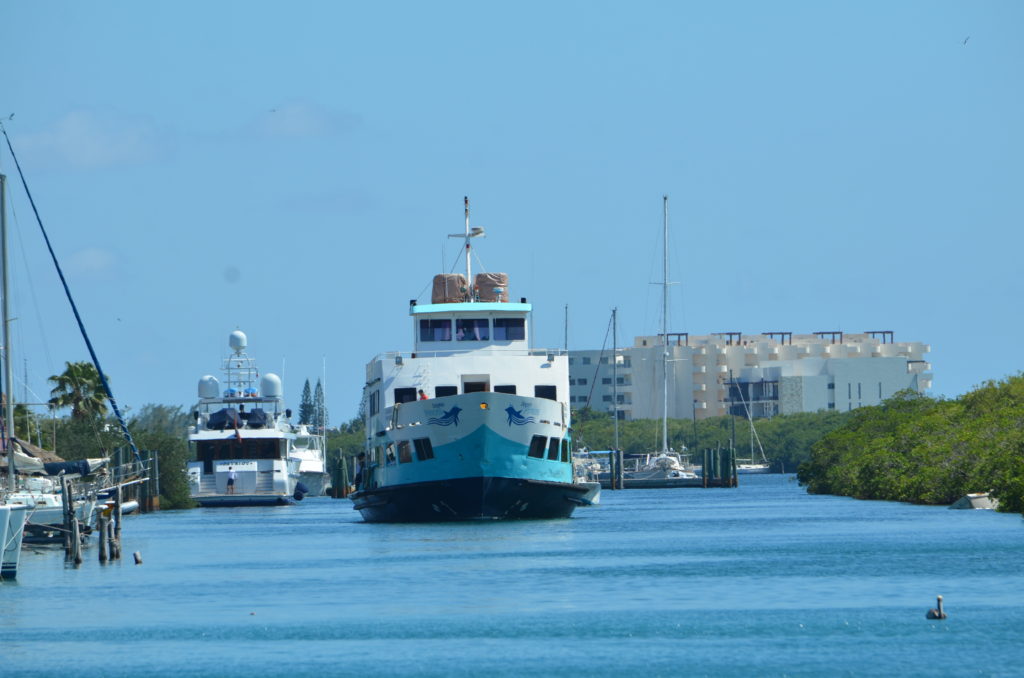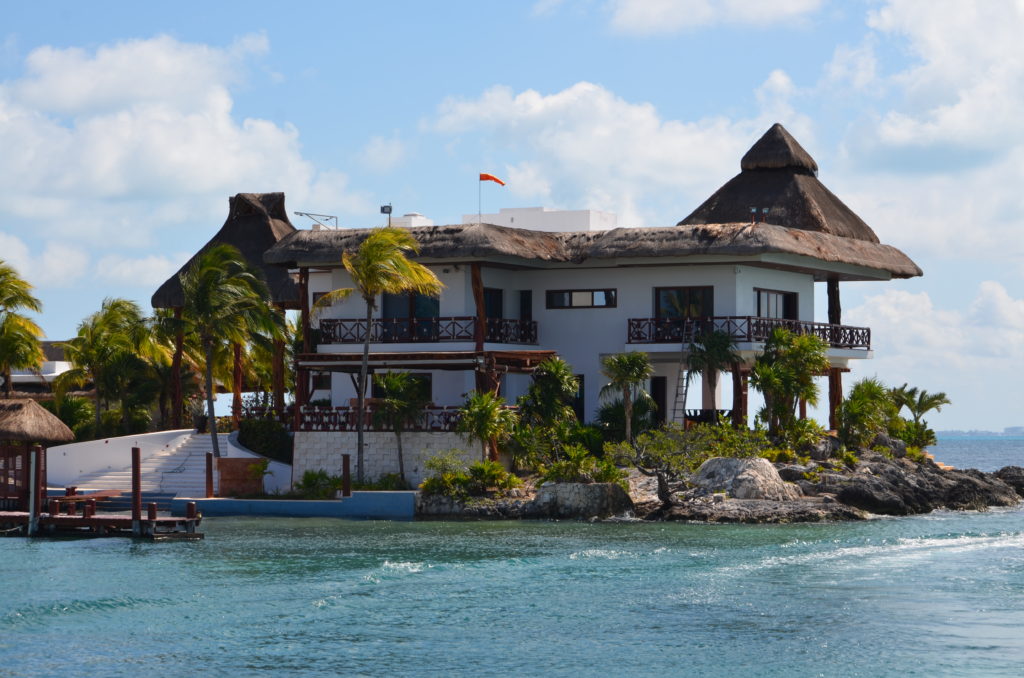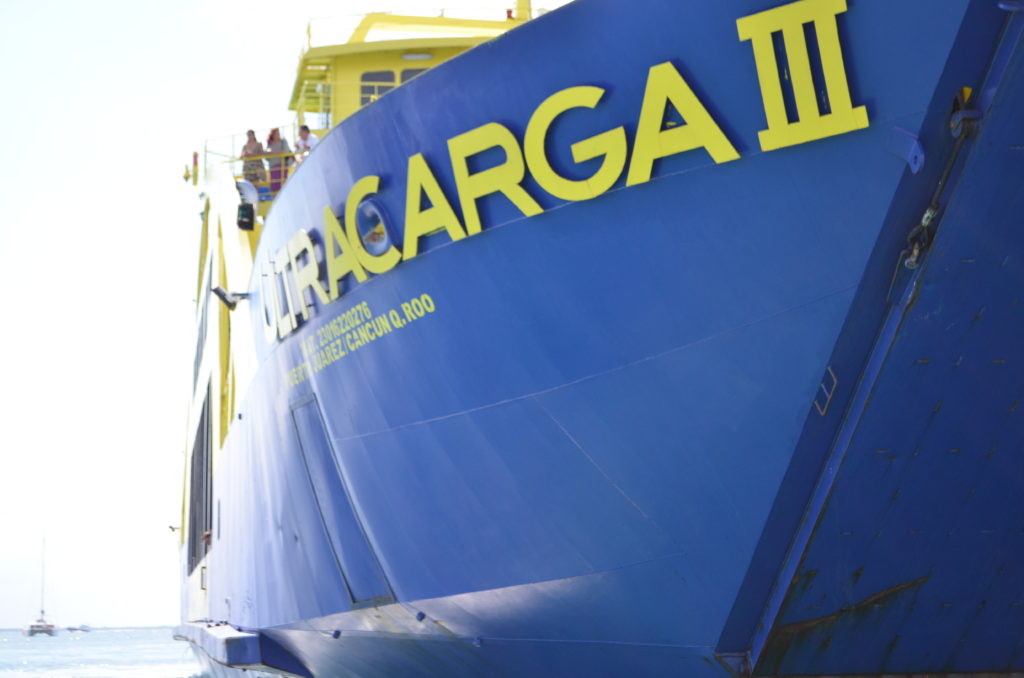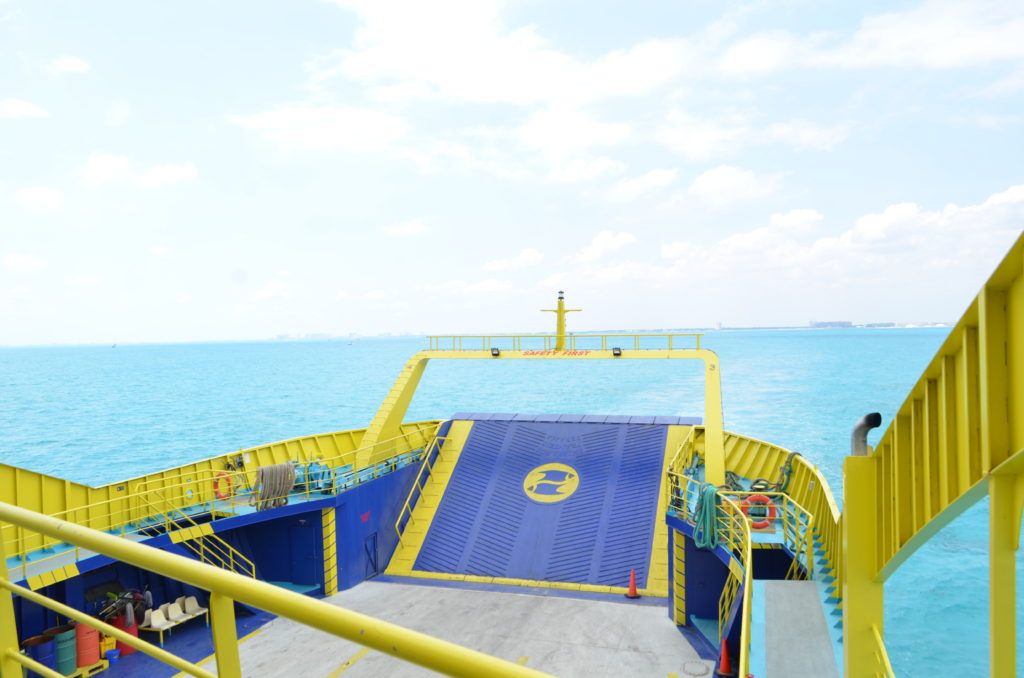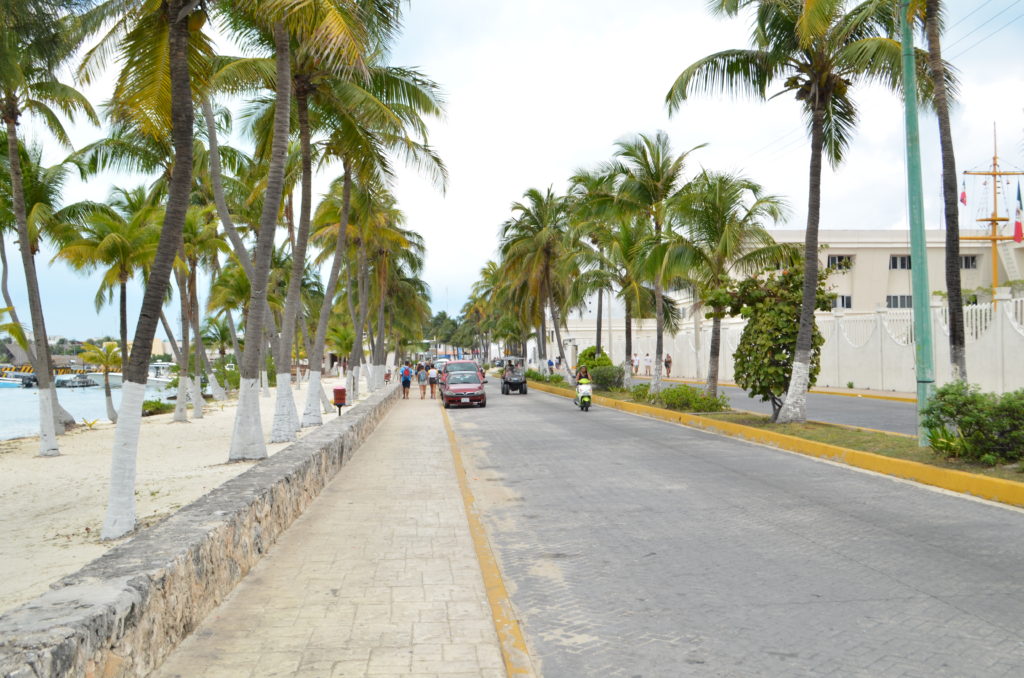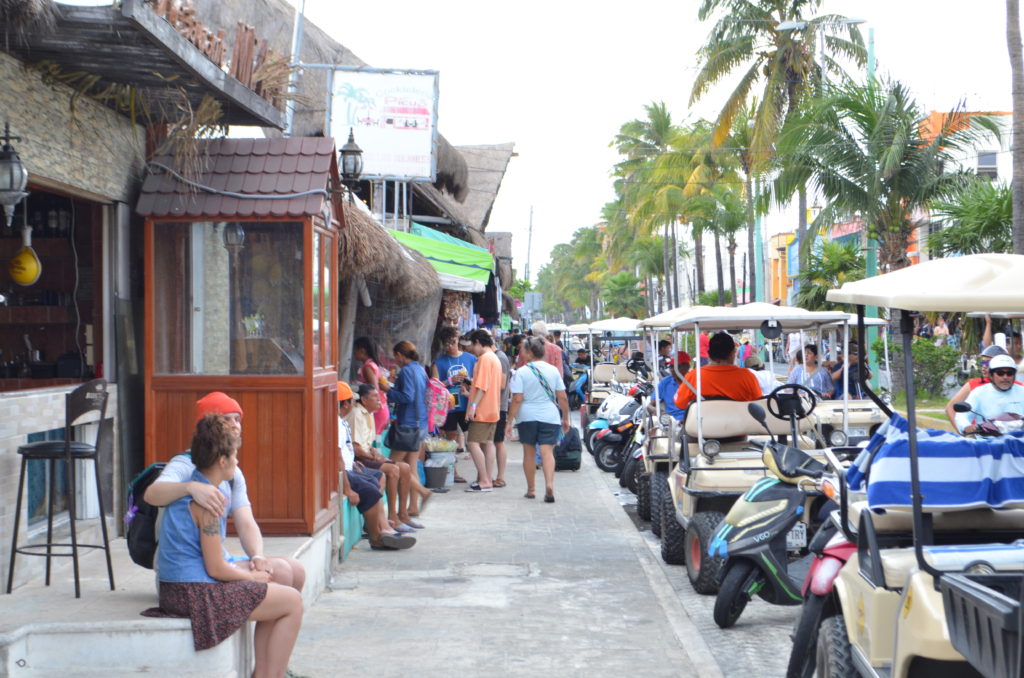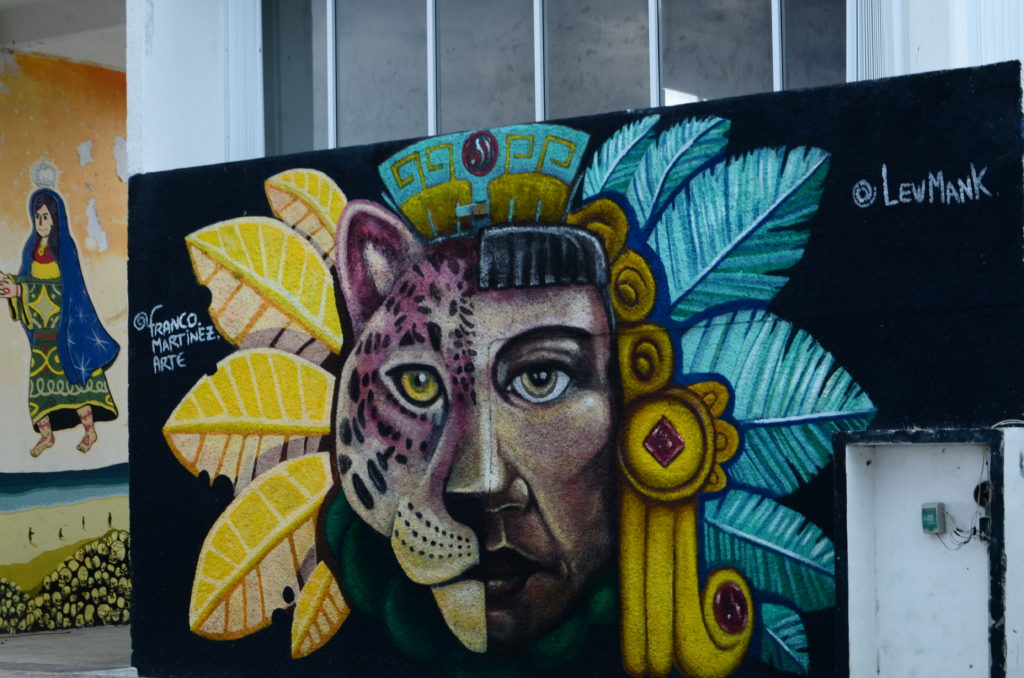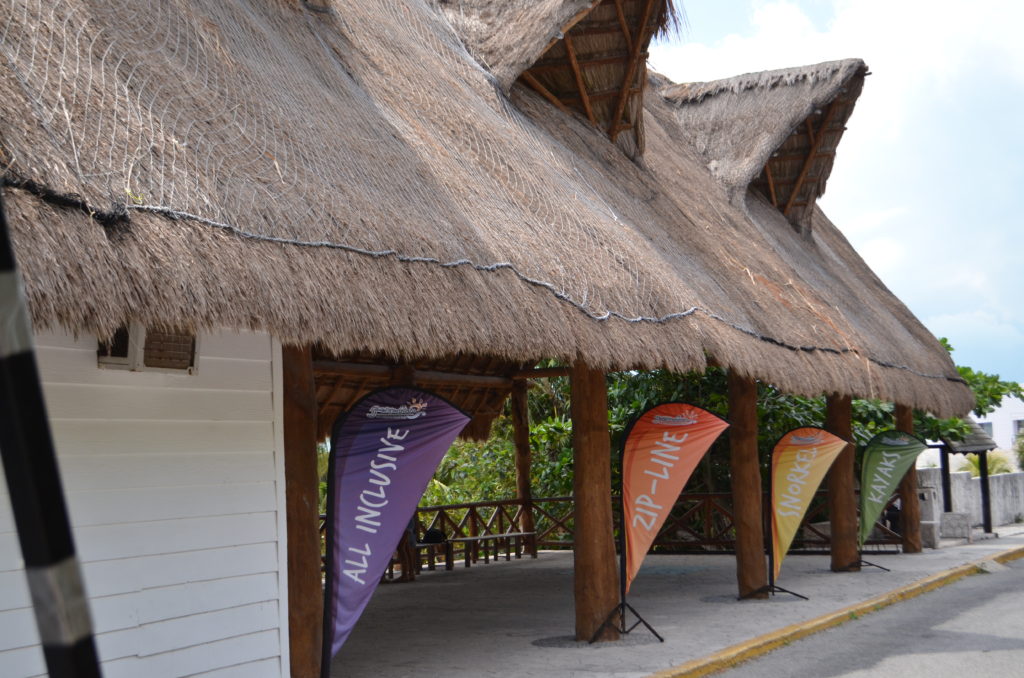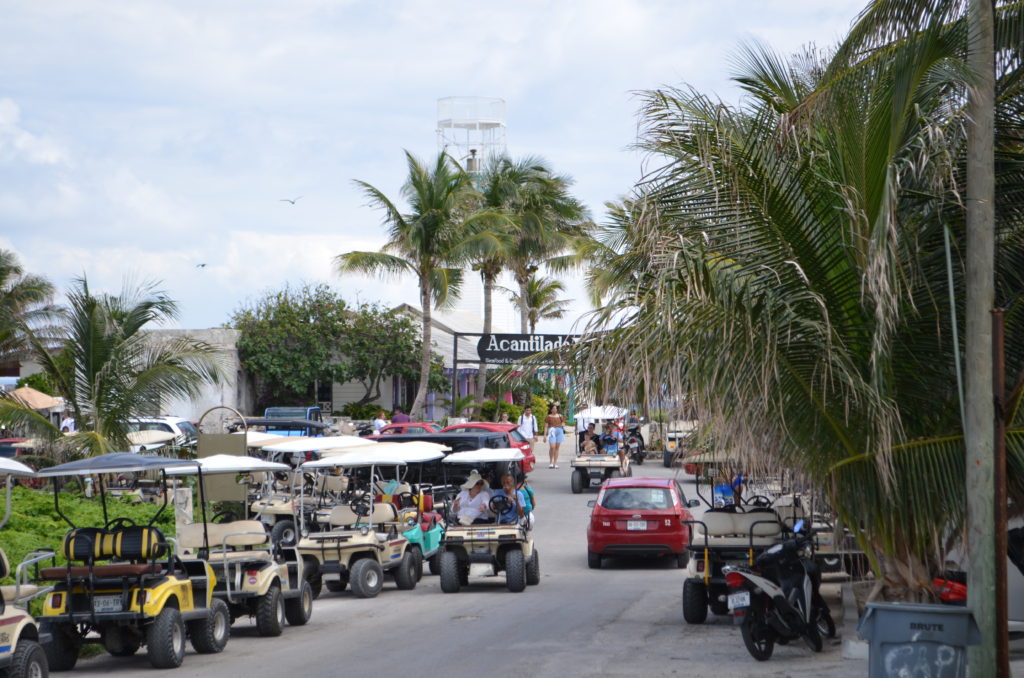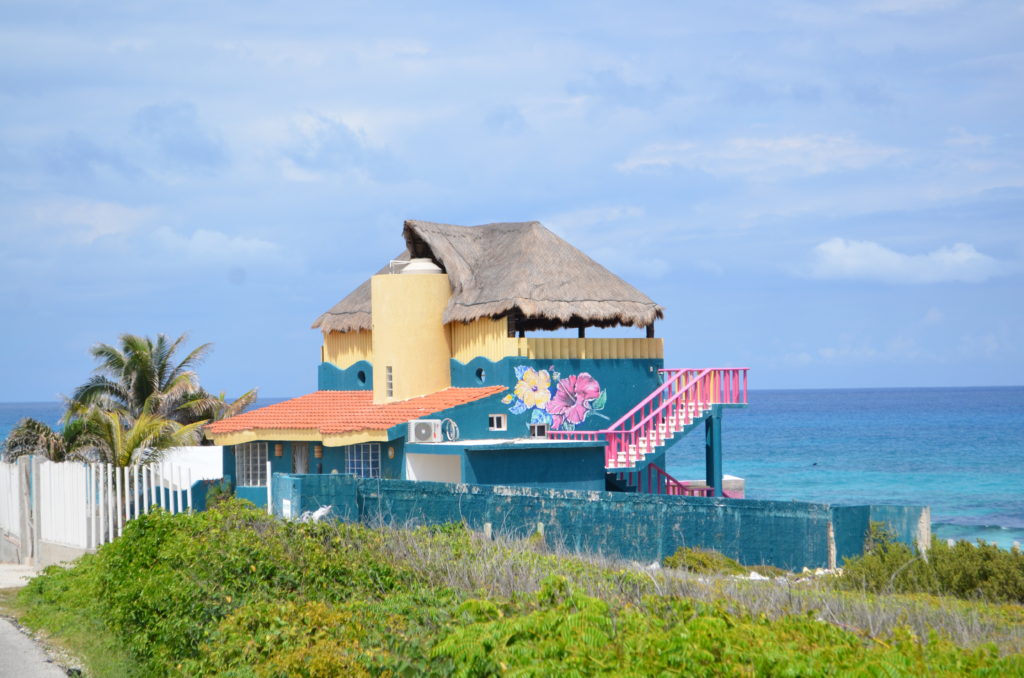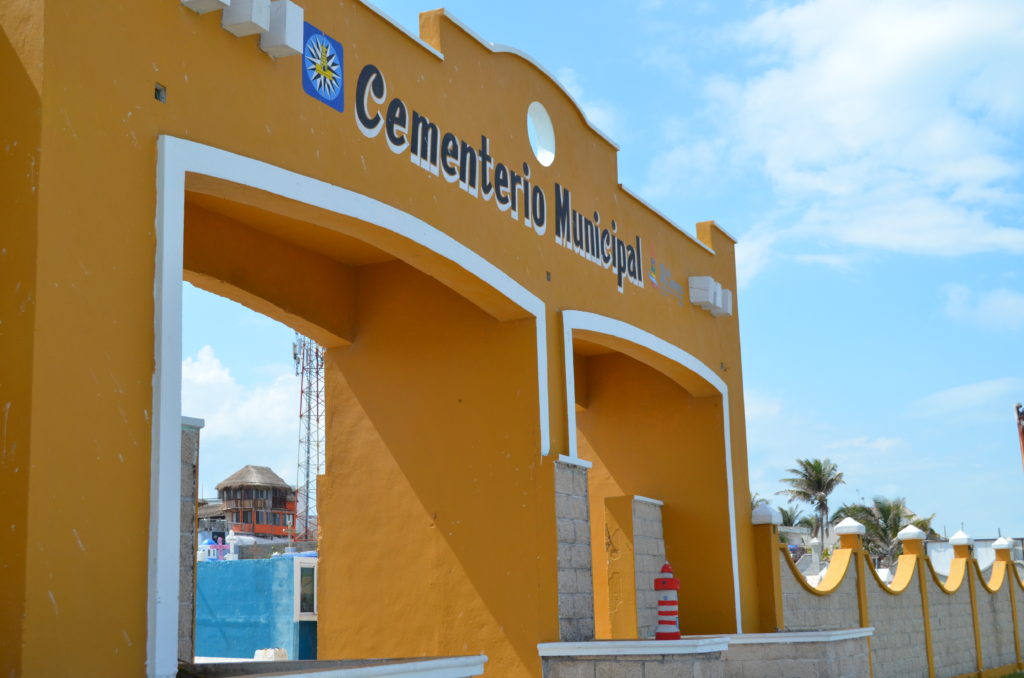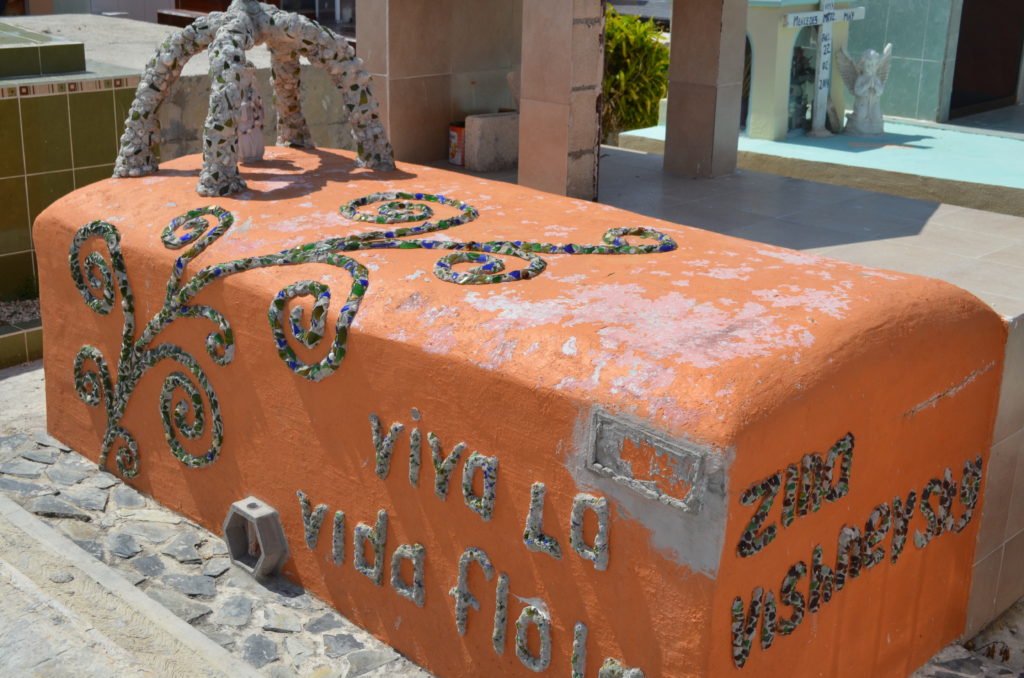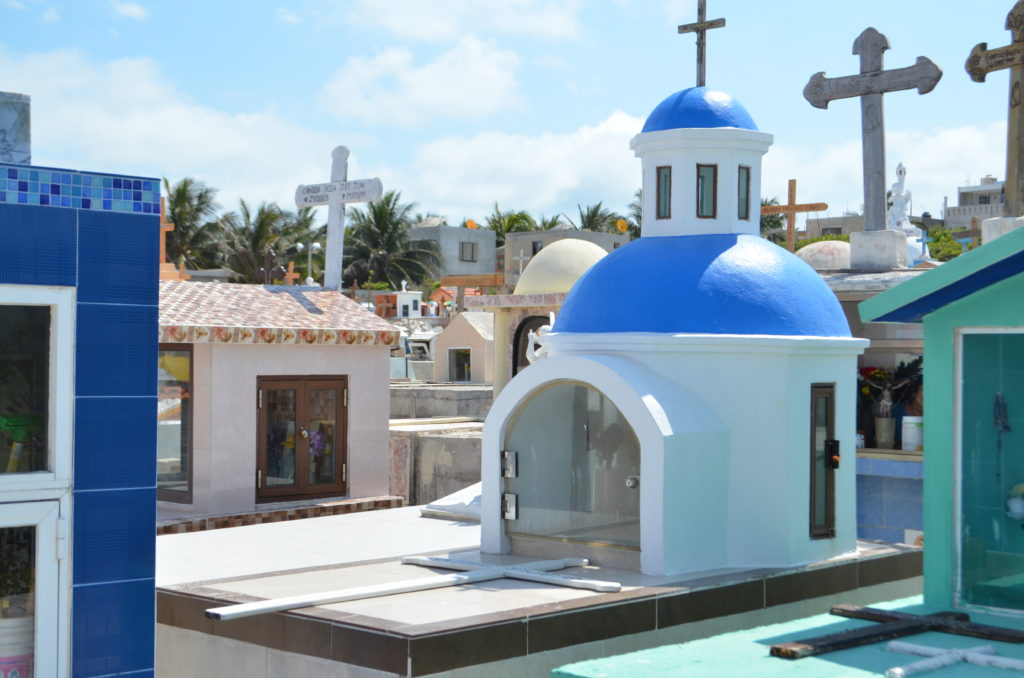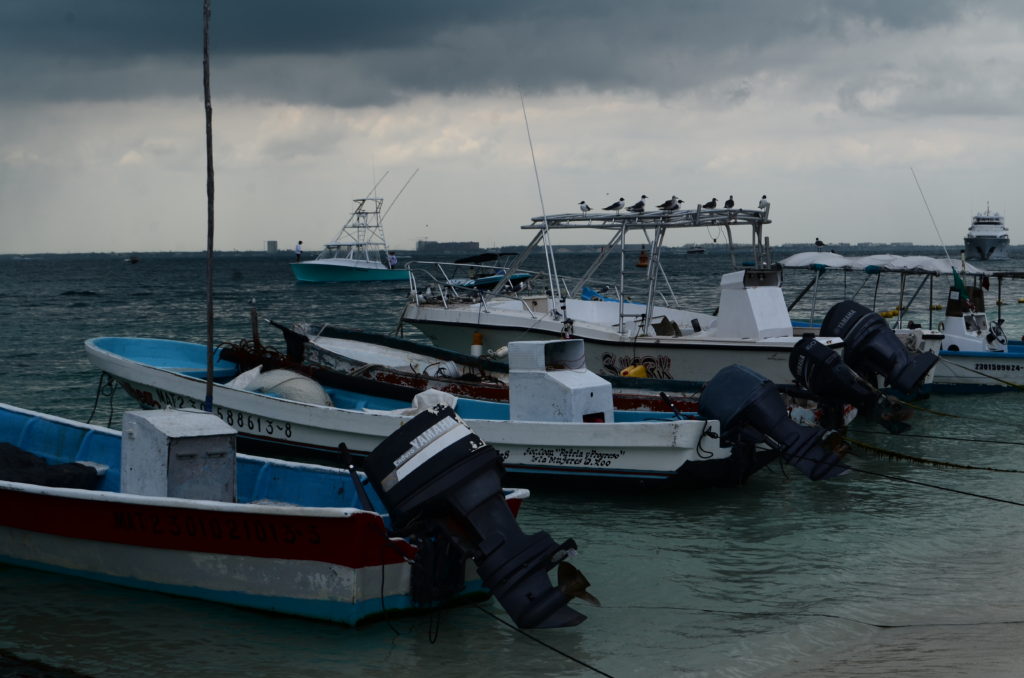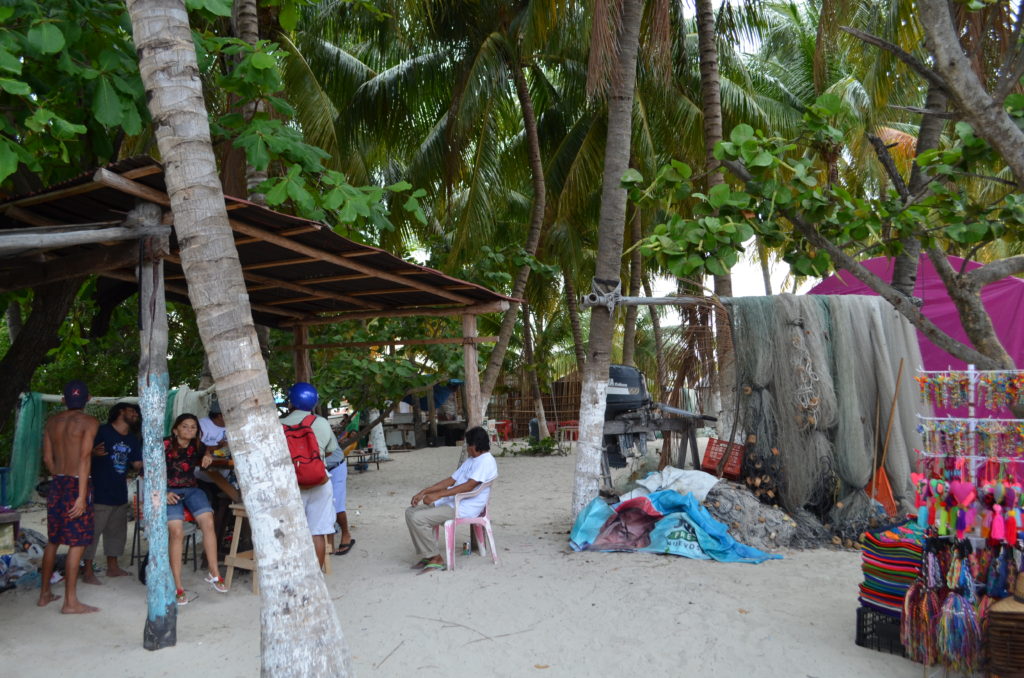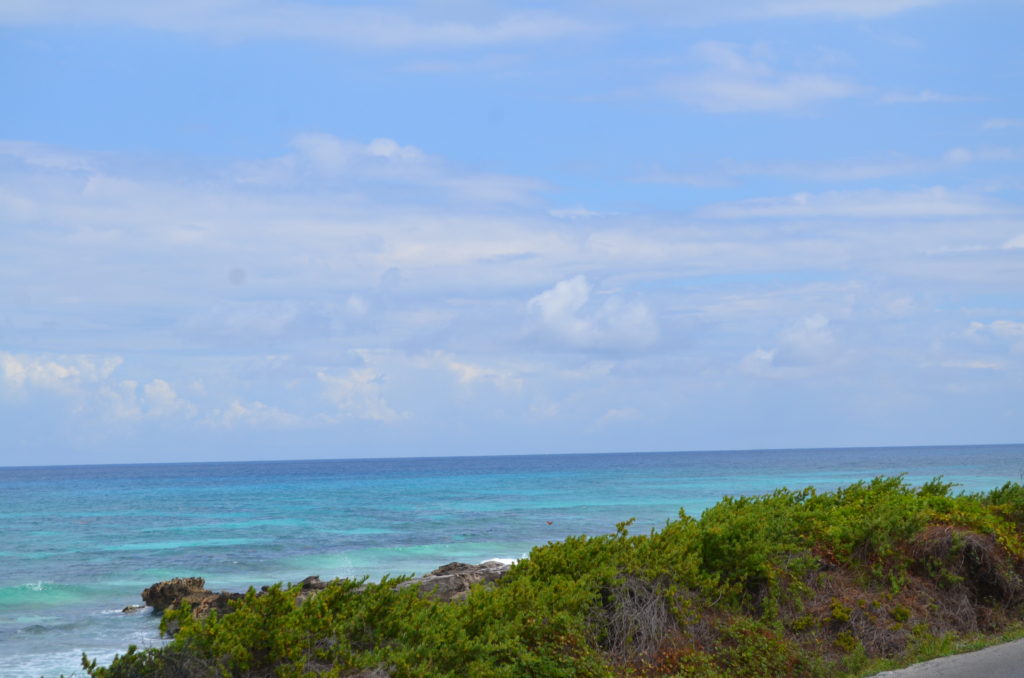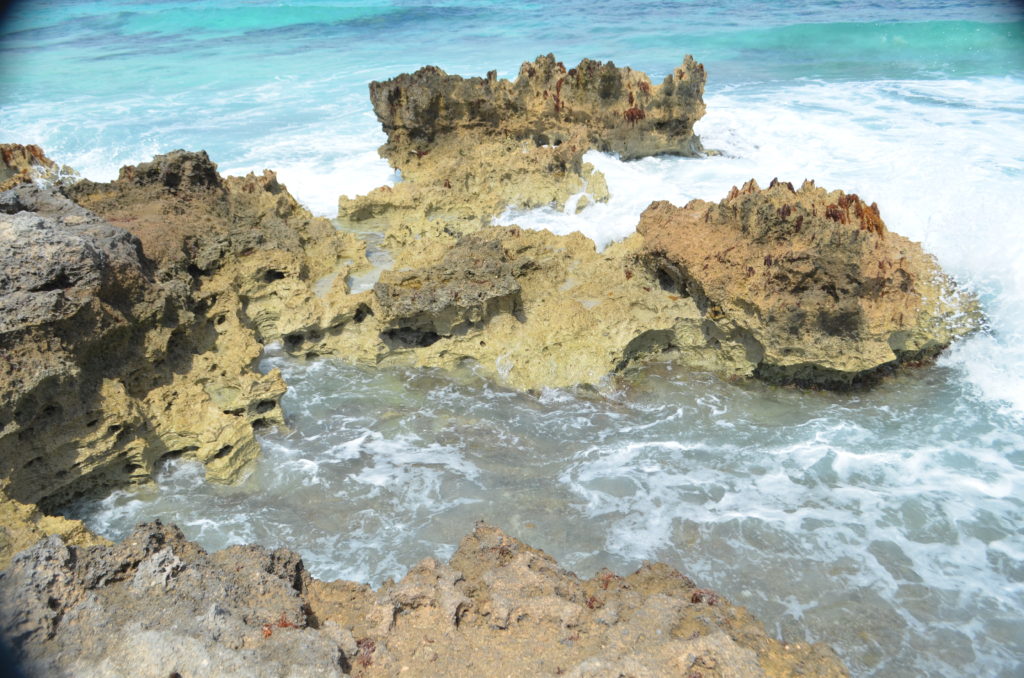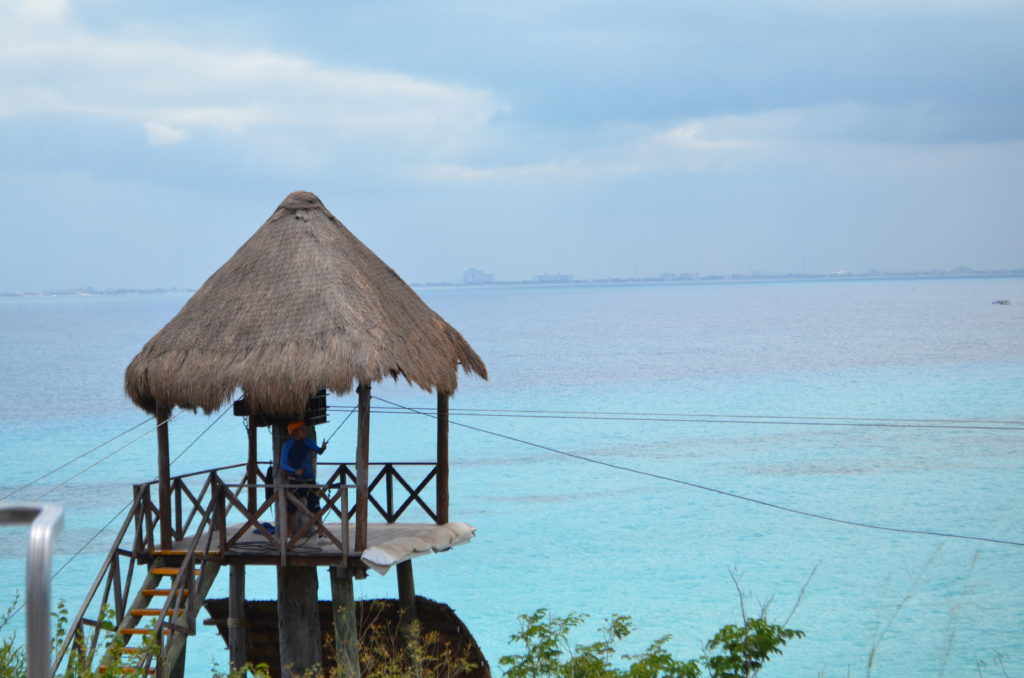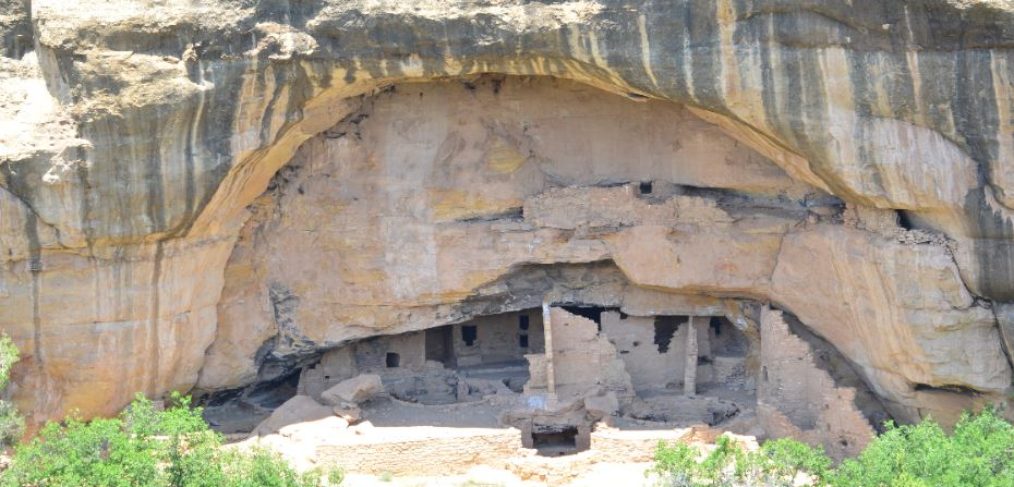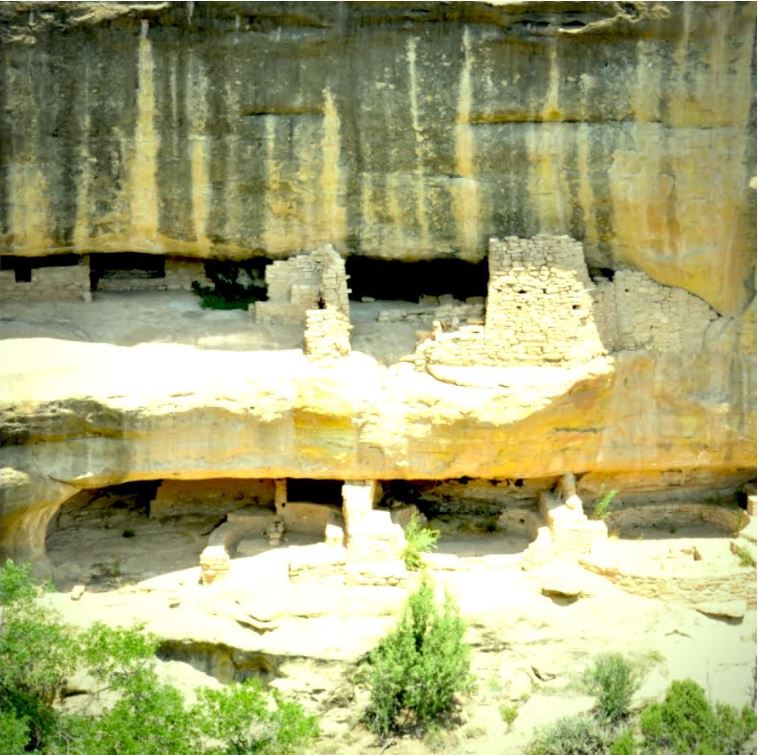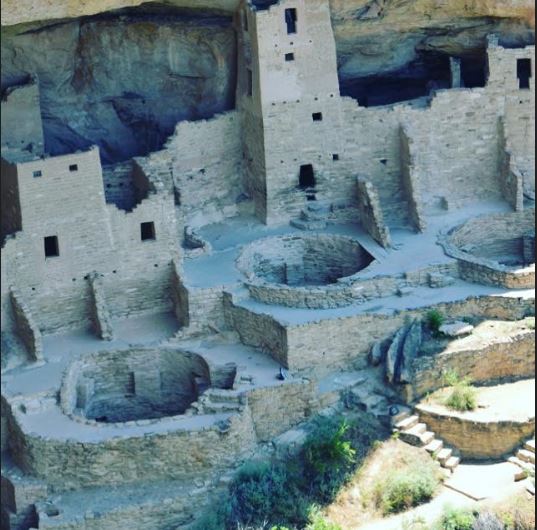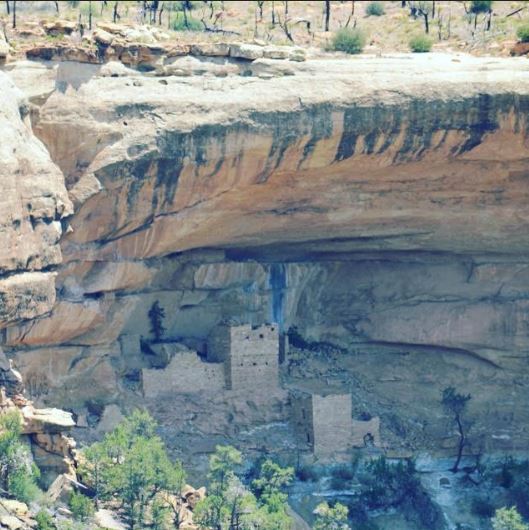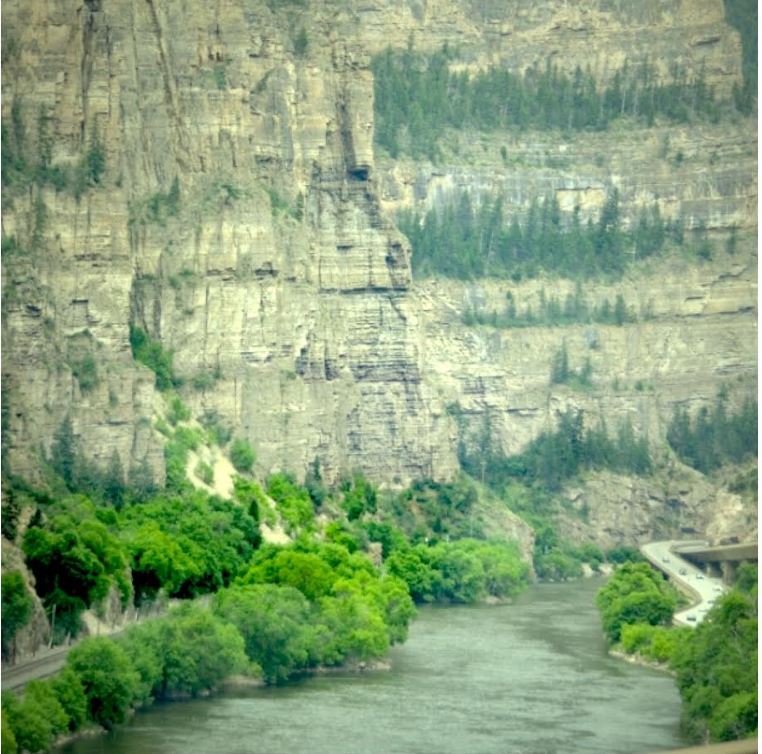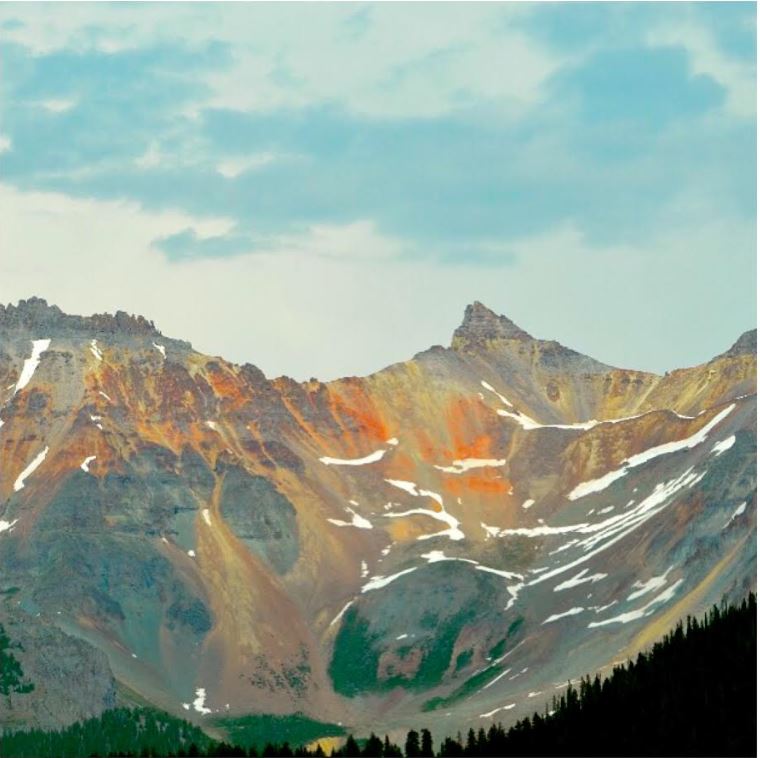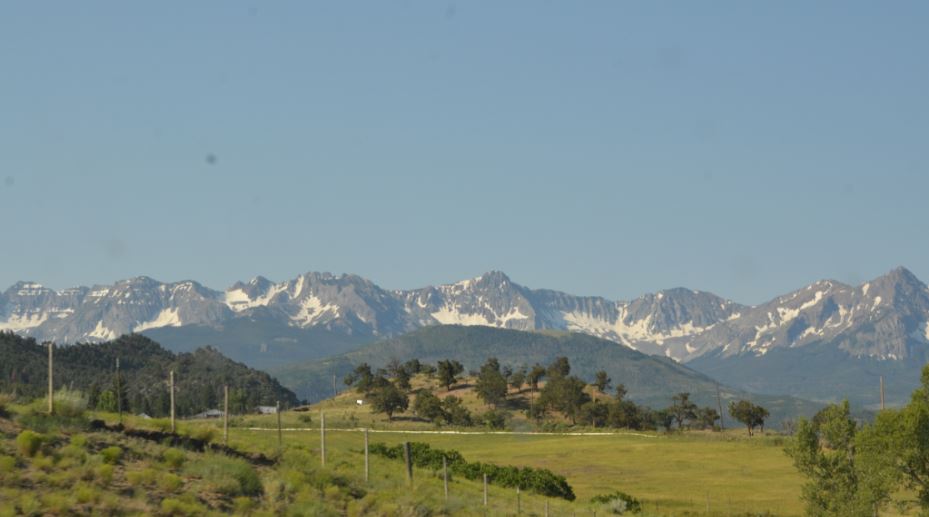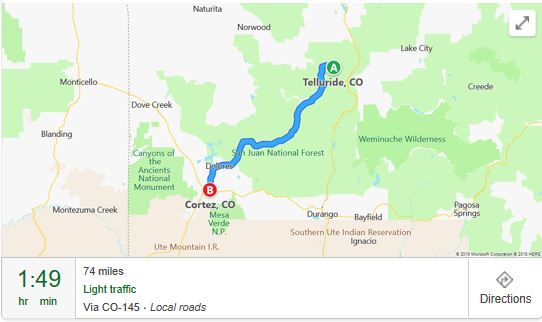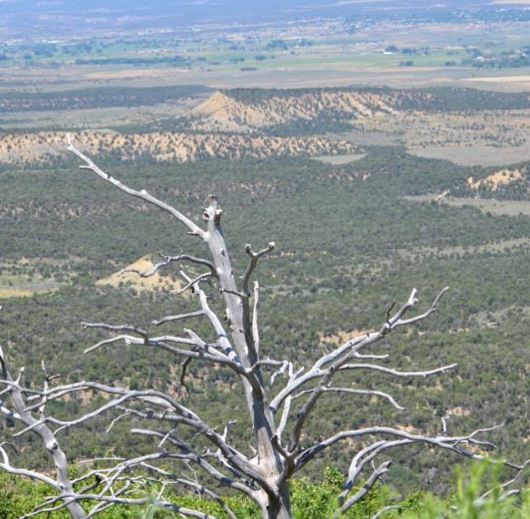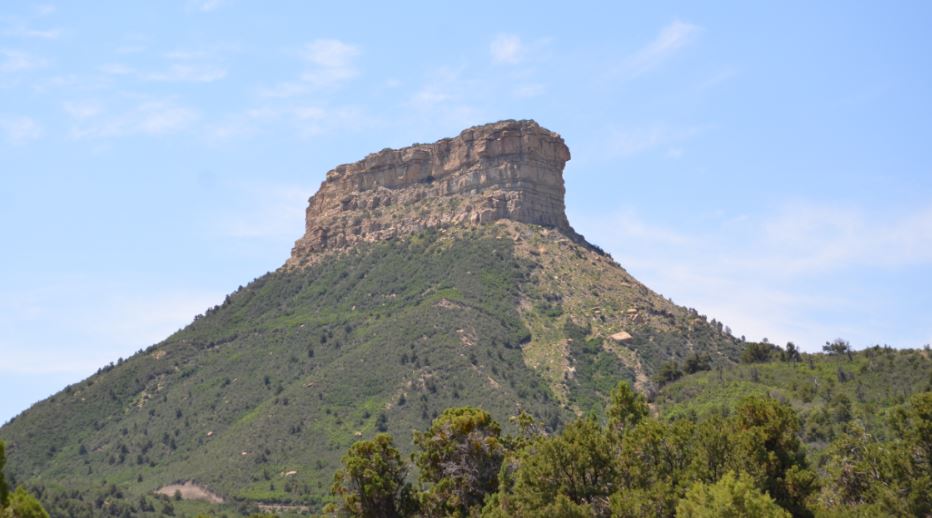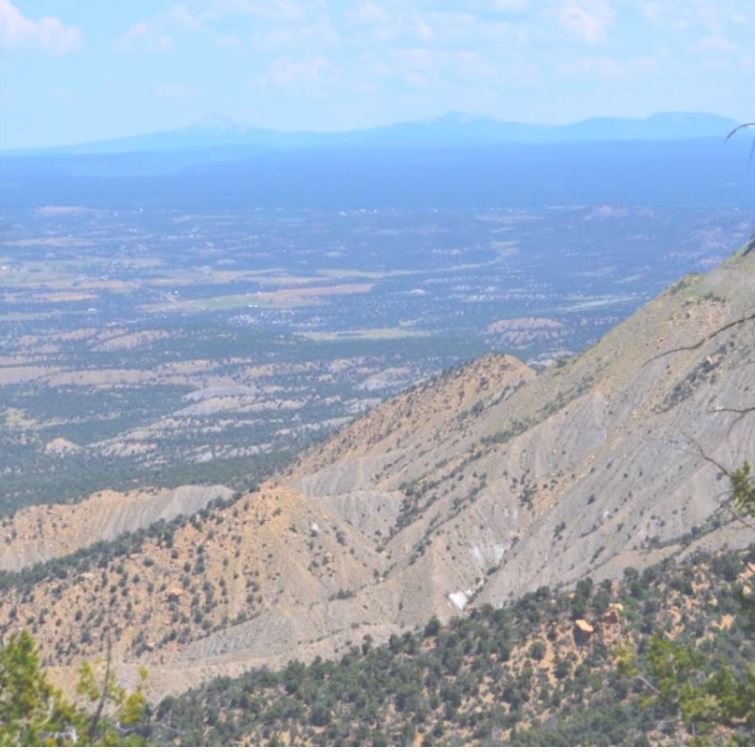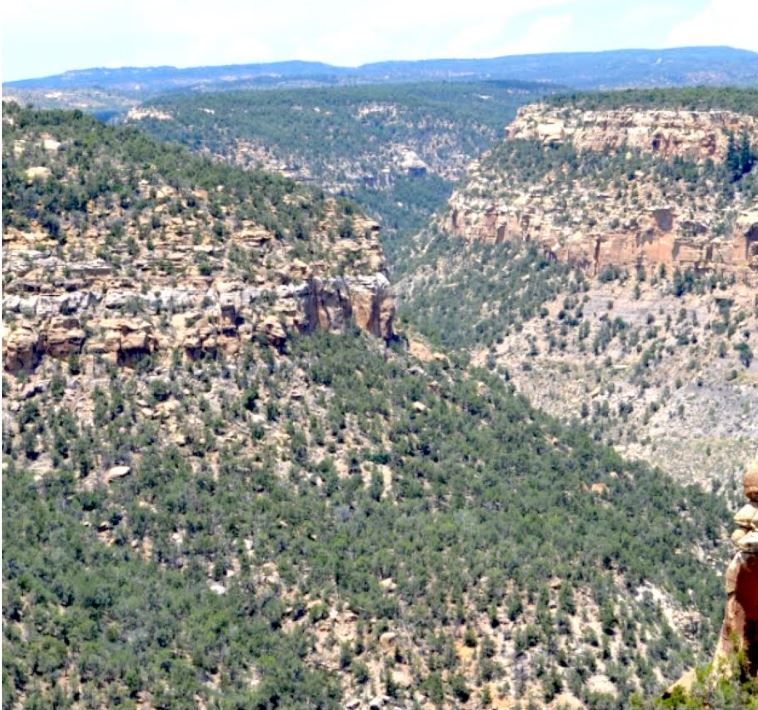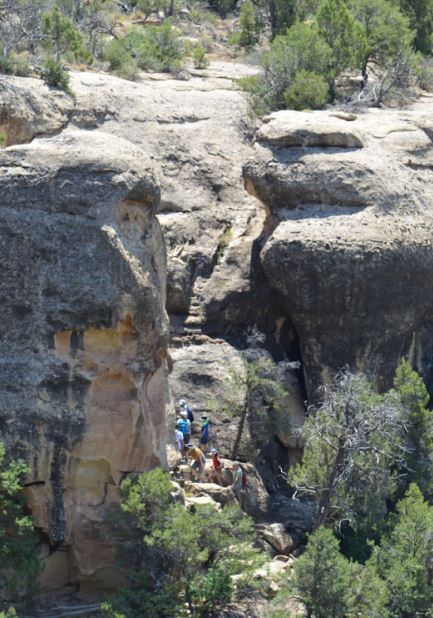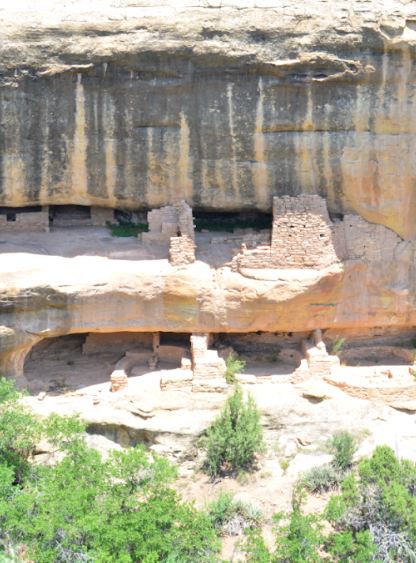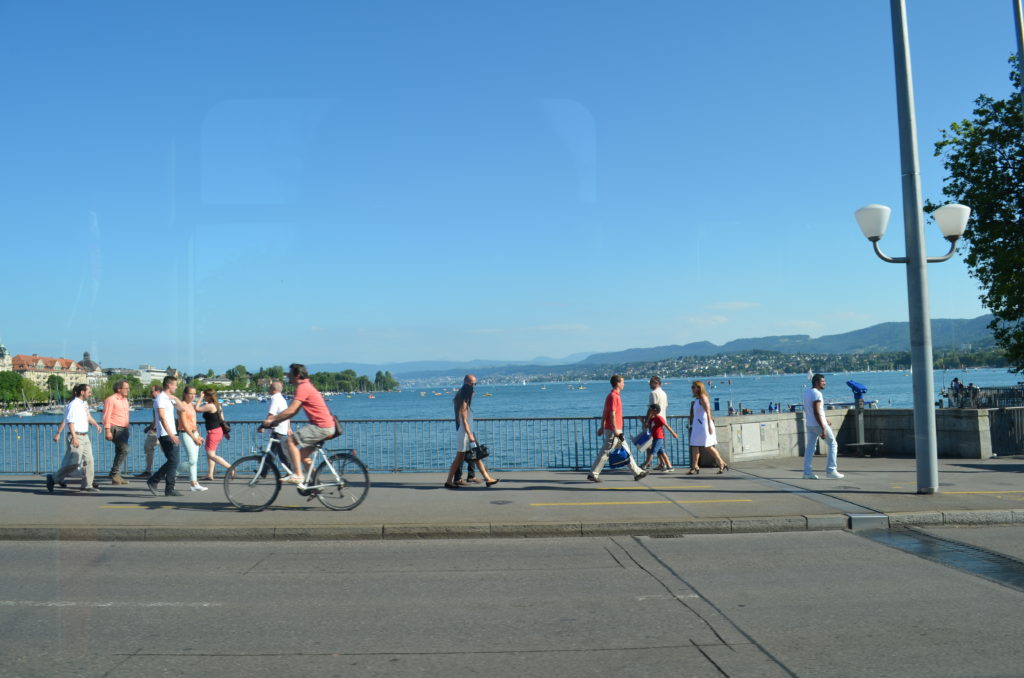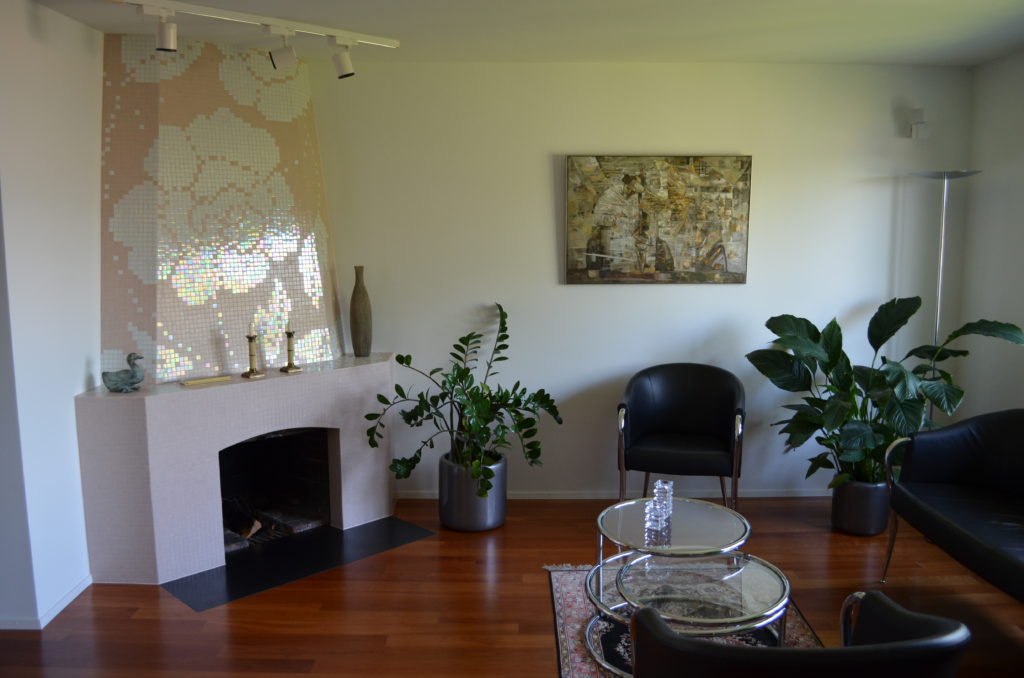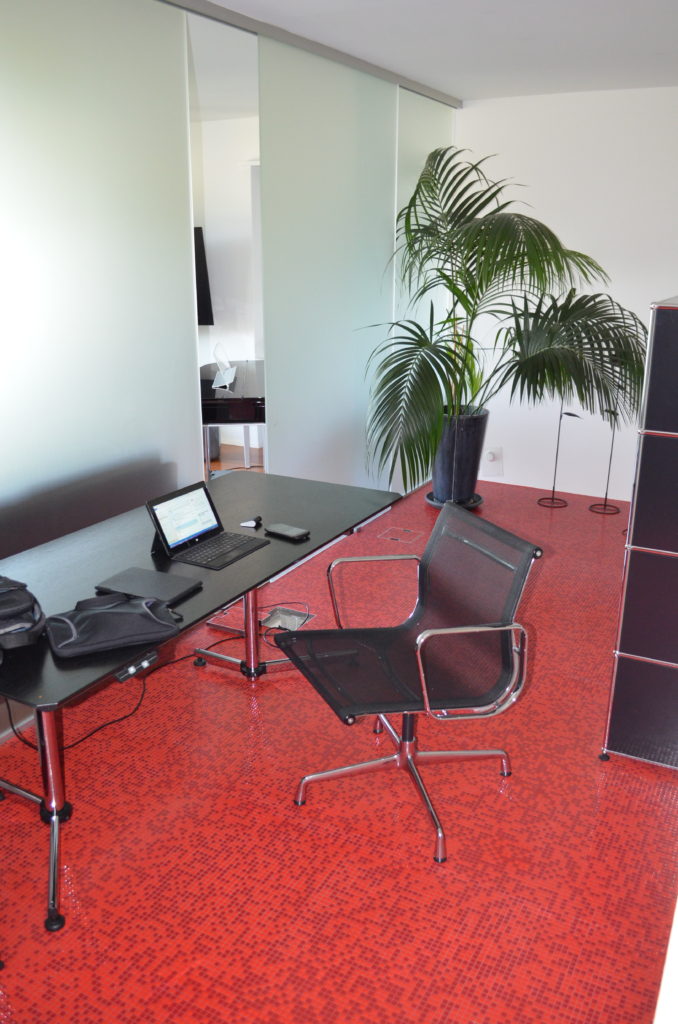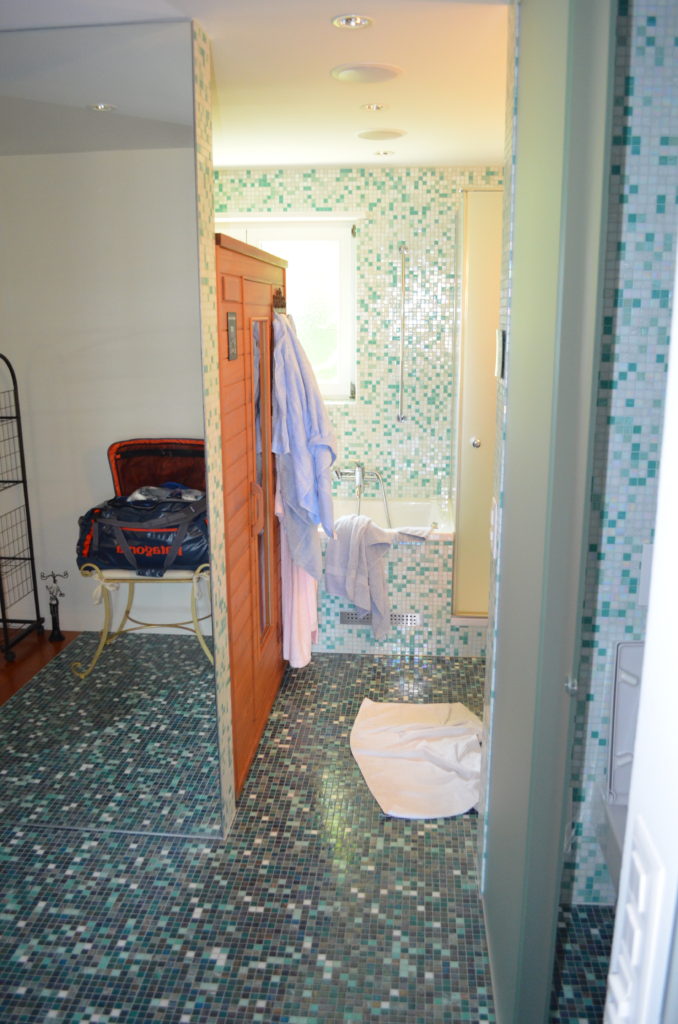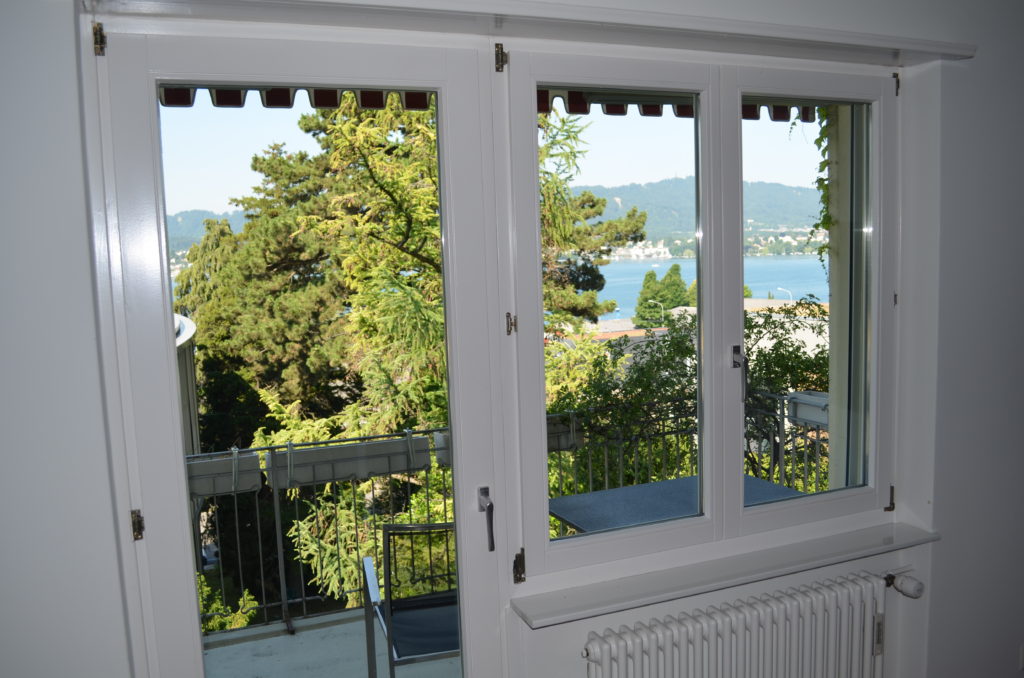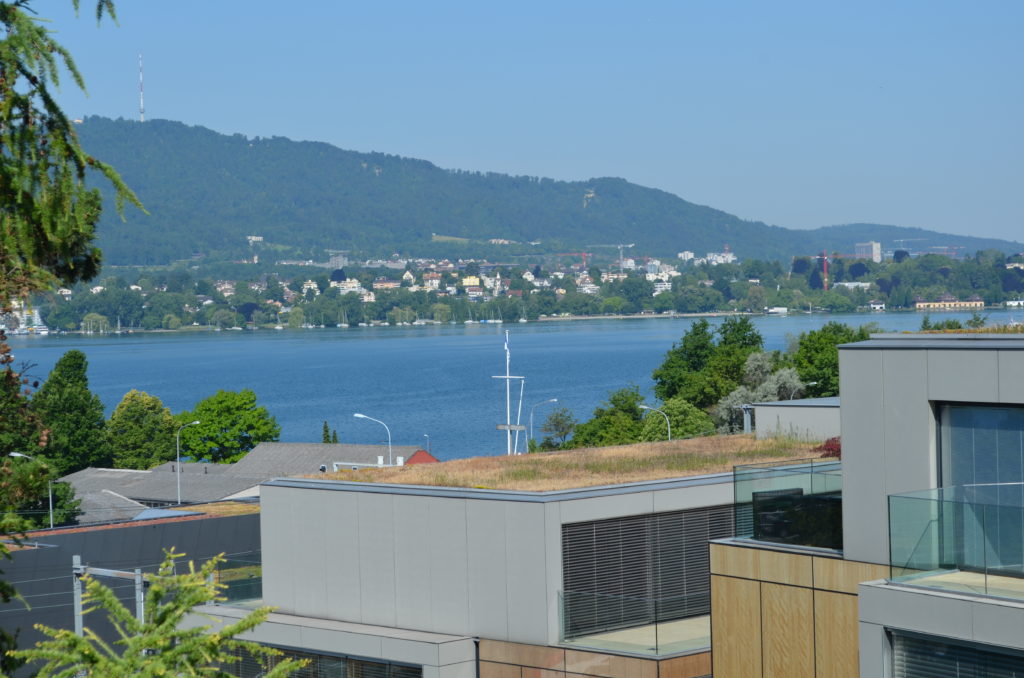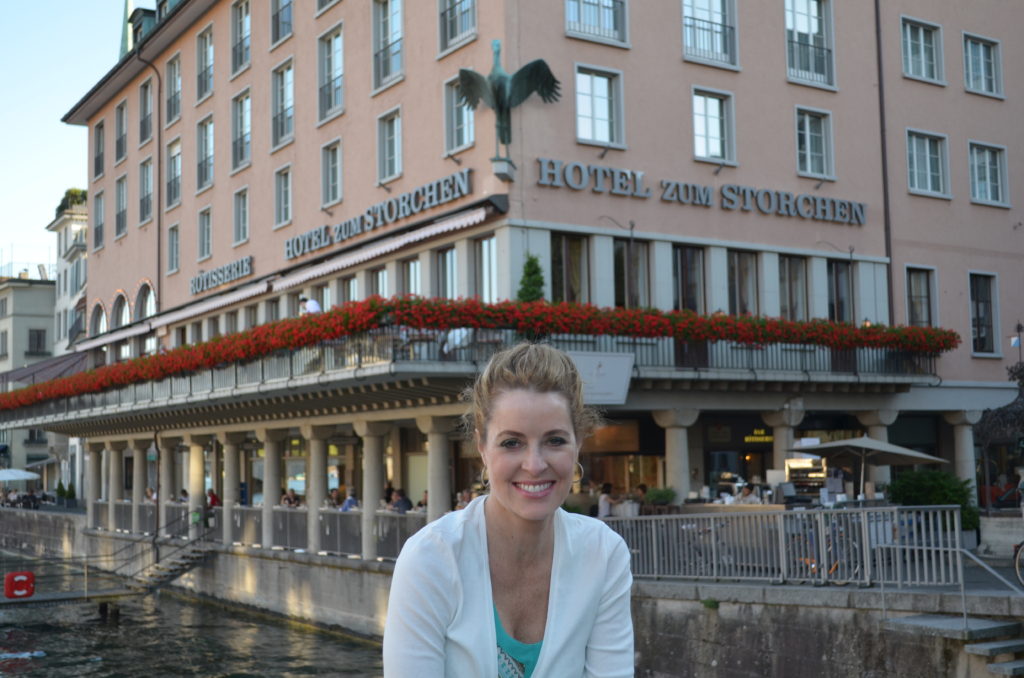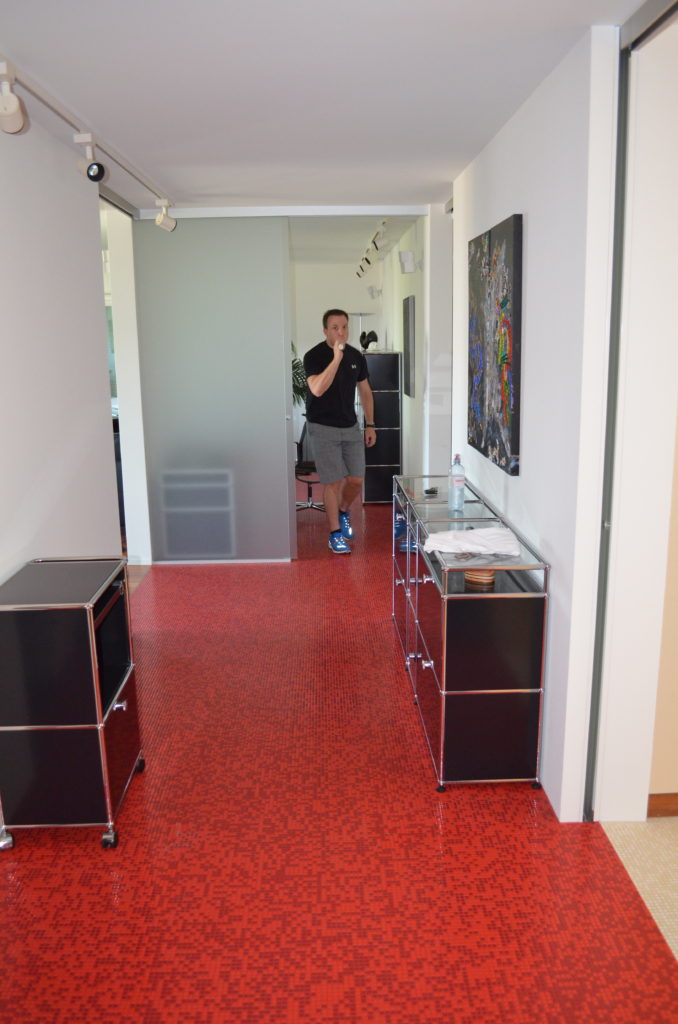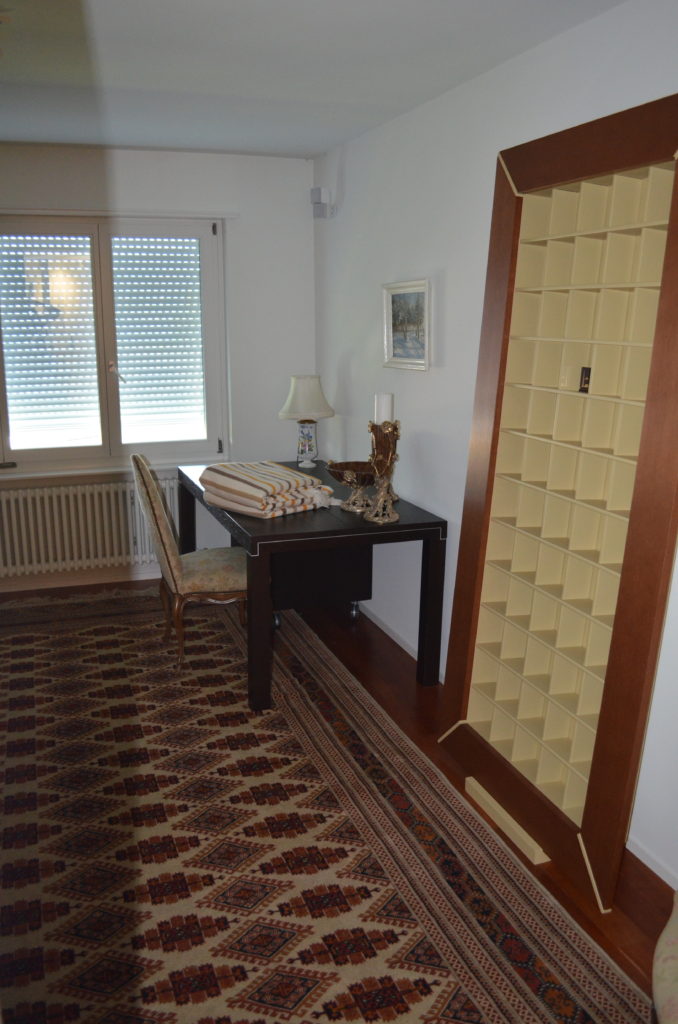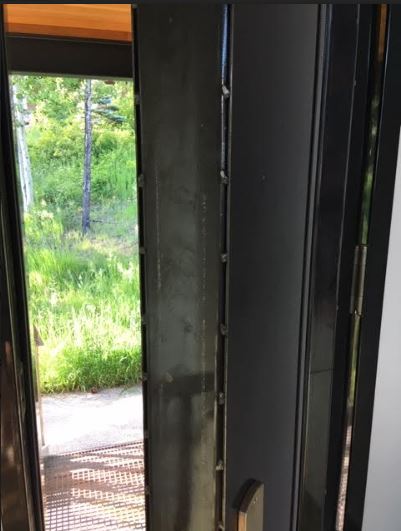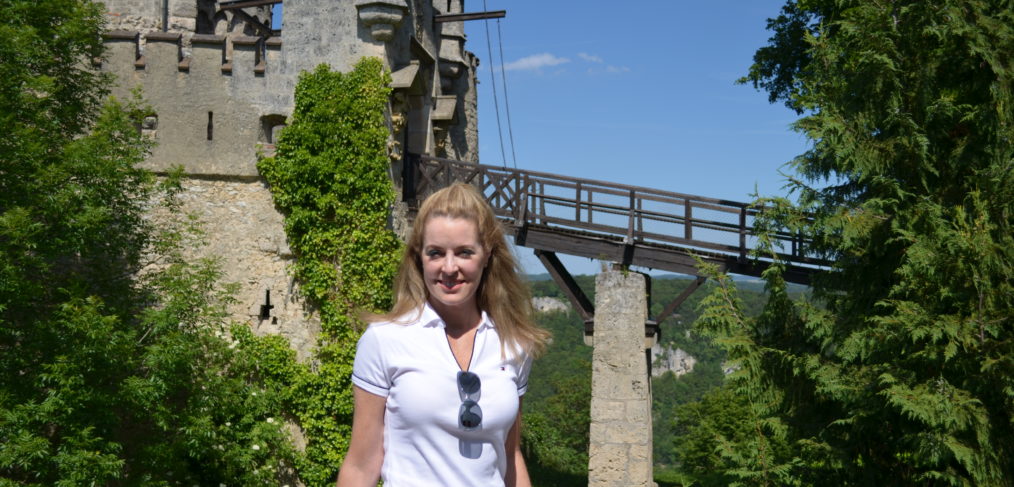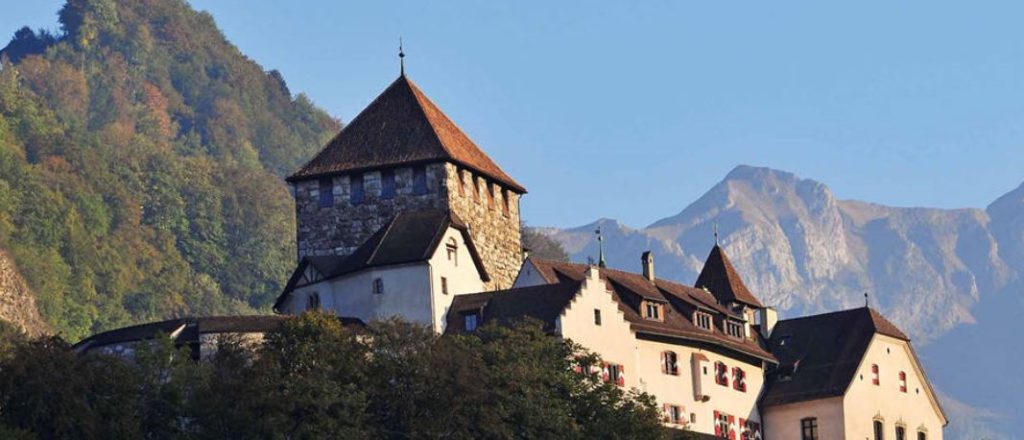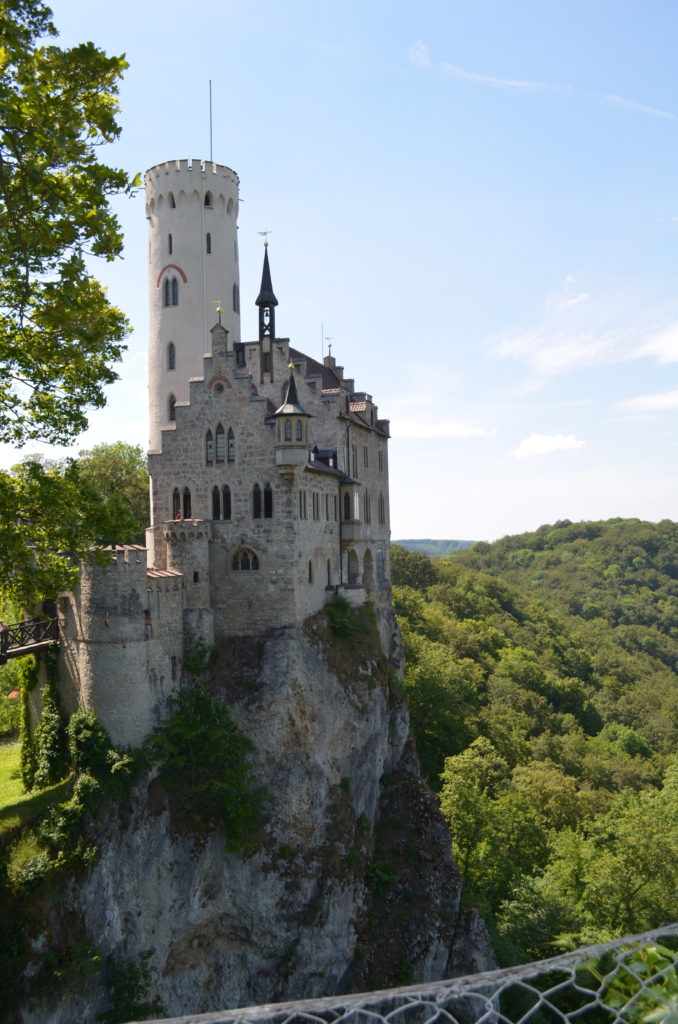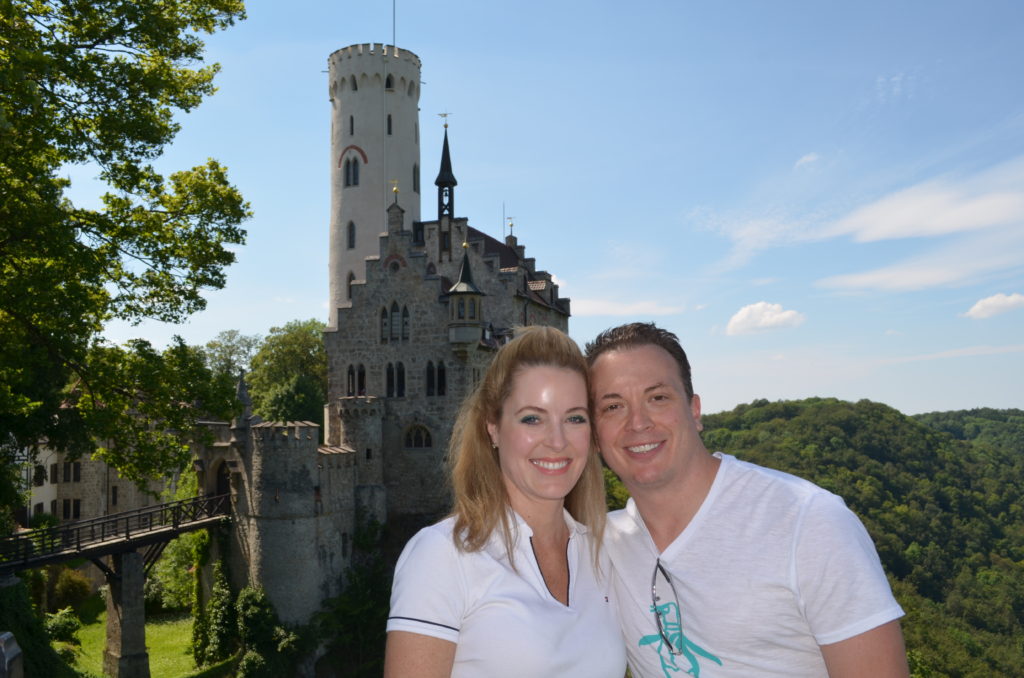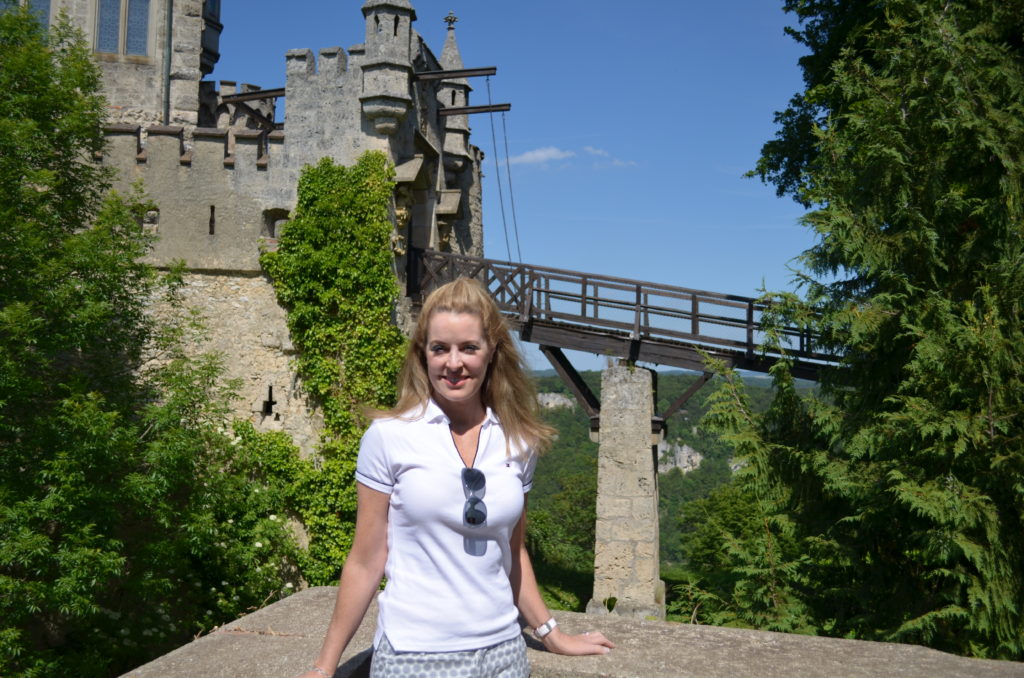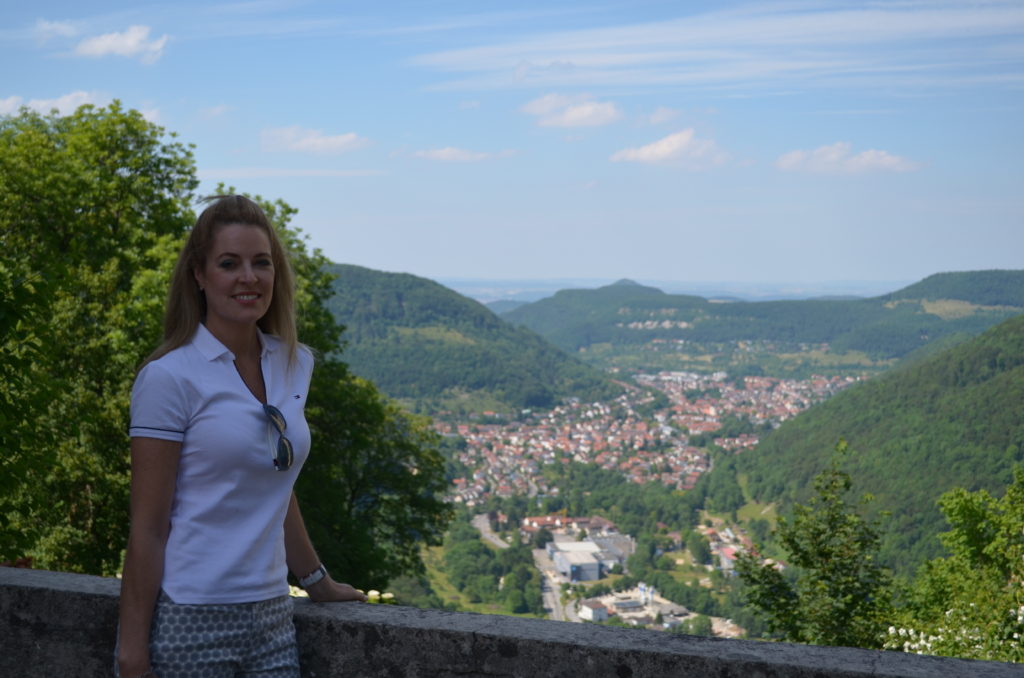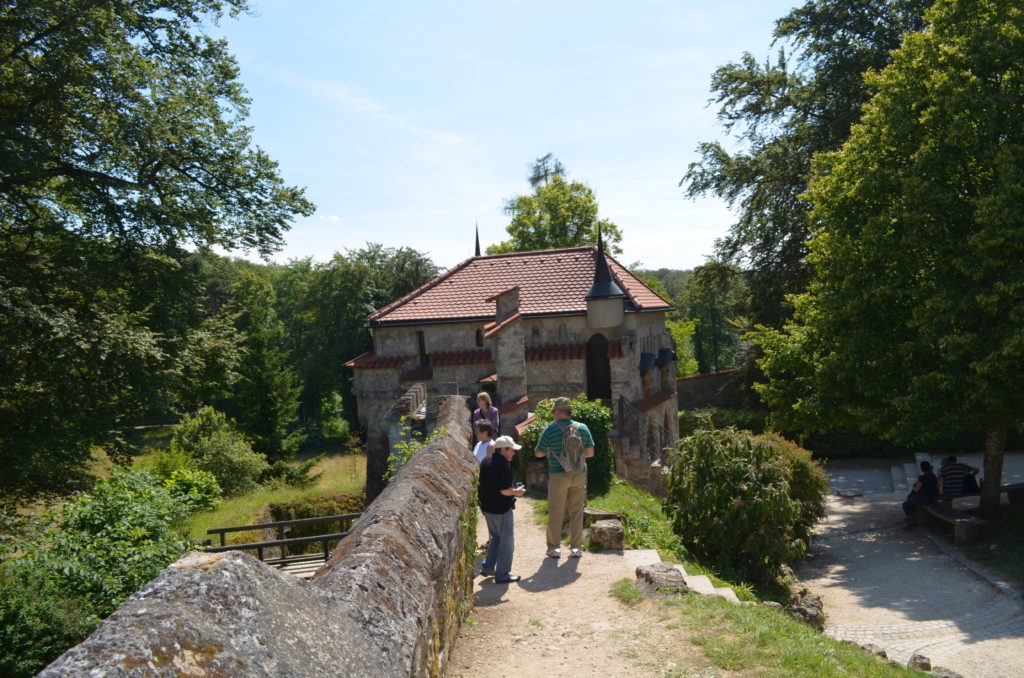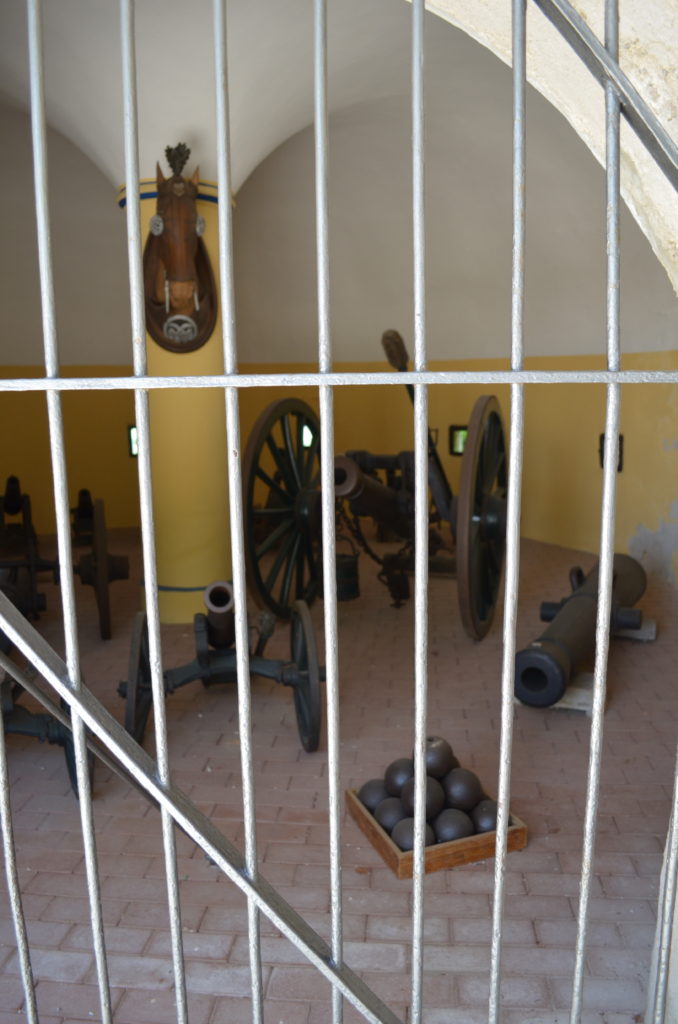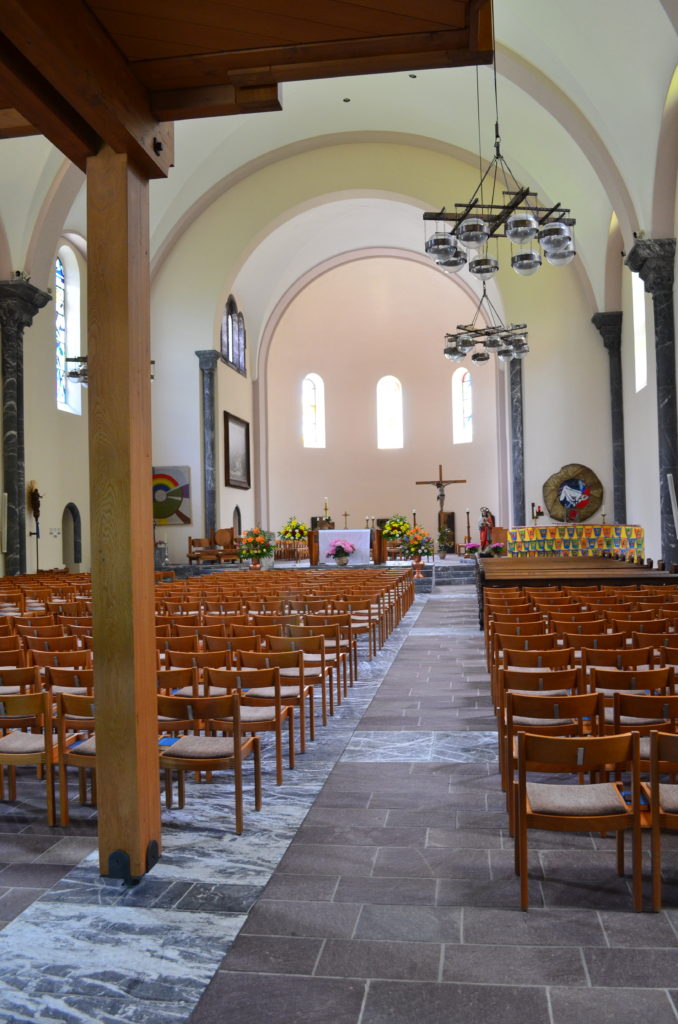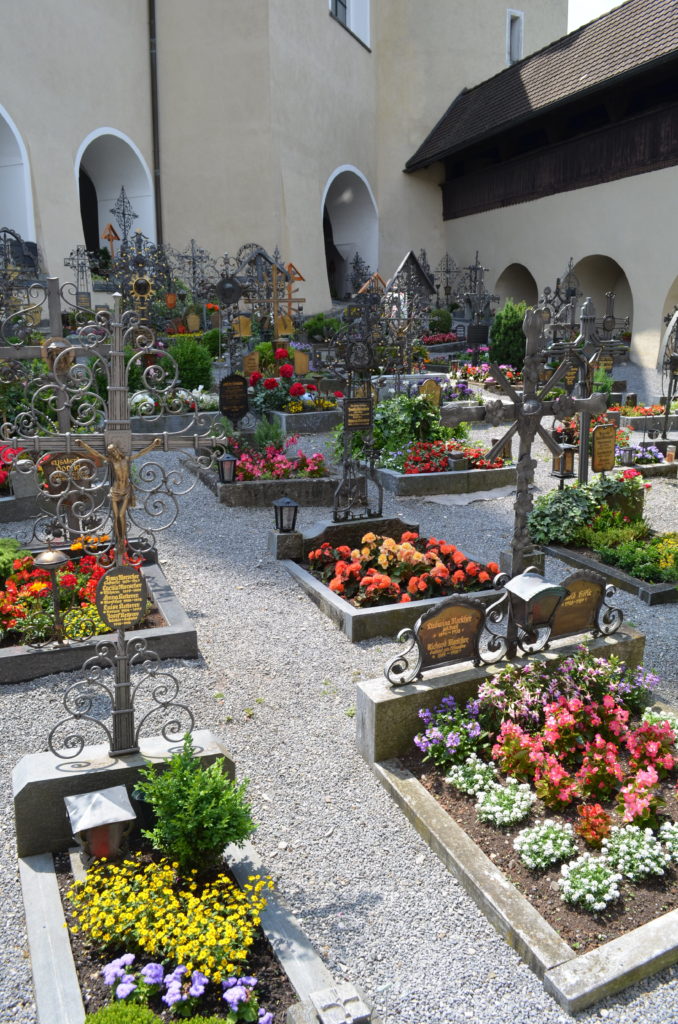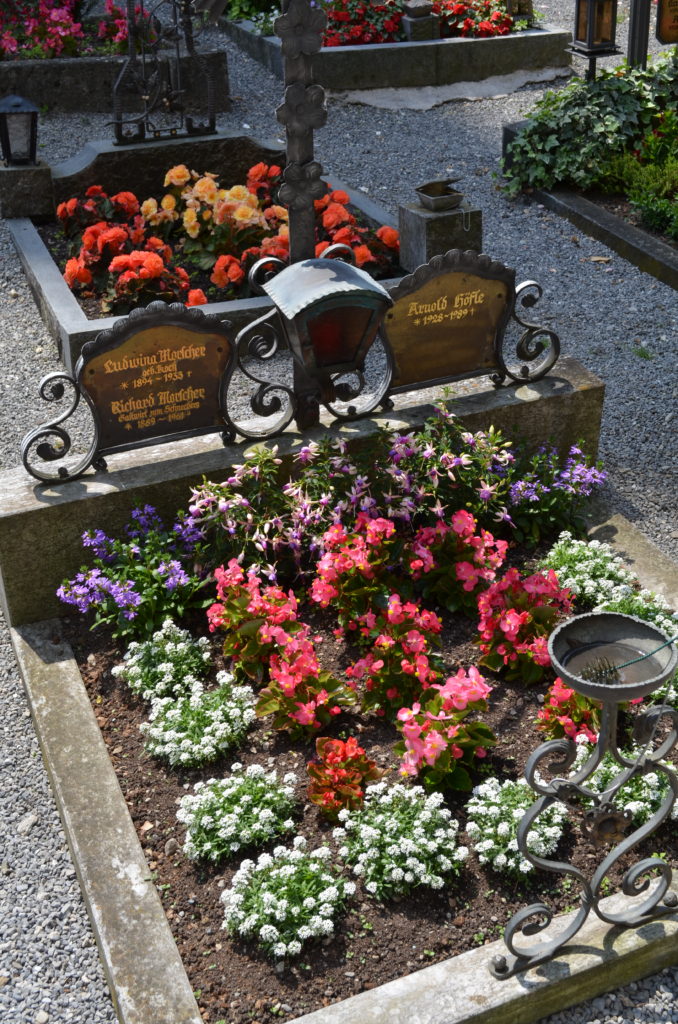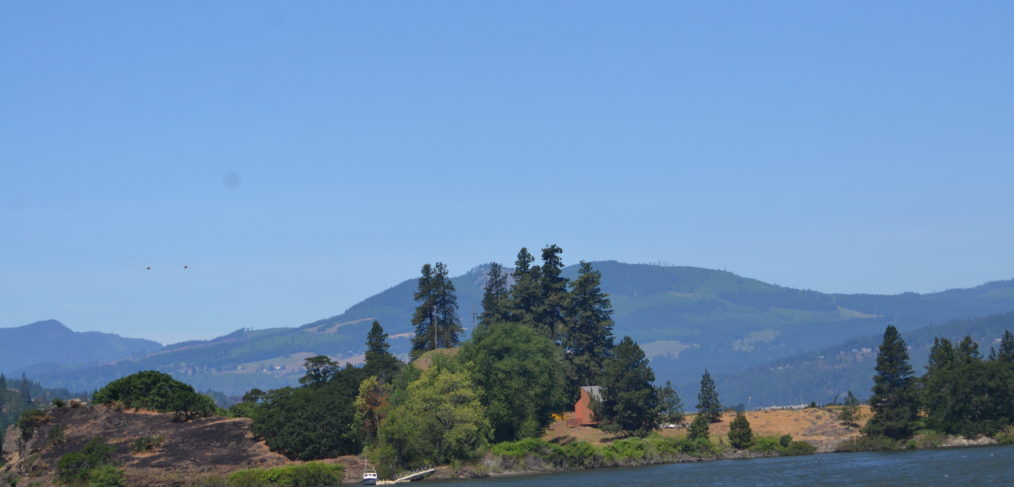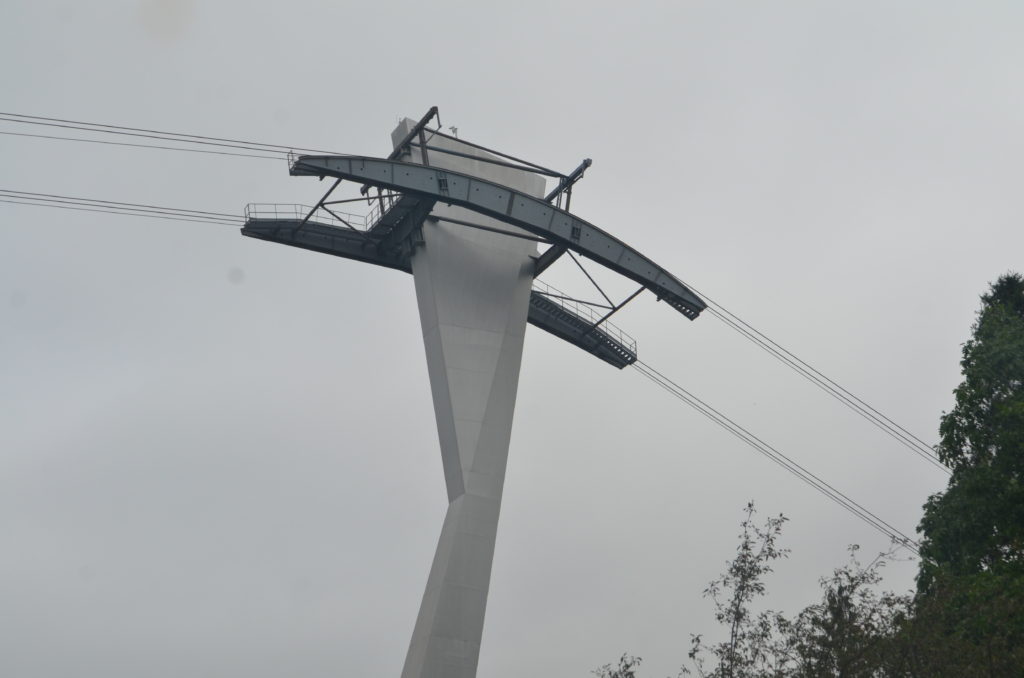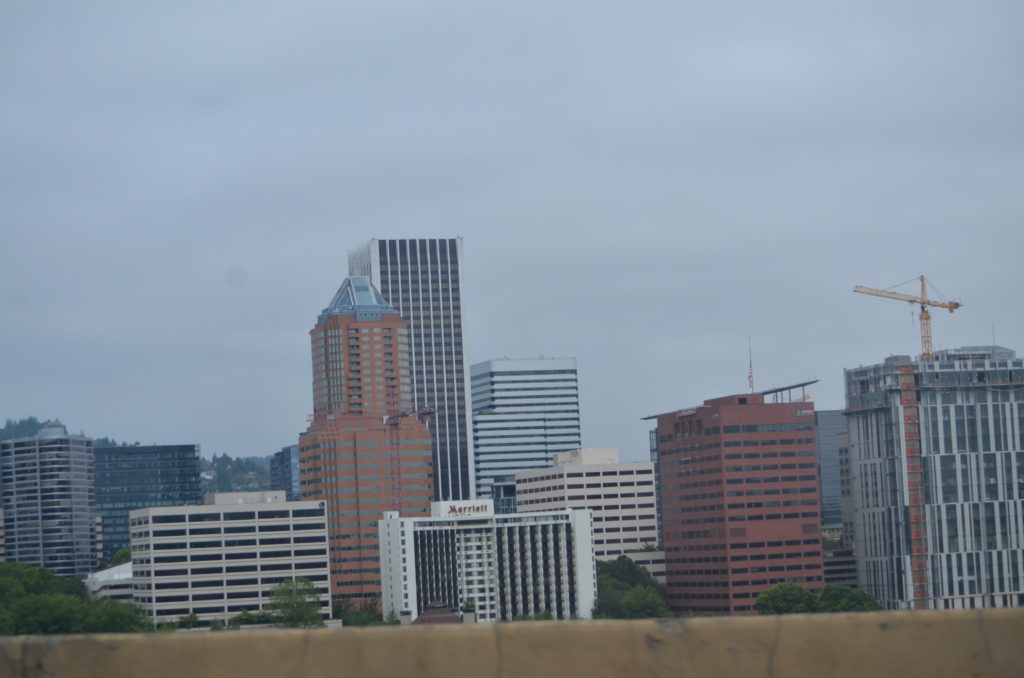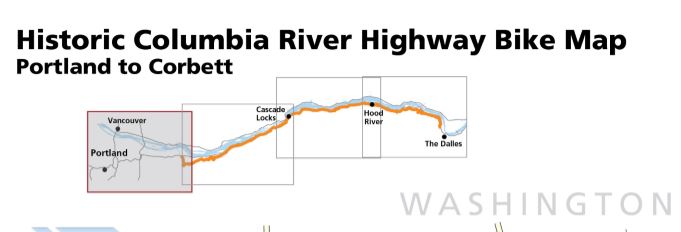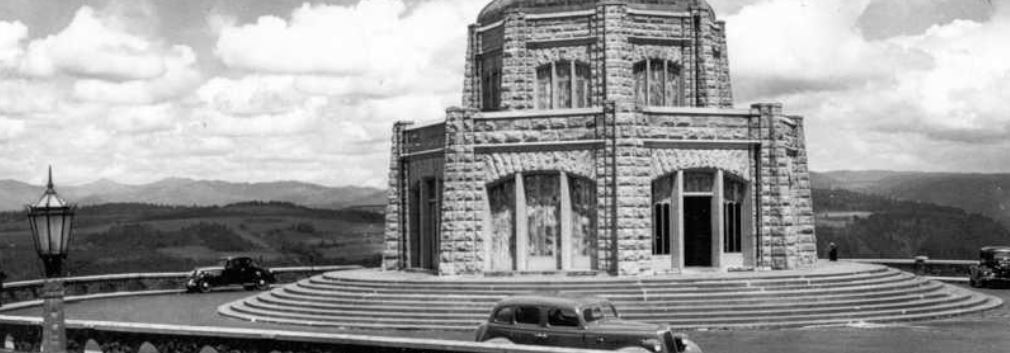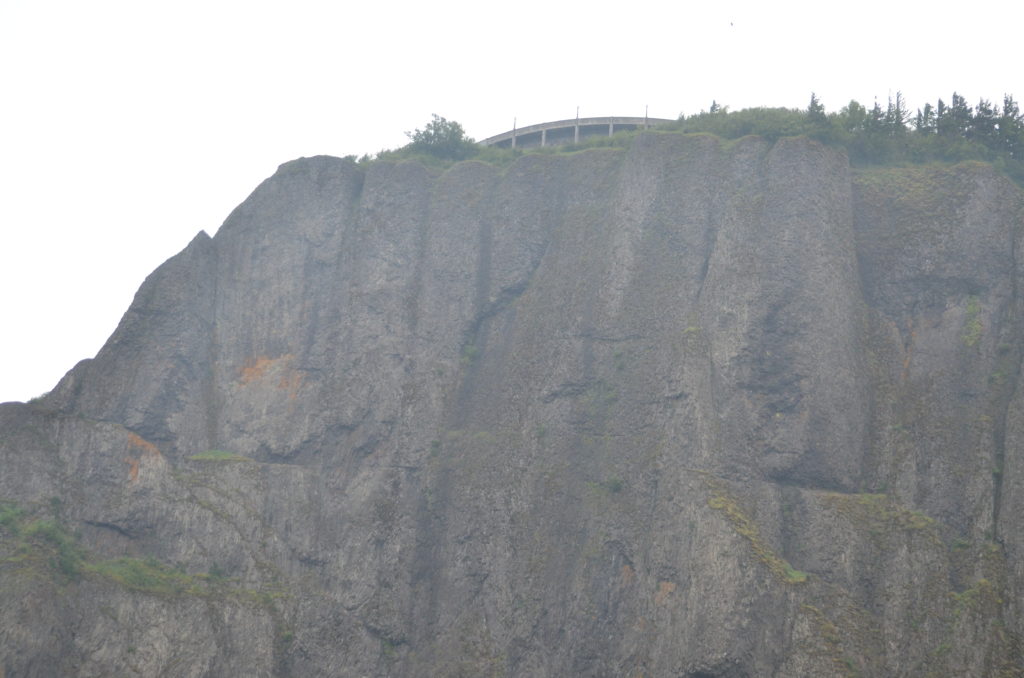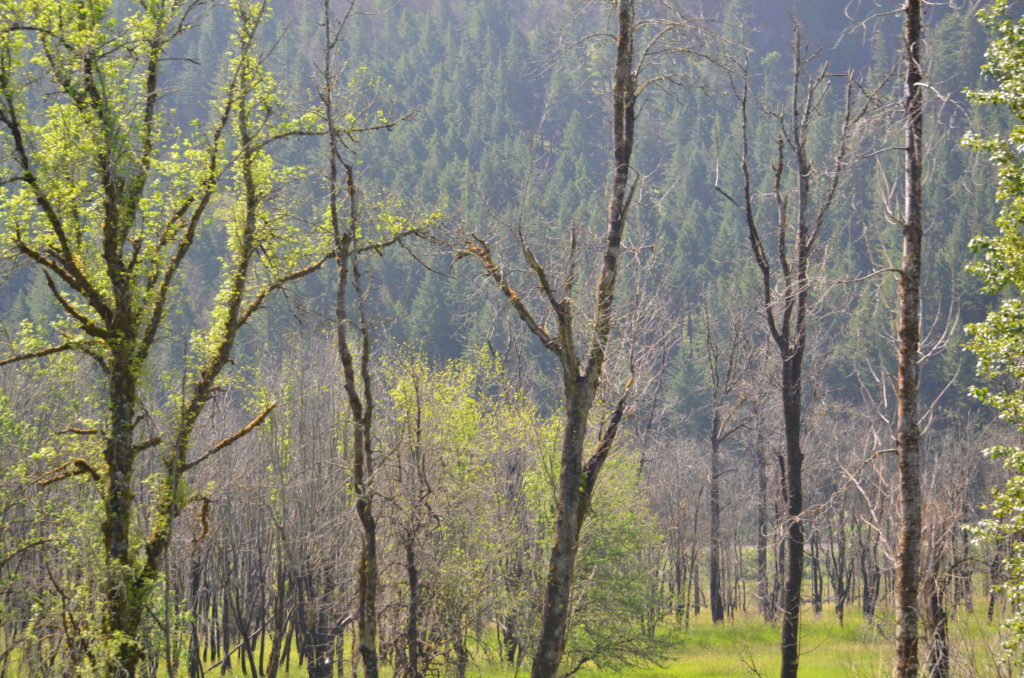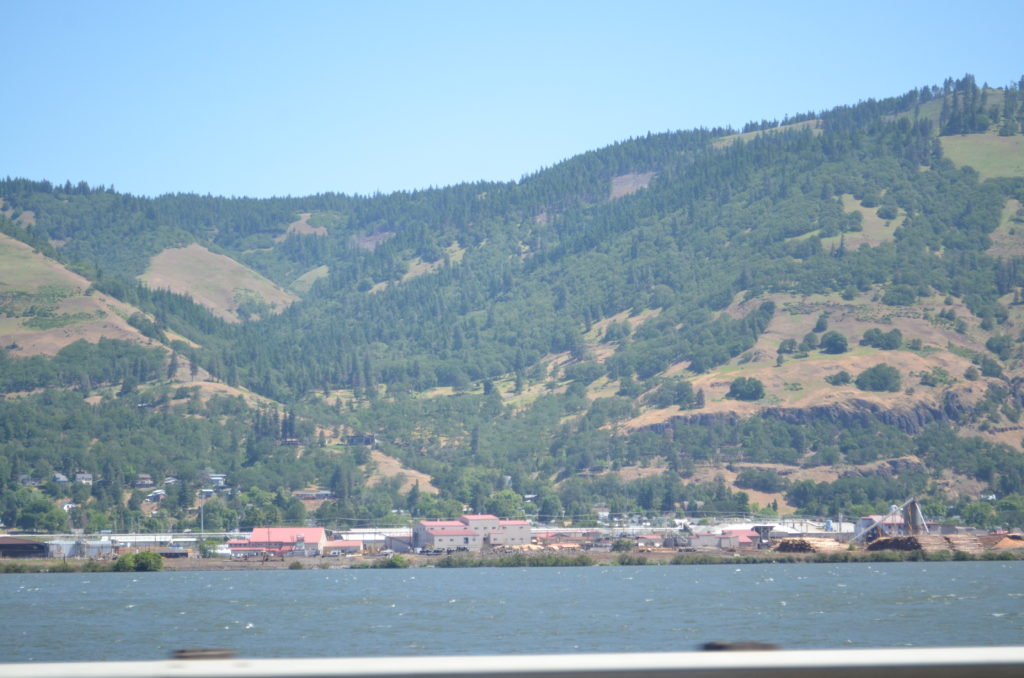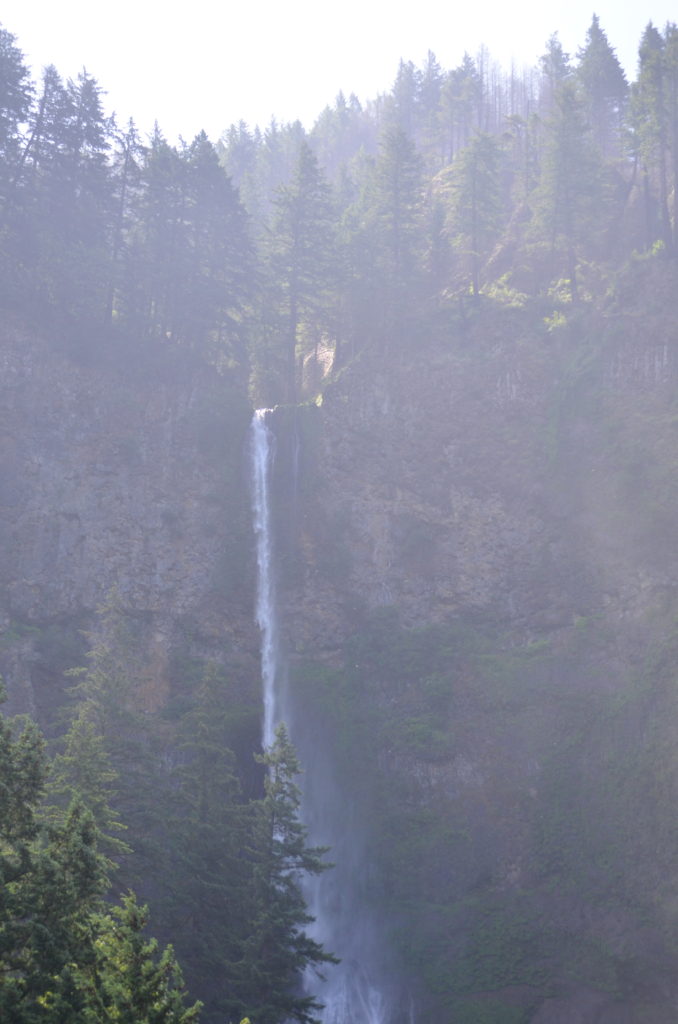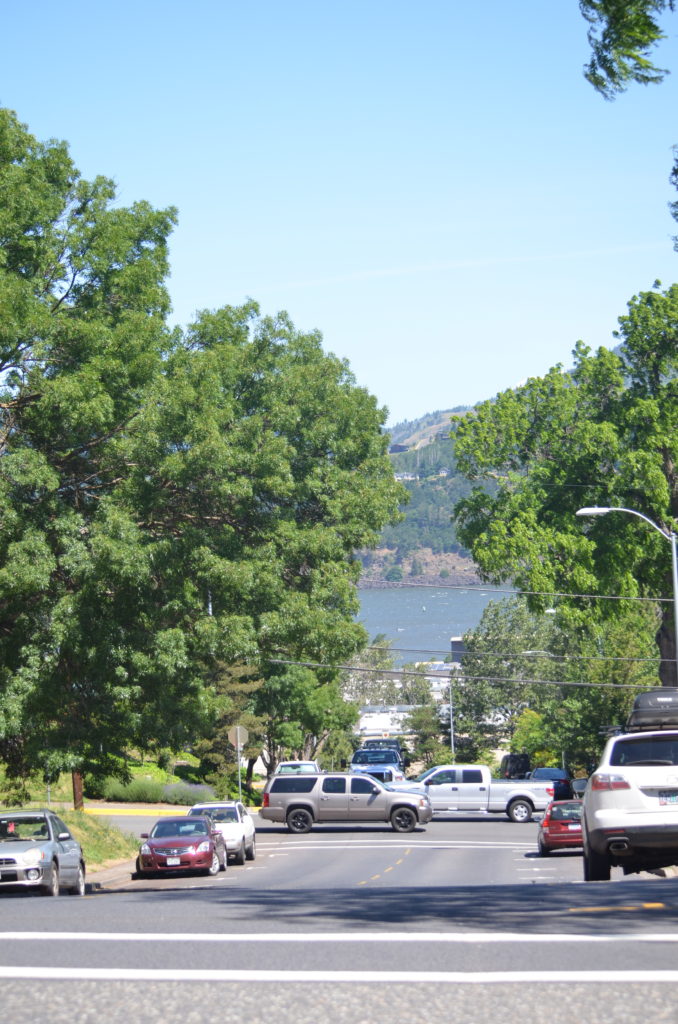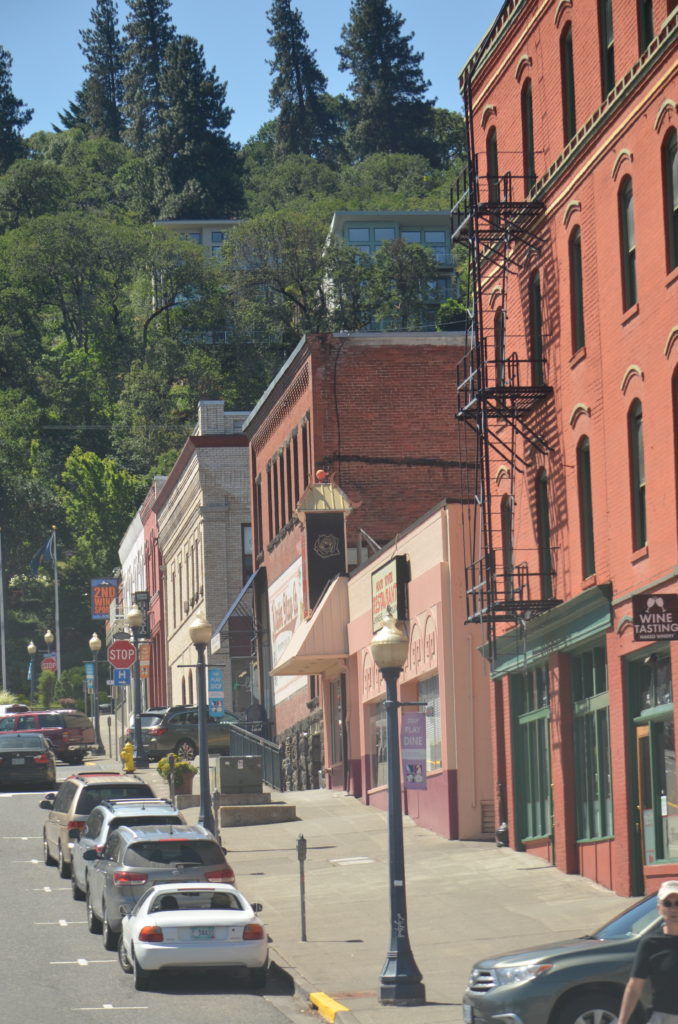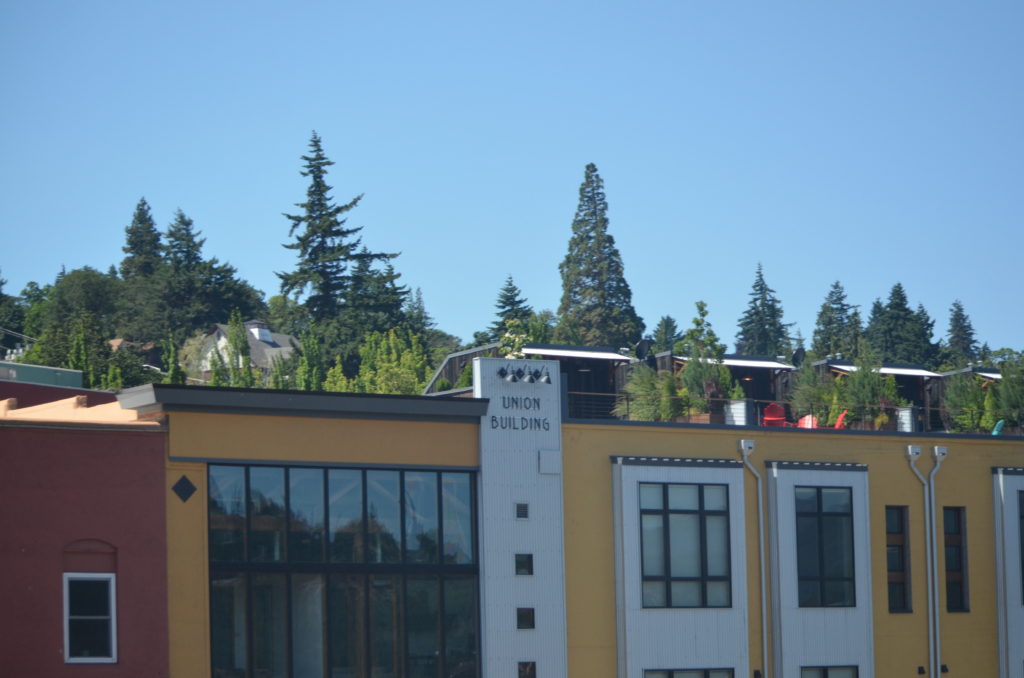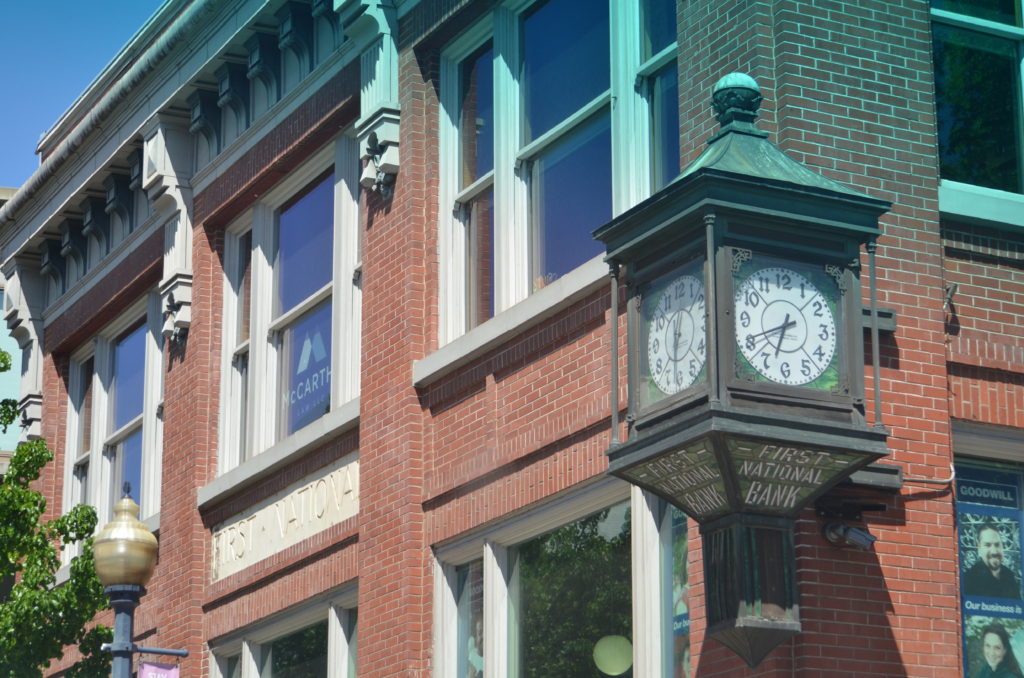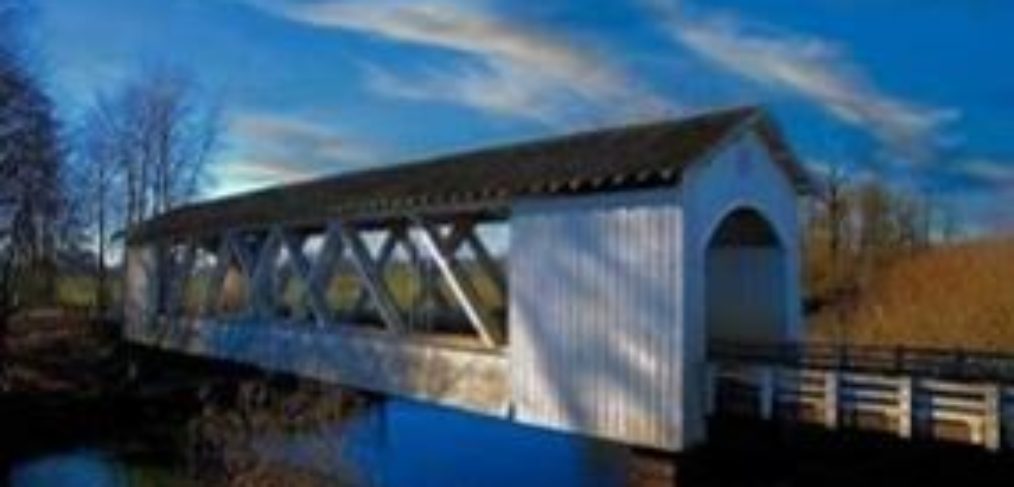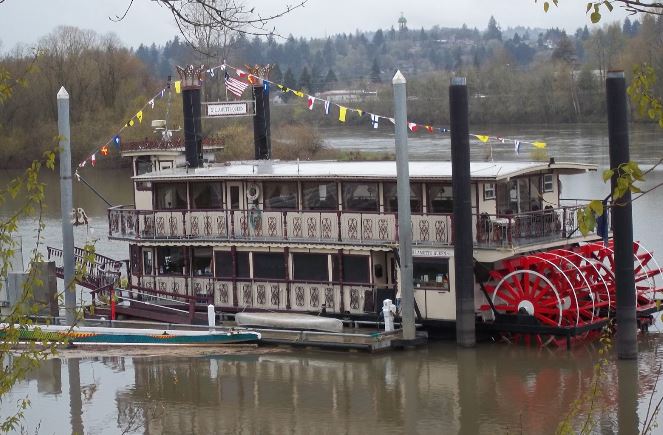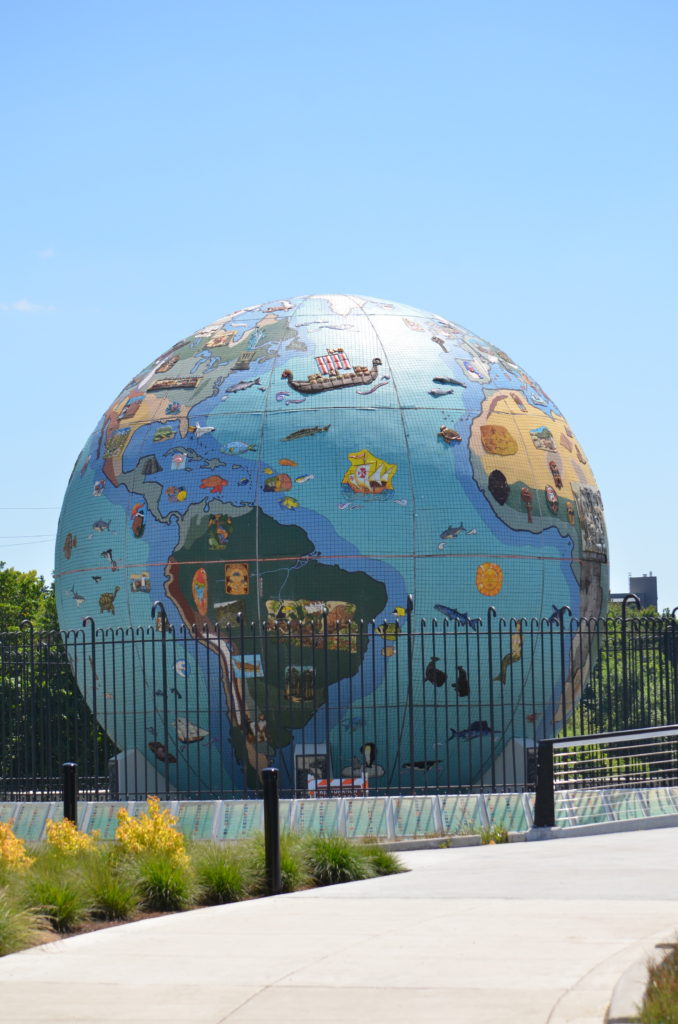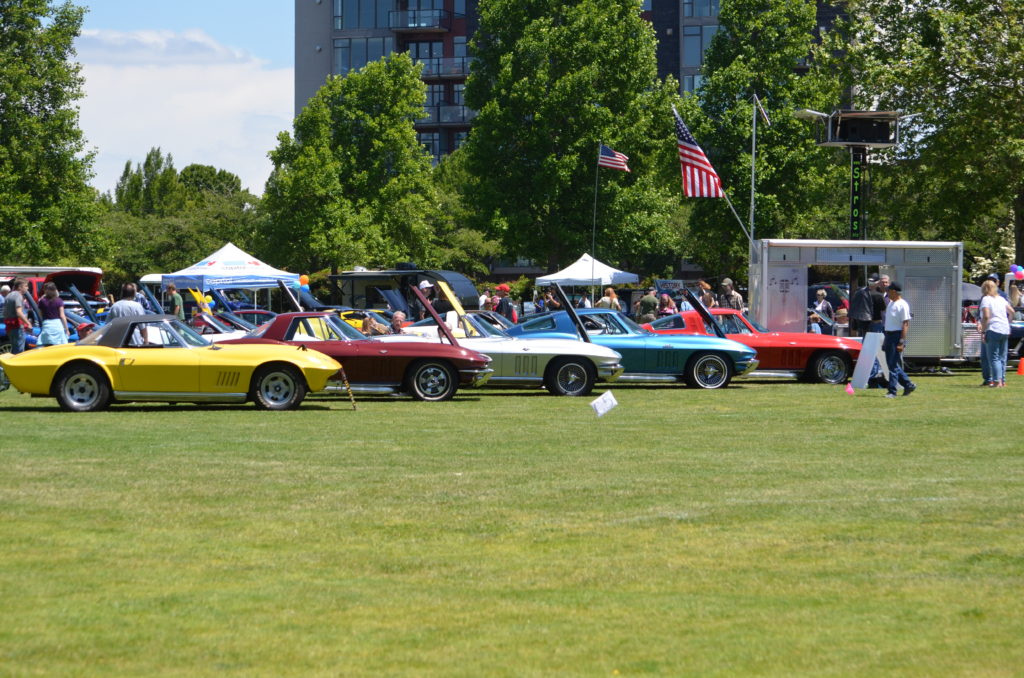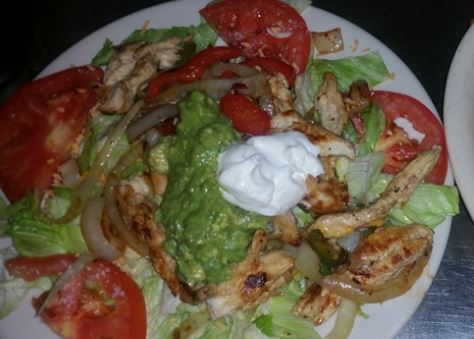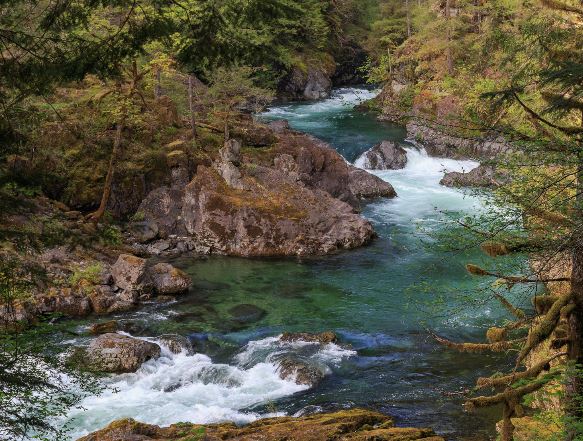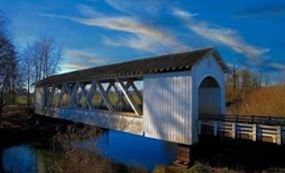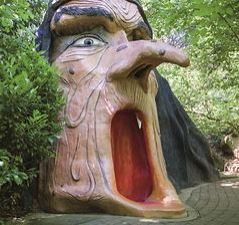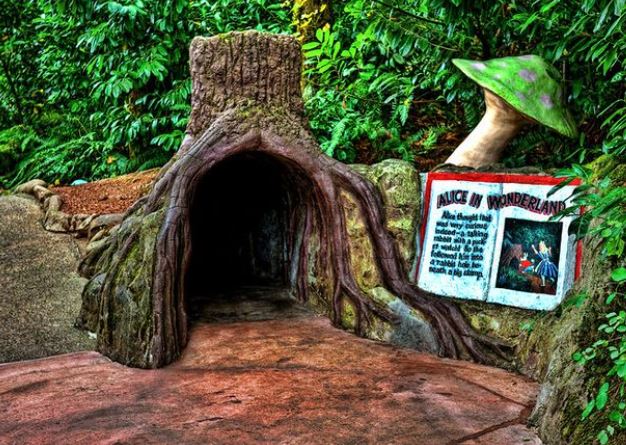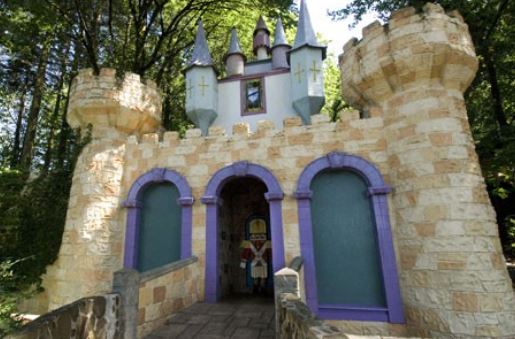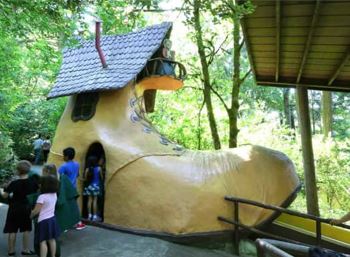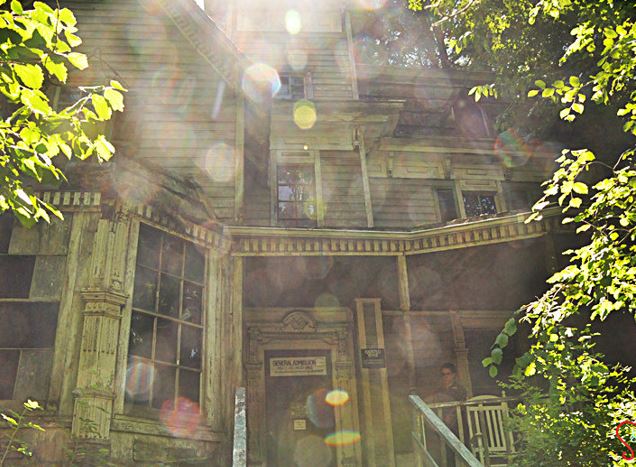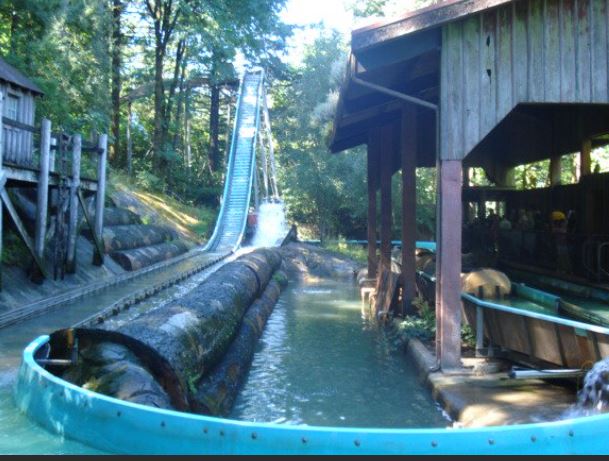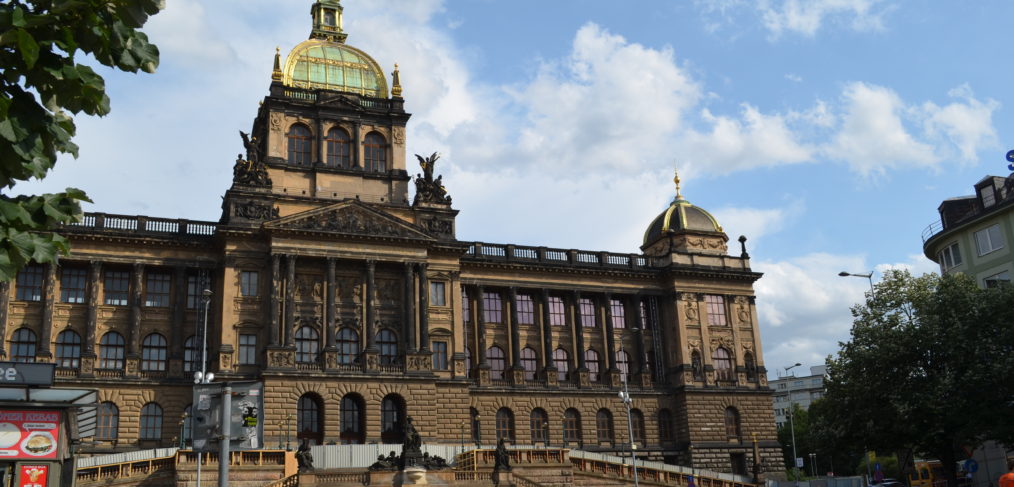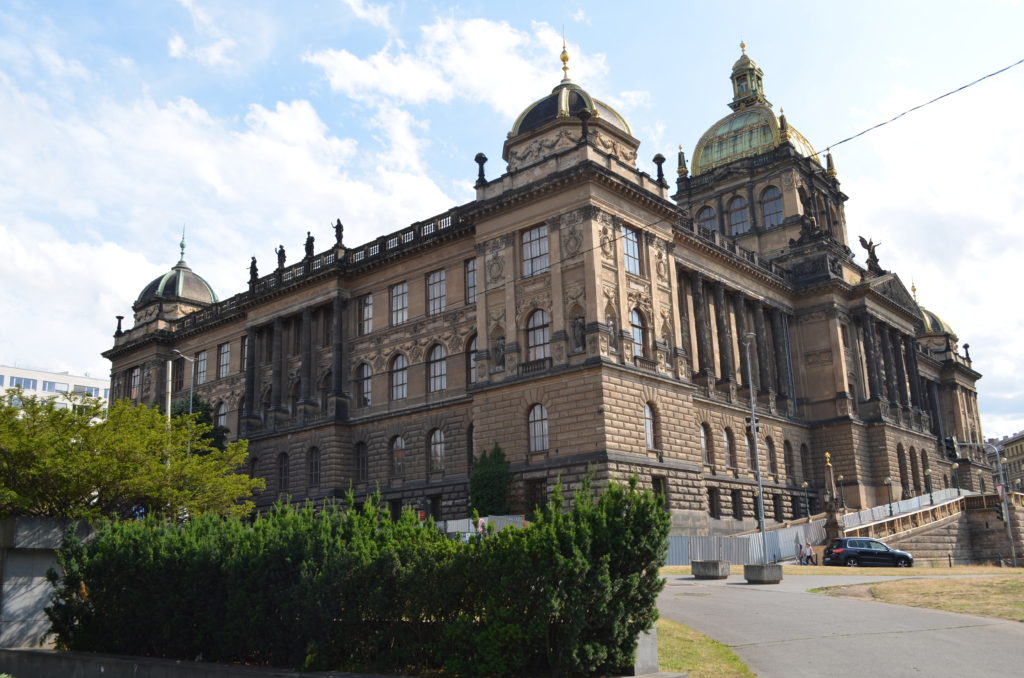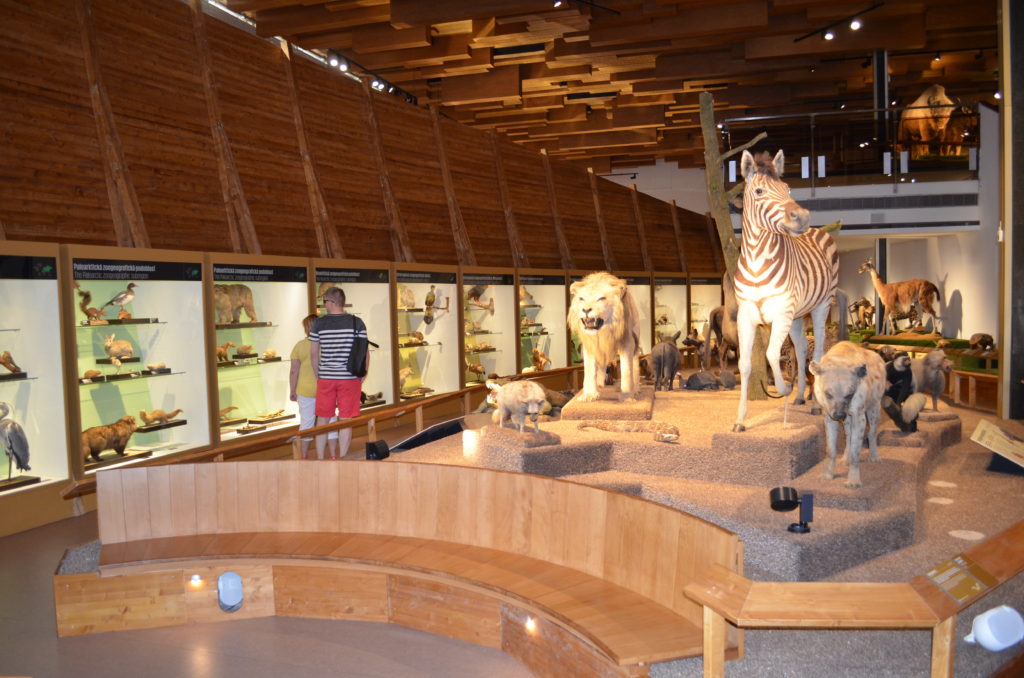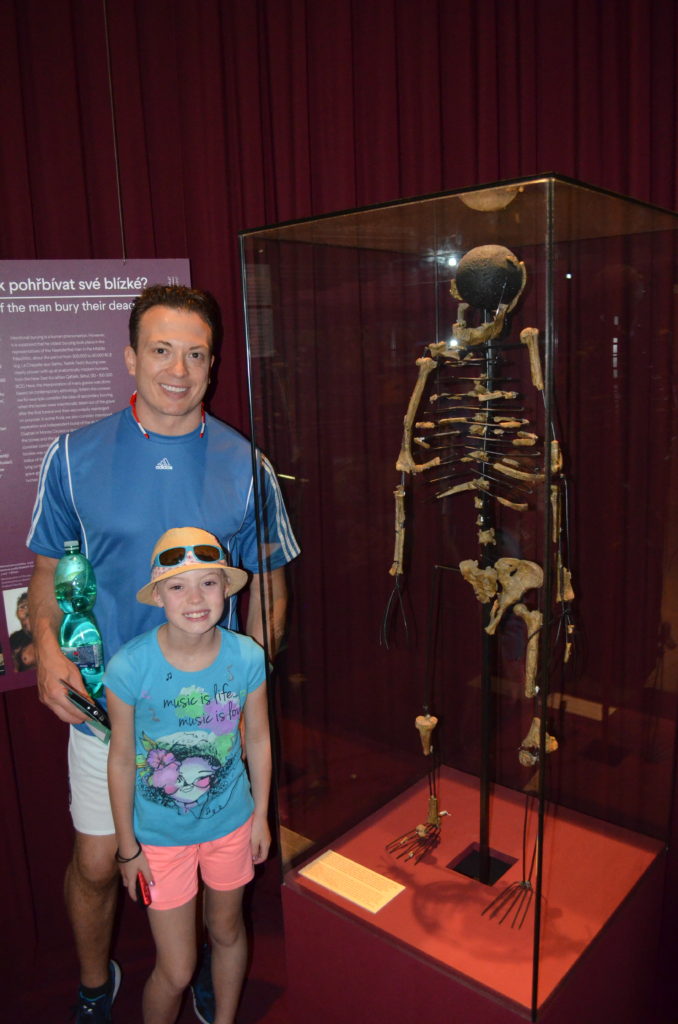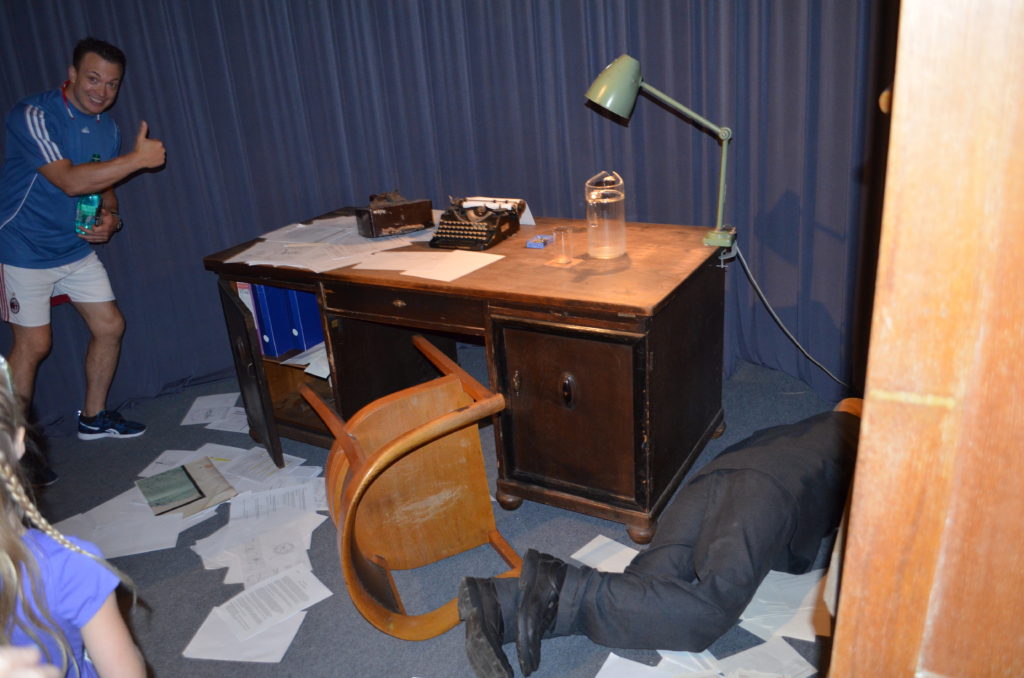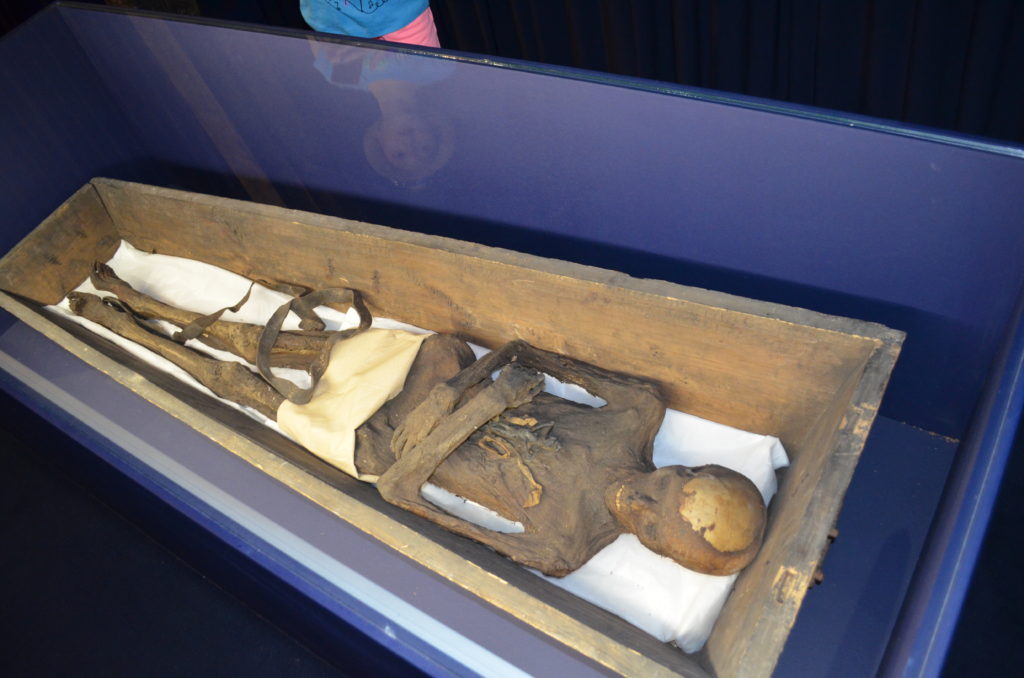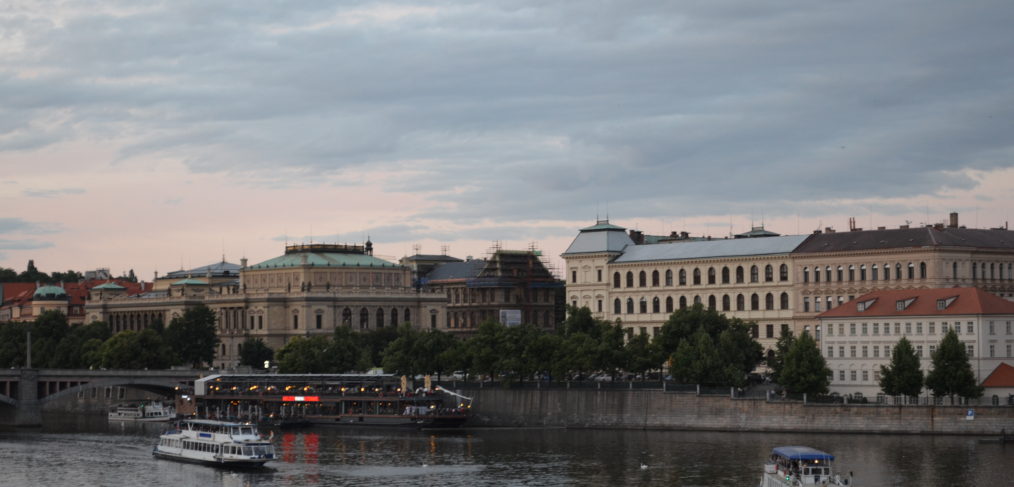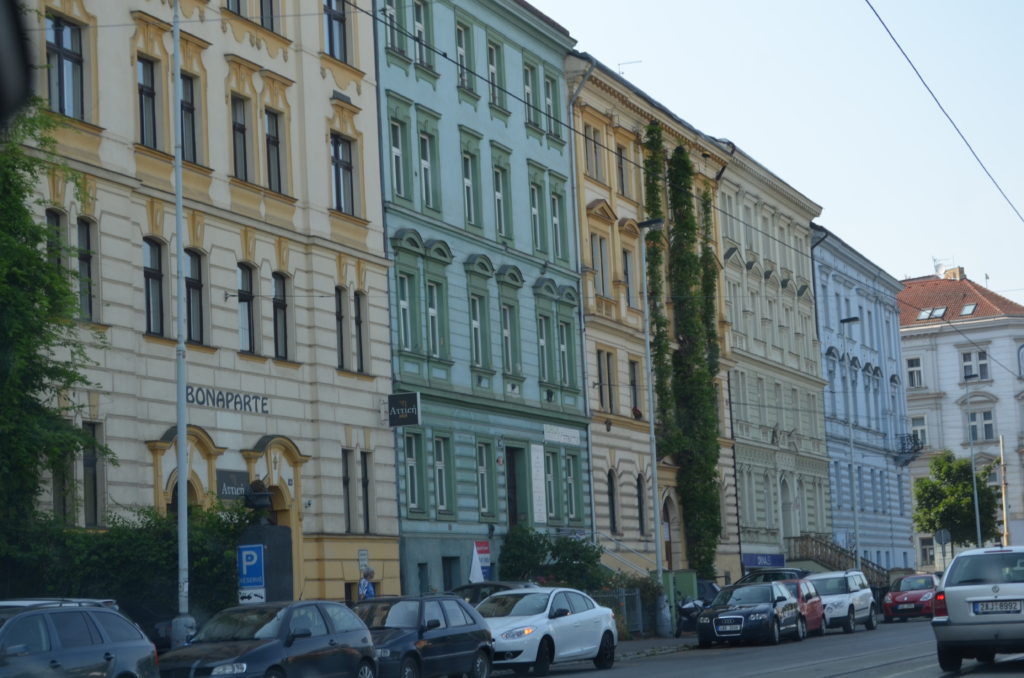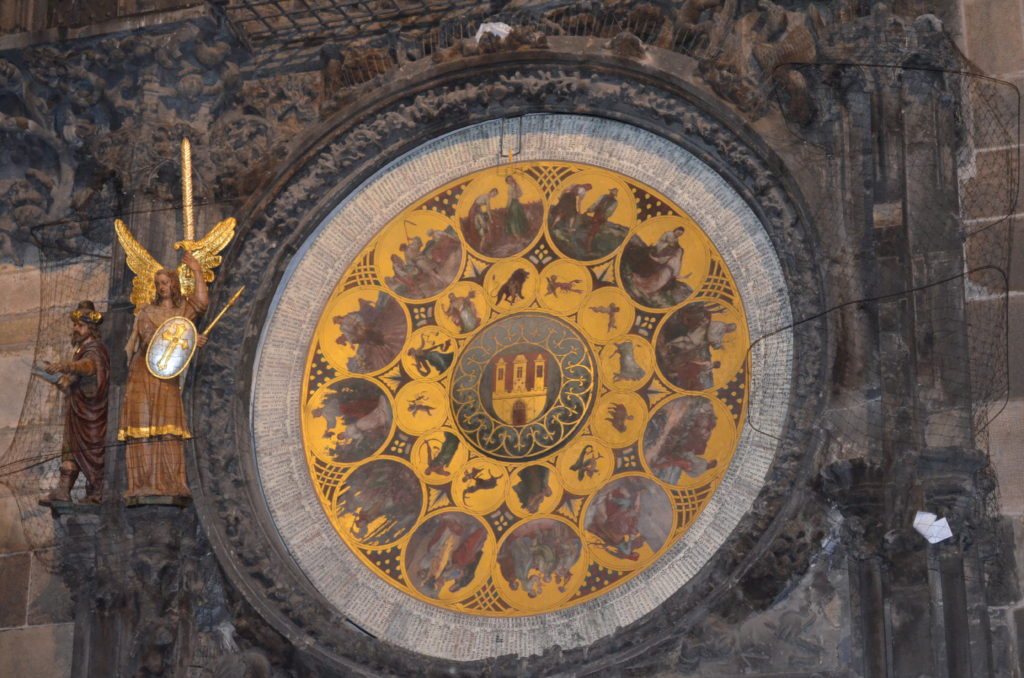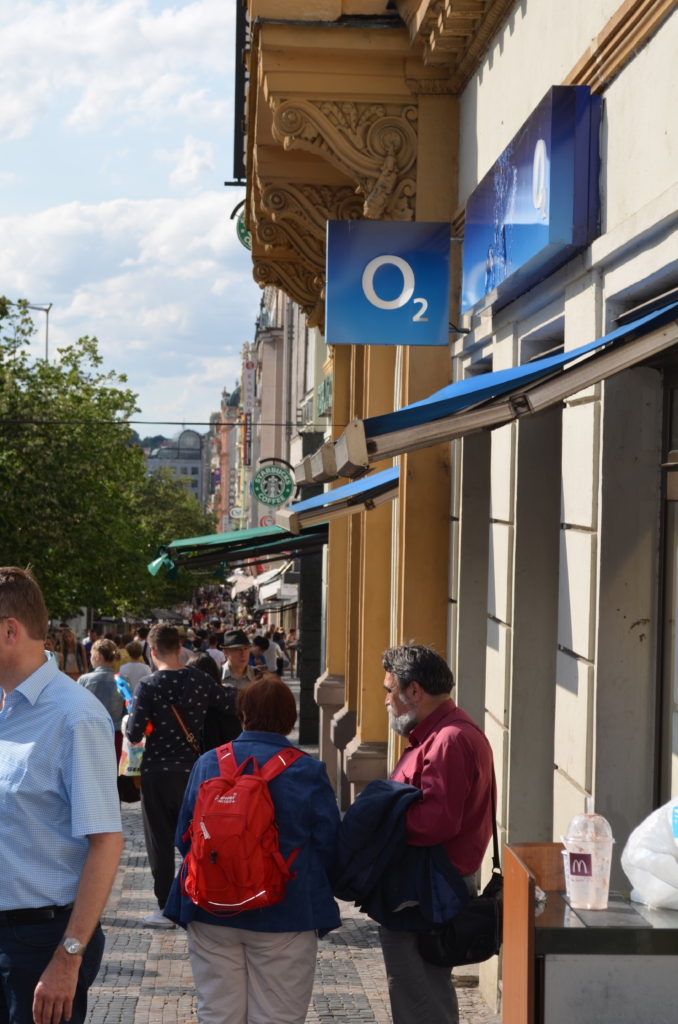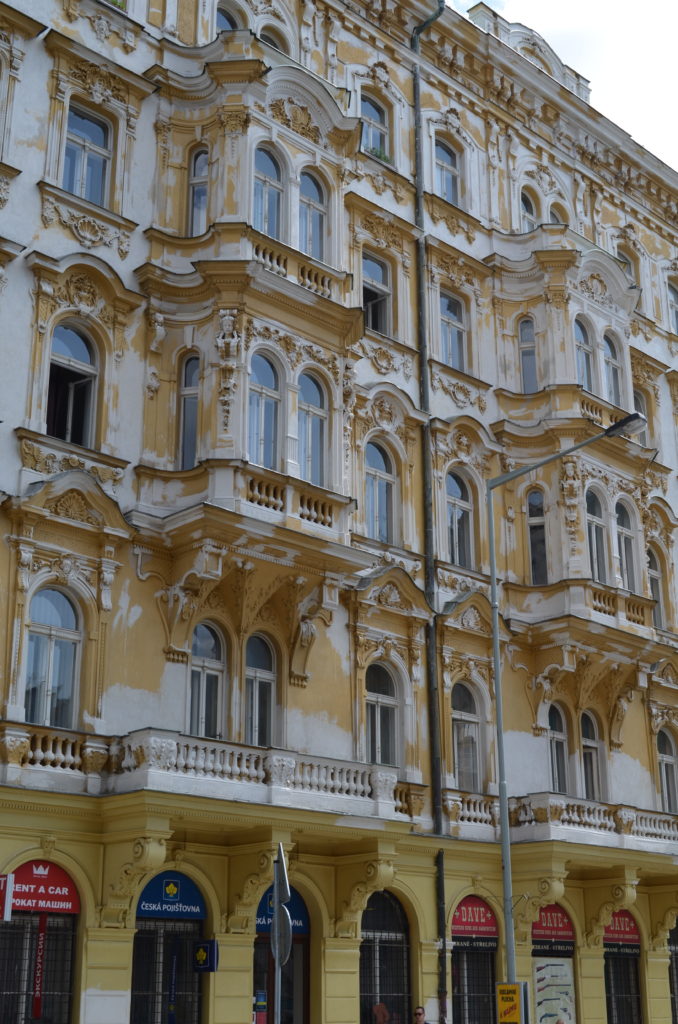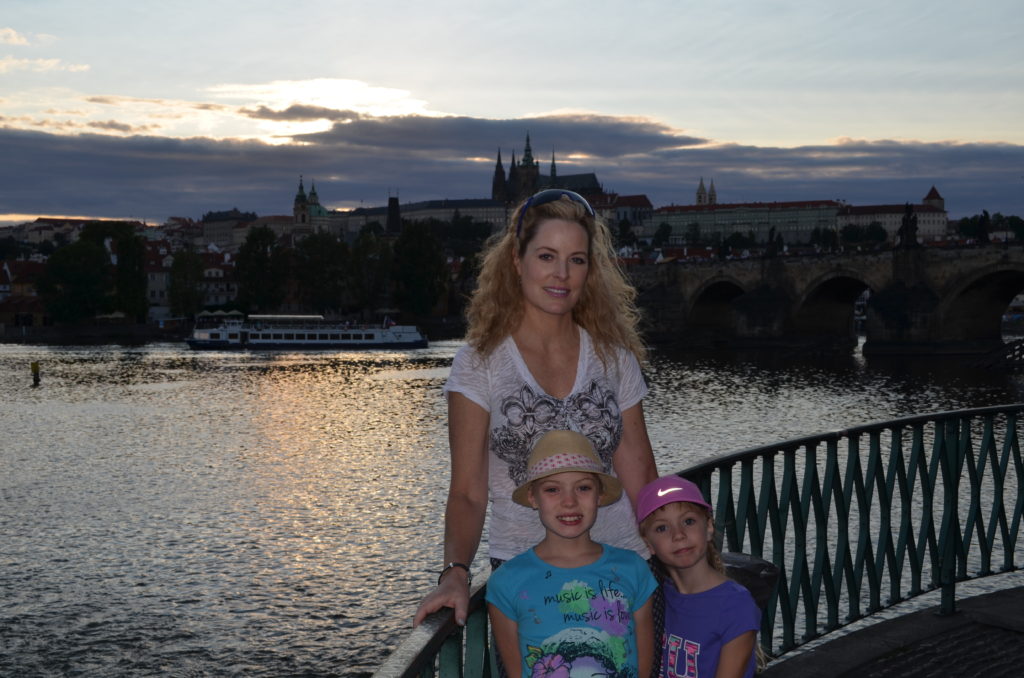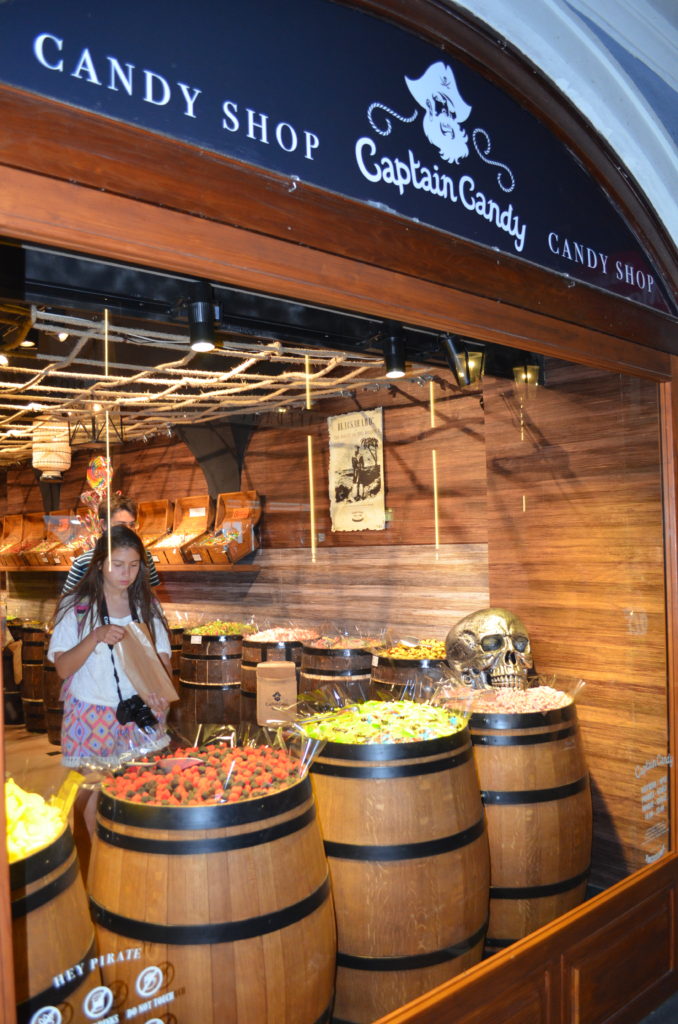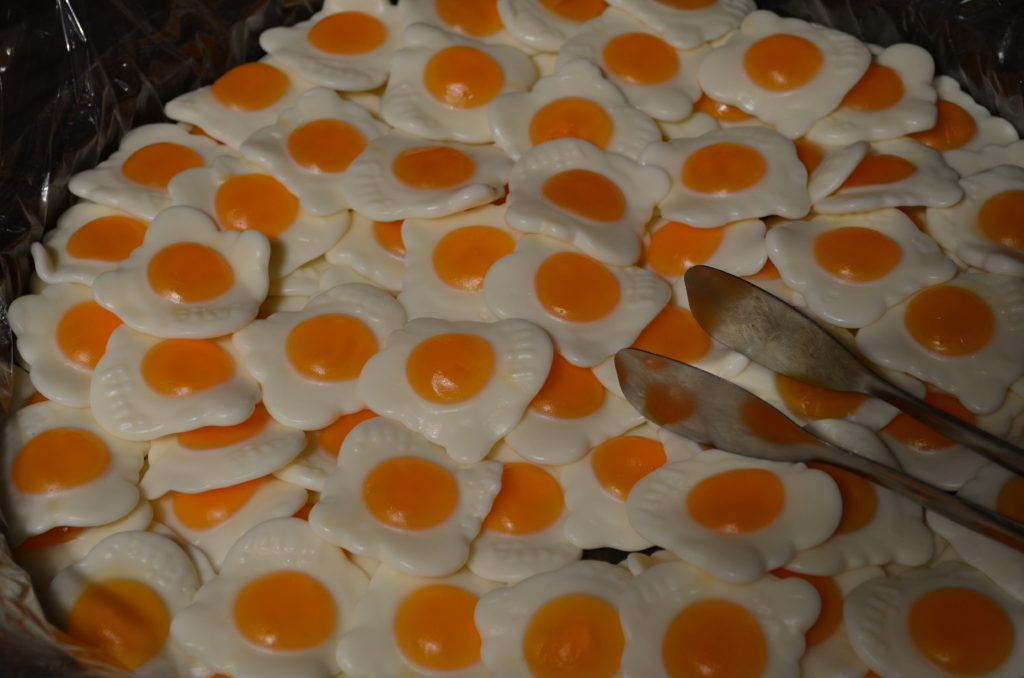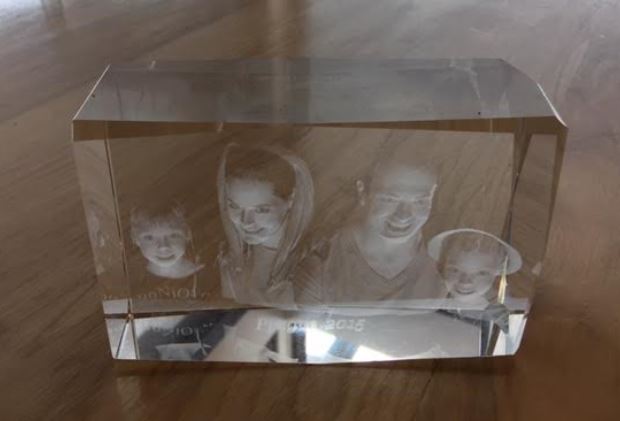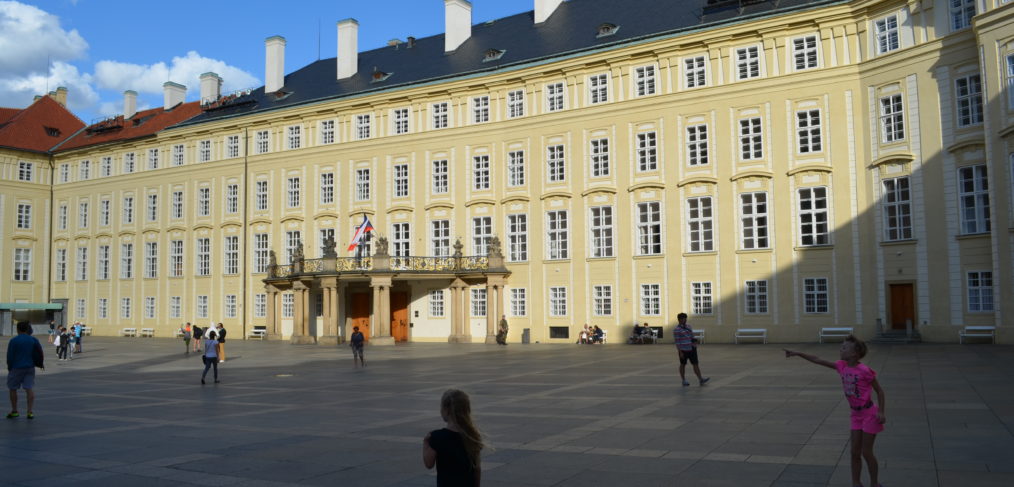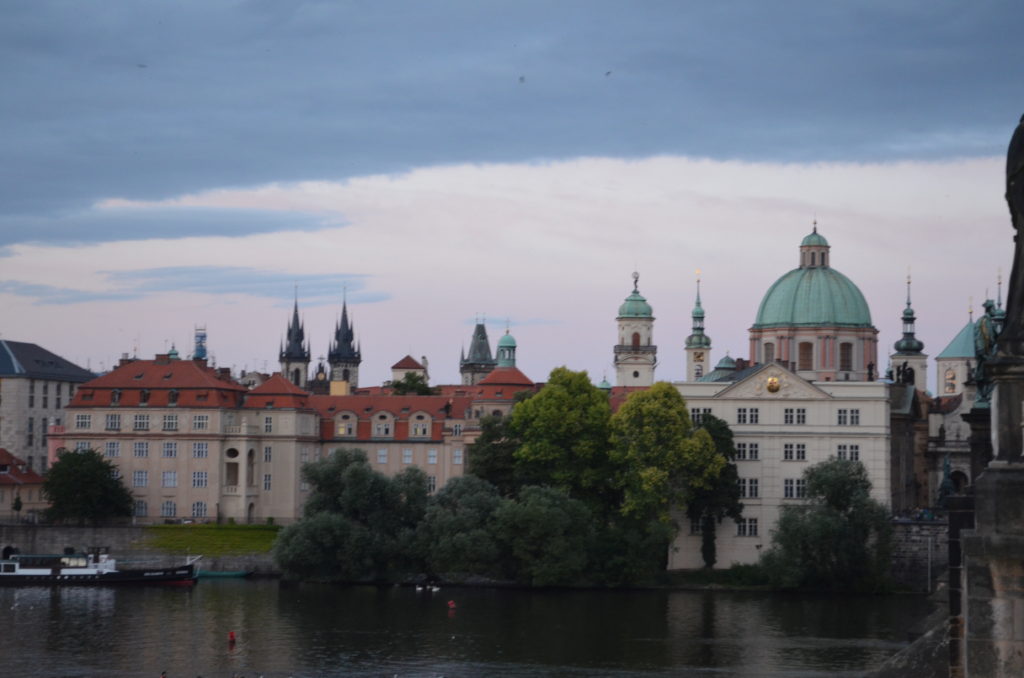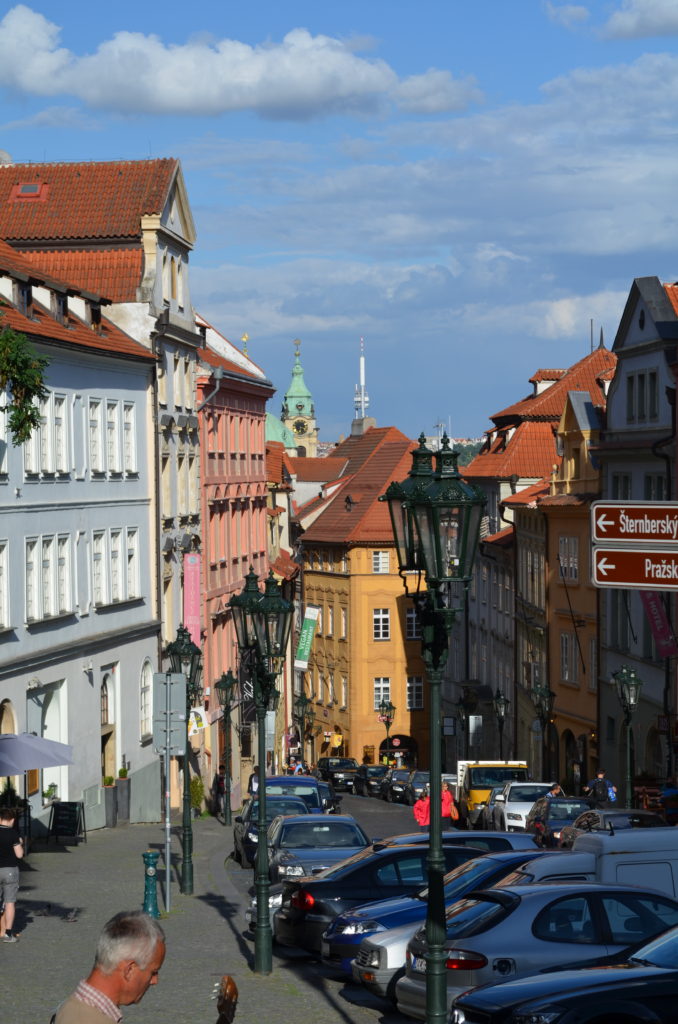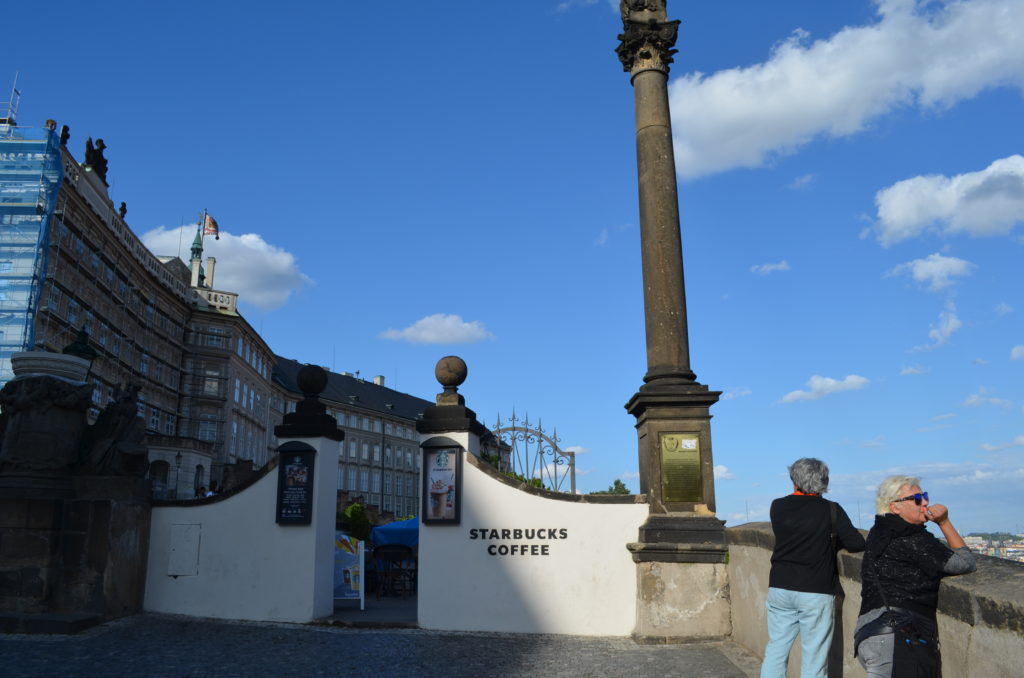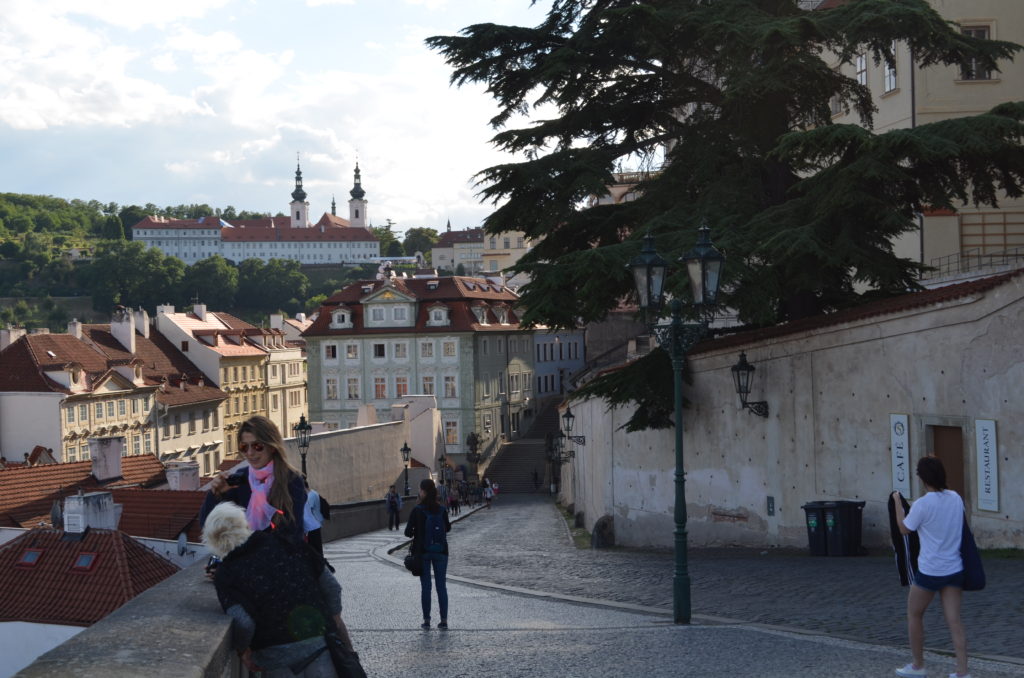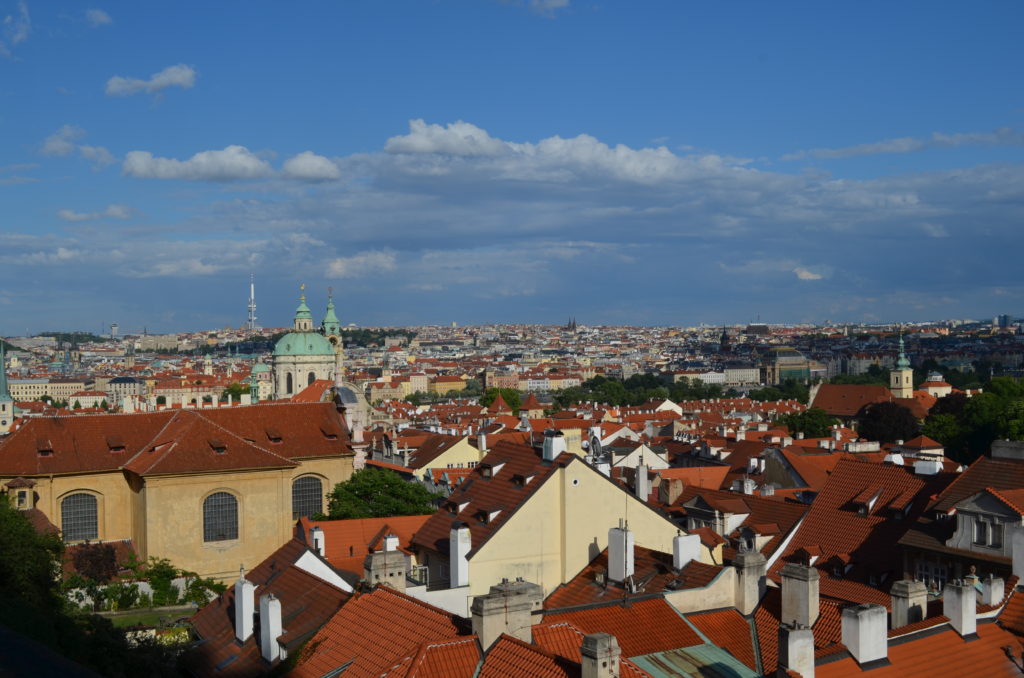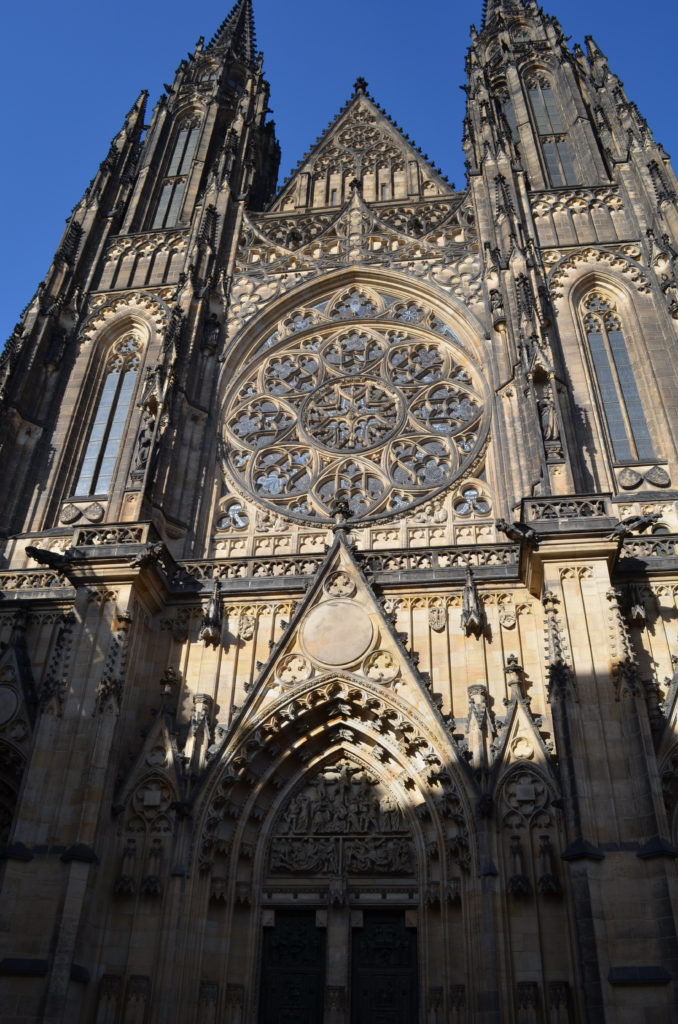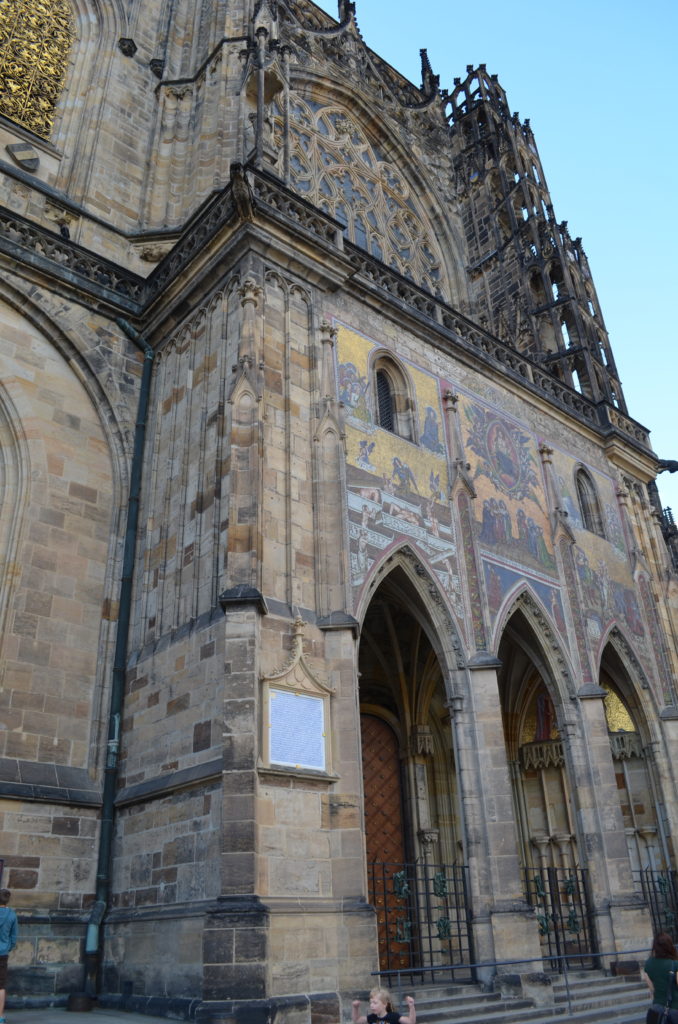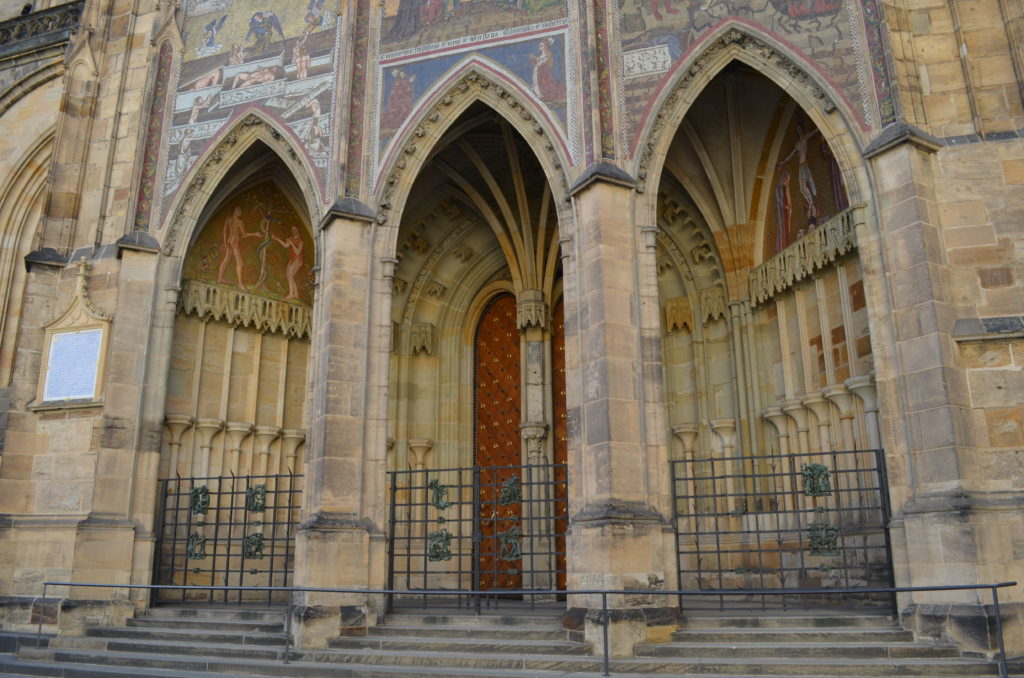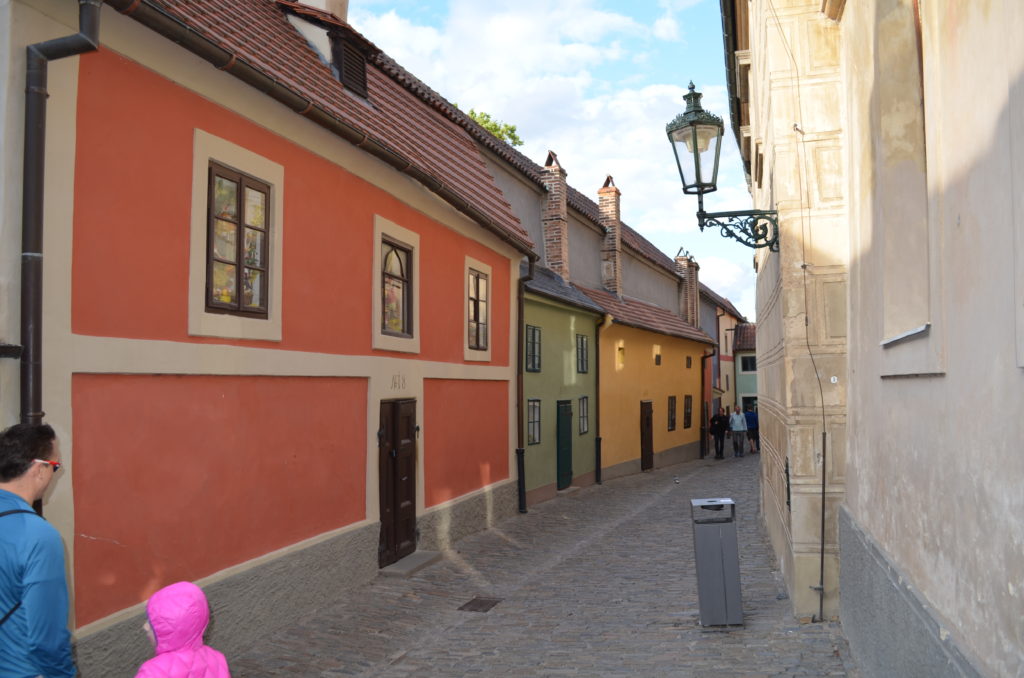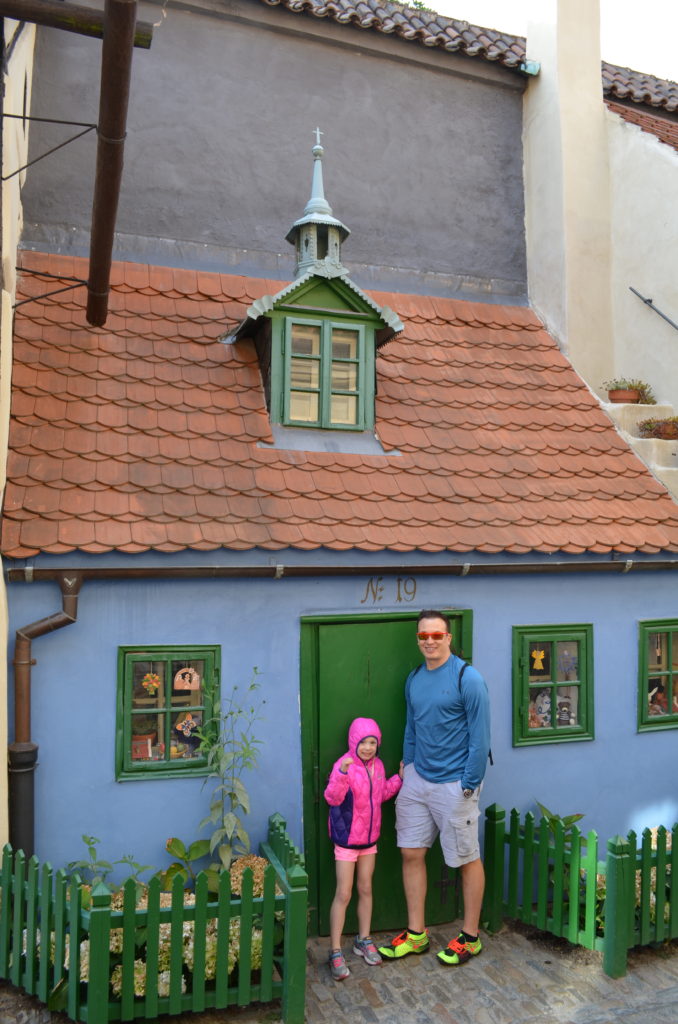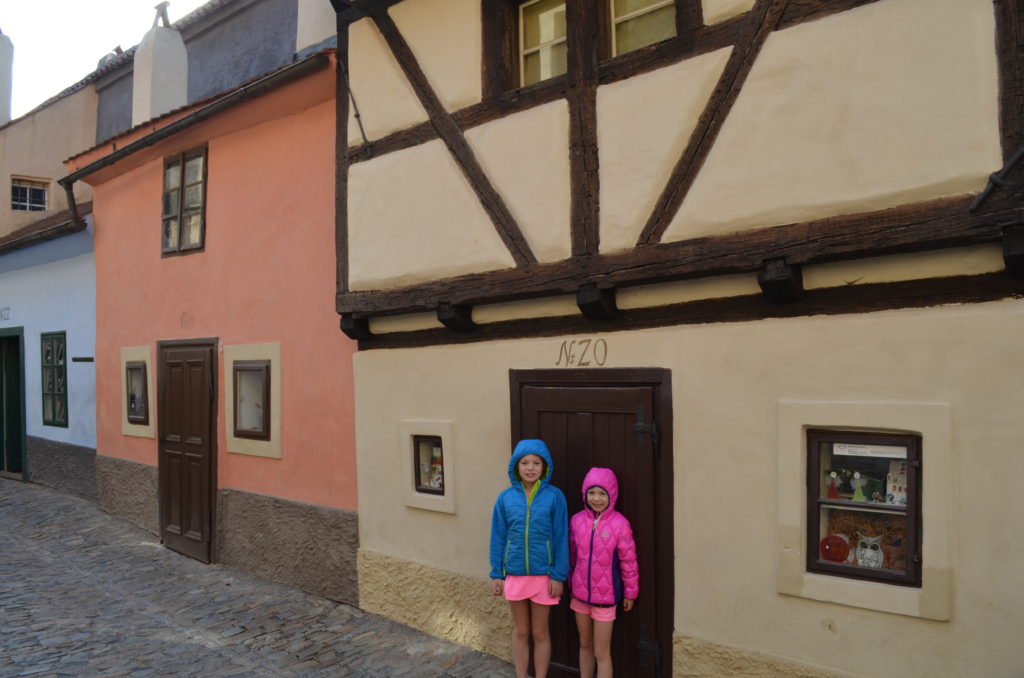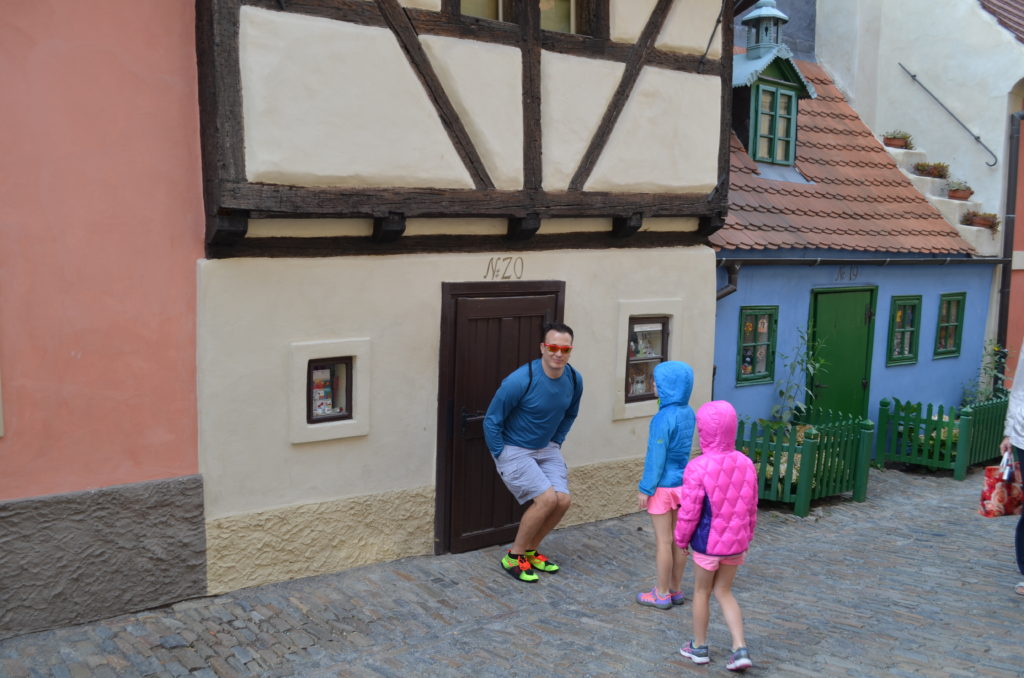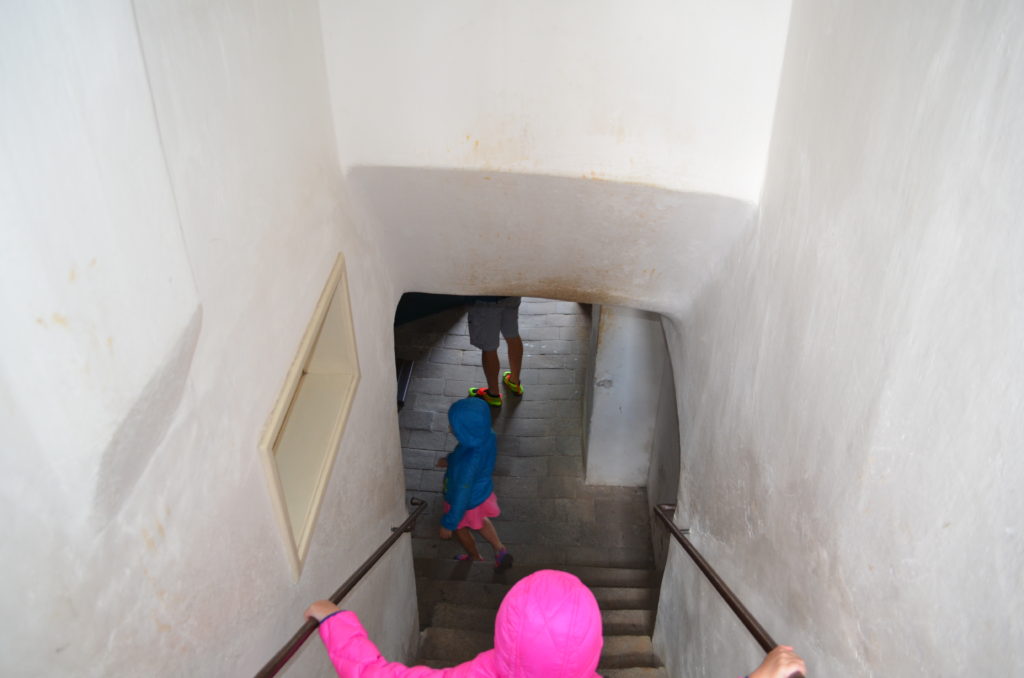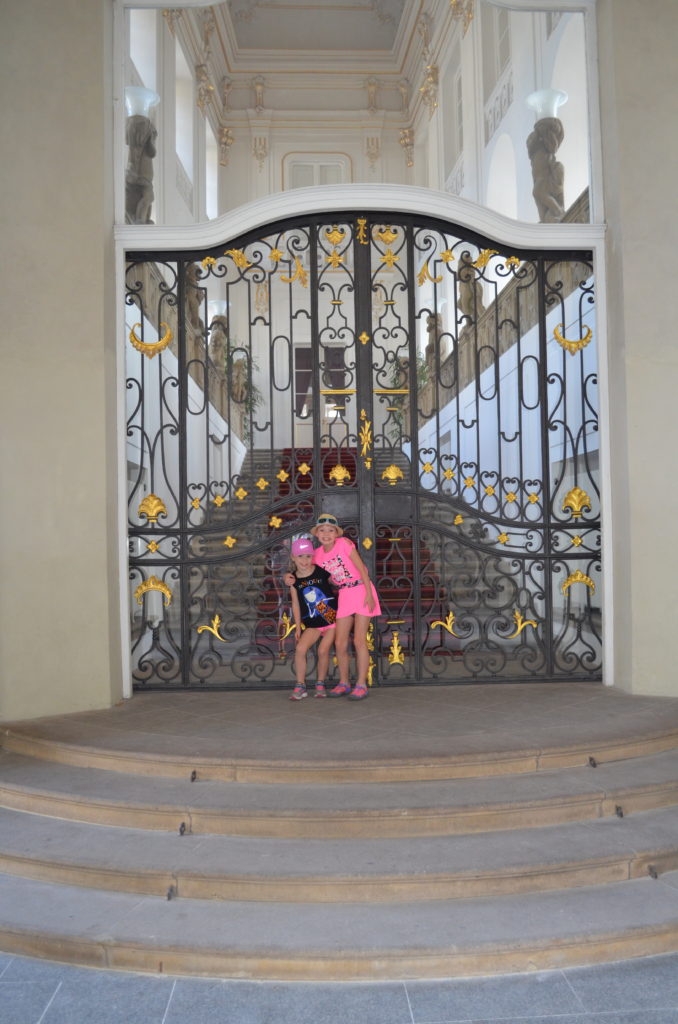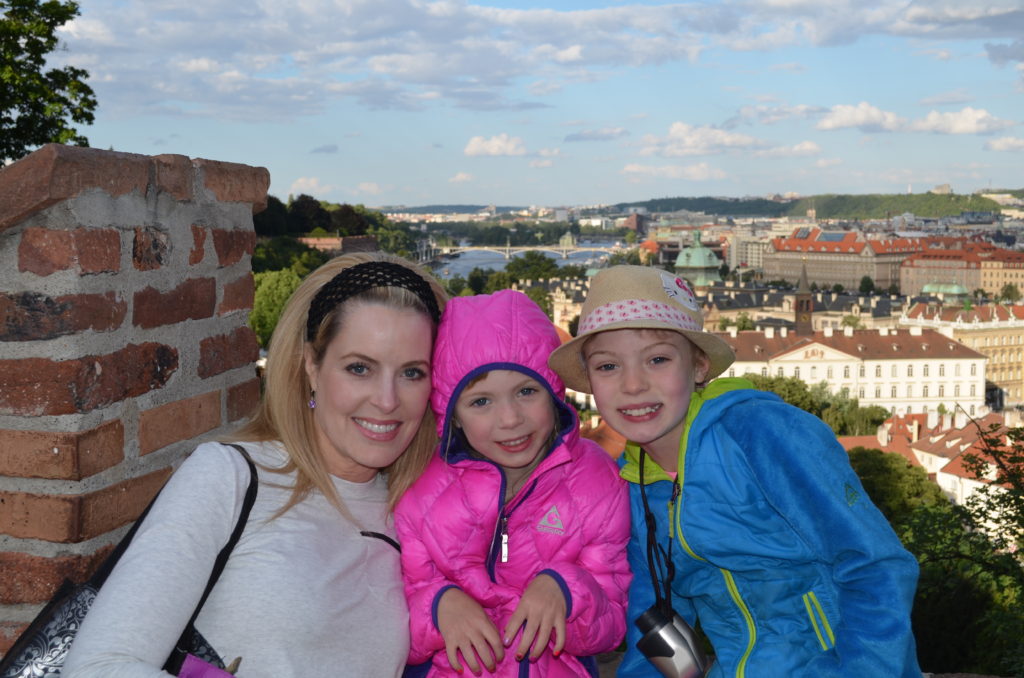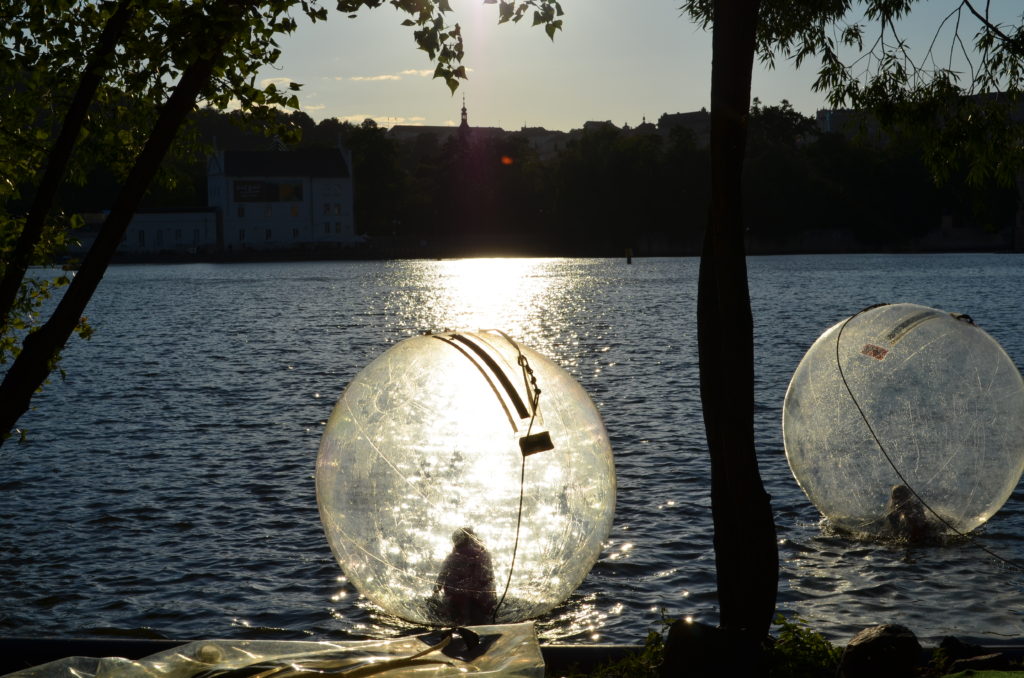From Manchester, through Eton and Windsor Castle, eating with the locals and preparing for the Channel Train
We’d traveled down from Manchester, choosing Ashford as the
destination to spend the night, taking the channel train the following morning
at 6:55 am. Sometimes, the best laid plans go awry, and we’d not been in
Britain 24 hours when we learned that first hand, but I’ll get to that in a
moment.
Why Ashford? It was logical, pure and simple. We chose Manchester as the airport instead of Heathrow as a forcing function to see a bit of the countryside going down the country (think Leeds Castle, Windsor Castle in Slough) and the farmland. Because it has the EuroStar channel train, we planned to wake up, have breakfast at the B & B, drop off the car and walk to the terminal. On the return, it’s our intention to drive up the coast, wandering along the rocky shores, connecting with an author friend I met on Instagram and have now virtually known for four years.
Reality of driving from Manchester to Ashford
We had no clue about the traffic from Manchester all the way
down to London. Like the States, Britain chooses to use the summer months for
road construction. Instead of an easy four hours, it was more like a stop and
go six, slowing the pace of travel to 50 km per hour. It was torture for both rog
and myself, but cameras are everywhere, so we kept alongside the locals to be
safe.
So, we had pa-lenty of time to enjoy the cows, sheep and
other livestock dotting the lush, green countryside, my girls claiming they’ve
never smelled such a strong odor in their lives. Personally, I didn’t mind.
Nothing like being thrown back to memory of being on the Alberta farm where my
father grew up, in the youthful days of summer, when we thought digging in
cow-pies was fun and had no issue jumping in to the slow-moving, leach-ridden,
cow-trodden river that ran around the base of dad’s farmland.
Along with way, we stopped half a dozen times, each time
marveling at the rest-stops which are more akin to a nice park and a bit of San
Diego shopping mall experience rolled into one. I made and posted a short video
on Instagram with visuals, but think hardwood floors, curving leather and
modern couches, individual and group gathering areas under skylights have been
designed in the center of the building, with the shops on the outer rim.
As time grew short, we were in jeopardy of missing our check in time, making us take a rain check on Leeds Castle, but did do a swing by in Eton and the Slough area, which conjured images of my last visit. I spent a few days in the area, and in my free time, went for what I thought would be an easy run to Windsor Castle and back. I became woefully lost, ending up back at home in the near dark, but the next time, was determined to do better. Once again, I got myself lost. The saving grace was it ensured I saw (and re-saw) the old town, castle and backroad streets, searing the map in my mind, which helped us out.
The charm of Ashford, all off High Street (and within two blocks of the B & B)
Back on the road, we hustled to Ashford, making it by eight p.m. Rog had selected a bed and breakfast two blocks from old town. The older neighborhood is quaint and traditional, red brick stand-alone homes with attached. While Rog took care of some business, me and girls grabbed the camera and wandered about the neighborhood. During an hour’s walk, we encountered two cats and a one man, standing on his front doorstep smoking.
First time Bed & Breakfast: Hayesbank B & B
The Haysebank Bed & Breakfast is on the corner the tree lined street heading in to town, the red brick, three story building with attached cottage offering 11 bedrooms. Gabriel, the proprietor, is German, a lovely man who helped Rog guide his car in the small, parking area behind the restored home. The rooms are quaint but tidy, the mattresses perfect and like most European rooms, lack sheets. Just a bottom sheet and a comforter. First-timers to Europe are usually quite distressed by this detail, but I don’t even think of it anymore. (Rog tells me to include these finer points in my blogs in the hopes they increase the actual usefulness of the piece. What are husbands for if not continual improvement?)
L to R: Haysebank B & B, which is on the corner of this street (upper right) and bottom is the neighborhood. Lovely, quaint, quiet, safe, and just two blocks from town.
For dinner, we walked about two blocks west, across a street
and under a portico we emerged to see Old Town, instantly transported to the 17th
century. The girls remarked the buildings looked original, and most certainly
the streets and narrow passages were intact and unchanged from the forefather’s
layout.
(As I’m typing this piece as we ride the Eurostar through France, on the way to Brussels, thinking I should be looking outside—so I stop, and we are going by so stinking fast, I wouldn’t be able to take a picture if I wanted to. Oh well!)
The question of food
We searched for “authentic English” food, and you know what? Other than pubs, which aren’t the places to take our girls, instead, we found were Arab, Indian, Chinese and Mediterranean cuisine. It was a culinary melting pot, exactly what Britain has become and is. After twenty minutes of wandering, we gave up, going back to the Mediterranean, which was mix of Greek with a splash of middle eastern.
This is High Street, in Old Town, Ashford, Kent. About half-way down is The Fountain Kabob.
We were expecting Switzerland prices and serving sizes, but it was more like the outrageous portions of the Cheesecake Factory for under thirty dollars. I couldn’t eat half my meal, nor could the girls, and even Rog was hard pressed to finish his lamb and pita. The three gentleman at the Fountain Kabob on High Street, a hole in the wall eatery on the main old town street (and only establishment with a neon sign) were lovely.
Happy and full, we wandered up and down High Street, then branching off on either direction, ending up at St. Mary’s Church. It was closed to visitors but the grounds were open, and we did a full circle of the 17th century house of worship. The grounds are small but well-kept, the wrought iron fencing original.
St. Mary’s Church: straight out of a Pride & Prejudice novel
A neighborhood rap party
In bed by around ten thirty (well, they were, I was up until
midnight), the breeze picked up, which was an answer to prayers, because it
became very muggy around seven. The downside was someone, somewhere, in one of
the local homes or flats, started blasting the UK version of Wiz Khalifa, LOUD.
Now, I’m good with some wanna-be Wiz, but not at 1 a.m. on a school night. Ears
ringing, windows rattling, the punctuated swear words like a rock hitting the
wall, increasing in strength that it finally woke up Rog and Porsche, who can
usually sleep through the zombie apocalypse. He mumbles for a bit, after at 2
a.m. rises and gives me warning: It’s coming.
Standing at the window, he shouts: “Are you kidding me? Can
you turn it down please? We are trying to sleep!” Imagine Rog, yelling at the
top of his lungs, waking the entire neighborhood as he seeks to quiet the
music. Porsche jolts up right in bed, I hold my breath, wondering if we are
going to have a incident far larger than the music itself, but the music turns shuts
off immediately. The street goes dead silent. At that point, Porsche starts to
mutter that on the scale of extreme, “Dad is a twelve,” she says. I start
giggling, because I thought Rog sounded like a madman. The people upstairs,
who’d been creaking around all night, also cease all movement. In fact, it
seemed as though even the air was afraid to move because Rog might go postal.
Porsche continued wisecracking, which kept me laughing and we were up another hour. Hence, last night, I actually fell asleep at 3 a.m. and was up a bit before five.
Ashford Train station and final tips
The drop off area for rental cars at the Ashford Eurostar
station is under construction, requiring a seriously out of the way drop off.
Avis’ directions were worthless, and we spent over an hour going back and forth
on a do-loop before it became clear we were going to miss the train through
France to Belgium then on to Germany. That was $700 Euro I was not about to
throw down the toilet.
“We are leaving the car in the lot,” I mandated, dropping the keys to security at the terminal and calling Avis. I hypothesized the price we may pay was far less than screwing up our entire itinerary. The great news is this: the attendant outside the Avis station (which was closed) willingly took the car keys, then the Eurostar manager (an equally pleasant gal) accepted our tickets, learned of our plight and sent a note to management, and in five minutes we were going through French customs just in time to be led to platform 4 for boarding. The girls thought it downright Harry Potter, the only difference being the bullet-like train speeding forth minutes after we made it to the platform.
The march from the international train to the massive, city-like structure within Aachen, Germany. Marble walls, clean floors, quiet and sooth running, like most German things.
Another tip (while I’m thinking about it). We saved the money for the Ashford to Brussels leg of the trip, purchasing economy. It’s open seating (not assigned) and we lucked out with the girls getting two seats together. Me and Rog are spread out, but his mate is working and mine is sleeping, most of the occupants (as I surreptitiously glance around) are professionals heading to the city, and a few mid-twenties men clearly way too spry for this time of the morning. Quiet and comfortable, even economy is a great experience, no food or wi-fi, but plug-ins galore. The next leg is business class, assigned seating with tables and I’m hoping for a few photo opps.
Am I working at all??
For five of the nine-hour flight from Seattle to Manchester, I wrote the framework for two new books. I felt like a prisoner released on parole, because three months ago, Rog mandated I not start outlining or work on a new book, but focus on the family and travel blogs. Needless to say, the dam burst forth, but I’m telling you what. Like an explosion of water, what erupted from my mind was messy! After being out of it for that long, it felt as though my desire was cruising along in fifth but my car was struggling between first and second. It may turn out what I wrote ends up in the garbage, and that’s ok. At least I was able to get back to it, and it felt good.
Feature Image: off High Street in Ashford, an original building now housing an Indian food restaurant. A completely modern day representation of old and new worlds unified.
